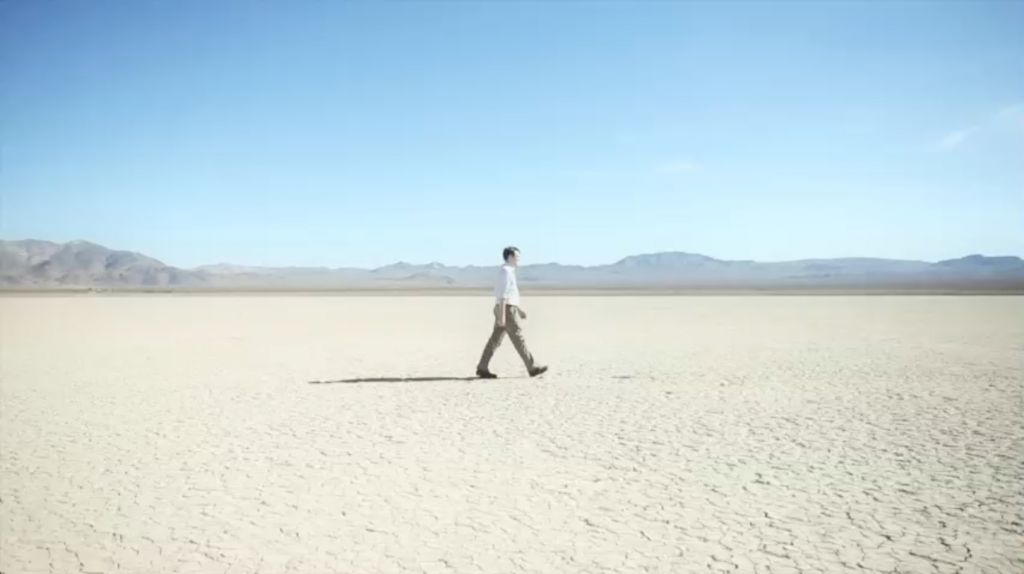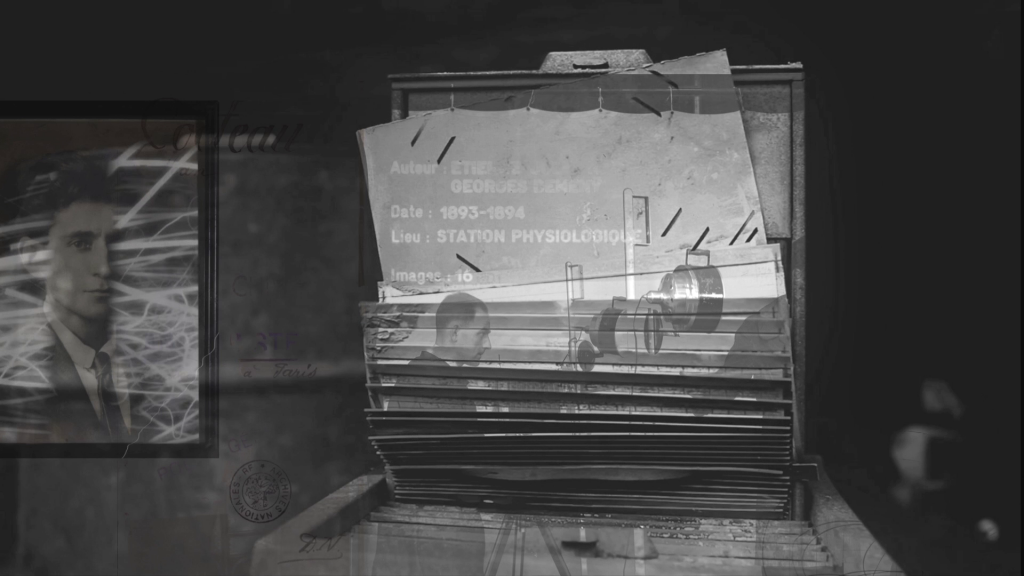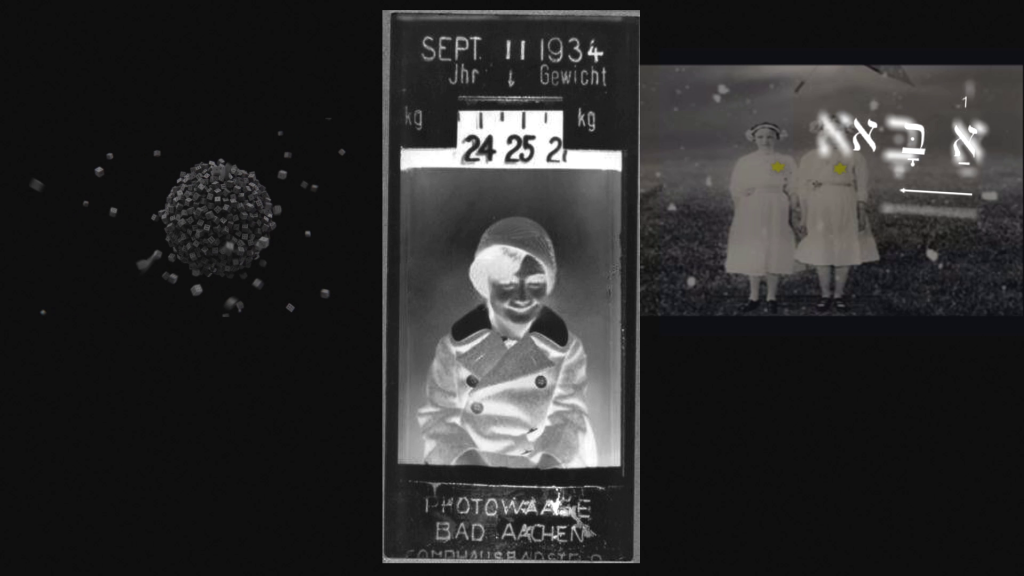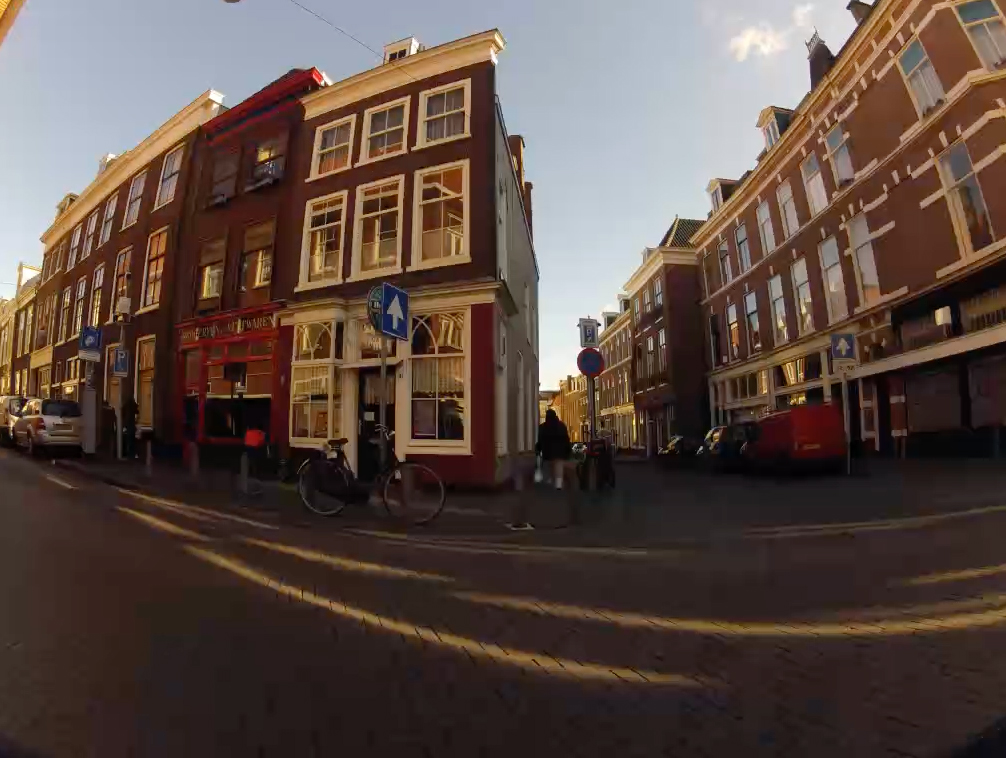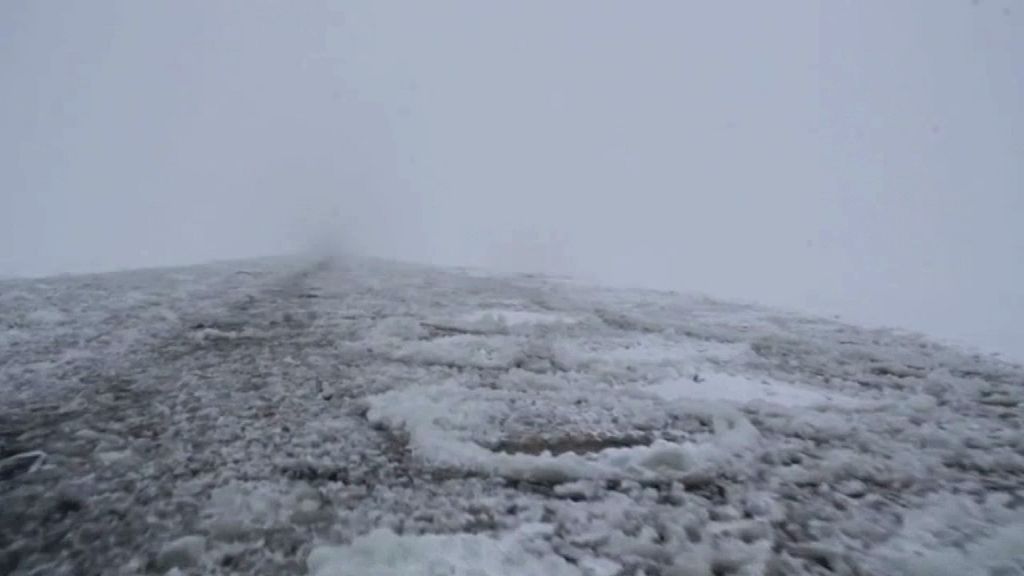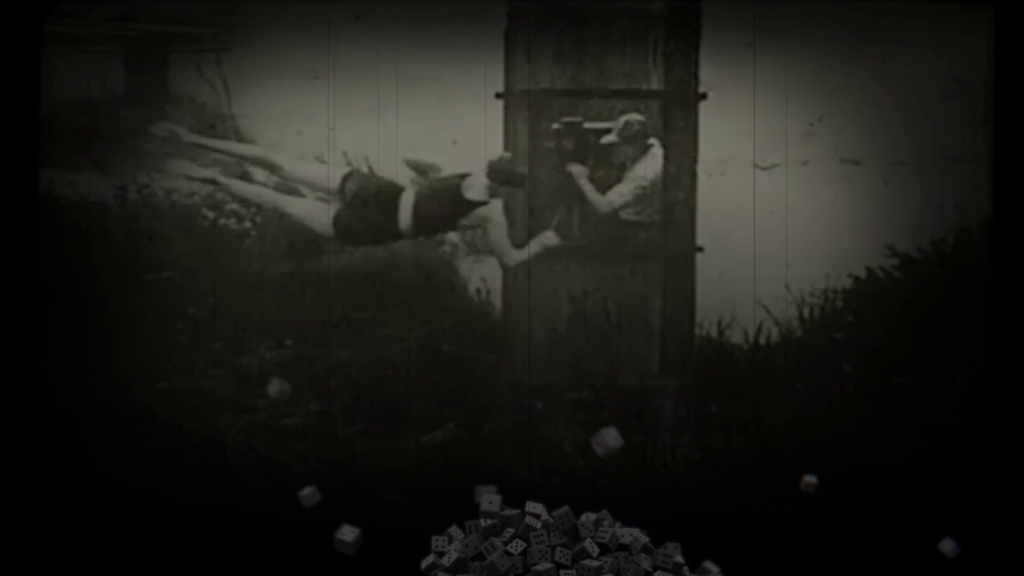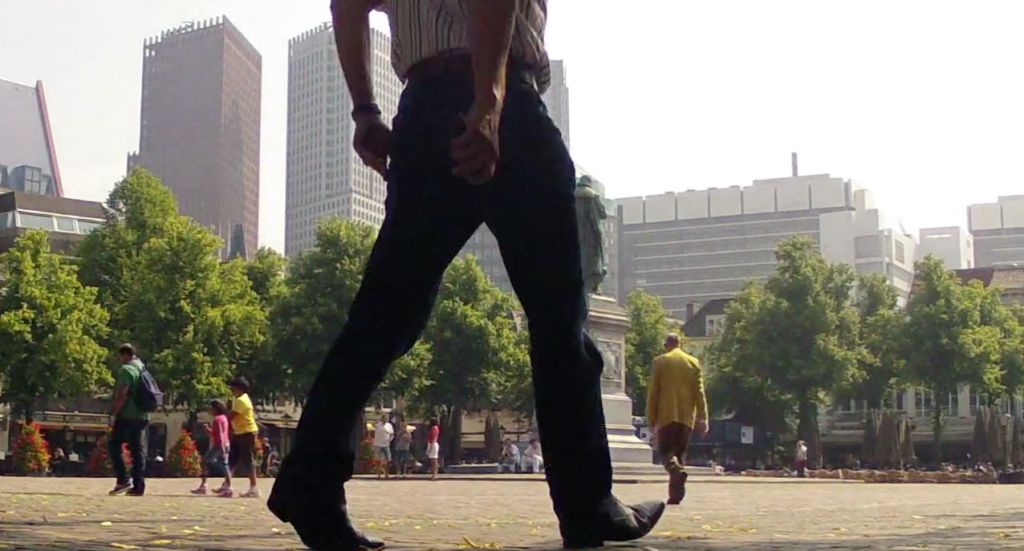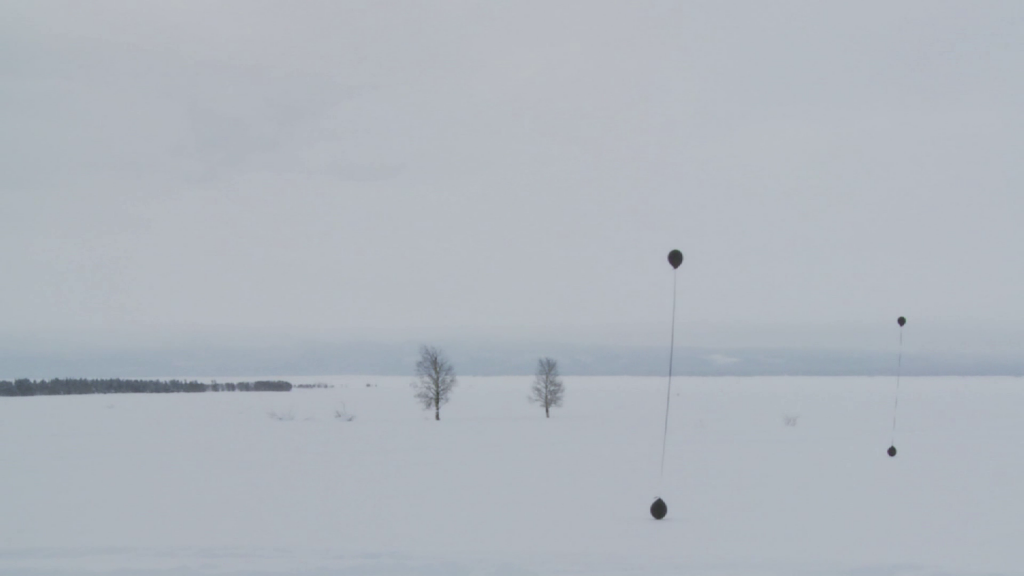Movies
Filmy bie��cej edycji
- (Rêve) d'un pays éloigné, 10'
(Rêve) d'un pays éloigné / (Dream) of a distant landProduction: Francce 2014
Summer in retrospect, flashes, and illuminations, but also in complete darkness. A mother and a daughter, not always in harmony. It is a poetic, intense film about their relation, analysed through the fragments of summer moments they have spent together. A relation as ambiguous as can be between two people so close to each other.
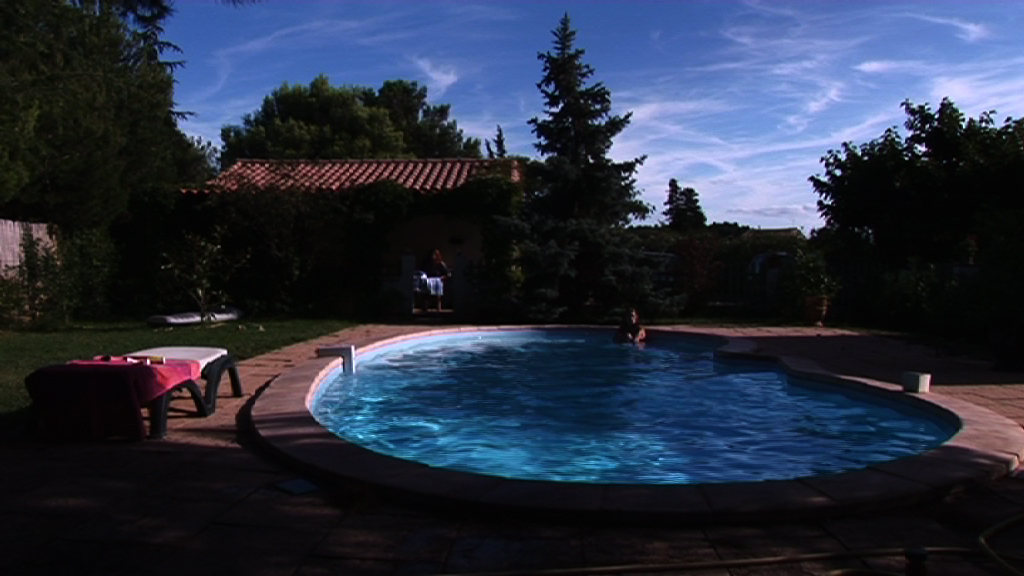
read more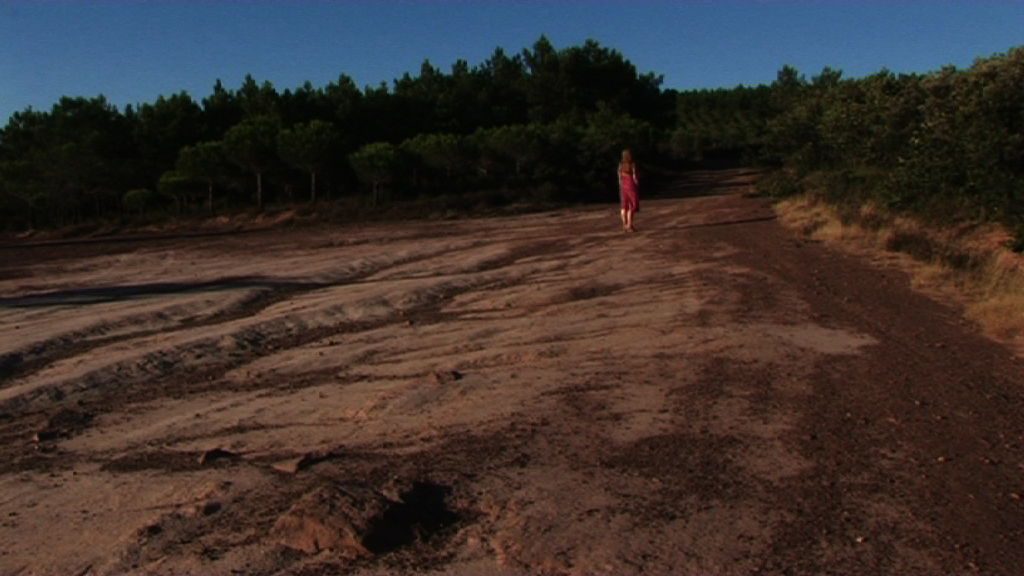
Authors:
- 20,000 Days on Earth, 97'
20,000 Days on Earth
Production: GBR 2014For years, Nick Cave has been one of the most fascinating and enigmatic figures of music, literature, and film. His unique film portrait, 20,000 Days on Earth, adds even more to the mystery and makes us answer the question: how many days of our lives have we really lived? What have we done with the time given to us? Day number 20,000 in the life of Nick Cave – from the early morning ringing of the alarm clock to the late night stroll along the beach after a show – transforms into an unusual and fascinating portrait of the artist. In their cinematic début, Jane Pollard and Iain Forsyth combine fiction and truth, and public matters with the personal, in order to tell the story of his life.
(Distributor's description)
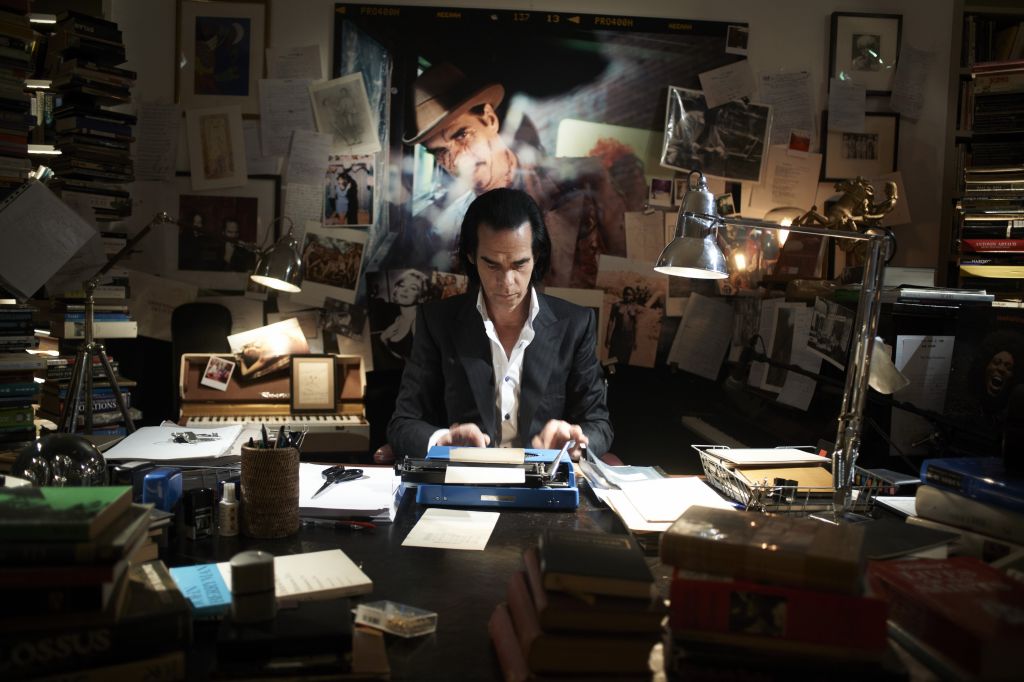
read more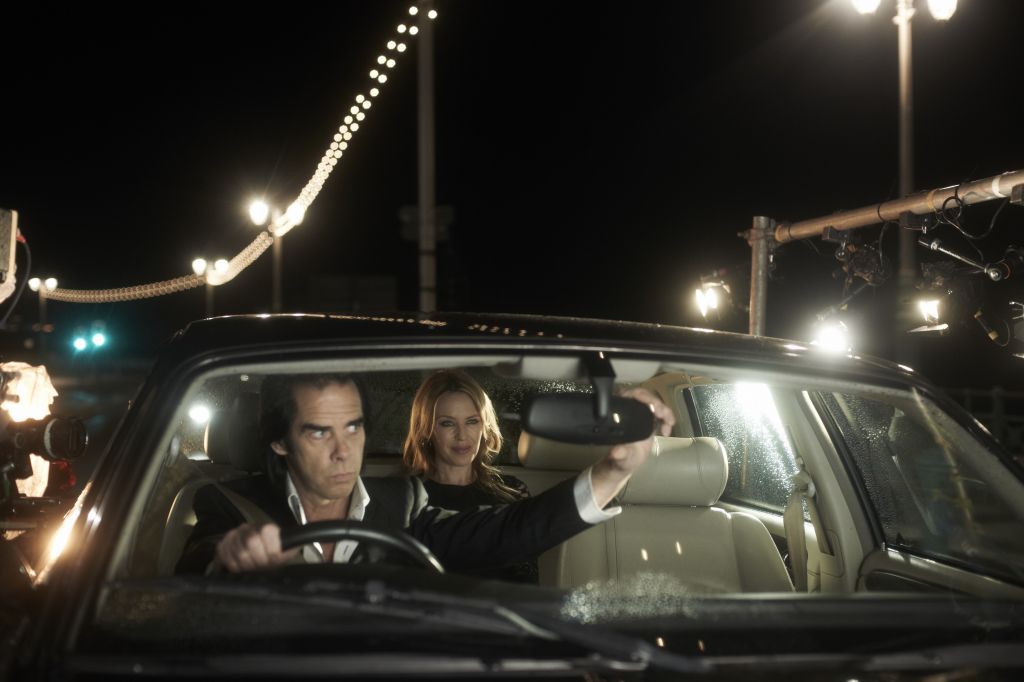
Authors:
- 3 Words, 2' 20''
3 WordsProduction: 2006
The meaning of three important words are easily diminished when repeated over and over again, yet somehow they scream forever loud and clear within the lonely mind.
http://studiofusion.com/portfolio/video/words.htm
read more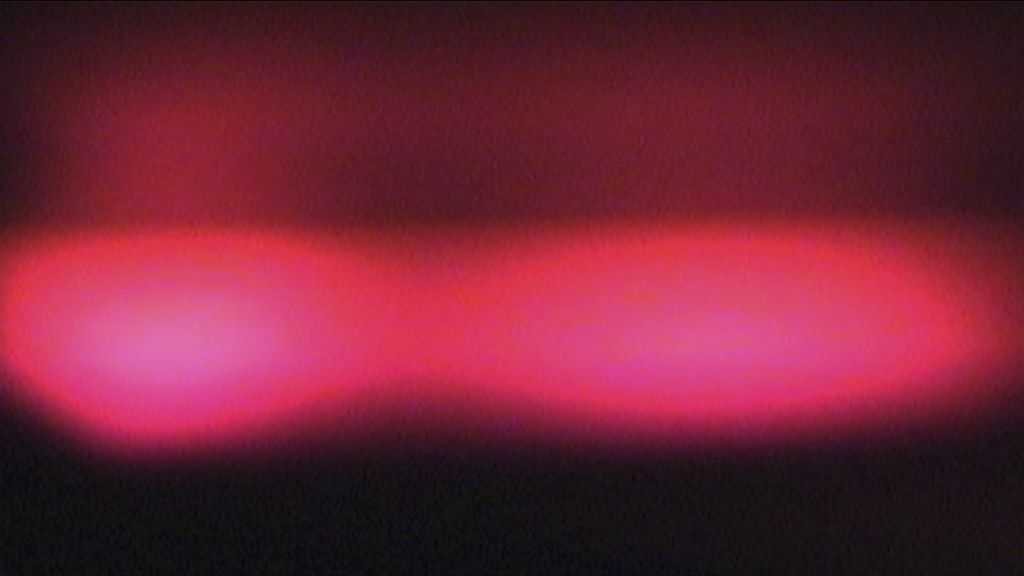
Authors:
- 60 Seconds, 60'' infinite loop
- A 791. nap, 14'
A 791. nap / The 791st Day
Production: HUN 2013Juvenile prison, a place where time and space cease to exist and the condemned don’t even have a name any more. Where they are watched in every second. To be released from here after long years is an unspeakable feeling. The film shows one last day before discharge, when the condemned doesn’t belong to the prison any more but the freedom also arrives so slowly that is unbearable.
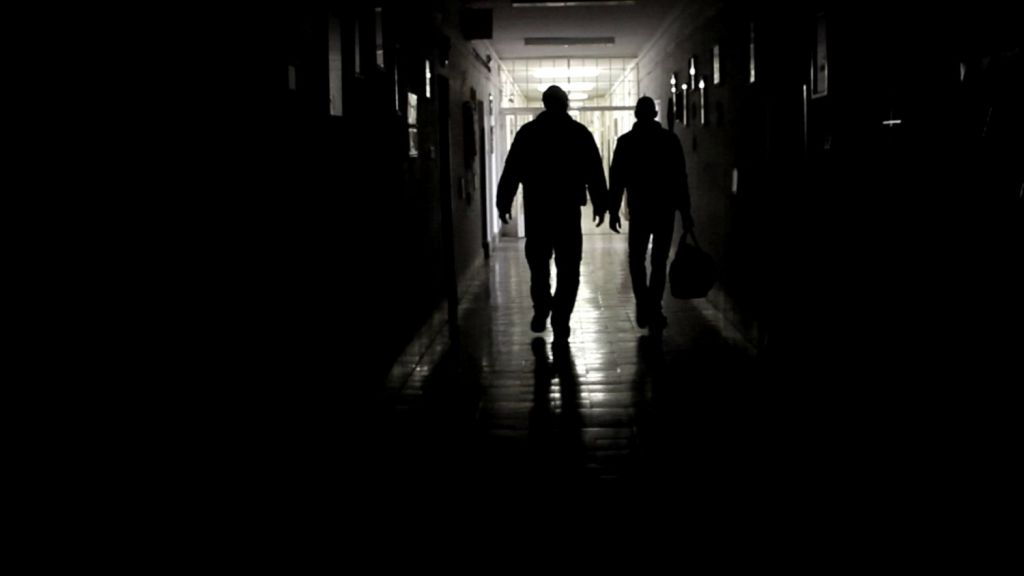
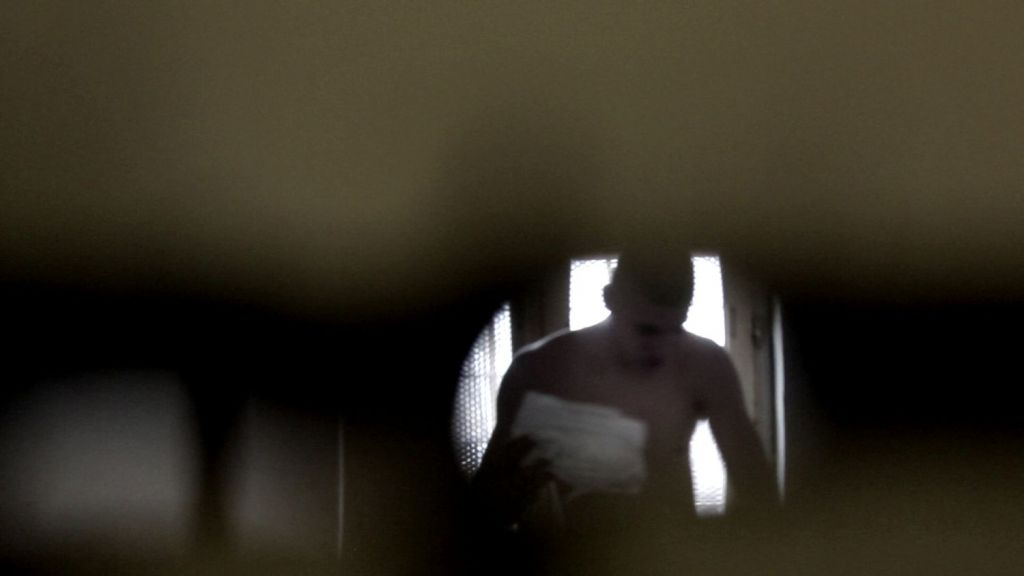
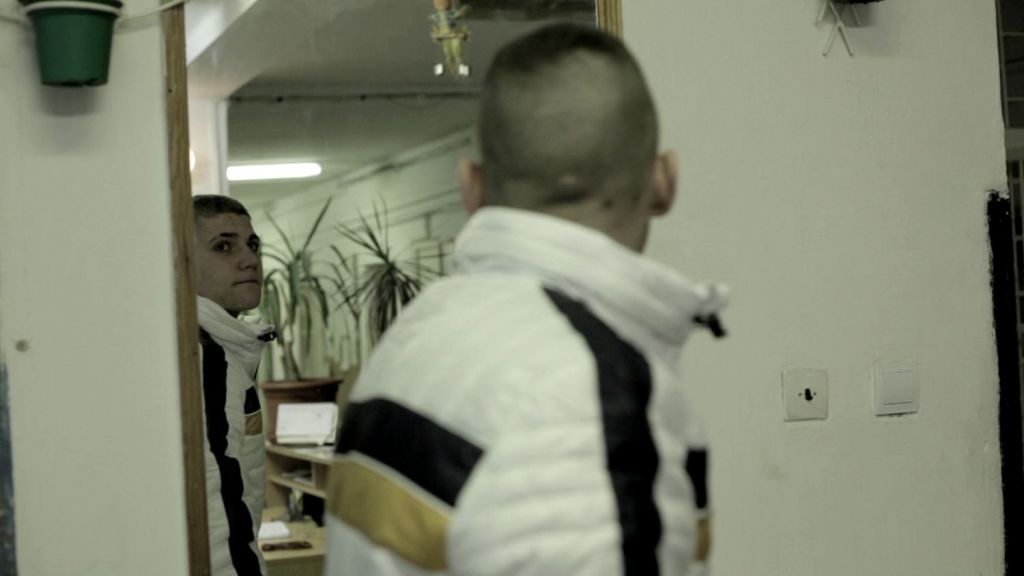
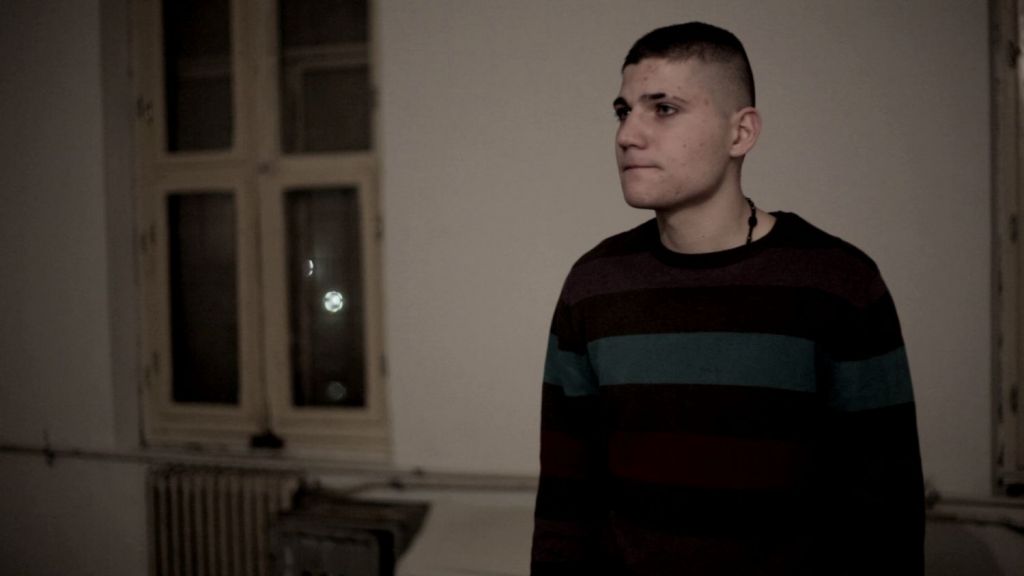

read moreAuthors:
- A day in life, 4'
A day in lifeProduction:
A day in life is a subjective regard of a complex day in the city of Marrakech through the eyes of a native filmmaker, Simo Ezoubeiri. It's a compressed journey that depict the relationship between the artist and his local culture, Moroccan roots and the detachment he developed throughout the years of living abroad. A day in life is part an essay experimental film, part Cinema Verite with unconventional montage.
read more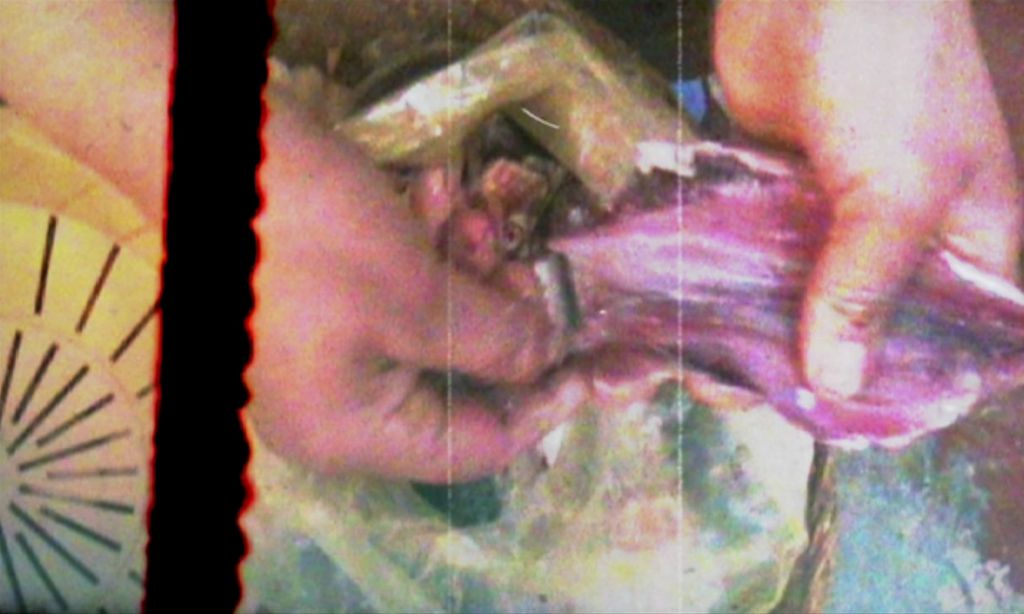
Authors:
- Abu Haraz, 73'
Abu HarazProduction: Poland 2013
Simple, contemplative shots show the life of the inhabitants of Abu Haraz – a desert village in North Sudan. For ages people have lived here to the rhythm of the flooding Nile, which irrigate the farmland. Everything will change with the construction of the great dam. The houses of the livin and the cherished ancestral graves, all is to be wiped off the face of the Earth. People from Abu Haraz will inhabit a new place. The TV will play an important role here. One of the inhabitants goes back to the village to once again see the paradise, soon to be lost. The director had been visiting Abu Haraz for seven years, documenting the last moments of the village's existence on film.
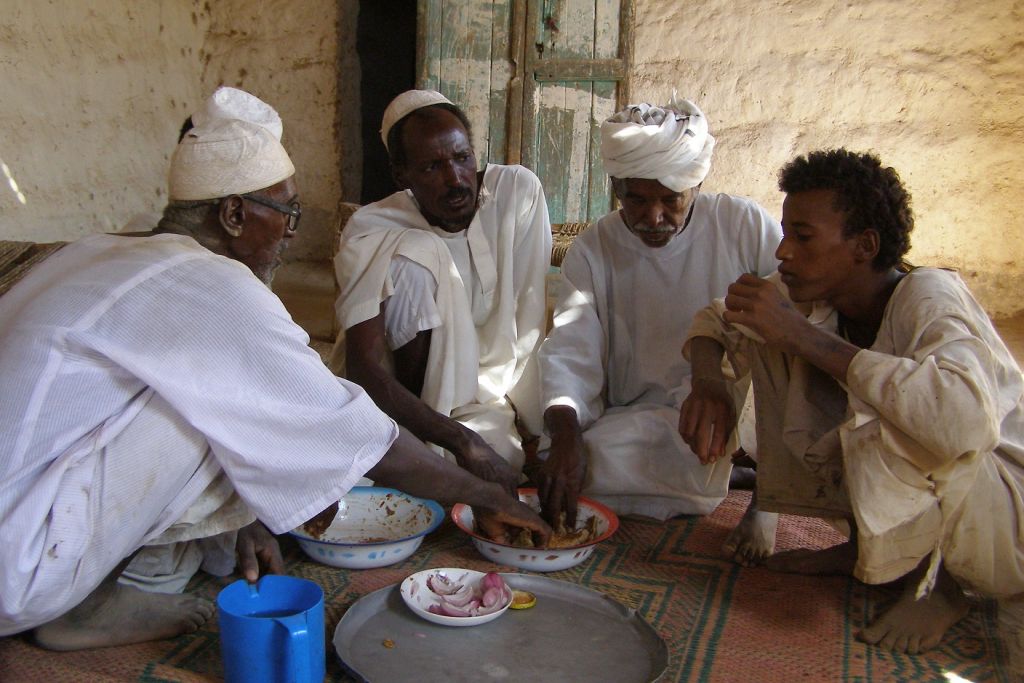
read more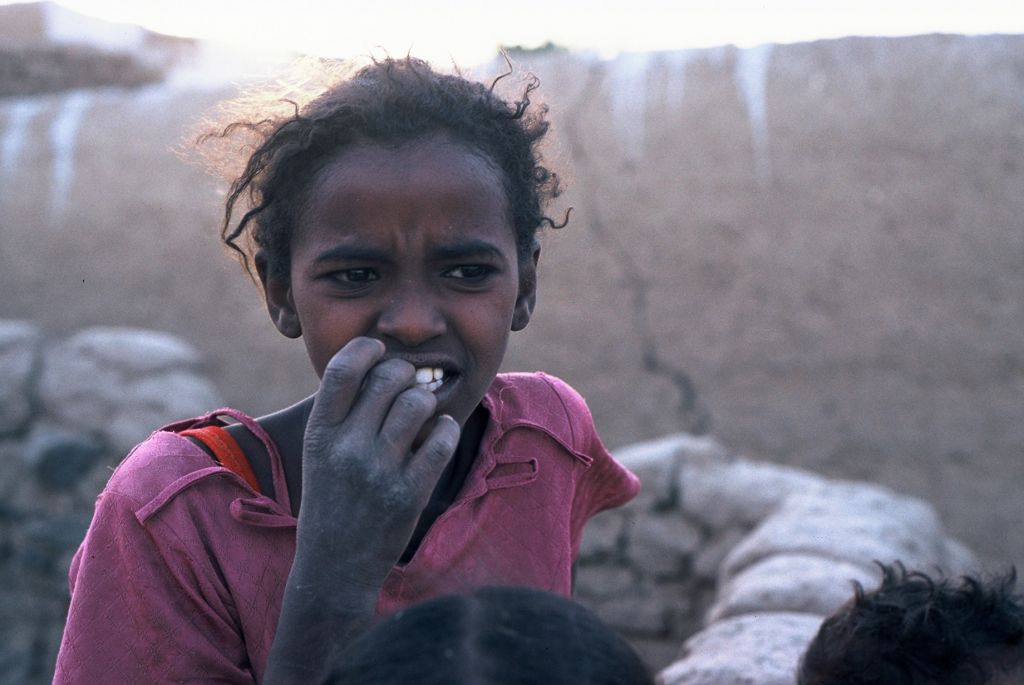
Authors:
- Adela, 34'
AdelaProduction: France 2013
Adela is travelling by train with her children. She's telling the story of moving: in the last year they have moved sixteen times. Currently they are living in a neighbourhood of cardboard houses. Their everyday life: preparing food, chastening, riding the bike, dancing outside. Everything is so ordinary, until the police come. That is when you need to take as much as you can carry. Adela isn't cheerful anymore. Her face is strained, she keeps telling the kids to hold hands. Adela and her family are Romanians. They live in France.
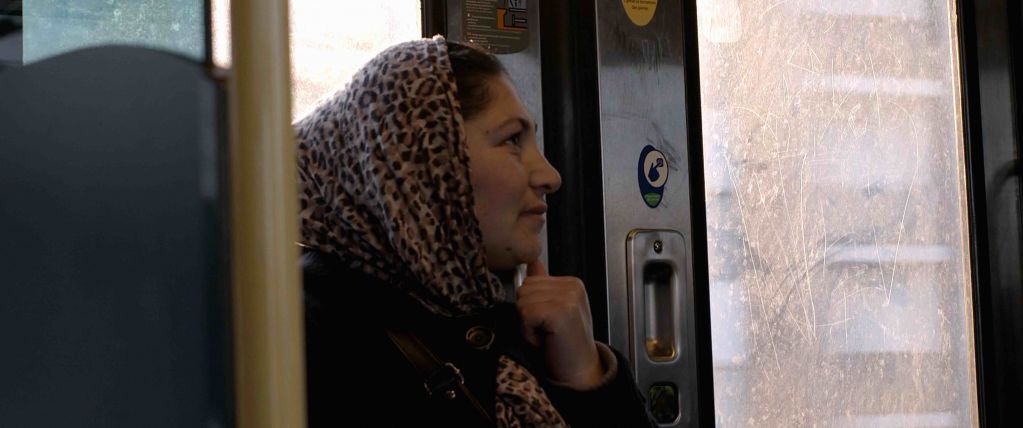
read more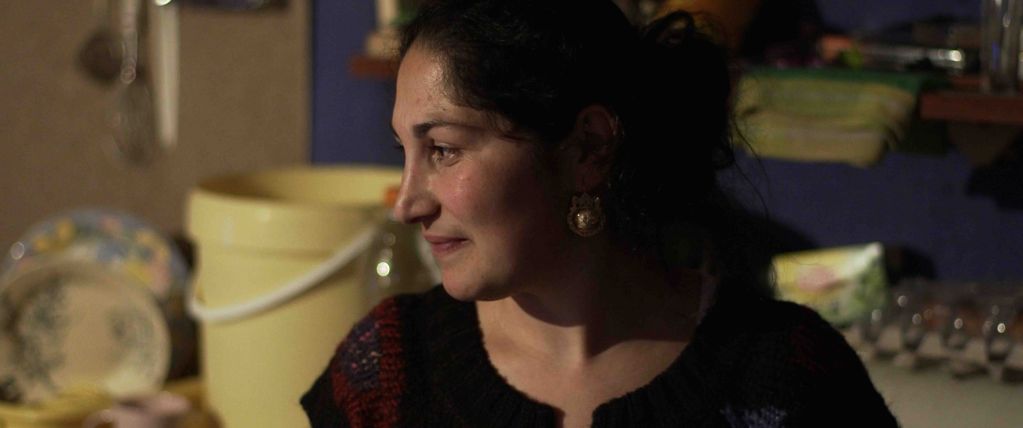
Authors:
- Angeleint, 16'
Angeleint / Leashed
Production: GER 2012This film offers a view into the life of Klaus Keller who draws unemployment benefits. Despite the common view of Springer and Co., he does not spend the day at home laying on his couch. He collects garbage in the streets, helps out at the weekly market and collects paper for a pensioner’s club. But not everybody approves of his behavior. The city cleaning urges him, the department of work sanctions him and puts him into rehabilitation measures which are not appropriate for him because of his poor eyesight.

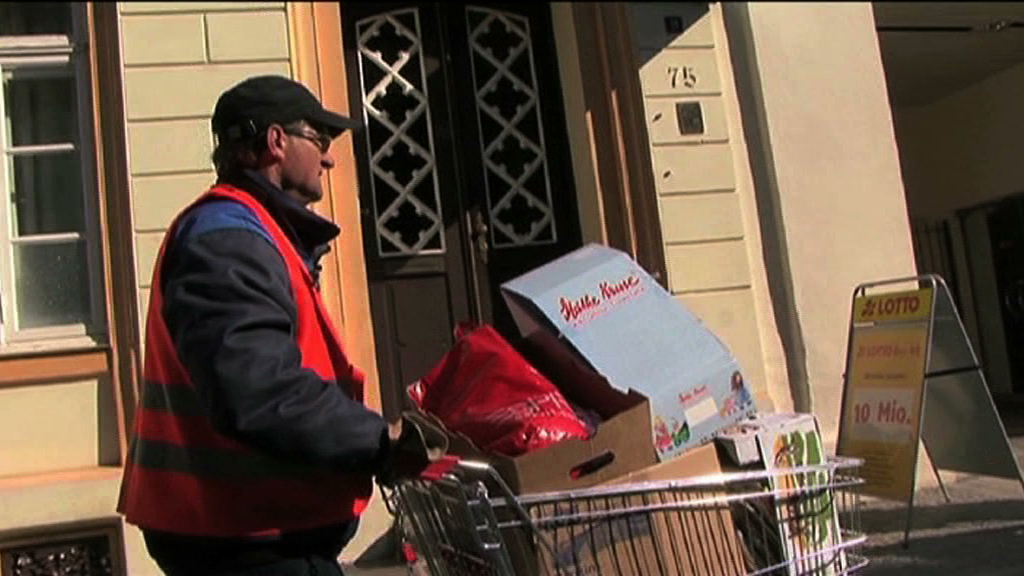
read moreAuthors:
- Anplagd, 53'
Anplagd / Unplugged
Production: Serbia/Finland 2013Vera, a private detective retired to the village where she grew up as shepherdess, and Pera, the know-it-all peasant of many esoteric skills, are the last remaining leaf-players - both in the autumns of their lives, still strongly blowing into leaves. Josip is an amateur inventor set out to decode the obscure artistry of leaf-playing. “Unplugged” is an existential allegory about music played on tree leaves, humorously rattling between the most primitive of instruments and the most universal escapism of music. Music has rarely been so offbeat.
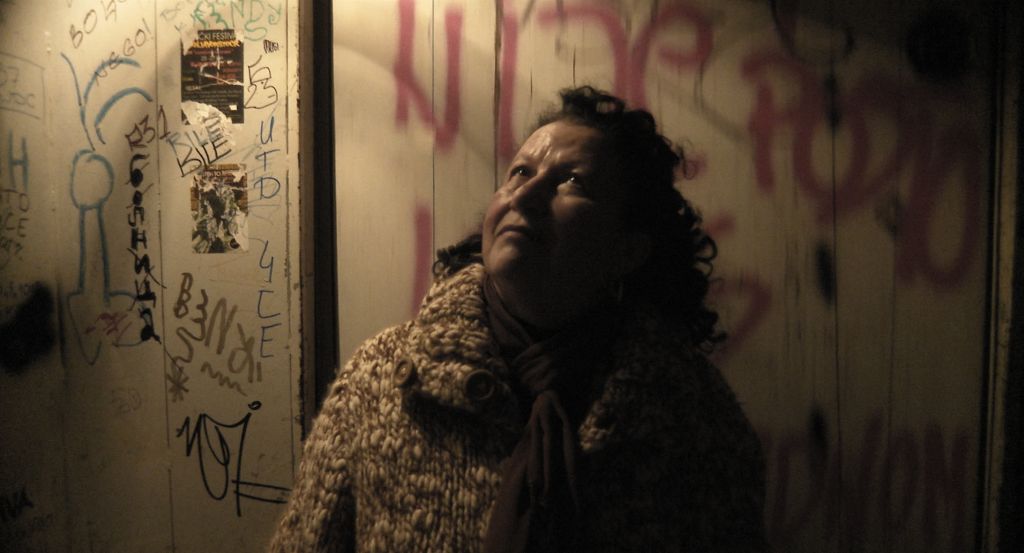

read more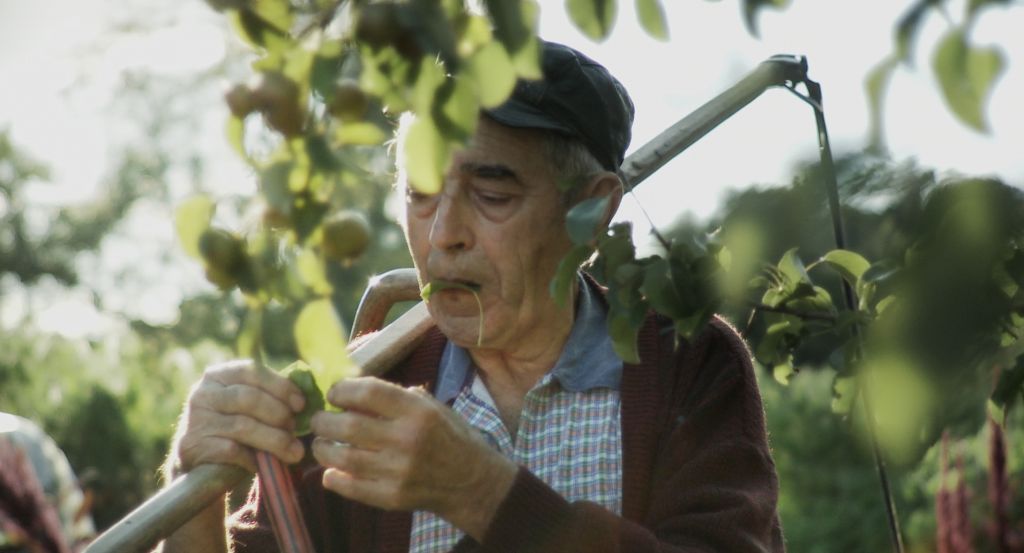
Authors:
- Archives II, 2' 17''
- Arefi, das Hirte, 8'
Arefi, das Hirte / Arefi, the Sheperd
Production: Iran / Germany 2013Dasht-e Kavir – the Great Salt desert in Iran. There probably are not many places on Earth where survival is as difficult. There is a man living in Dasht-e-Kavir, struggling with its nature and, simultaneously fascinated by its beauty. Mohammad Arefi, a humble shepherd, has had a bond with the desert since his childhood, and through his family's history – for generations. The film's director came across his protagonist while travelling through Iran. This meeting bore fruit to a film portrayal of a man who takes care of his herd of sheep and goats every day, far away from his family – as have the inhabitants of these lands for centuries.
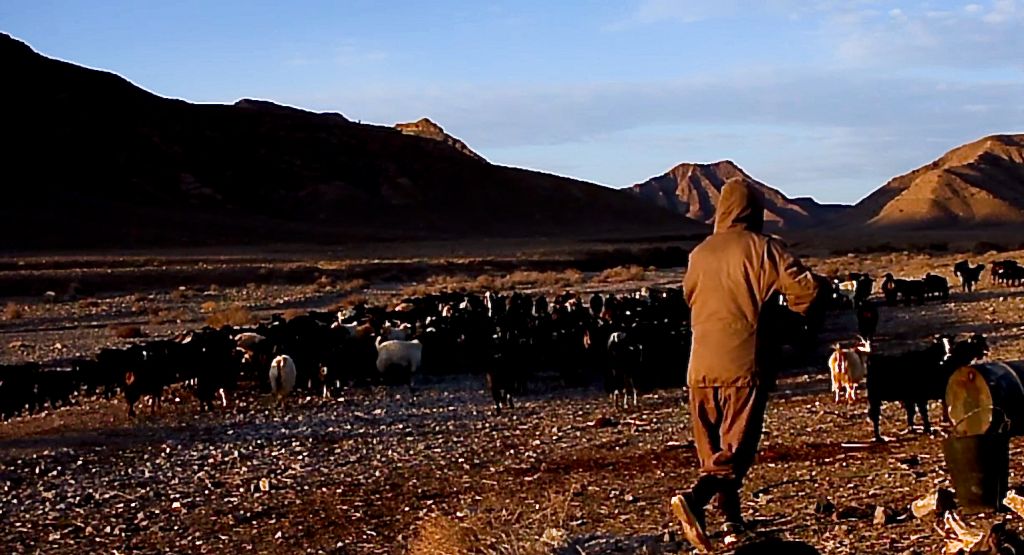
read more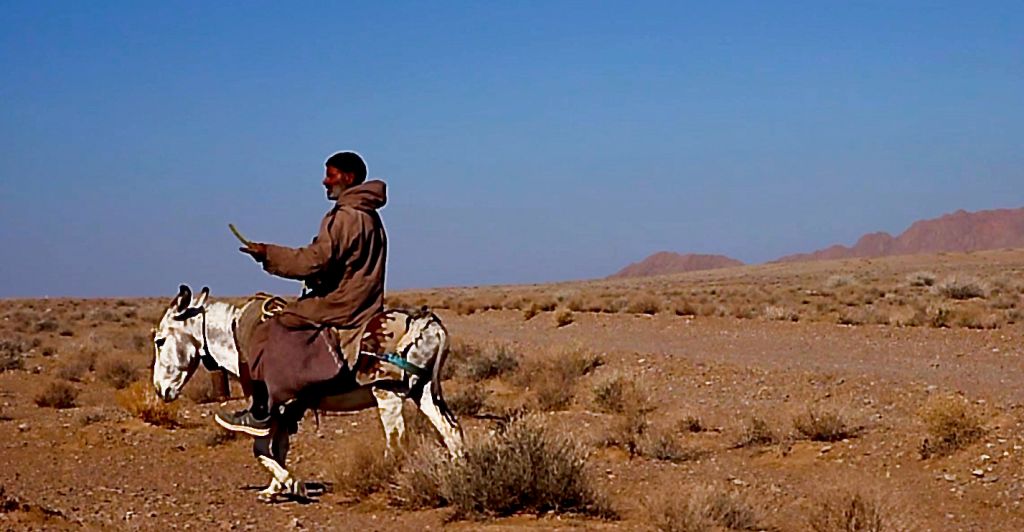
Authors:
- Auvergne 2, 5' 06''
Auvergne 2Production: 2012
Nature does not have a moral problem with the radical intervention of humans in their world. Its habitants suffer and die and go extinct. Or they adapt to their new environment and coexist with what lives in its surroundings.
New behaviours appear and new harmonies are created. In an acte de présence, where doves circle around a silo, they are not the only part of the show. The sound of passing cars, fading in and out, completes the harmony.
Funny, we tend to give agriculture, in contrast to industrial products, an authentic place in nature. While, for ages, agriculture changed the environment dramatically and has been playing a devastating role in destroying traditional habitats.
read more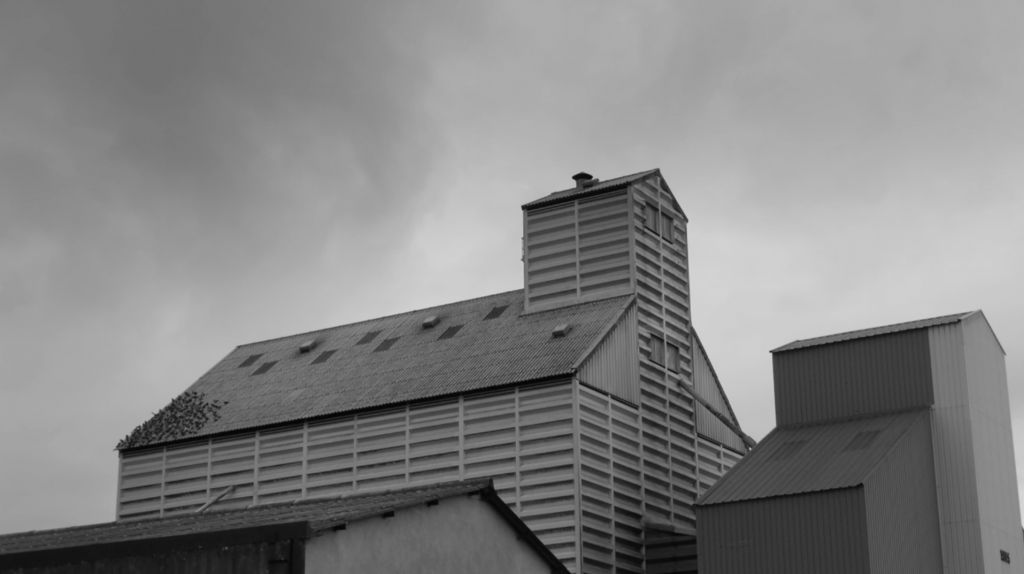
Authors:
- Beach Hostel, 2' 27''
Beach HostelProduction: 2013
The Dutch beaches host a variety of people, including kid surfers, lonely wanderers and coin diggers. They come and go repeatedly, leaving their footprints in the sand.
read more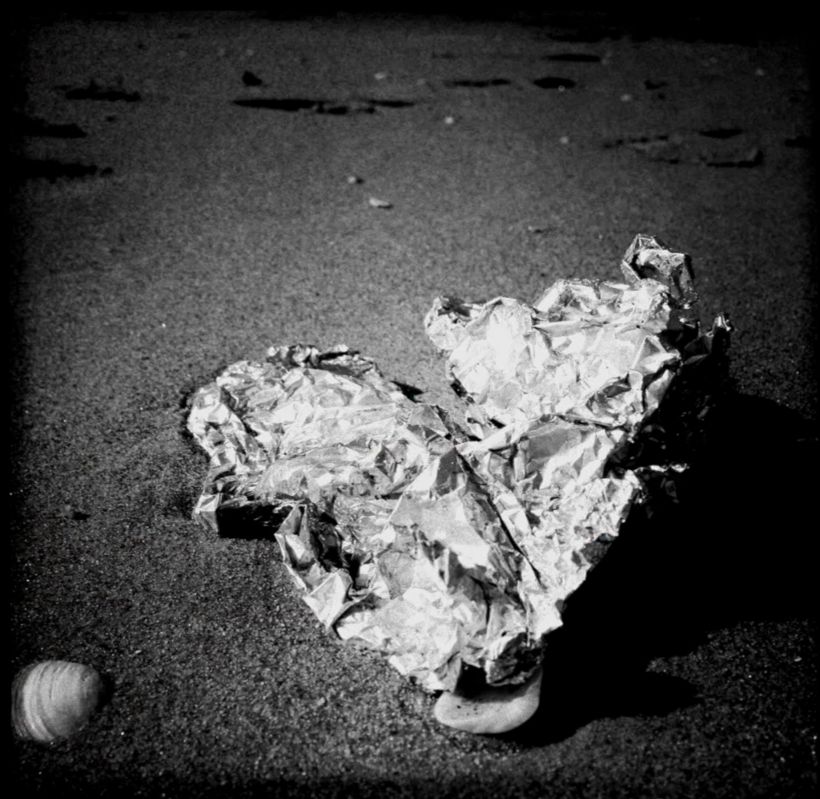
Authors:
- Berlin Conversations . Up Down Nowhere, 7' 05''
Berlin Conversations . Up Down NowhereProduction: 2014
The expression life is full of ups and downs seems appropriate for a video based around escalators. These moving stairs come and go and always end somewhere. In this video the destination is the platform of an S-Bahn, U-Bahn or the Hauptbahnhof in Berlin. And after all the ups and downs I have taken, a question lingers ... through all our journeys, where are we? Escalators and train stations are possibly a good metaphor for life. At the end of the escalator, another journey always begins. And the ups and downs of an escalator eventually form circles. We call them routines, history repeating itself. At the end of the ride we end up nowhere in particular and oddly enthusiastic to repeat the experience.
Berlin Conversations is a series of videos on the images and sounds of The City. Up Down Nowhere is the second video in the series.
read more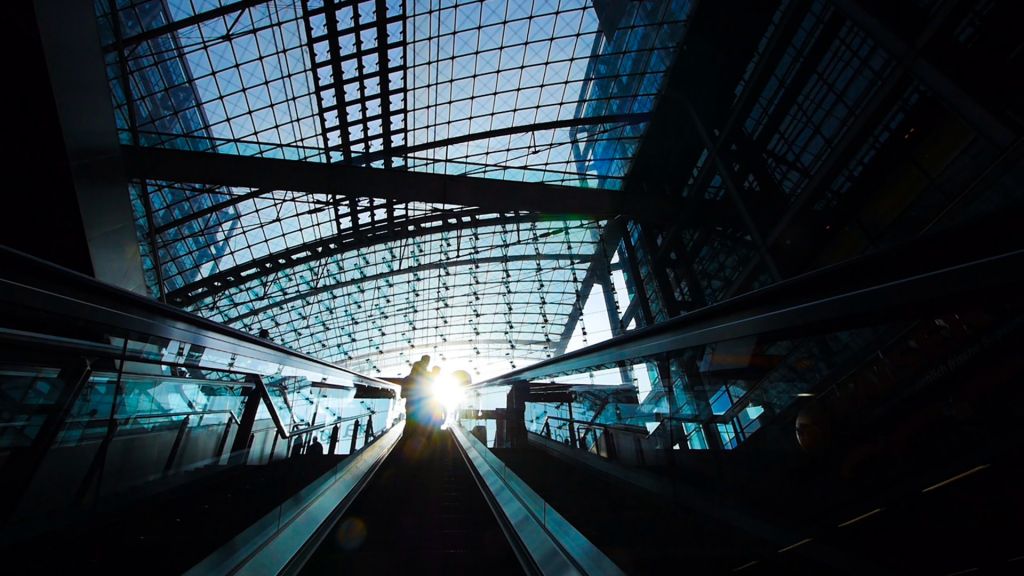
Authors:
- Berlin, die Sinfonie der Großstadt, 65'
Berlin, die Sinfonie der Großstadt / Berlin: Symphony of the Big City
Production: GER 1927A silent movie from 1927. This film has been unanimously proclaimed to exemplify the expression of an new reality – a trend in art, aiming to explore true life. The creator of this production himself became a leading representative of the German avant-garde. “Berlin: Symphony of the Big City” is a vivid and furiously edited story about a past epoch, its customs and sensations. An interesting aspect of the film – quite innovative in those times – is the use of scenes of everyday life in Berlin secretly observed and shot. Numerous formal references to expressionism and avant-garde trends of the time can be discovered in this picture.
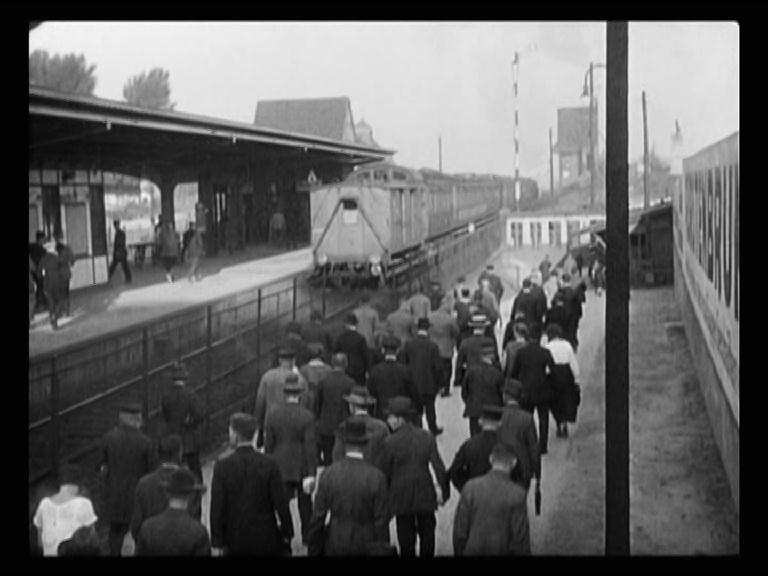
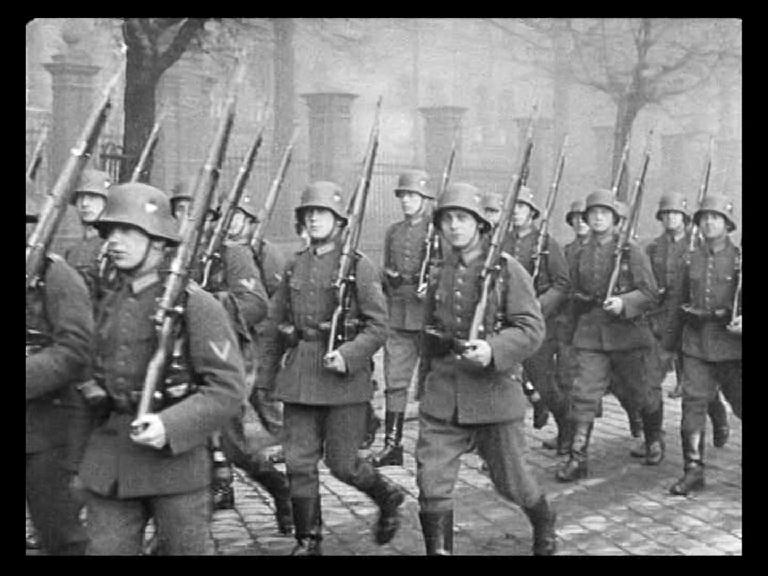

read more
Authors:
- BG nrs 287-298, 5' 16''
BG nrs 287-298Production: 2008
Long hallways, purple carpets, ceiling mounted signs pointing at empty rooms, forgotten paintings; the remains of an abandoned home for elderly people.
read more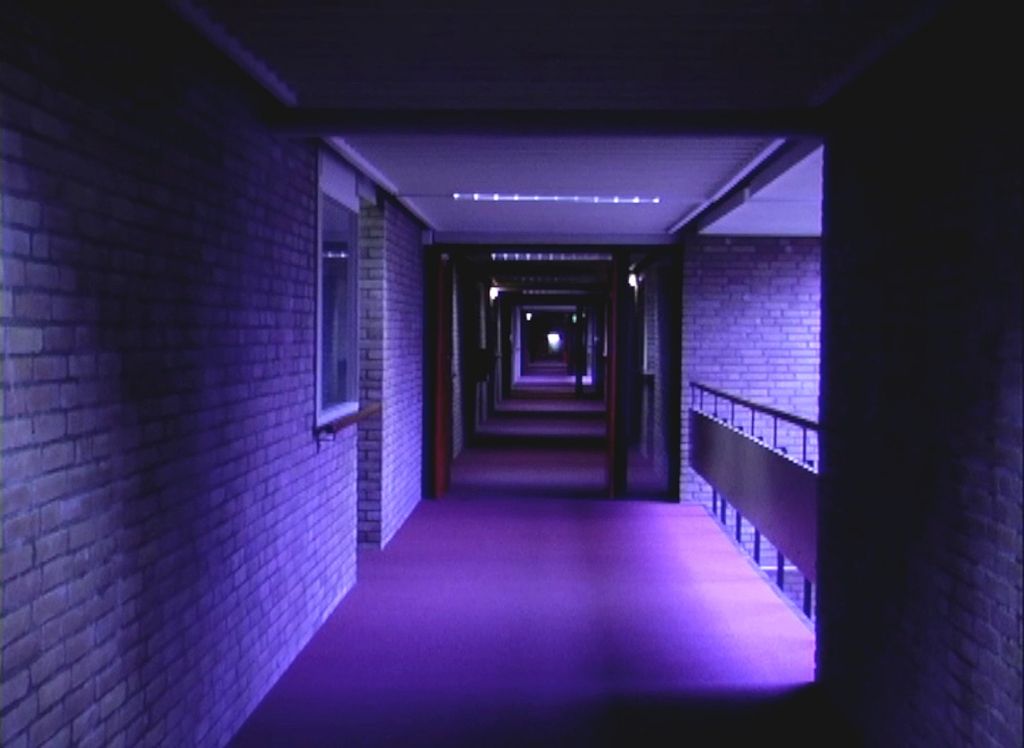
Authors:
- Blues for a Soviet, 2' 38''
Blues for a SovietProduction: 2011
Film has been shoot at Yuri Gagarin Road in the city of Zagreb, probably the only one in Croatia ever named after an cosmonaut, back then while Croatia was a part of socialist Yugoslavia, and space travel was seen as optimistic sign of brighter human future. The road still bears the same name, but nowadays it’s inhibited with impoverished people who are selling everything, from canned food to old clothes, just to earn a little extra cash to survive until the next month.
Film is a montage of shoots made by DSLR photo camera and mobile phone while passing by the Gagarin road, as well as with the sound recorded at the same location.
read more
Authors:
- Boulevard's End, 15'
Boulevard's End
Production: Germany 2014Los Angeles, Venice Beach. At the very end of Washington Boulevard, where the streets of the city meet the ocean, Venice Pier begins. A simple, raw, concrete pier stands against the storms of the Pacific Ocean. It creates a space of tranquility and equilibrium. Different people come here to stroll, to fish, to clear their minds. The film lets us see them from up close: the wealthy citizens and the immigrants. Their voices take us on a journey through people's stories.

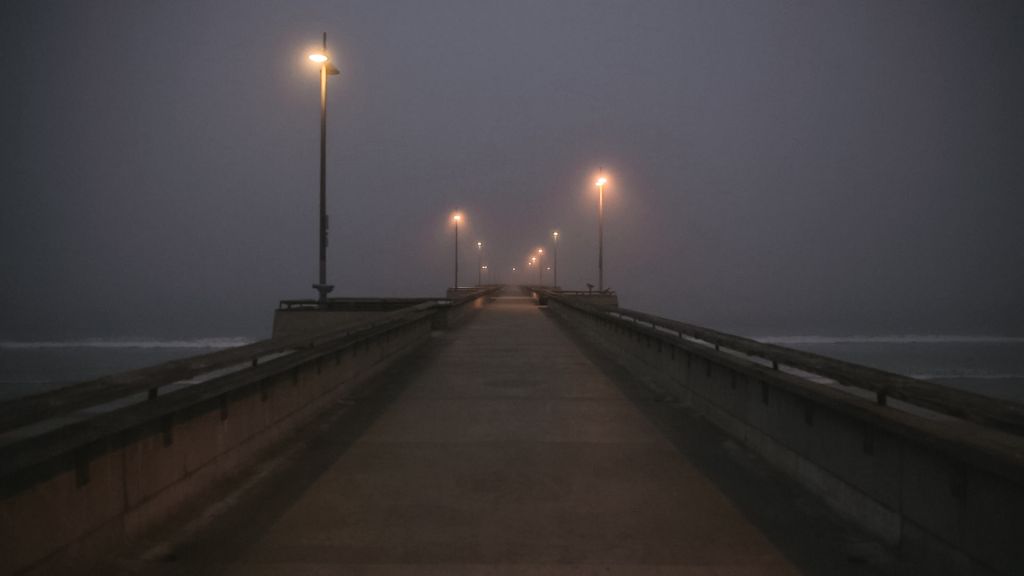
read more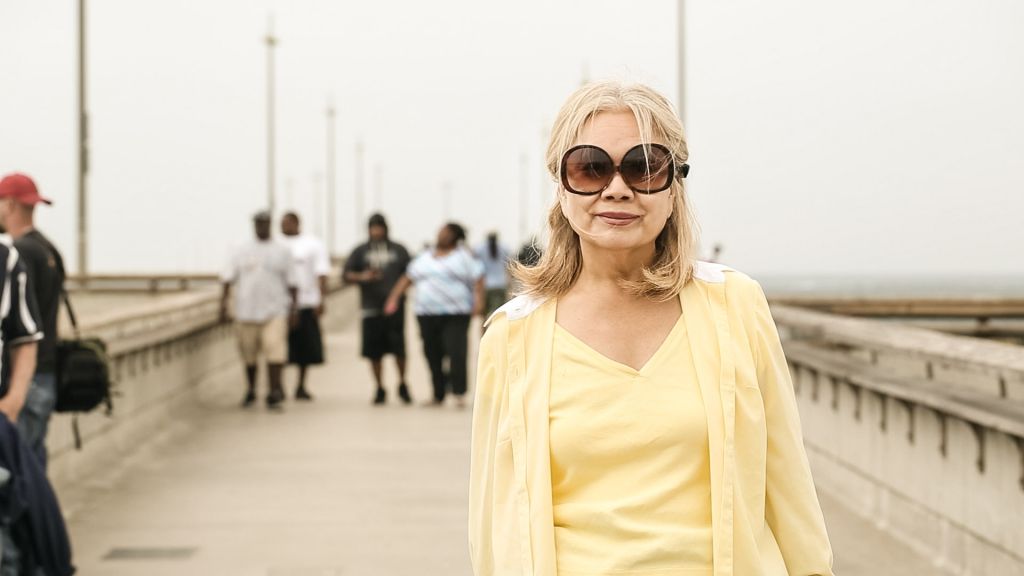
Authors:
- Boundaries Bound, 2' 51''
Boundaries BoundProduction: 2012
For African artists wishing to show their work to an international audience, interrogation and mistreatment are part of the equation—even after they have jumped the hurdles of sponsorship and visas. Boundaries Bound is about the unjust limitations that prevent African artists and people from traveling and exploring the world freely, a protestation against the freedom of movement that most Africans don’t have.
read more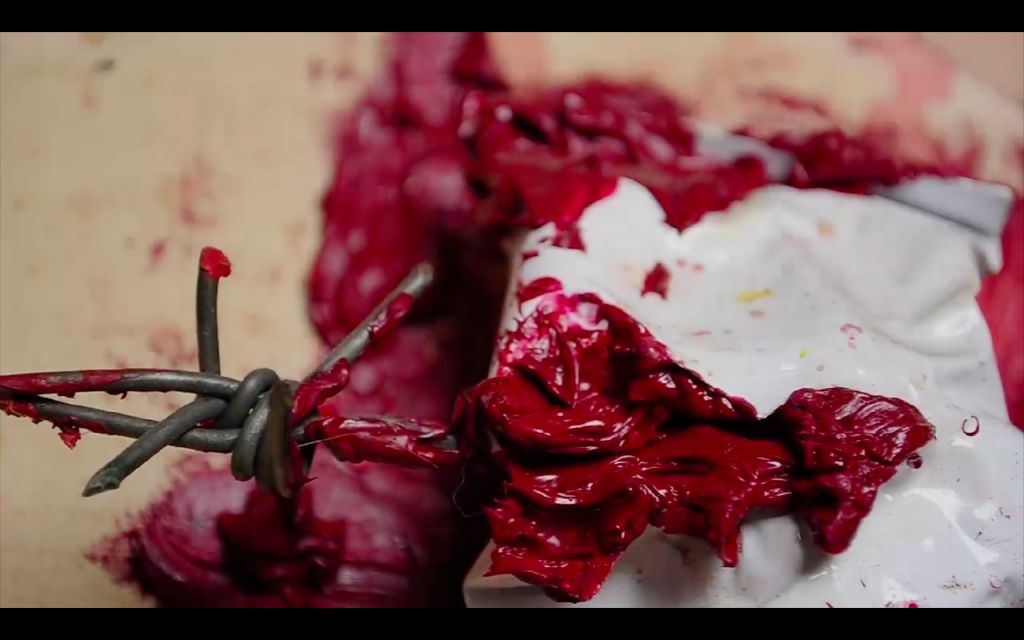
Authors:
- Błękitny krzyż, 55'
Błękitny krzyż / The Men of the Blue Cross
Production: POL 1955The middle-length The Men of the Blue Cross is another attempt by Andrzej Munk (after Stars Must Be Alight) at finding his place in the world of feature film. This time Munk reconstructs the events that took place in the last days of war, and have been written down in the Chronicle of the Mountain Volunteer Search and Rescue organisation (GOPR) in Zakopane. During this operation, Polish GOPR rescuers went to save the lives of wounded Soviet and Slovak partisans hiding in a shelter in the Slovakian part of the Tatra Mountains which was still controlled by the Germans. Munk's film tells the story of this expedition, with the intention to portray the authentic heroes of those long past events.
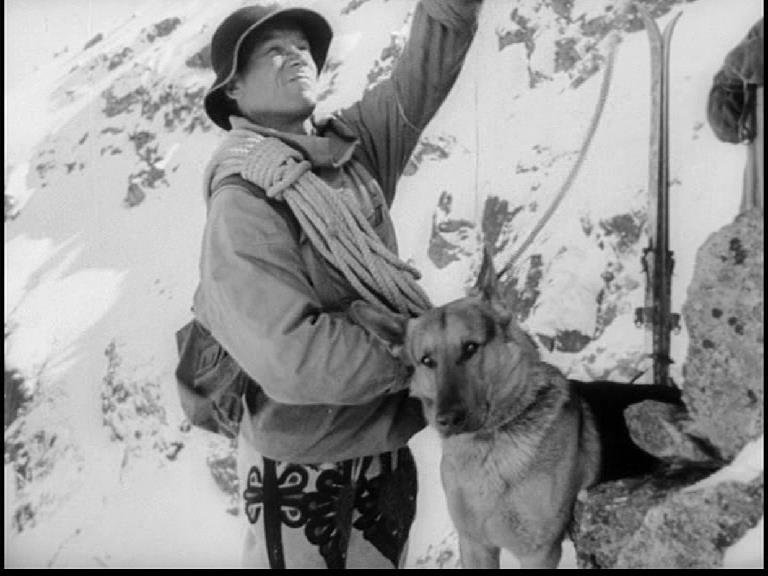
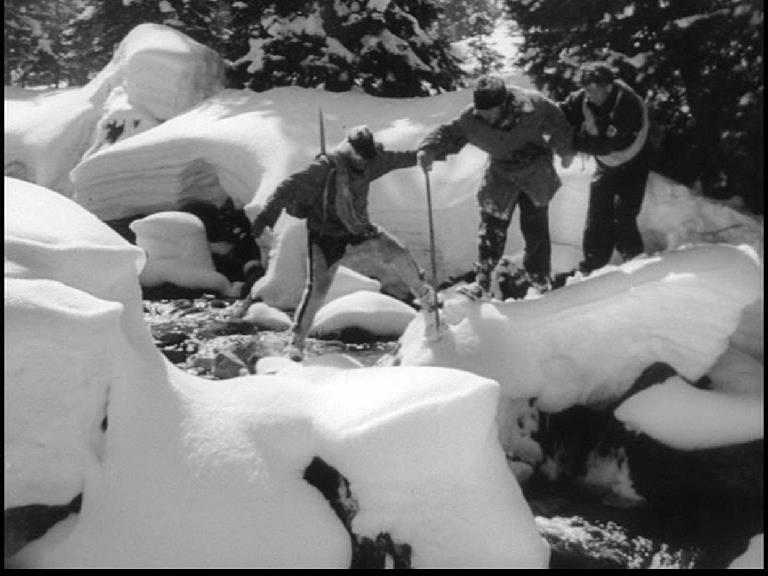
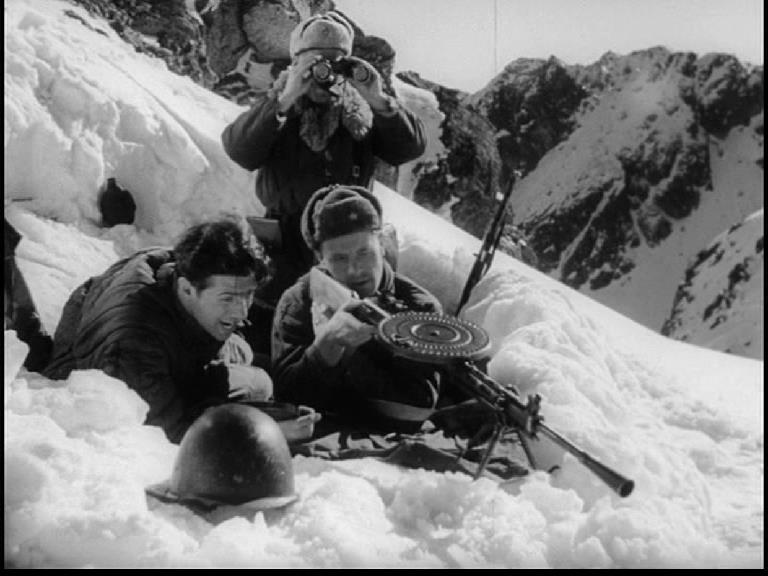
read moreAuthors:
- Cegła, 15'
Cegła / The BrickProduction: Poland 2013
90 minutes drive away from Yangon - Burma's main city - there is a village in which the whole population’s main activity is dedicated to the manufacture of bricks. These people - men, women, children - are devoting their lives to this demanding task, becoming part of an impressive working chain. The Brick has been created as a part of workshops organized by Lech Walesa Institute in Yangon in September 2013 under supervision of Jan Czarlewski.
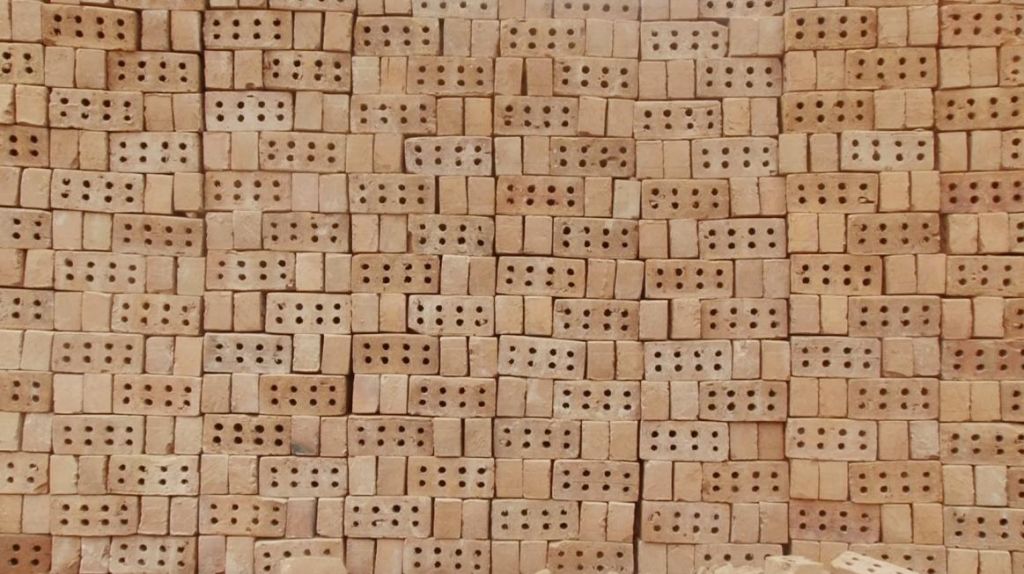
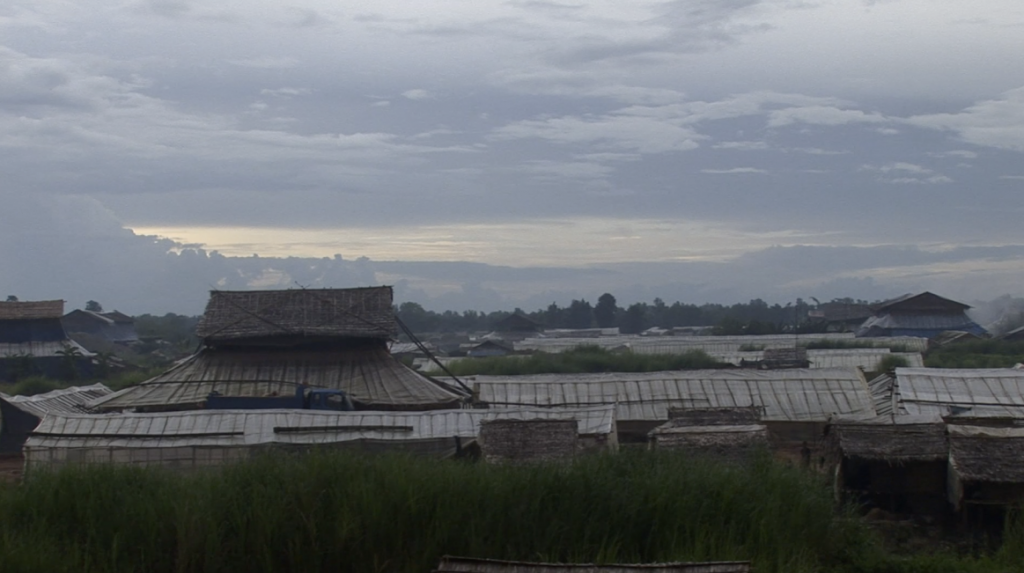
read more
- Children of the Holocaust, 29'
Children of the Holocaust
Production: UK 2014Combining animation and interviews, the documentary presents the accounts of people who have experienced Nazi crimes at a very young age. In the 1930s and 1940s they were either teenagers or under 10. The fact that they were then living in Europe and were Jews profoundly affected their childhoods and youth. If they were students, they had to end their education. If they had a happy childhood with family and a home, they lost it. A miracle or a foreign country was their chance of survival. Luckily, they survived.
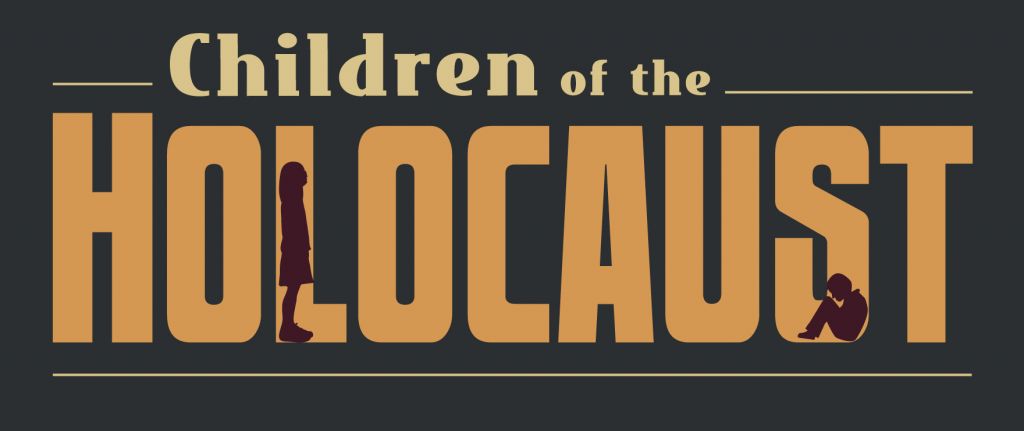
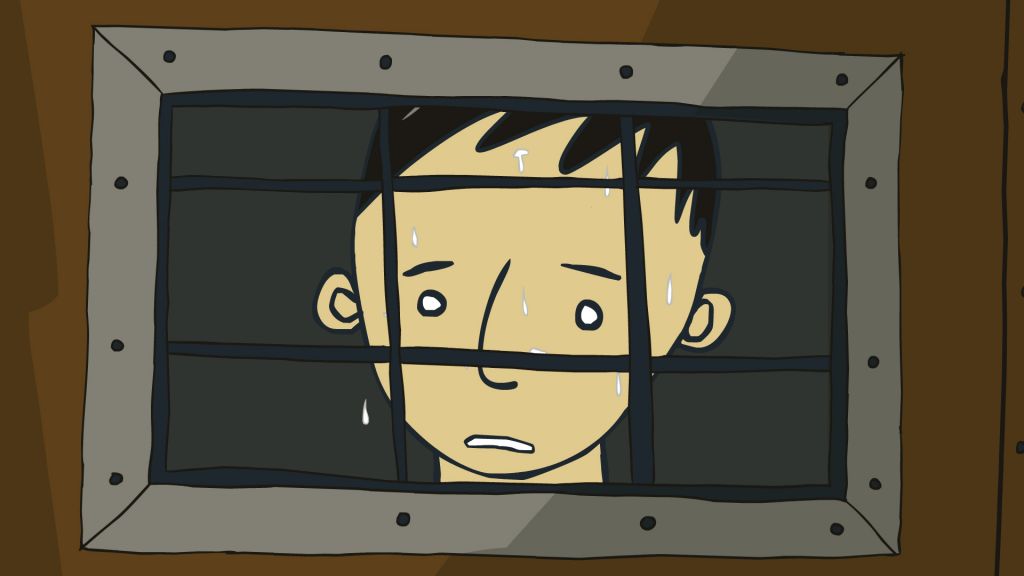
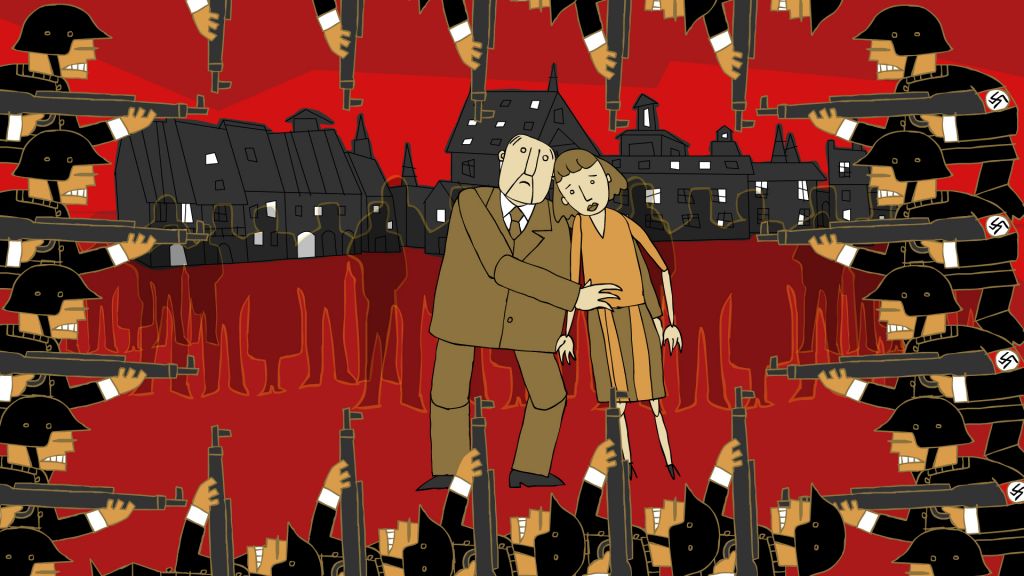
read more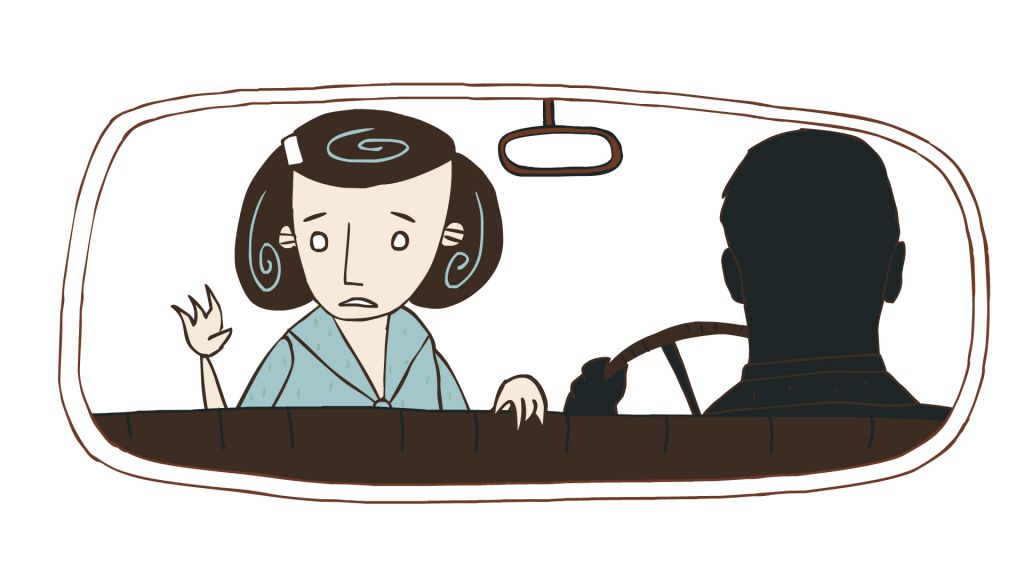
Authors:
- Chopin the Space Concert
Chopin the Space Concert/CHOPIN - kosmiczny koncert
Production: Poland 2010An encounter with pure beauty – an experience that is indescribable in words, yet is best expressed through the music of Chopin.
The crew of Endeavour and the International Space Station took every spare moment to shoot HD footage inspired by the music of Chopin. On the mission's tenth day, the windows were opened for the first time. The astronauts witnessed a breathtaking view of our planet. Upon the shuttle's return, NASA made the video and photo materials available to Adam Ustynowicz – initiator and producer of the film. After over two years of work and complementing the film with material shot by ESA astronaut Paolo Nespoli, as well as subsequent shuttle and ISS expeditions, the film had its première. On December 10th 2012 the film received the Grand Prix at the Monaco International Film Festival, and on June 17th 2013 it was screened during the conference of the United Nations Committee on the Peaceful Uses of Outer Space. In 2015 the film will have a chance to become the symbol of the International Year of Light, celebrated under the patronage of UNESCO.
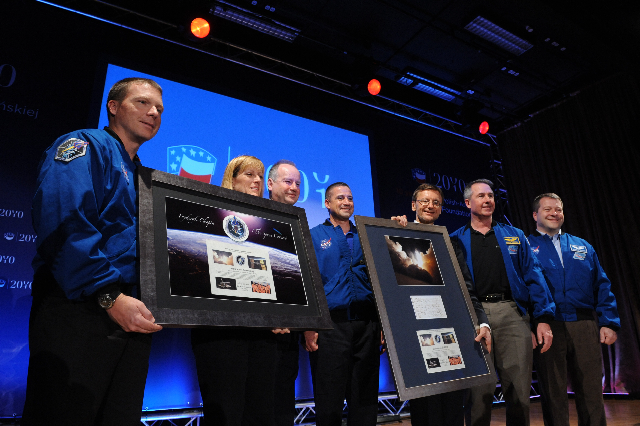
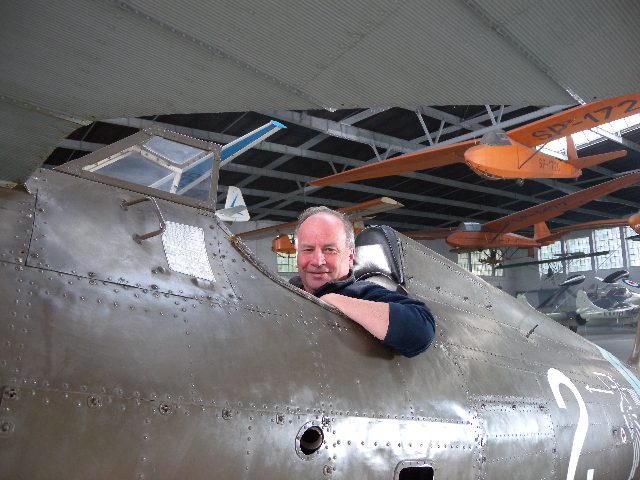
read moreAuthors:
- City decontamination from fascist graffiti, 2' 20''
City decontamination from fascist graffitiProduction: 2012
After Zagreb City authorities ignored growing number of fascist and chauvinistic graffiti and failed to remove them from public space, a group of young people decided to clean graffiti by themselves.
read more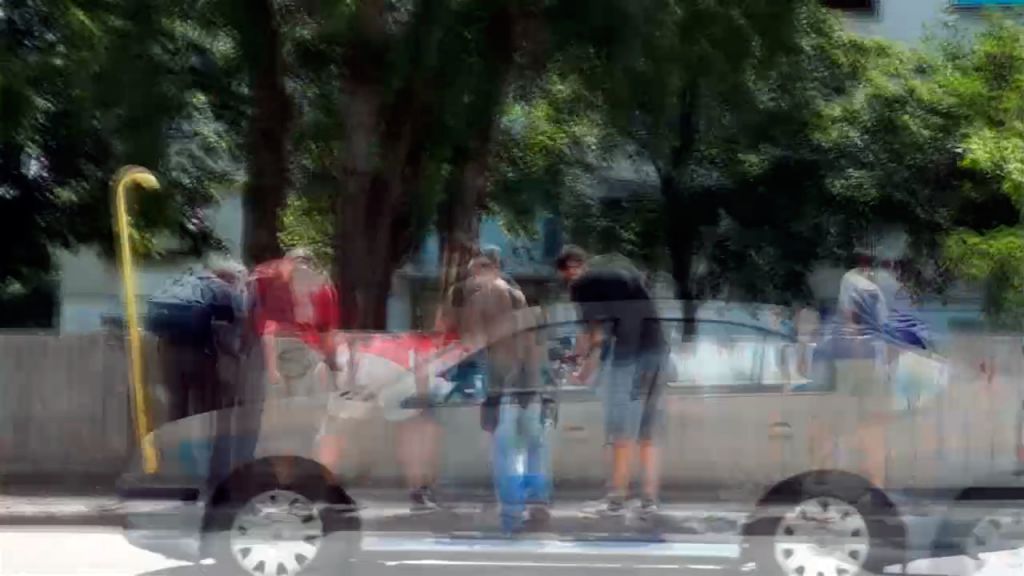
Authors:
- Coevolution, 2' 40''
CoevolutionProduction:
'Coevolution' means formation of momentary existence by memories beyond number and mutable factors. Spiritual evolution would rather set its focus on the possibility of the change which create by conflicts of sounds from each independent entity than means the interaction with environment. 'I' which really existing physically is dictated by countless 'I' in inner side, however, we fall into the error to consider that we are identified and independent existence.
read more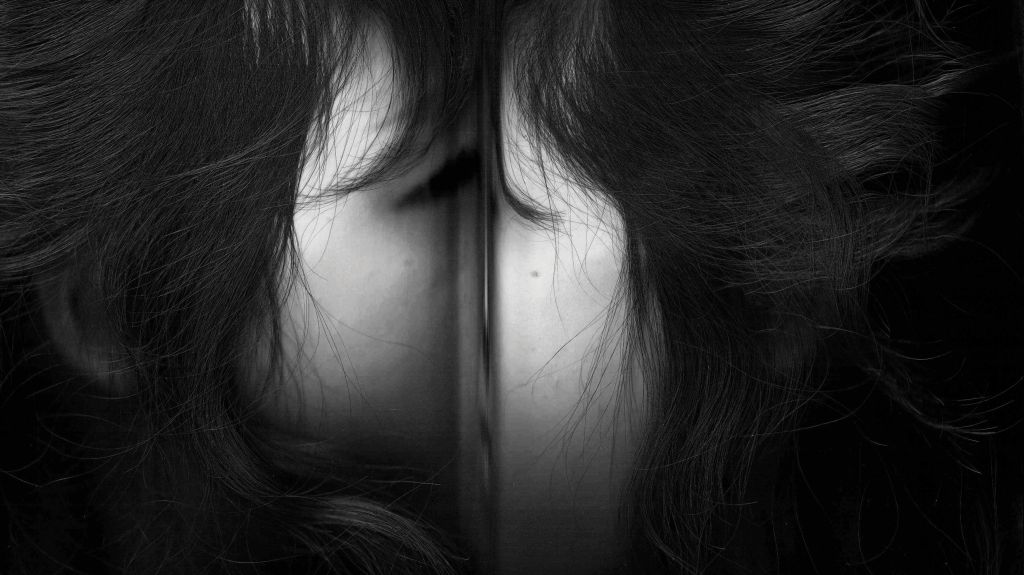
Authors:
- Czarna Bandera, 10'
Czarna Bandera / Black Flag
Production: Poland 2014Szczecin. A fragment of a transportation artery, an unfinished ramp for pedestrians. The construction came to a halt mid-process, not allowing for the flow of people and energy. This resulted in the construction becoming independent of the main overpass. The excluded space became shelter for excluded people. The homeless have adapted the construction; now, with Artur Rozen, they are “rejuvenating” the site. They are marking it with black, the symbol for eclipse. Black is not considered a colour but rather the the lack of it, the colour of emptiness. The line of narration speaks of the life of pirates of the 18th century, which was full of freedom but also exclusion. Despite the passing of time, certain aspects of life seem to overlap with the conditions in which modern “street folk” end up living. These similarities remind of the struggle that the homeless face everyday.


read more
Authors:
- Day by day by day, 2' 16''
Day by day by dayProduction: 2013
This video is a contemplation of the passage of time and emptiness. It also raises the question “When what sustains life is gone, what is left behind – inside, outside?”
read more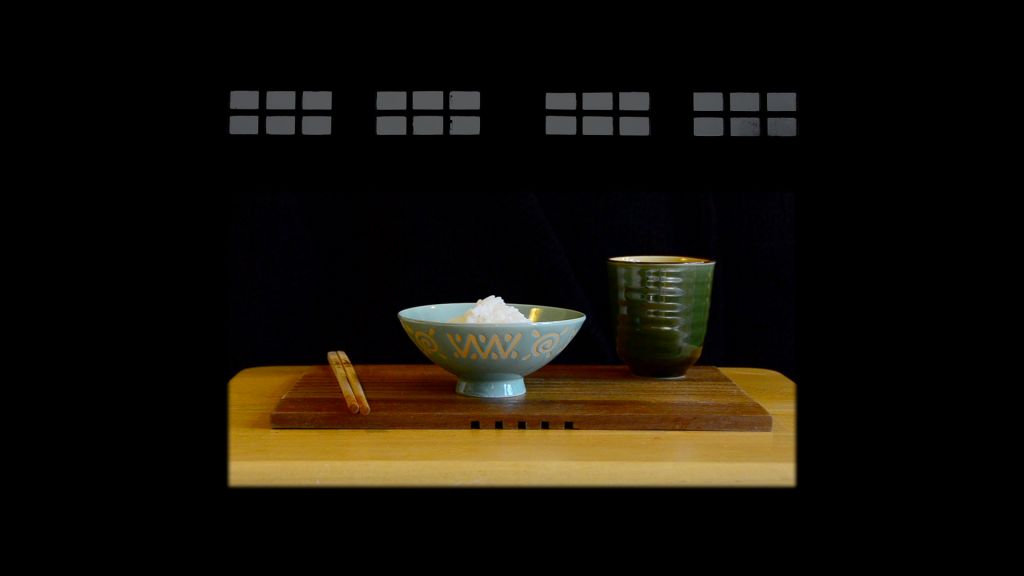
Authors:
- Death Fugue B50.02 L19.20, 3' 15''
Death Fugue B50.02 L19.20Production: 2013
Audio:
Music/ Tania Giannouli
Voice/ Paul Celan Reading TodesfugeA Death Fugue to 50°02'N - 19°10'E (Auschwitz-Birkenau coordinates).
"Dawn came on us like a betrayer; it seemed as though the new sun rose as an ally of our enemies to assist in our destruction.” Primo levi.
read more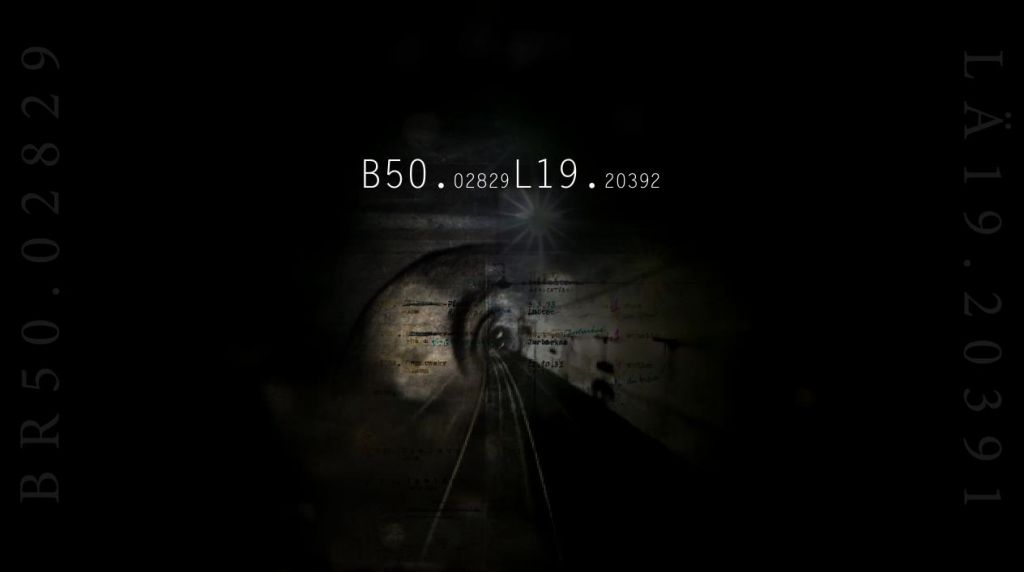
Authors:
- Deleuze’s Fake Negative Var. 2, 1'
Deleuze’s Fake Negative Var. 2Production: 2012
Investigates Gille Deleuze's philosophical theories on cinema and art including difference/repetition/l'image-temps/hors-champ/décadrage.
read more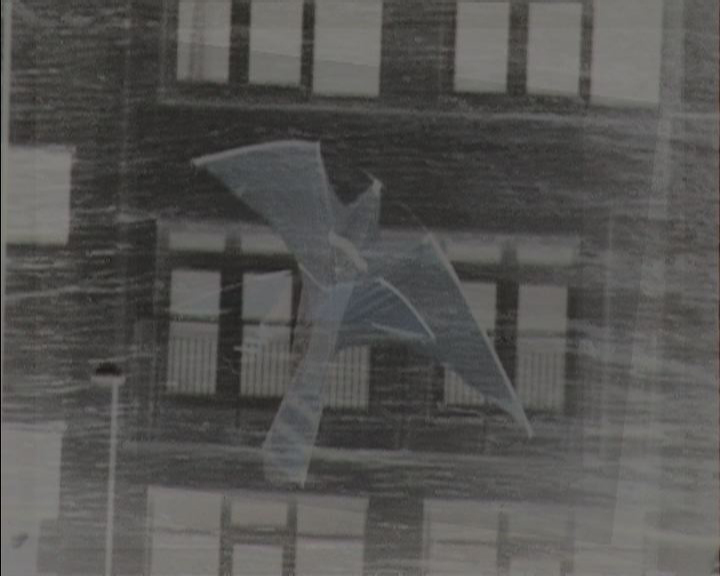
Authors:
- Digital Sketchbook - 2012: Part One’, 2' 30''
Digital Sketchbook - 2012: Part One’Production: 2012
Silent studies on speed, duration, ‘perfect instant’ extraction as part of an illustration of how time-image (Deleuzian) operates or fails to function.
read more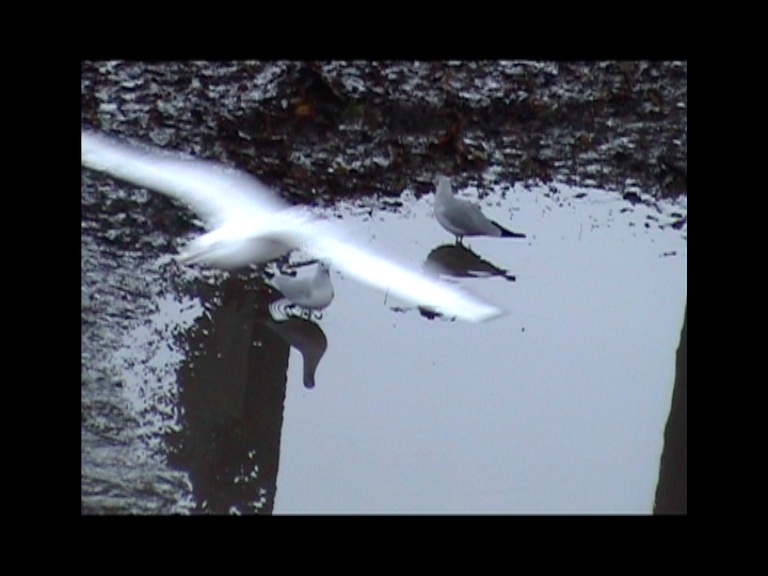
Authors:
- Dinesh’s Hallucination: Unfinished Dream
Dinesh’s Hallucination: Unfinished DreamProduction: 2009
Starring: Dinesh Mesra. Directed and Edited by Simo Ezoubeiri
This short illustrates a series of internalize feelings from an
individual who struggles with reality. Dinesh desperately tries to escape
the world of complexity and life, however, as he closes his eyes the
nightmare of his hallucination awaits him.
read more
Authors:
- Draussen ist, wo du nicht bist , 10'
Draussen ist, wo du nicht bist / We are outside playing in the garden
Production: GER 2013The Indoorgarten © Institution to instytucja Indoorgarten © dla wzmacniania szczęścia i powodzenia psychicznego. Wejdź i stań się wolny. Oferujemy wiele sposobów, by pomóc ci zapomnieć o twoich codziennych obowiązkach i stresie. Mamy kucyki, kostiumy, dmuchane zamki, tyle słodyczy ile chcesz. Jeśli nie będziesz z nas zadowolony, oddamy ci pieniądze! Pospiesz się, liczba miejsc jest ograniczona!
FiSH: Film of the year 2014, BDFA Gold Medal 2014
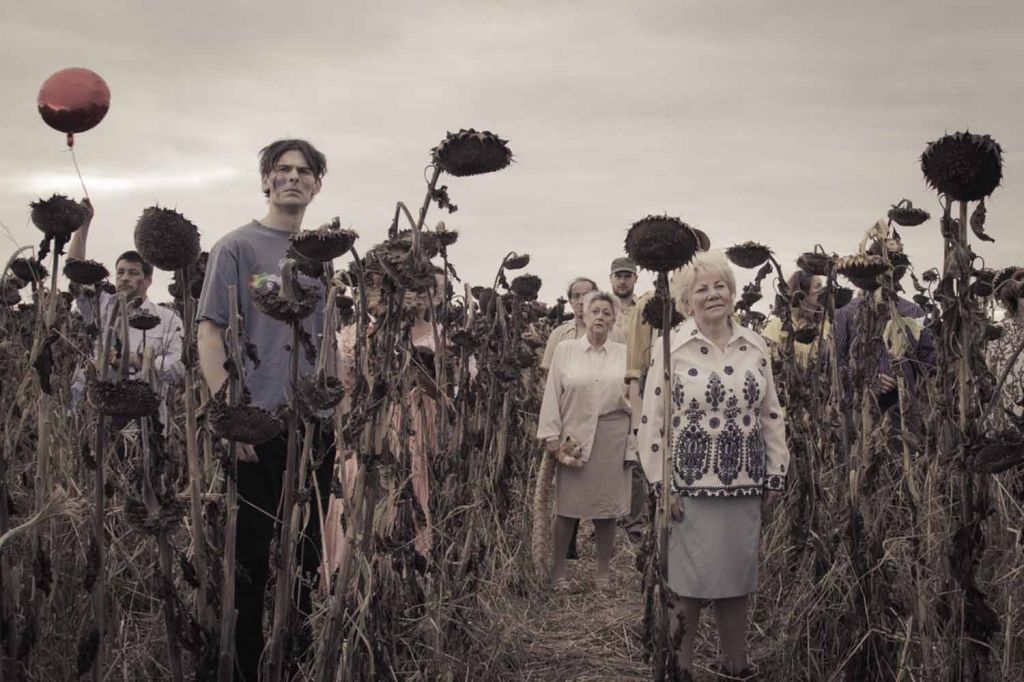
read more
Authors:
- Driven, 4' 15''
DrivenProduction: 2013
Sydney’s round-the-clock urban thoroughfare. Australia’s first inner-city highway. A twenty three kilometre stretch of tarmac and concrete lined with motor industry retailing and servicing that professes in no uncertain terms the sovereignty of the motor car. Exposed as a tangle of pollution, noise and drudgery in daylight, but at night transformed into an erratic landscape where darkness is punctured with floodlights and fleeting headlights.
read more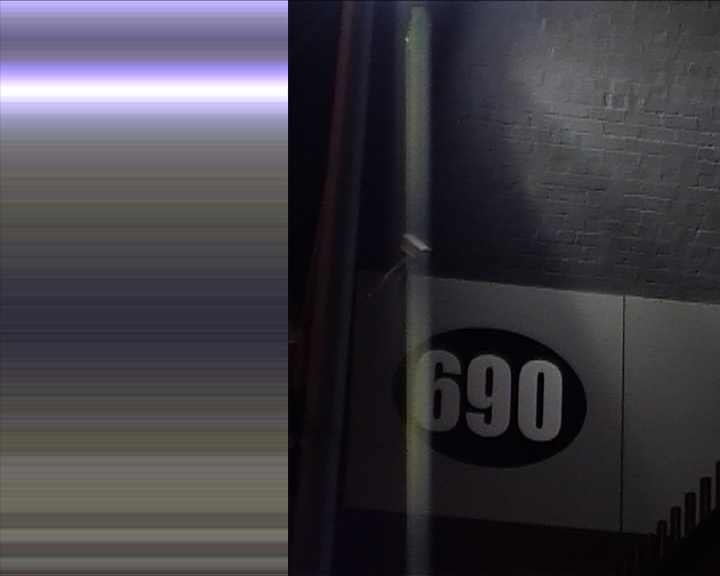
Authors:
- Dva nula, 108'
Dva nula / Two Nil
Production: CZE 2012”Only where things can be seen by many in a variety of aspects without changing their identity, so that those who are gathered around them know they see sameness in utter diversity, can worldly reality truly and reliably appear.”
(Hannah Arendt)At a football stadium in the very heart of Prague the biggest Czech football match of the year is about to take place. The live broadcast begins. This time, however, the twenty-two film cameras are not aimed at the pitch, but at the stands. They record how various people experience one common event. A little footballer, a bettor, a member of the security service, a distinguished literary critic, a lady in the VIP lounge or disoriented Italian tourist. Each character represents a unique version of the same match.
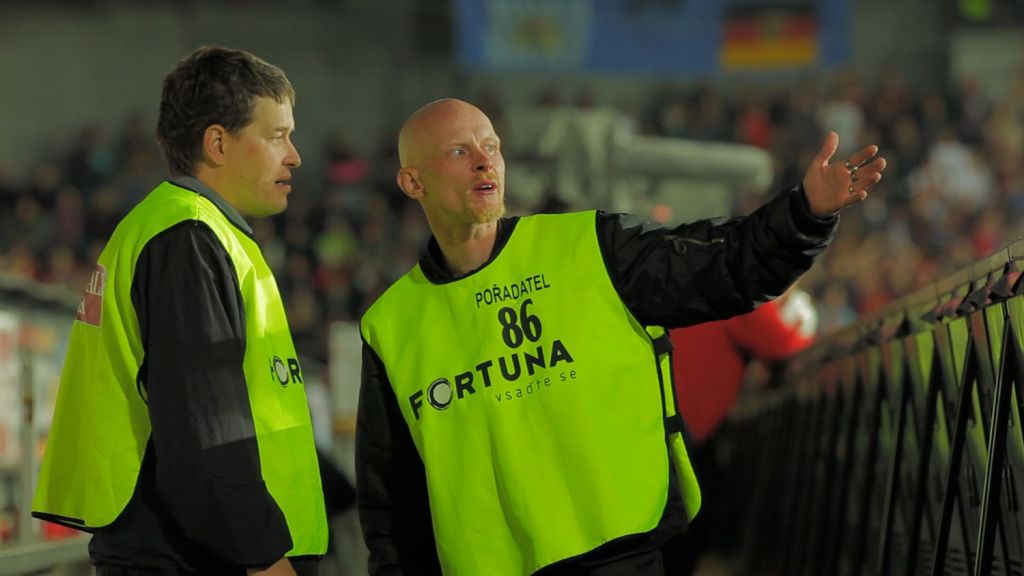
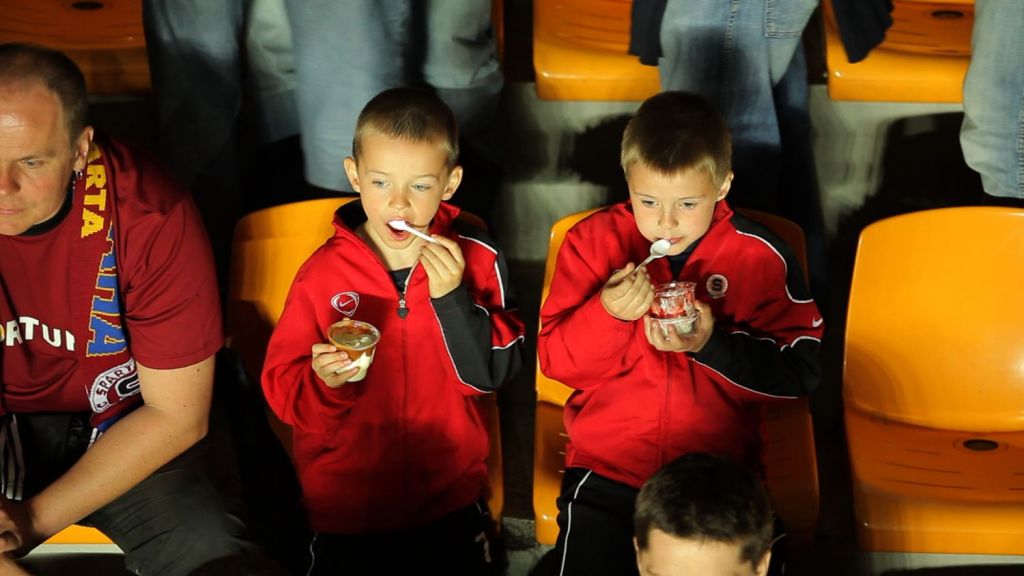
read more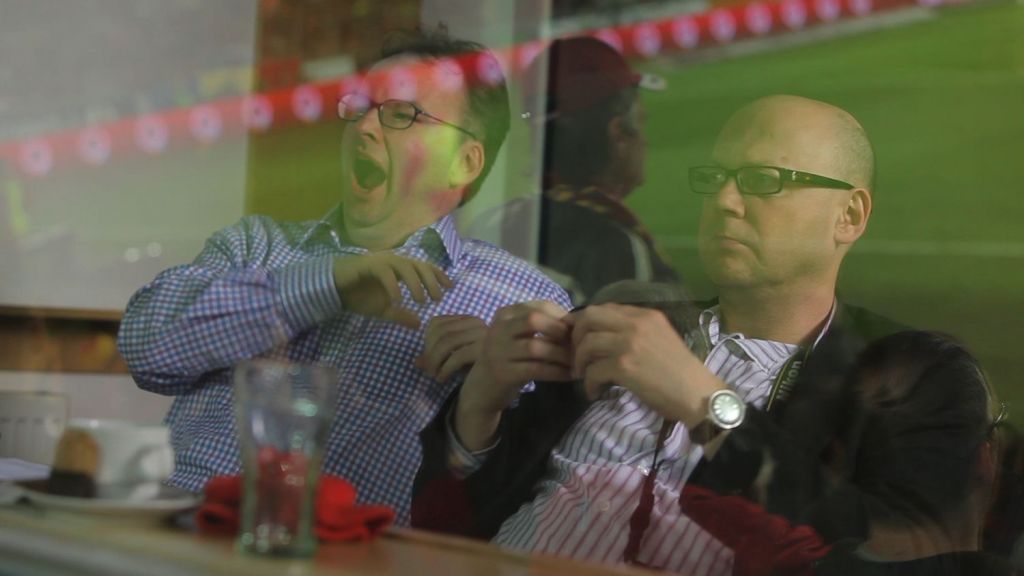
Authors:
- Echo, 5'
Echo
Production: GER 2012The sunken homeland; visiting a strange place, and the certainty that we are not alone. ECHO is about how childhood reverberates; about complicated relationships, and a departure to pastures new.
Black-and-white animation in which the evocative poeticness of the picture, and the rhythm which accompanies it, bring back deeply hidden memories. It is echo that creates movement, sets the direction. At the same time, everything is marked with freedom and lack of constraint.
FiSH: BDFA Silver Medal 2014
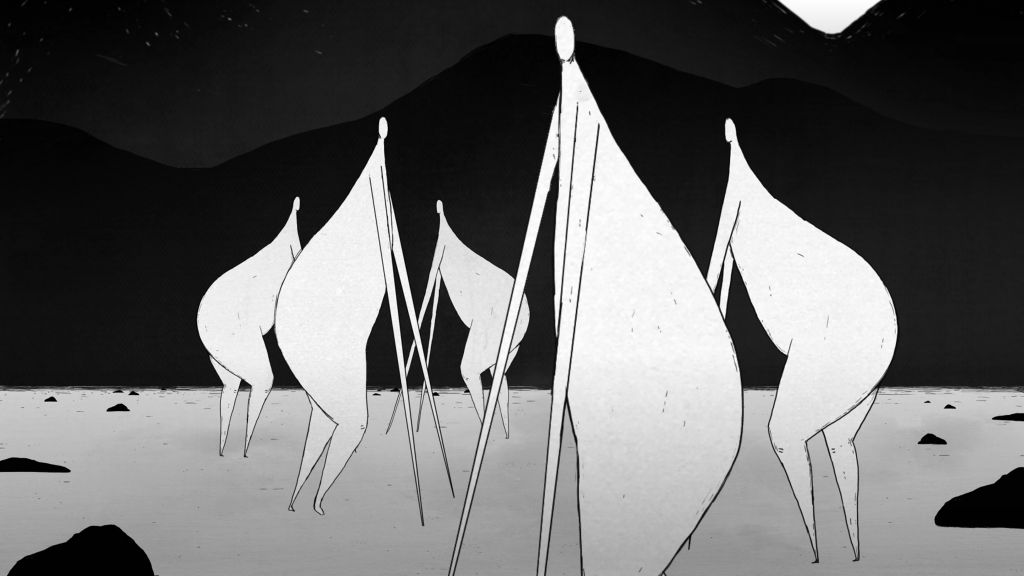
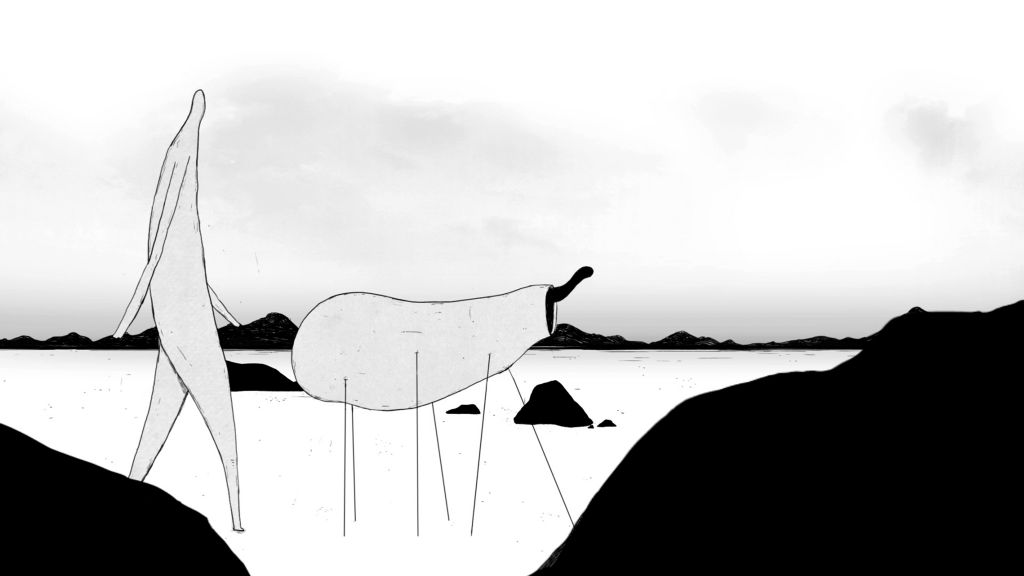
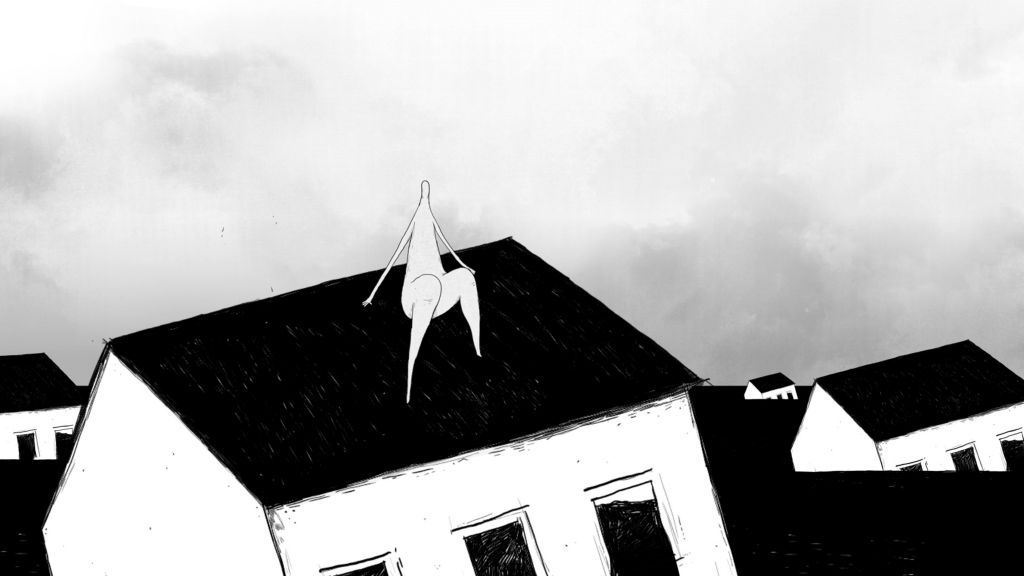
read moreAuthors:
- Echoes Course, 27'
Echoes Course
Production: Poland 2014A contemplative documentary and part of the Commonheavens project, which – in the authors' words – talks “about life in the inlands, about being there, silence and the place without name”. The film opens with a foggy shot, from which a quote emerges. The shot changes: the next one is crisp, colourful. It disappears in the emptiness, and another appears. It is a world beyond time. This filmic meditation closes and opens with the quote: “For whom emptiness is possible, for those everything is possible. For whom emptiness is not possible, for those everything is not possible.”
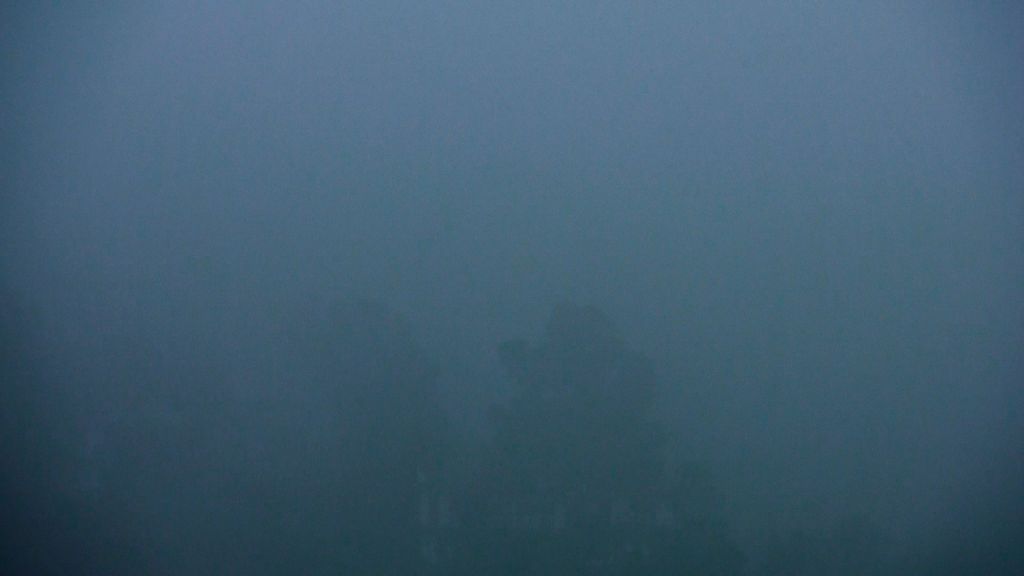
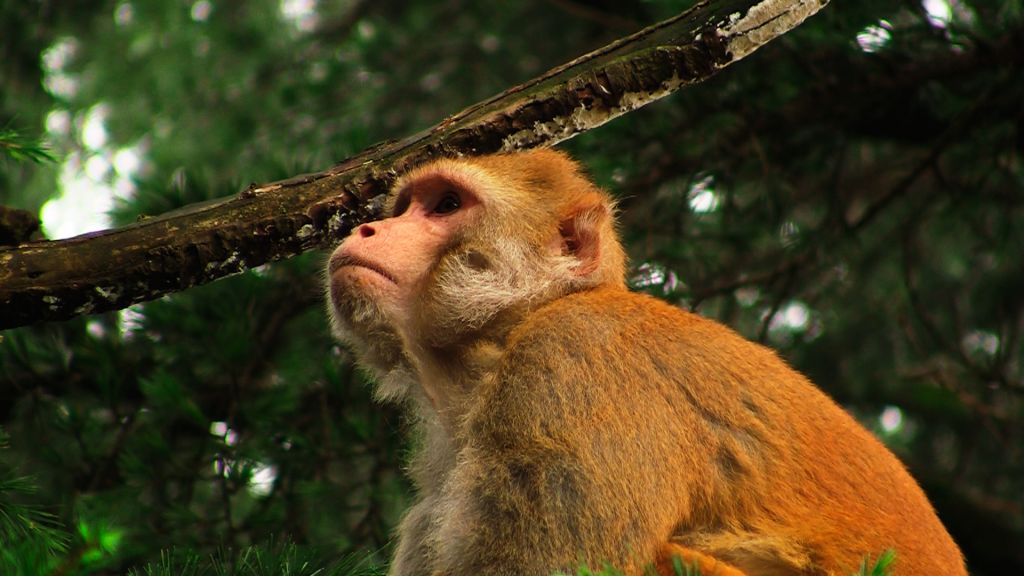
read more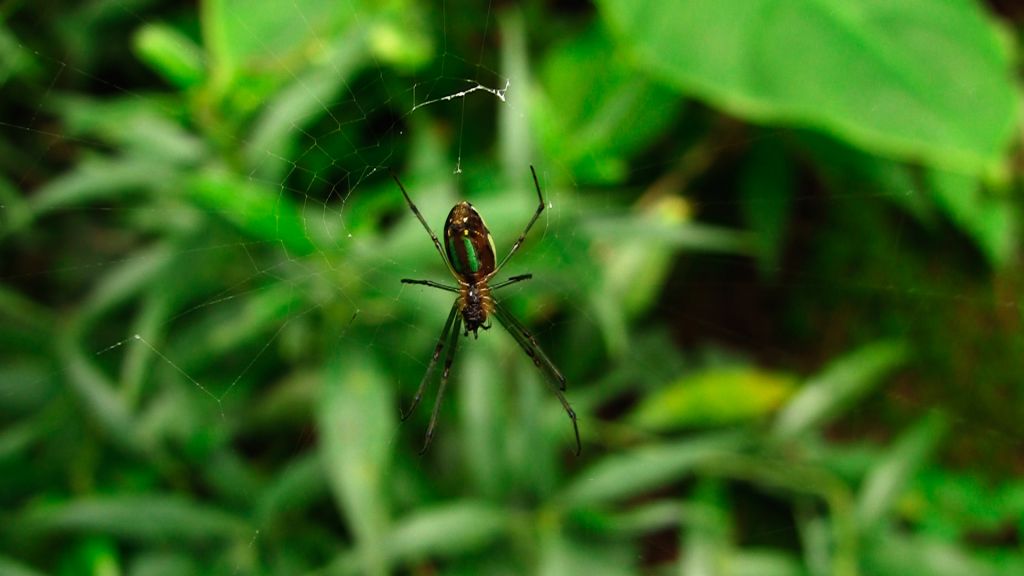
Authors:
- Energy of Red, 5' 38''
Energy of RedProduction: 2012
experimental music video
This video is made of 31 images in different colour shades. By merging them a consistent flow of changing colour energies is created. The purely electronical music is done with the synthesizers YAMAHA DX11 and TG55.
read more
Authors:
- Enrichment, 11'
EnrichmentProduction: Poland 2014The term enrichment denotes activities that aim to provide captive animals with the stimuli necessary for correct psychophysical development. As one zoo staff member in the films says: “So that they don't succumb to routine.” The most popular methods of enrichment include diversification of the feeding process (i.e. making it more difficult – so that the food does not jump directly into the animals' throats), training, playing music and sounds of nature, and even film screenings. The film features staff members of the ZOO in Wrocław, the city's inhabitants, and visitors.
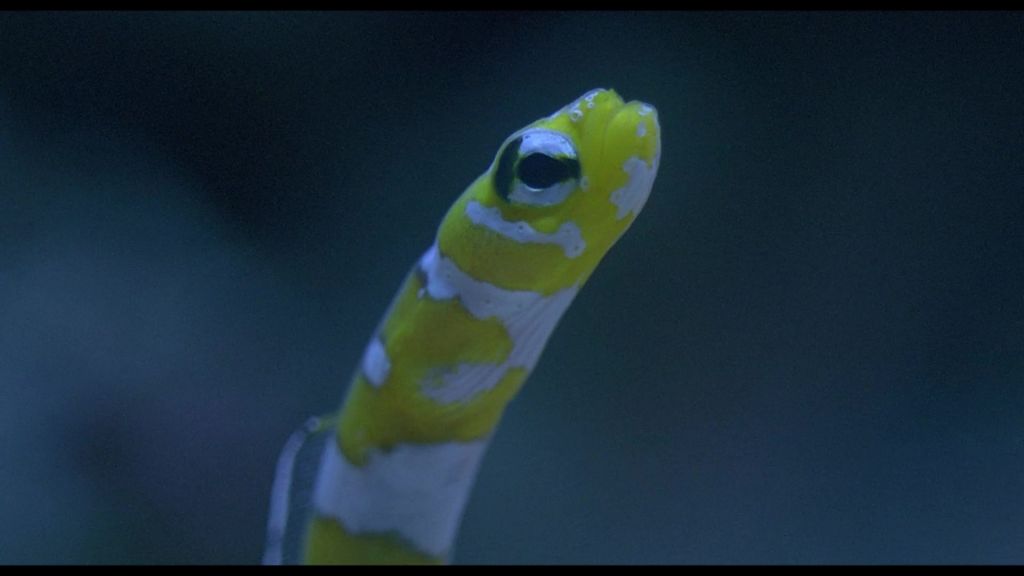
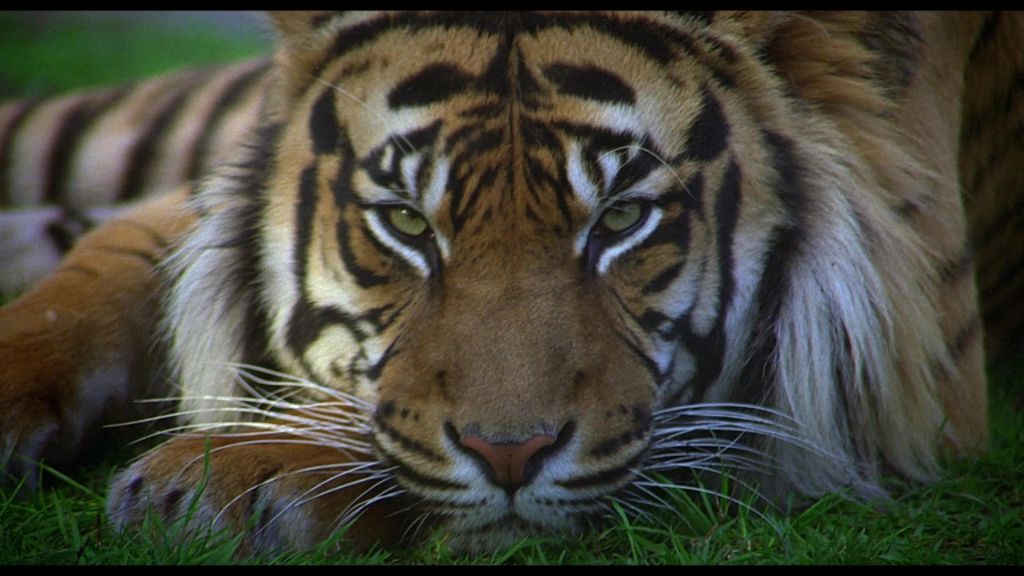
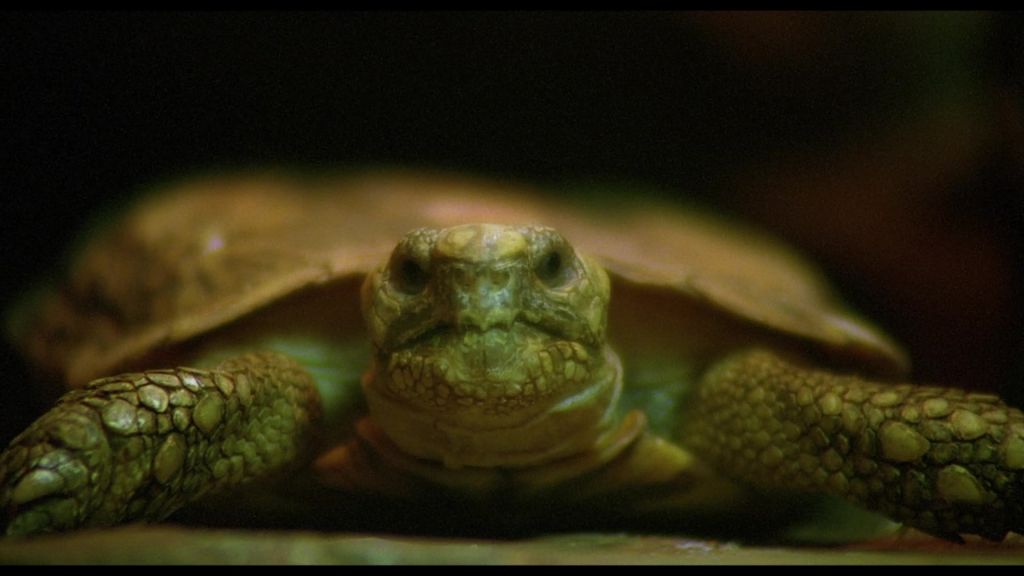 read more
read moreAuthors:
- Entropies numériques, 12' 26''
Entropies numériques / Numerical entropiesProduction: 2007
It’s difficult to give a simple definition about the concept of entropy. This concept comes from the second law of thermodynamics, and it is described by a physical equation that only physicists can understand. This second law seems in opposition with the first one, but, in fact, they are complementary. The first law could be resumed in a simple way: « The change in the internal energy of a closed thermodynamic system is equal to the sum of the amount of heat energy supplied to the system and the work done on the system ». The second law says, in short, that it’s easier to lose than to get energy. Robert Smithson explains this idea with an example: a child running clockwise, between a white and black sandpit, mixes the sand. If the child decides to run in the other way, the sand doesn’t come back to the original position, but becomes more and more mixed. He says that the only way to make the sand coming back to the first position is with a movie showed backwards. But also the movie is subject to entropy, so, after some time, it couldn’t be seen anymore. The numerical word is subject to entropy too, but it’s difficult to be aware of it. We know that every time we copy an image, we lost some information from it, and, after a lot of copies, it becomes illegible. I try with this video to show at the same time this problem and Smithson’s ideas about entropy.
read more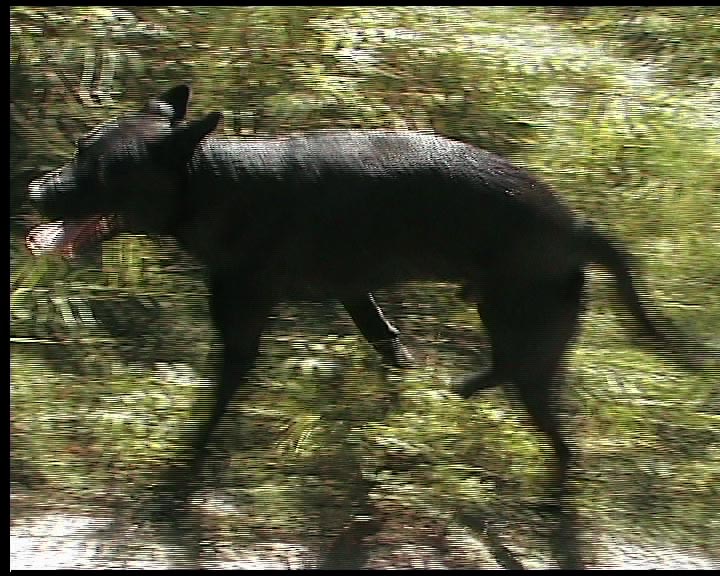
Authors:
- Est-ce que...?, 3'
Est-ce que...?Production: 2007
In the contemporary world, with the continuous increasing of speeches, messages and images, Art could become a mere additional noise. In this work, the images show the ruins of a wonderful Renaissance palace and at the same time the artist’s voice is heard, in part covered by a quantity of sounds, which wonders whether Art, in order to be heard, must scream higher than: “medias, neoconservative, far right-wing, his mother when she is angry, global warming, women’ orgasms from pornographic films, famine in the third world”, etc.
The choice of the place (a Renaissance palace) and the presentation (slide show) is not an accident. By that, the artist places and brings technologies and contemporary Art face to face with their history and highlights the ambiguity of the overabundance of the period we live in.
read more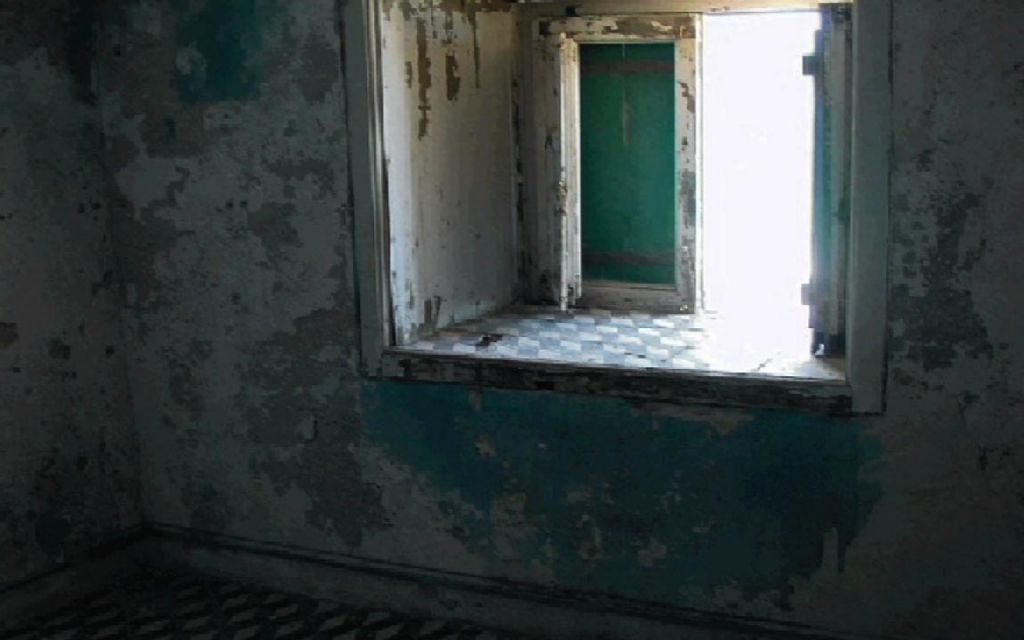
Authors:
- Eucharistia, 4'
EucharistiaProduction: 2009
The Catholic Church carries out eucharistia where they eat the Holy body and Holy blood to cleanse them of sins. I who haven't experienced eucharistia where people eat the Holy body and Holy blood to cleanse them of sings from mortal conscience as humans easily addicted to endless desires of spirits and bodies feel this is merely another desire. Opening their lips and pushing their tongues out, does it mean they are accepting His body or eating in its literal sense? What I think whenever I look at the people in front of that is, impiously, merely another human desire to lick as they ask for forgiving.
read more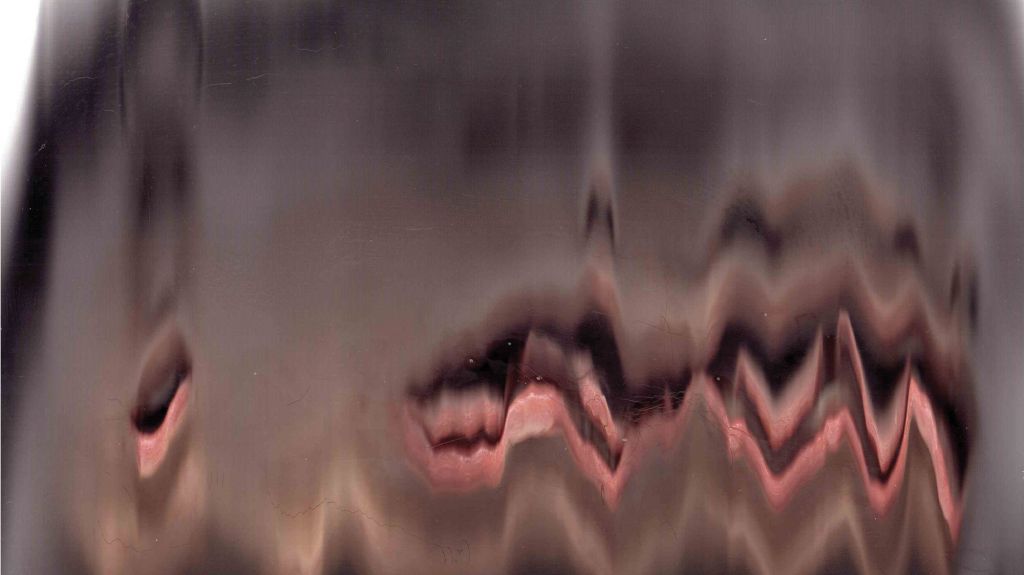
Authors:
- Exist, 1' 40''
ExistProduction: 2010My production work theme is "existence"."It is piece, as same time it is ensemble, all are parts of existence of the world."Such an image I visualize.read more

Authors:
- Există gânduri, 21'
Există gânduri / And There Are Thoughts
Production: Romania 2013An old house in a Romanian village, simple farm buildings. They have probably been here for many years. Time that froze in place. The owner bustles slowly about the homestead. It's Maria, who lives alone but does not let solitude transform into sadness. The camera accompanies her in everyday activities, words, songs. Maria is old and wise. She neglects nothing that she can still take care of in her life.
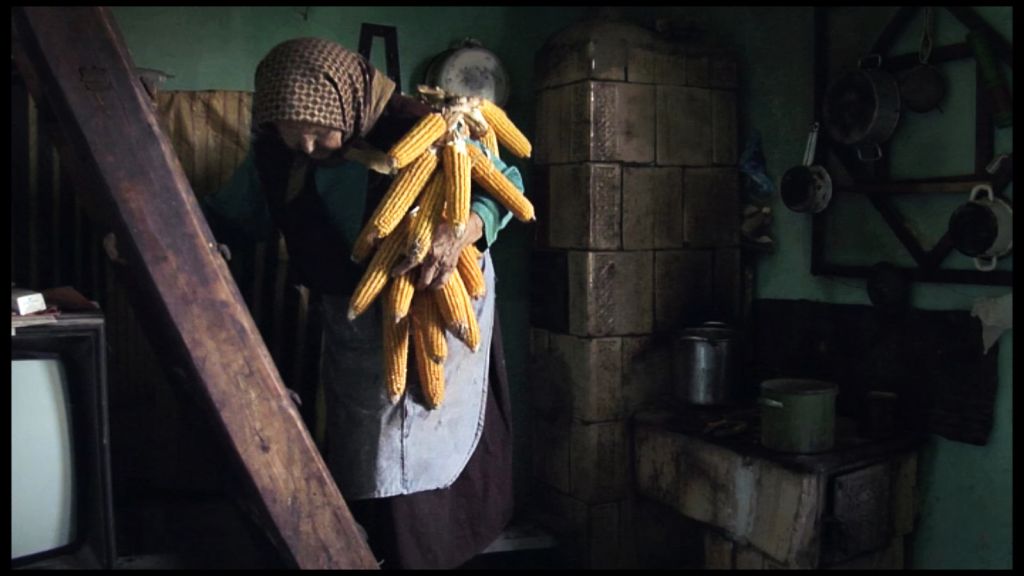
read more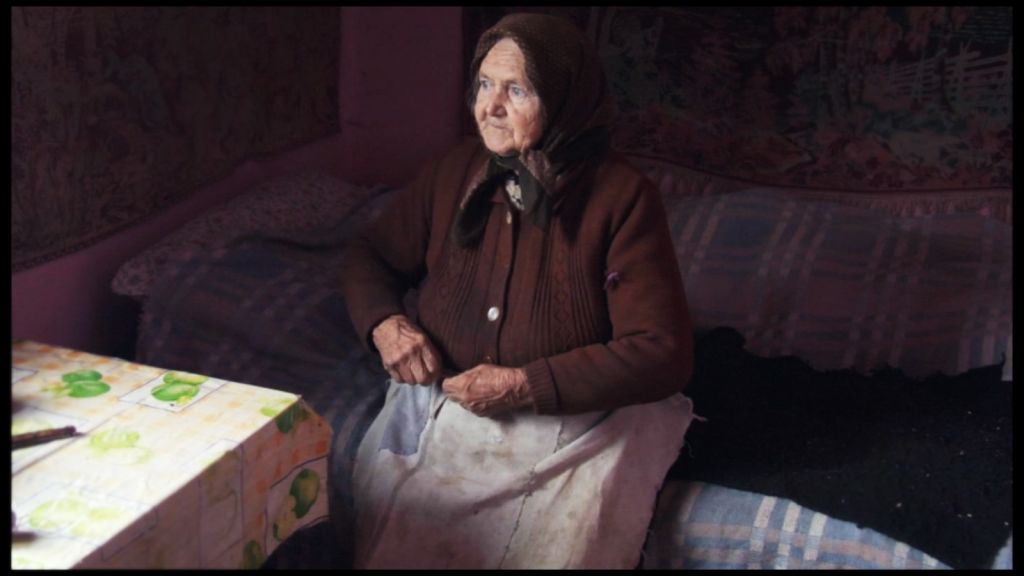
Authors:
- Exvotos, 16'
Exvotos
Production: Spain 2014Exvotos chases an intimate approximation to the popular devotion, reflecting on the paradox of the search of security through objects. Fluctuating between sacred and profane spaces as the museum, the church or the cemetery (sometimes generating confusion among them) the film-essay generates reflections on the image and its potential focusing on the votive offerings.
read more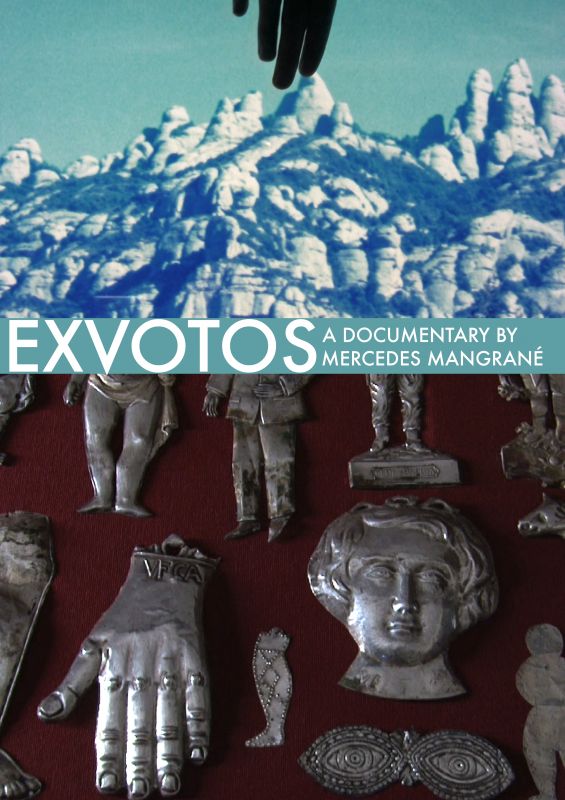
Authors:
- Fire doors, Pacific Street, Atlantic Yards, 12' 35''
Fire doors, Pacific Street, Atlantic YardsProduction: 2010
“fire doors, Pacific Street, Atlantic Yards” is a study of 13 (now dismantled) fire doors attached to a fence on the perimeter of the Atlantic Yards project in downtown Brooklyn, New York.
read more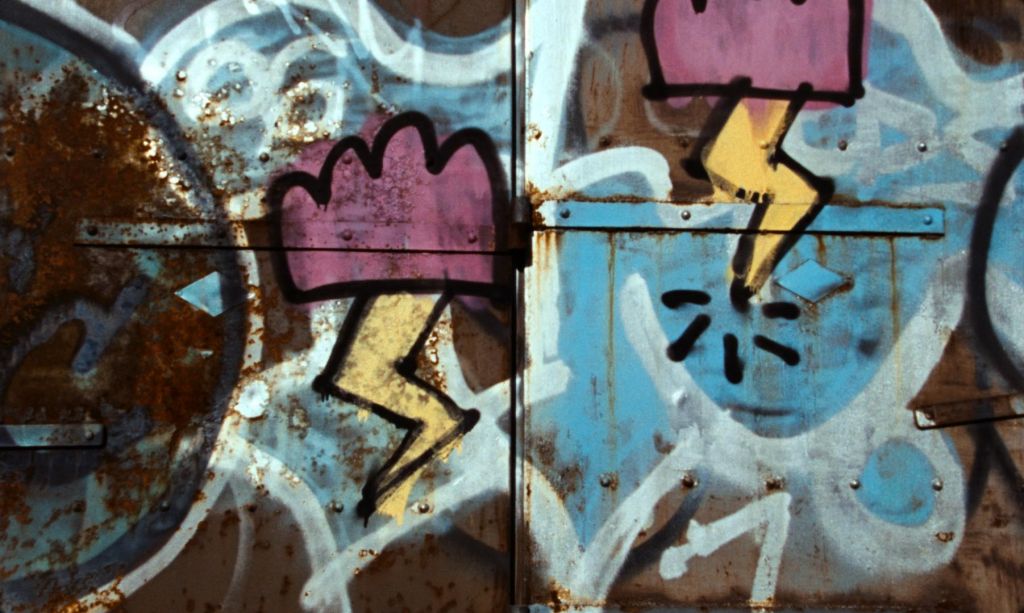
Authors:
- Flipside, 3' 32''
FlipsideProduction: 2014
This film employs a succession of moving images from similar and dissimilar locations. The resulting project seeks to extract from these locations images of confinement, life, disorder, order, the bleak and the stifling, and then unify the moving imagery through the utilisation of scale, movement and direction.
read more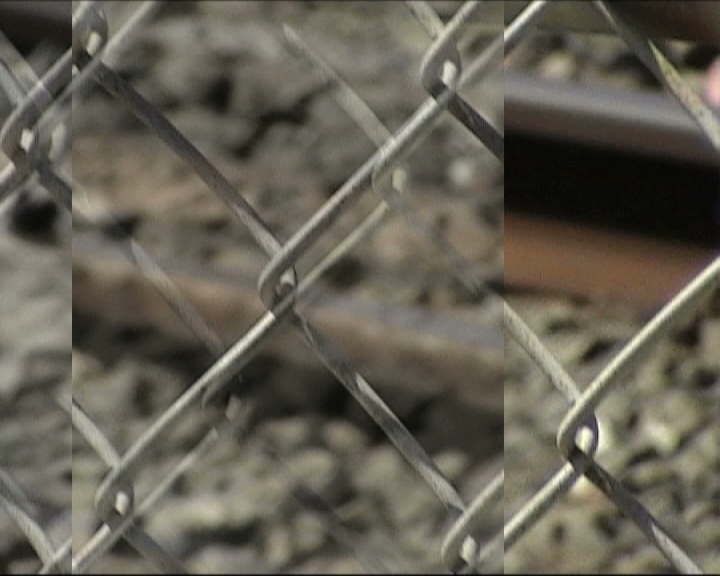
Authors:
- Flock, 5'
FlockProduction: 2011
Footage of flocking pigeons in Pittsburgh, PA were altered, the digital video files manipulated, and edited using formal filmmaking techniques.
This clip is a five minute segment of the third channel of the installation. Installation built for 3 screens, each exhibiting the same 90-minute loop started at different time codes in the video.
read more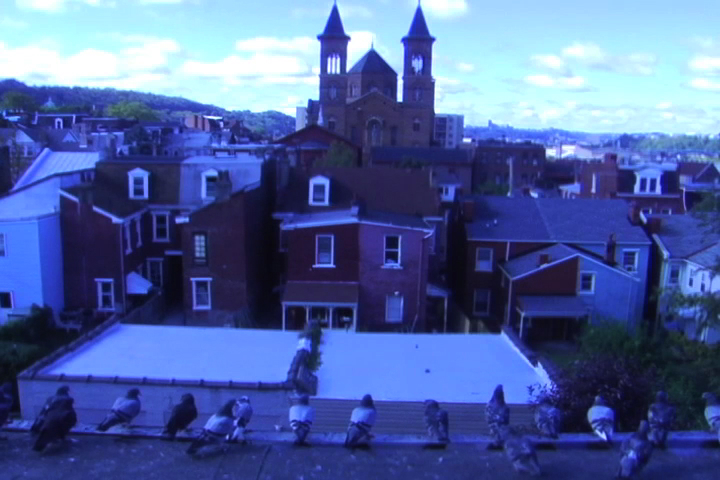
Authors:
- Forget, 9'
Forget
Production: Portugal 2013In Brazil, which from 1964-85 was governed by one military dictatorship after another, members of radical student movements were imprisoned and tortured. The opponents of the regimes had their teeth broken, fingers cut off, were electrocuted. One of the torture victims is Brazil’s current president, Dilma Rousseff. Most people who experienced the persecution can not get rid of the traumatic memories. This short documentary, made with the use of black and white photos, shows the suffering, despair, and nightmares of its animated protagonist, one of many. Despair, suffering, and nightmares define her life. We see her outdoors and in the house, where she lives with her loneliness and her only companion, a dog she named Lamarca.
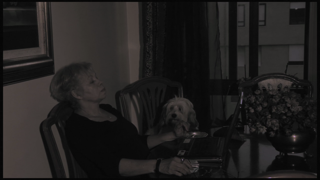

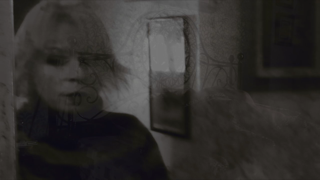
read moreAuthors:
- Fractured, 3' 04''
FracturedProduction: 2013
Decisions about what to film within the confines of the specific parameters of the camera frame were determined as much by the decision to avoid filming what lay outside the periphery of that frame. This film explores and reworks perceptions of urban peculiarities found in an Inner Western Sydney landscape through ever shifting camera movements and unconventional editing techniques. Human artifacts in this landscape include such peculiarities as the desolate rooftops of multistorey car parks, street signage, telegraph poles, power lines, empty construction sites and shop front awnings. The re-working is a fractured spatio-temporal continuity that pursues, in the visual and auditory realm, a new mode of expression that seeks to expand cinematic thought.
read more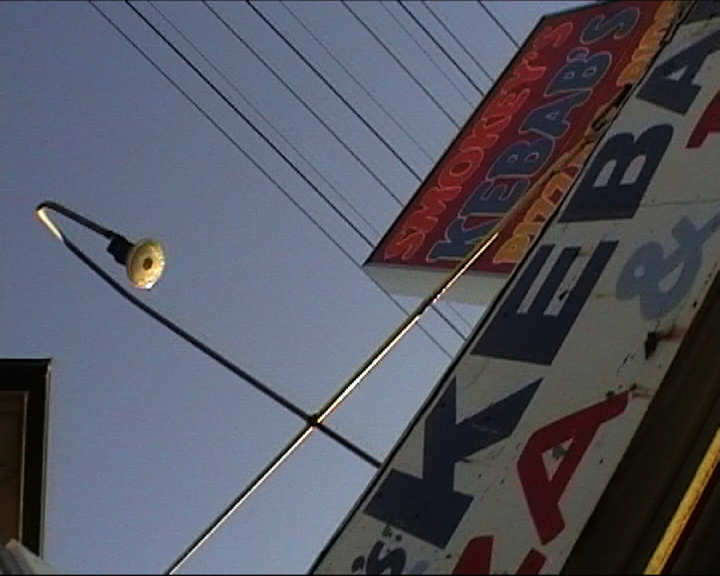
Authors:
- Fremdkörper, 14'
Fremdkörper / Out of Place
Production: GER 2013An Iranian is found hanged in a German camp for asylum seekers. His roommate quickly becomes the target for the investigating police officers. But it’s not only against the Government he must fight, also the Iranian’s friends bully and threaten him. They make him responsible for the death. The situation is getting dangerous for him... A story about the consequences of the Bavarian "policy of deterrence" and how people who have to live through years of existential uncertainty and isolation. A foreign object. Both inside and outside.
FiSH: BDFA Bronze Medal 2014
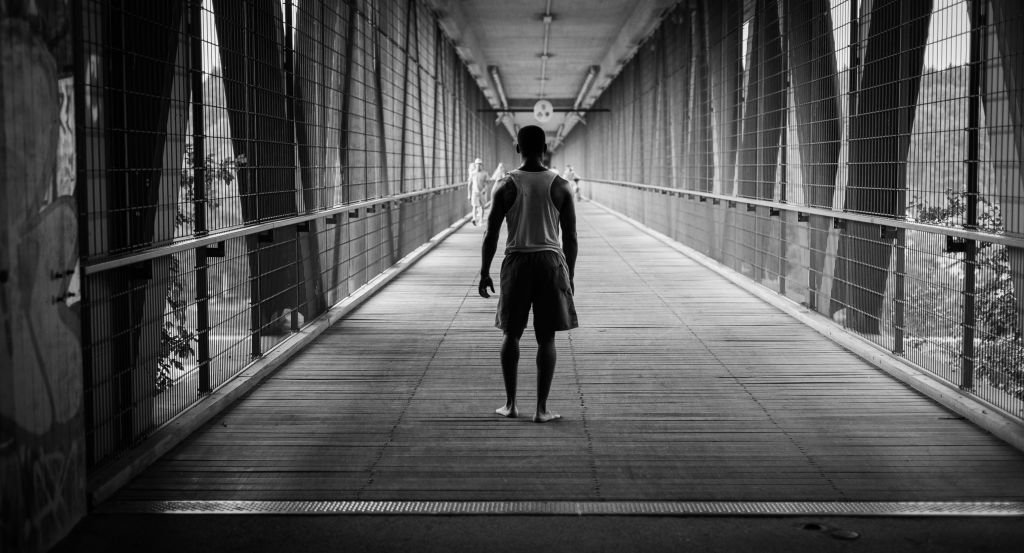
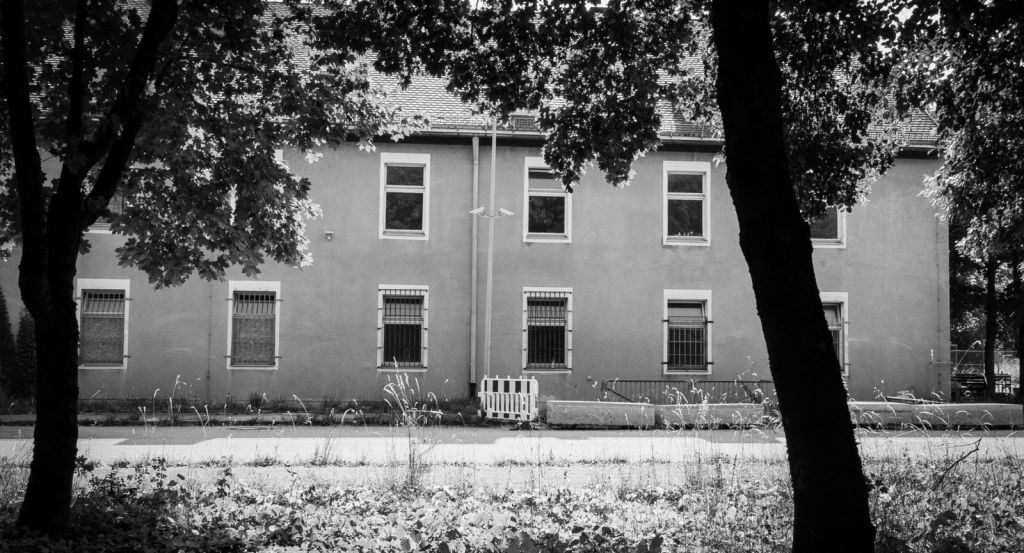
read more
Authors:
- FUROR, 17'
FUROR
Production: Belgium 2013A young man is sitting in the woods. He is alone. He talks about fights. About how the forest carries the sound of PK machine guns. About “rolling” with gun in hand, because you can't just stand up and run without being a moving target for your enemies. About holy Mary Jane, dearest mary jane. He role-plays rolling, shooting, smoking weed. The boy is in a trance-like state, western man might say: like in a computer game. The boy is Serge, a young actor with the past of a child-soldier – one of over 117 thousand in the Democratic Republic of the Congo. Somewhere in a Belgian forest Serge gives accounts, role-plays, and revives his past for the benefit of passive receivers.
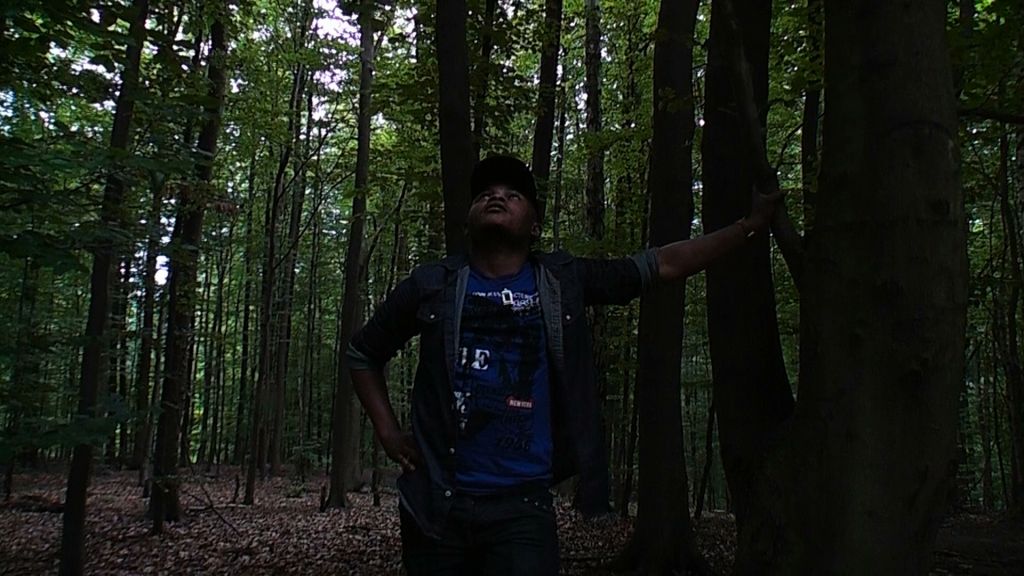
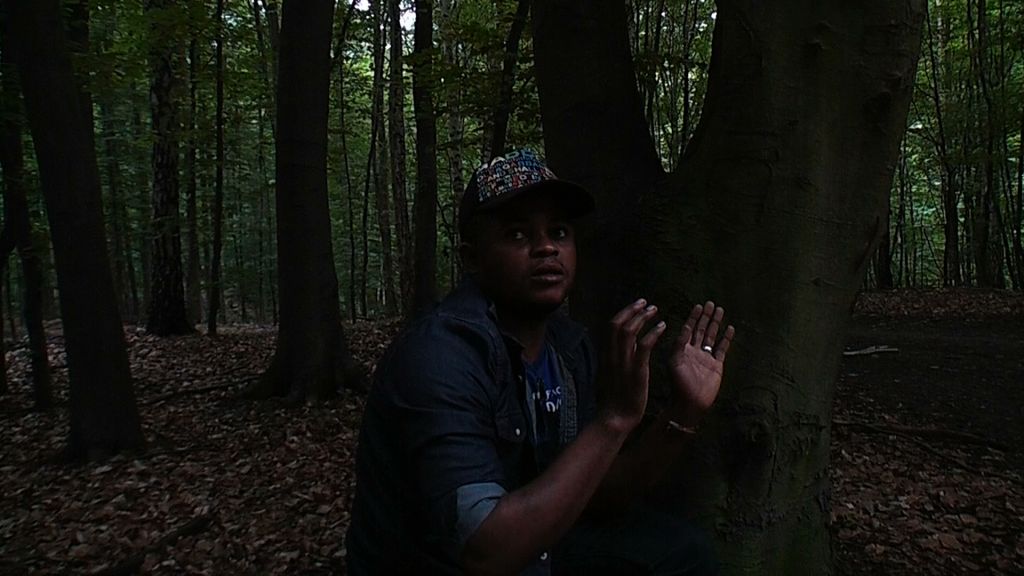

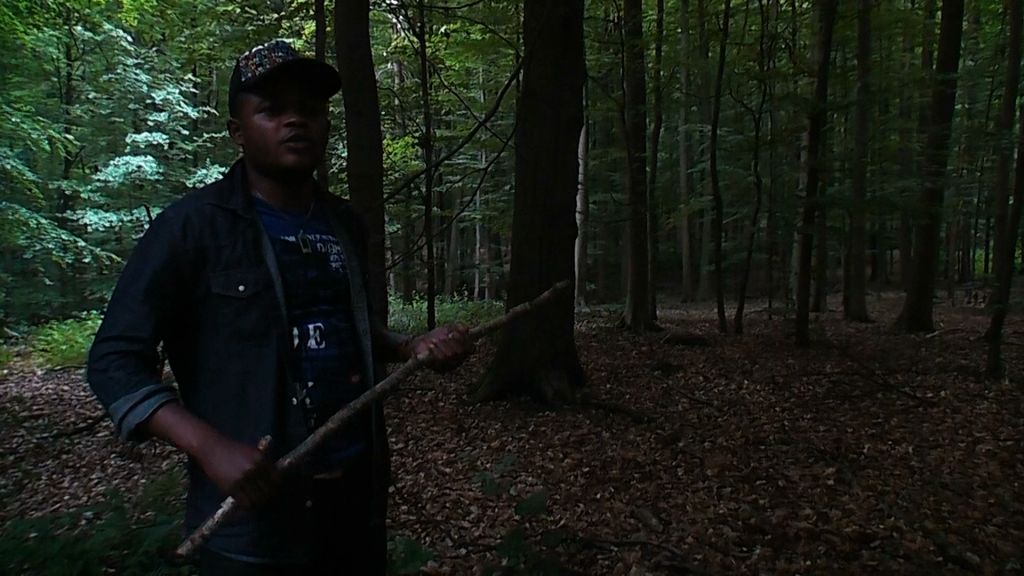
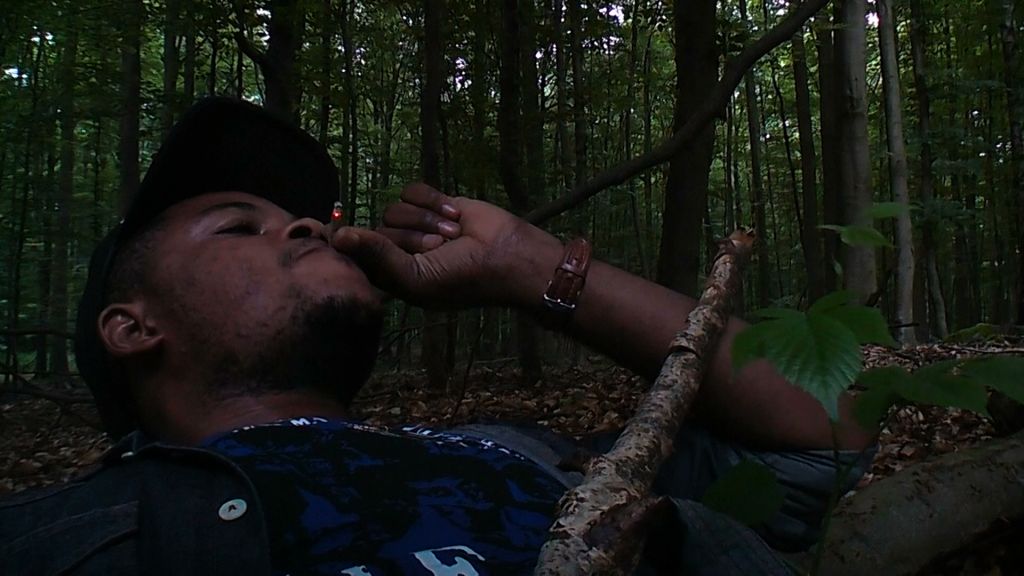
read moreAuthors:
- Gdy oczy nie widzą..., 11'
Gdy oczy nie widzą... / When the eyes don't see...
Production: POL 2011At first glance Patryk seems to be just like his peers. He is young, he studies, is passionate about music, plays the piano. He can not wait for Christmas to come. But Patryk is not like the other boys his age. He has been suffering from retinopathy of prematurity, which causes blindness. The boy does not want pity or admiration. He wants to be seen not as a blind pianist, but – just a pianist.


read moreAuthors:
- Gli immacolati, 13'
Gli immacolati / The immaculates
Production: Italy, 2013One day in a certain quiet town, where everyone knows everybody, a certain young man returned home – as he would every night. He parked his car. He saw his sister outside the house and understood that something bad had happened. The sixteen-year-old said she had been brutally raped by two young Romanies. The brother tried to find the perpetrators, but they vanished into thin air. The neighbours organised a solidarity march with the raped girl. As many as four hundred people came. The participants made their way towards the ruined farm, where local Romanis lived. The teenage girl is at the police station. Questioned, she suddenly says something completely different than what she had confessed to her brother. Events snowball. The documentary was produced with the use of 3D animation.
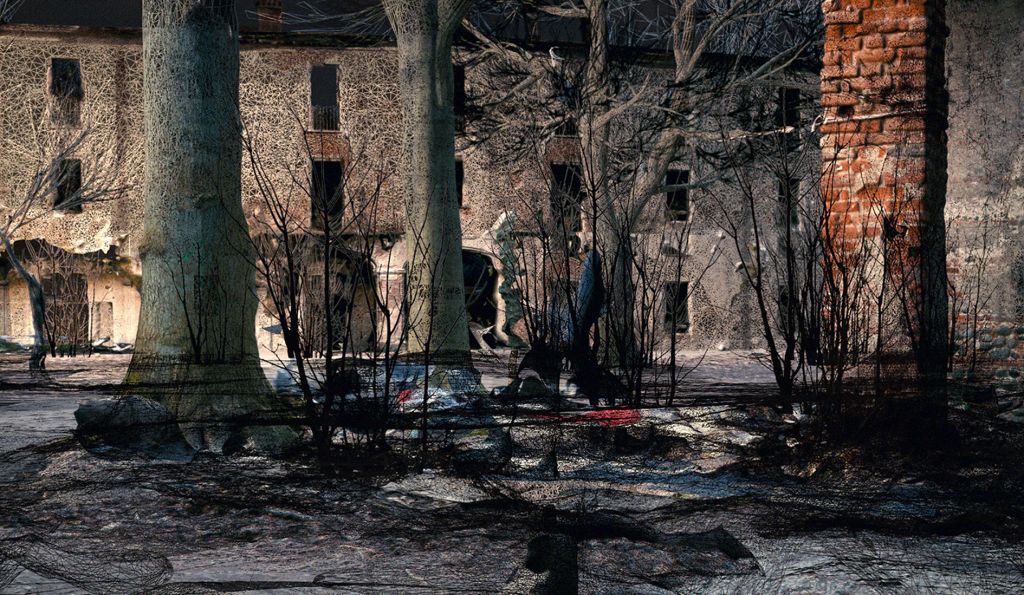
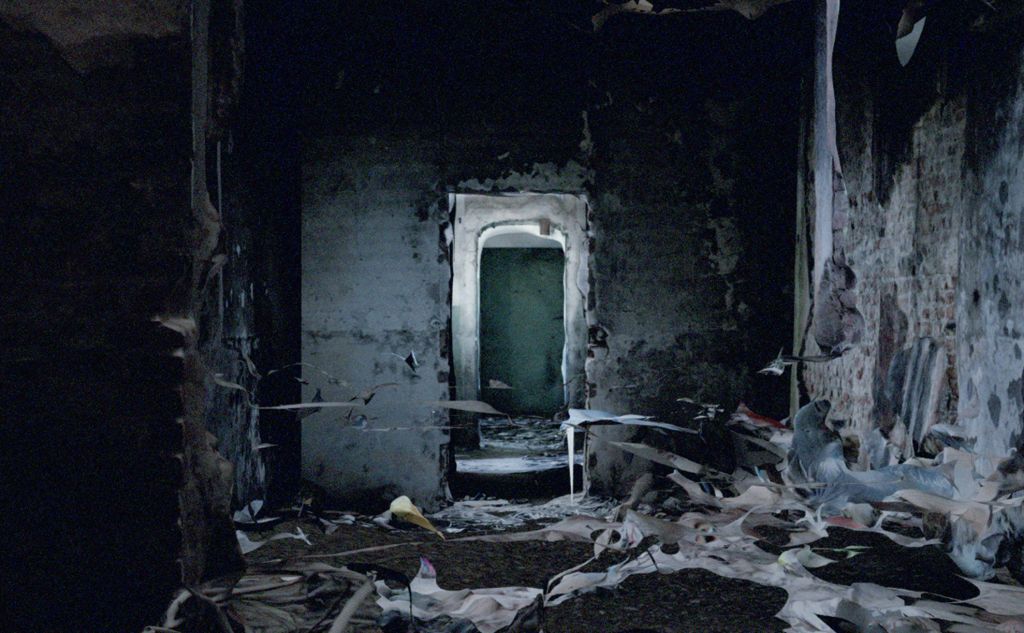
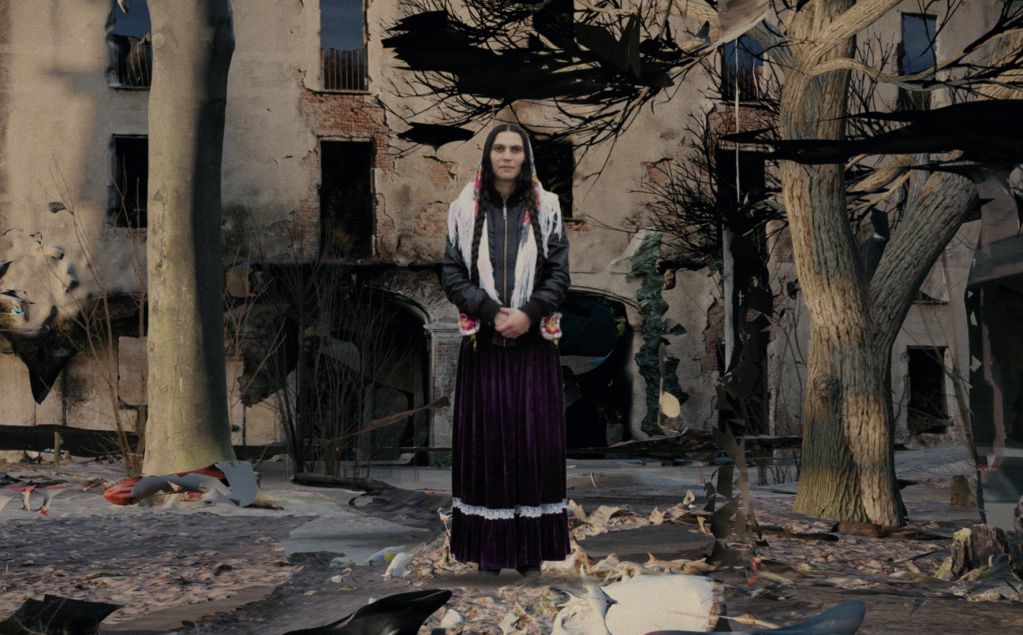
read moreAuthors:
- God's Forsaken, 1' 42''
God's ForsakenProduction: 2009
experimental short film about homeless people.
http://vimeo.com/38183420
read more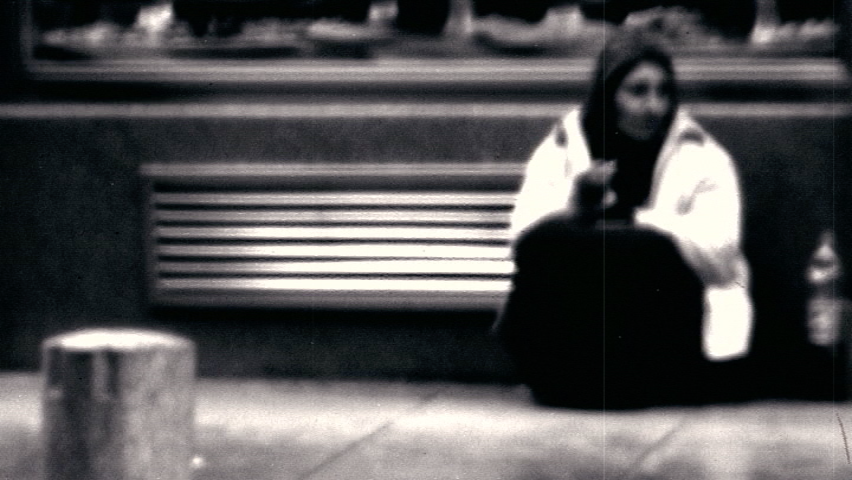
Authors:
- Gwiazdy muszą płonąć, 104'
Gwiazdy muszą płonąć / Stars Must Be Alight
Production: POL 1954This is Andrzej Munk's first attempt at a feature film, though the tradition of interpretation situates it among the artist's documentary works. The reason for that is probably the graphic poetics of Stars, which belongs to the documentary experience, using the material reality as its main fabric in the creation of the represented world. In Stars this reality is the world of the mine – mineshafts, drifts, the coal itself, gas, water, mining tools. The pictures and elements of this world, perfectly organised in the editing process, not only create authentic scenery for the stories told in the film, but also give the unusual flavour, typical only for the miners' experience.
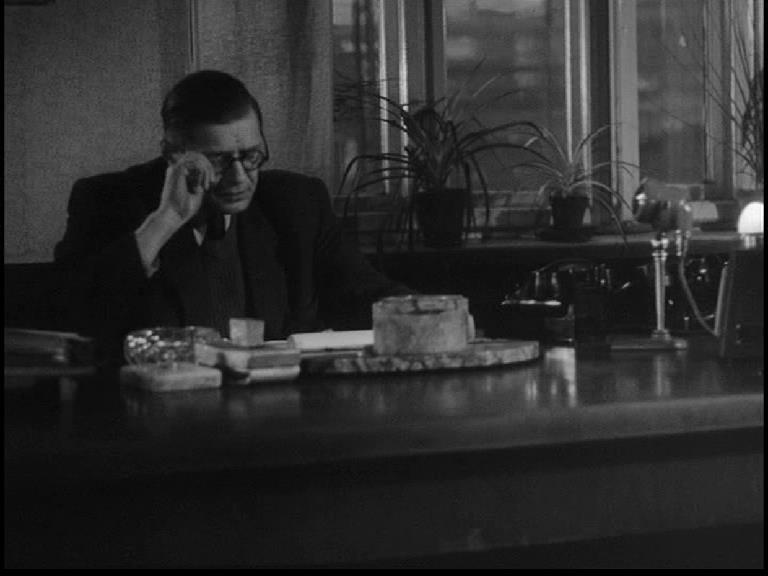
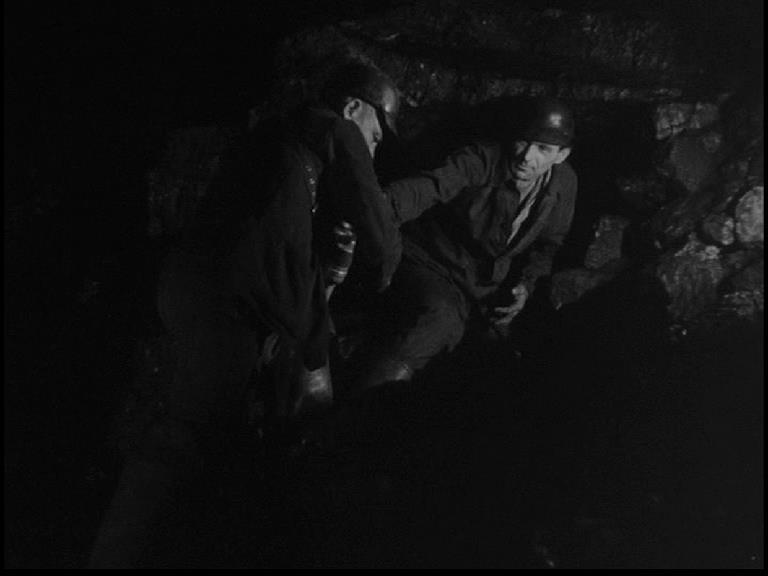
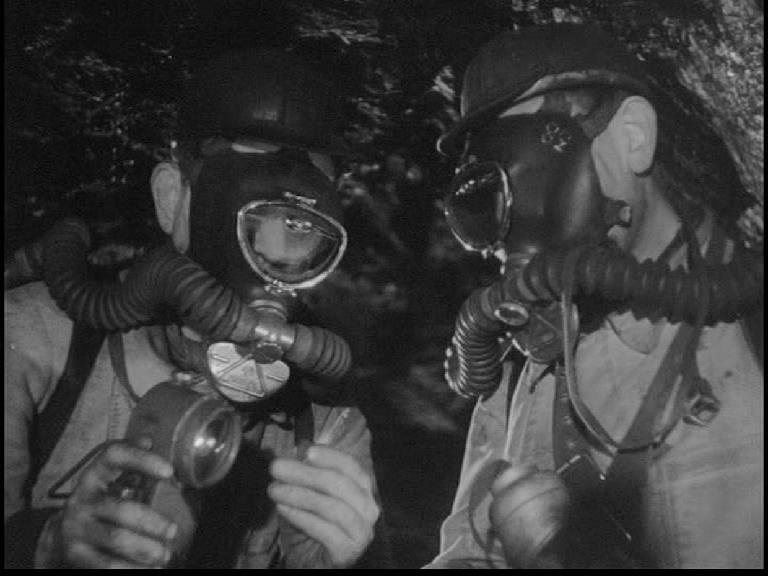
read moreAuthors:
- Half-Running Hand, 7' 07''
Half-Running HandProduction: 2013
The video work sources its inspiration from research on Russian culture in its historic and contemporary perspective.A contemporary view on the fierce relation between language and body is translated through the montage of body representations and manipulations on it with custom made tools that are designed in the shapes of ancient Cyrillic letter, excluded from contemporary alphabet. Imaginary artifacts that cut through and tear apart the human matter in its bodily presence.
read more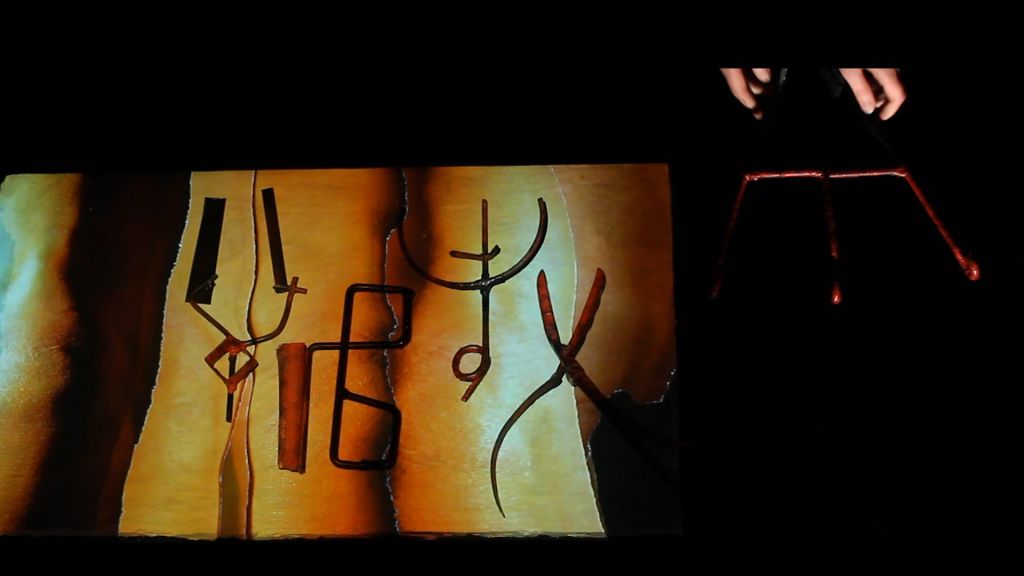
Authors:
- Hinterland (Materialist Film #001), 2'' 55''
Hinterland (Materialist Film #001)Production: 2012
Hinterland explores the aesthetic boundaries between cinema and digital video, creating “materialist cinema” from digital gadgets and apps that imitate retro aesthetics.
read more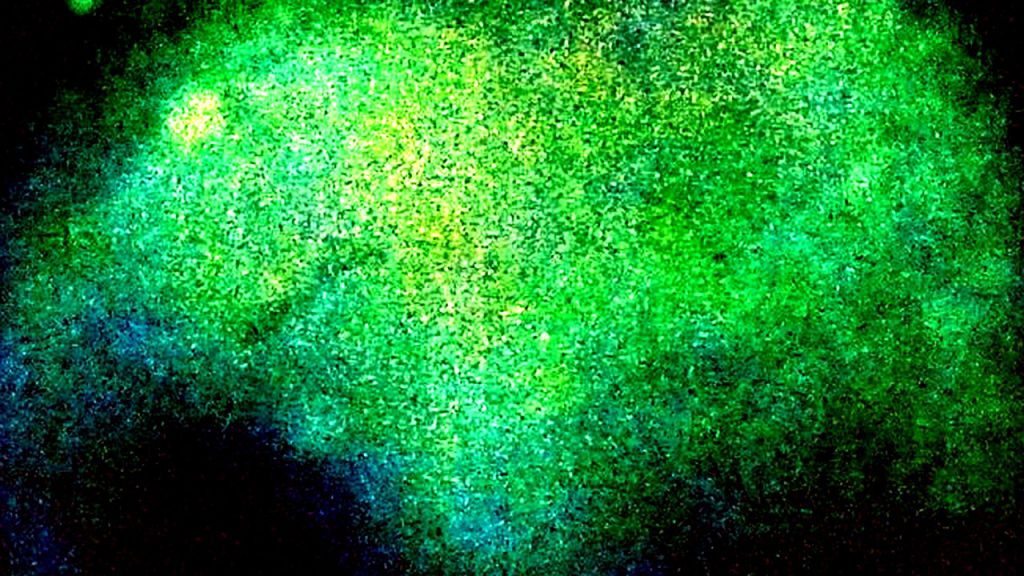
Authors:
- Historie z Celuloidu, 35'
Celluloid Tales
Production: POL 2014A documentary inspired by old films, made as part of the WISKORD and Cuma Amateur Film Clubs. For 5 years the OFFicyna Association has been running the Old Digital Szczecin project, digitalising pictures that document the life of Szczecin's workplaces. Celluloid Tales consists of three stories about the makers of these films, and about one of the old tales' protagonist's son. Stanisław, Włodek, and Piotr talk about how the old tapes bring back the memories.
Film co-produced by the Pomerania Film fund (ZFF) and MUFI Kompania Muzyczno-Filmowa Bartosz Piekarczyk.
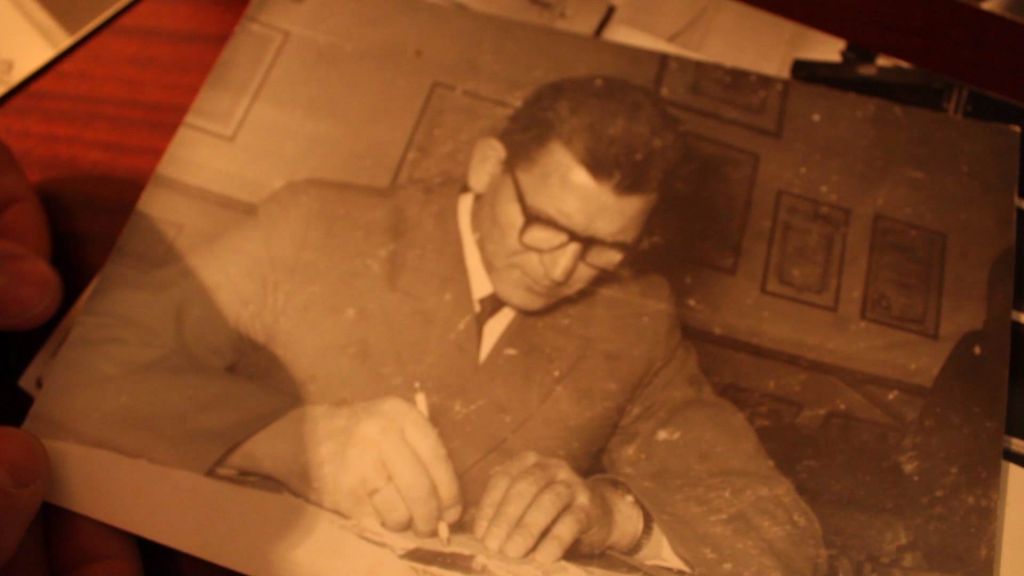
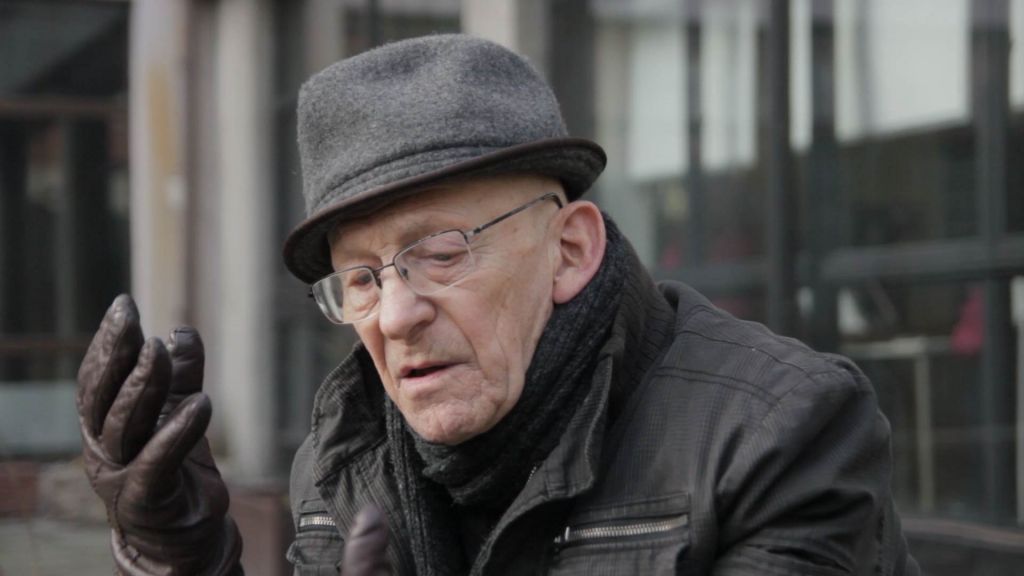
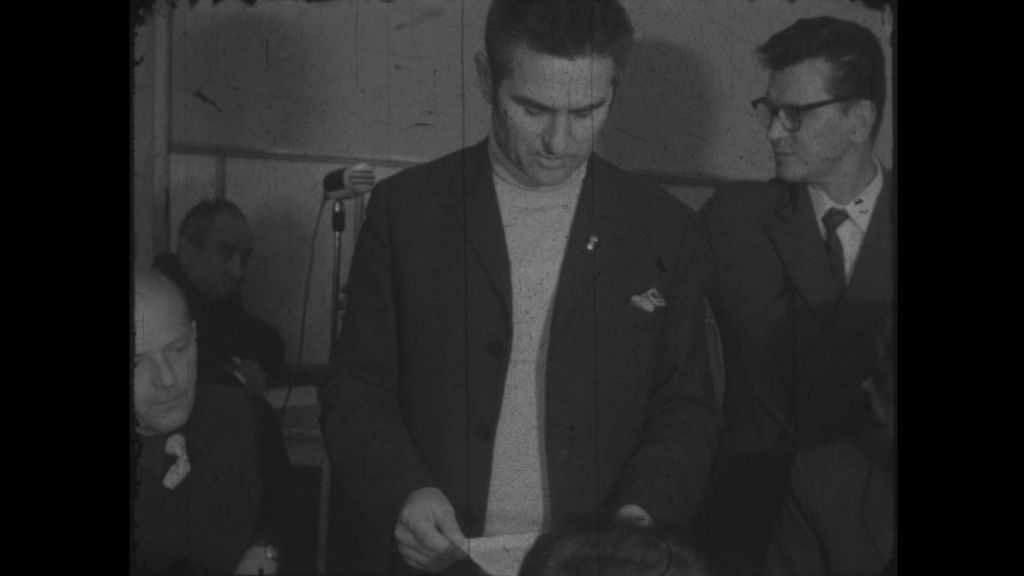
read more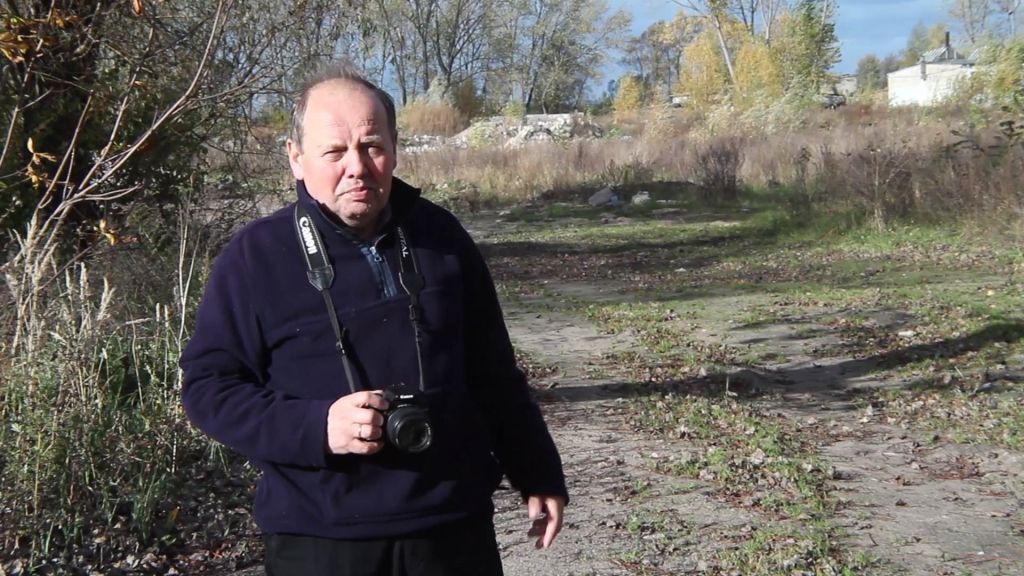
Authors:
- Homo Ciris
Homo Ciris
Production: SVK 2013Mockumentary about the man who wants to become a fish.
read more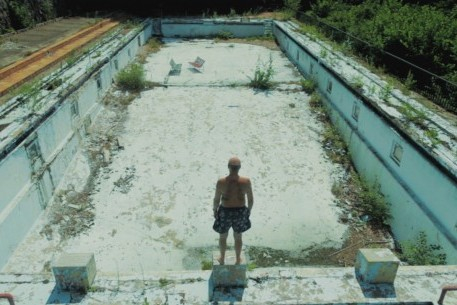
Authors:
- Hviezda
Hviezda / The Star
SVK 2012The documentary film "Hviezda (The Star)" tells a story of Jan Slovak, a 55 year old welder, who fell in love with acting. His desire began, when he got the lead role in a theatrical adaptation of the worst movie of all time, Plan 9 From Outer Space by Ed Wood Jr. The passion for theatre became his destiny.
read more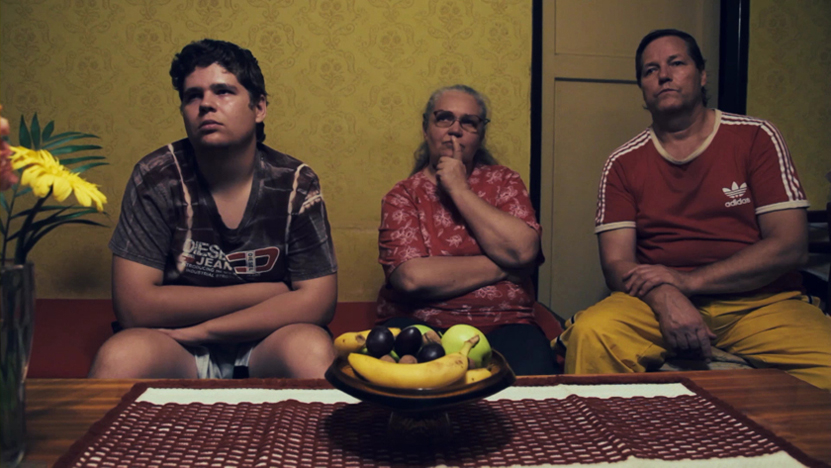
Authors:
- Hybris, 6'
Hybris
Prodction: Holland 2014“What would you do in your eternal life?” – this question was asked to a scientist during a 1960s talk-show. The person asking referred to the Bible, the scholar – as scholars do – preferred a more scientific or discursive style, because in fact... In this matter nothing can be a fact – then, and today. This conviction is consolidated by speculations on the scientist's real reflections, made in 3D.

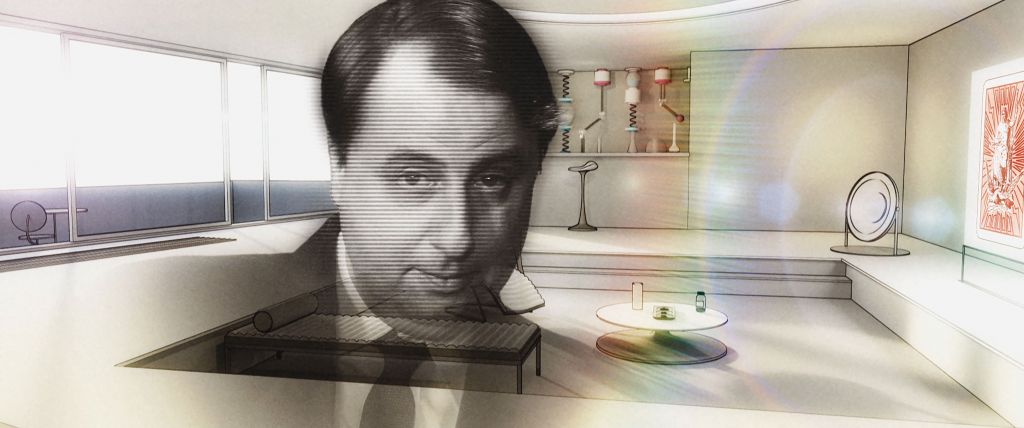
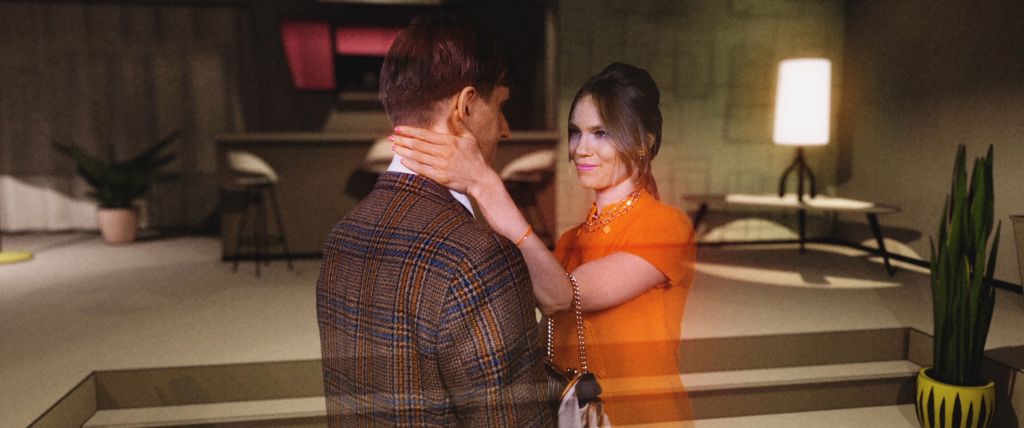
read more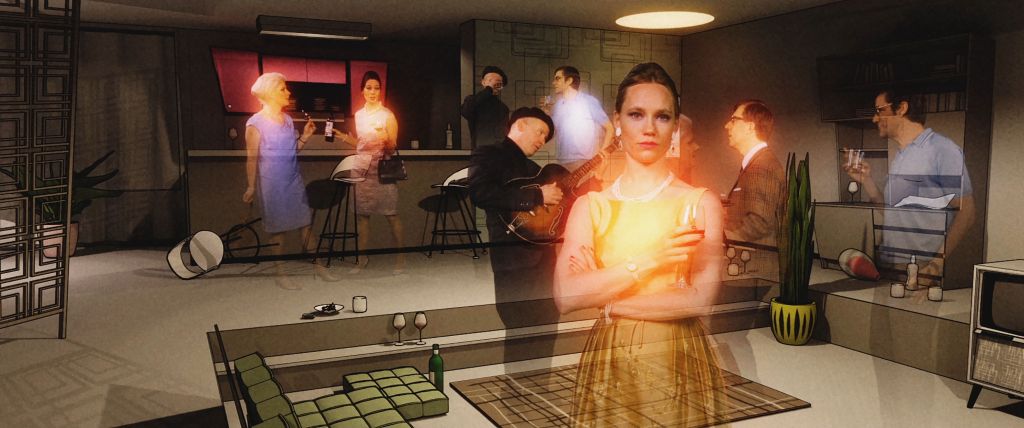
Authors:
- I'll call you when I get there, 20'
I'll call you when I get there
Production: Poland / Netherlands 2013 / 2014A young artist receives an invitation from a small Dutch gallery called Upominki. She travels to Rotterdam by train. She gets calls constantly: from her worried (soon to be terrified) mother, from her calm grandma, and from a professionally untrusting but cool-headed policeman. What can/could happen before the destination is reached, and beyond? A thorough analysis of the media's influence on our lives, produced with the help of some of these media.
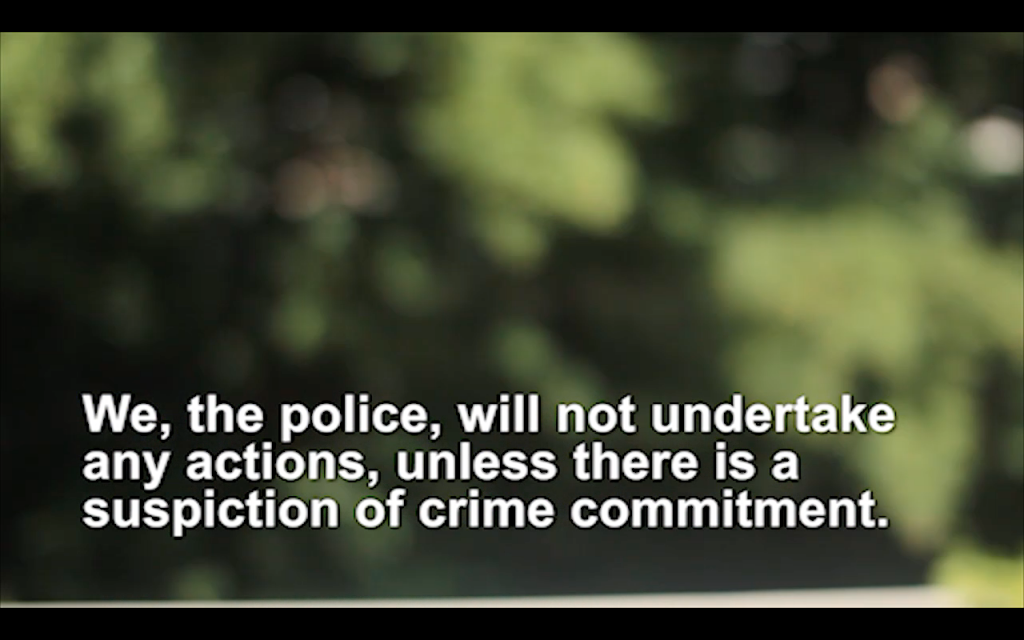
read more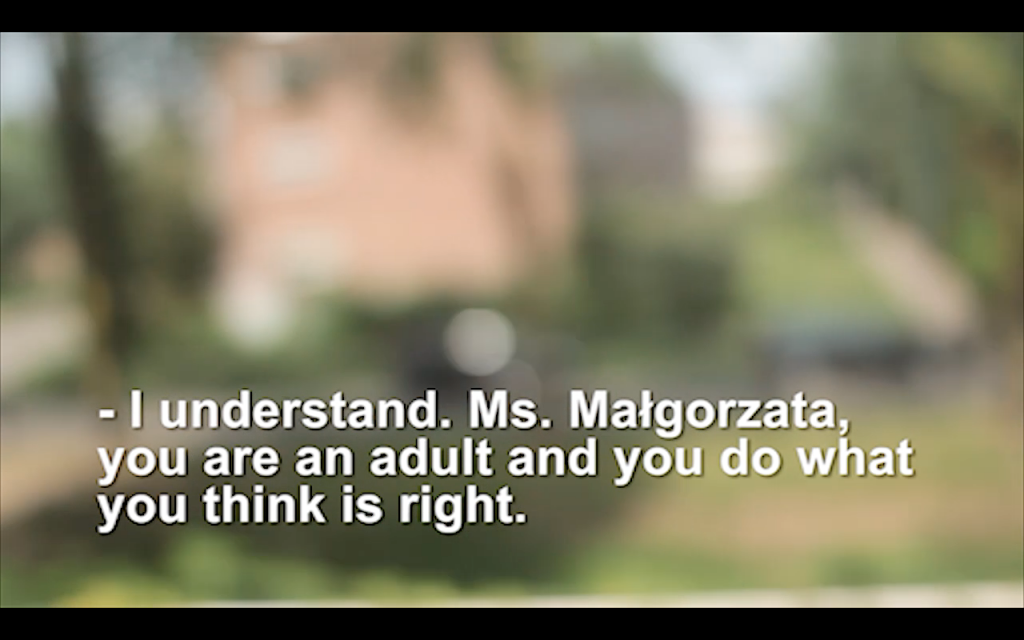
Authors:
- Idée Fixe, 02'' infinite loop
Idée FixeProduction: 2011
In 60-Seconds, a man walks in a circle, the circumference of which takes him 60 seconds to traverse. His first and last steps align perfectly so that there is no interruption as the film transitions from its last frame back to its first. Idée Fixe is a 2 second video loop in which the same train car progresses across the screen ad infinitum. Neither video has a defined beginning or end, and both are intended to be projected as endless loops.
read more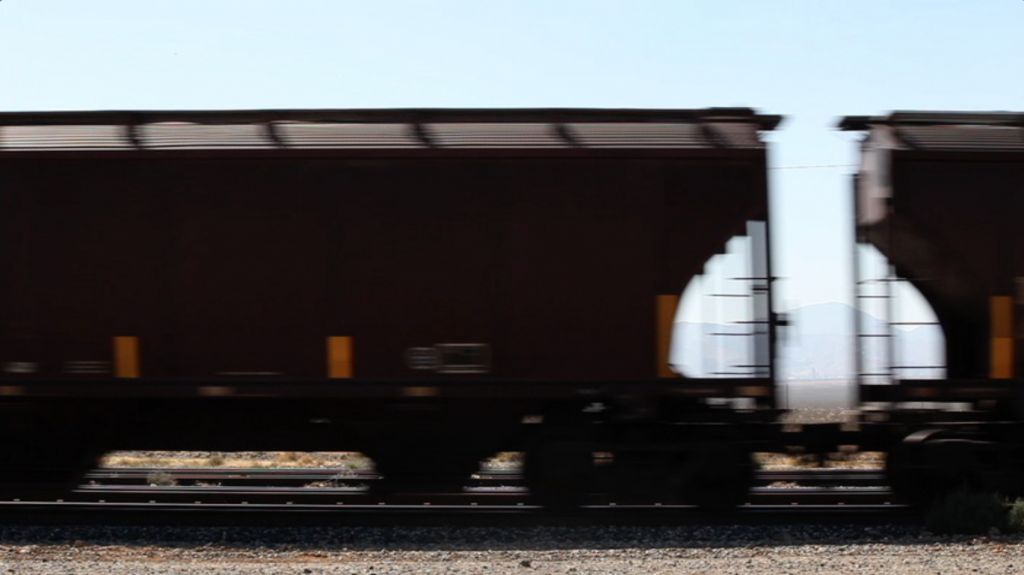
Authors:
- Imagine, 2' 46''
ImagineProduction: 2013
imagine how to sing and breathe under water
imagine the head held by hands under water
imagine he she they or a people sing and breathe under water
read more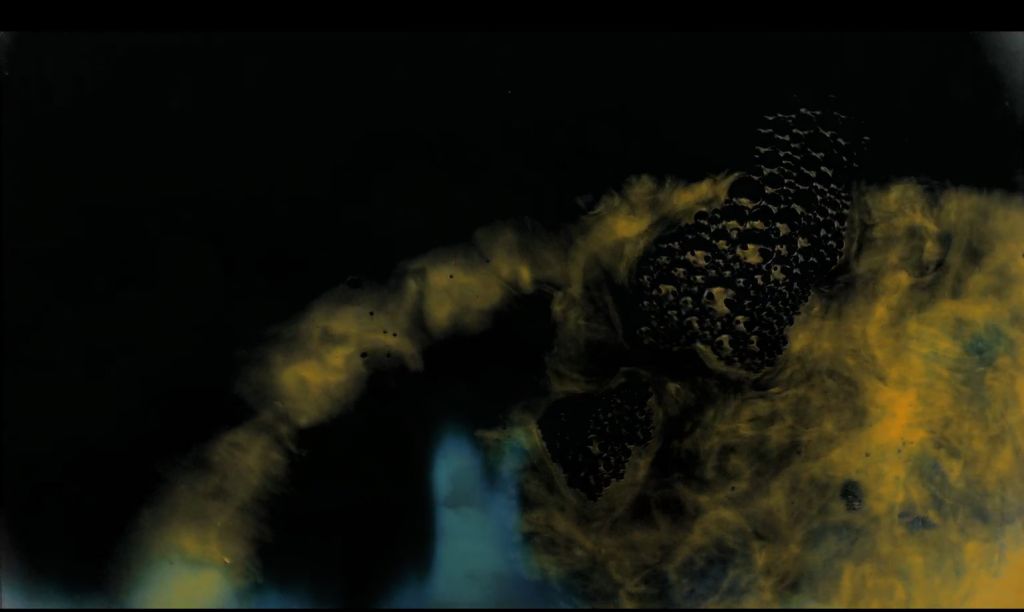
Authors:
- In Between / שם-מים, 1' 57''
In Between / שם-מיםProduction: 2009
Water balancing a boat that balances a woman that balances a tree. The fragile balance in between man and creation.
read more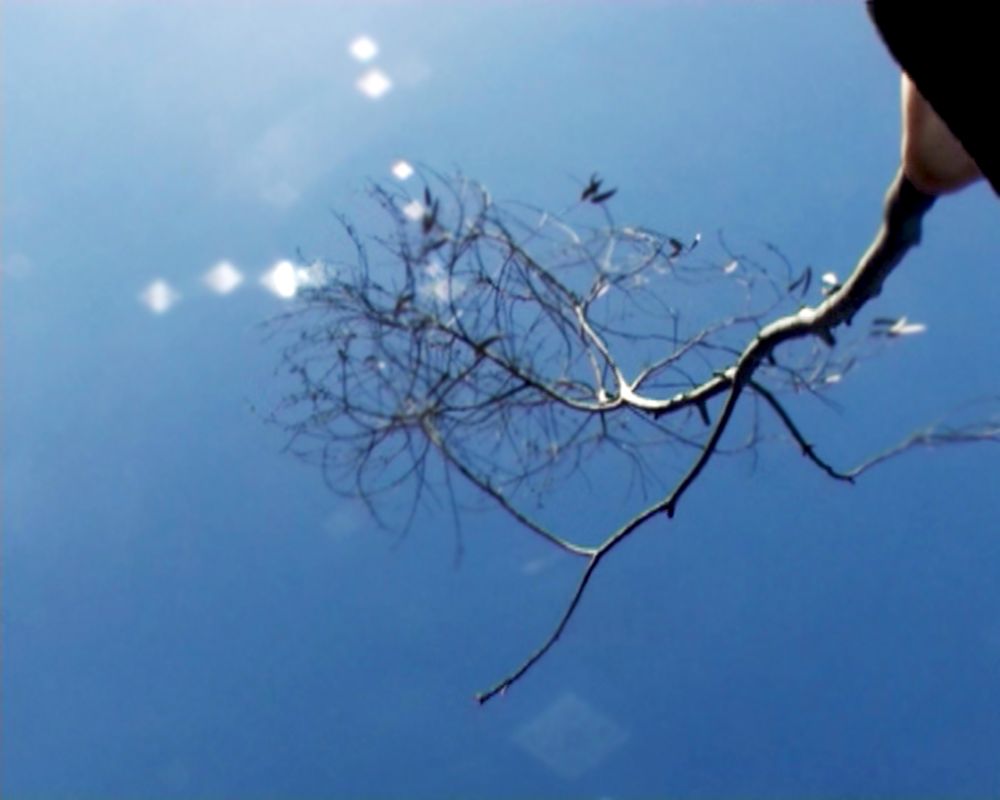
Authors:
- In der Nacht , 7'
In der Nacht / In the night
Production: GER 1931“Eine musikalische Bildphantasie“ – a piano and picture impression made on the 75th anniversary of Robert Schumann's death. The film is a kind of cinematic polemics with the composer's “Night Pieces.” The central motif is water. Water – one of the four elements, the symbol of new life and infinity, in Ruttmann's work shines in a raging whirlpool, a torrent, a steaming geyser. However, the director also shows the gentle face of water – the peaceful water surface or the innocent, playful waves. The film is a predecessor of a music video.
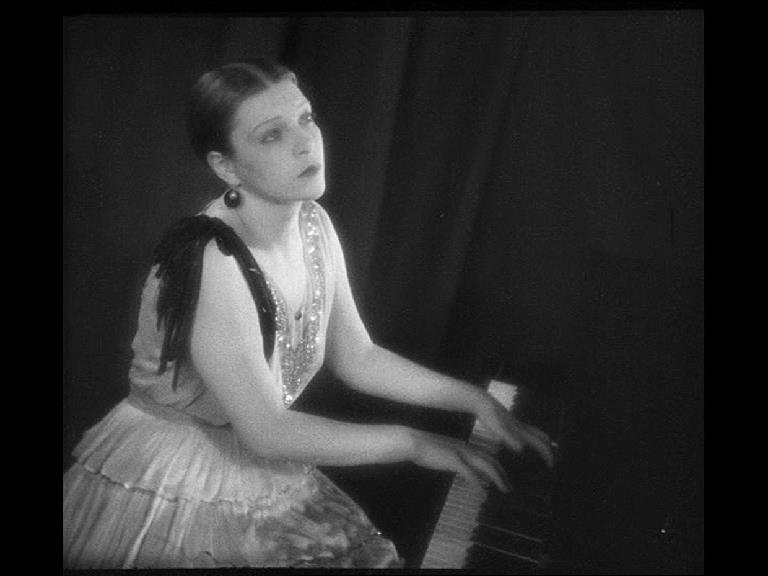
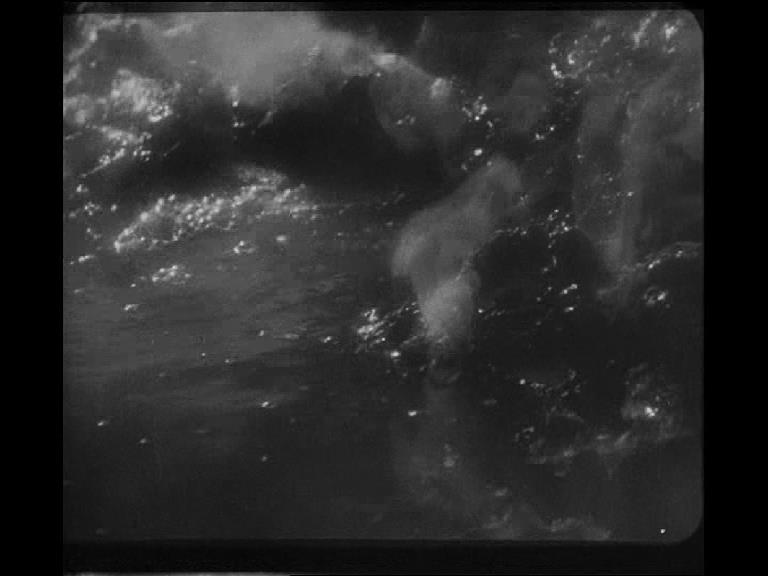
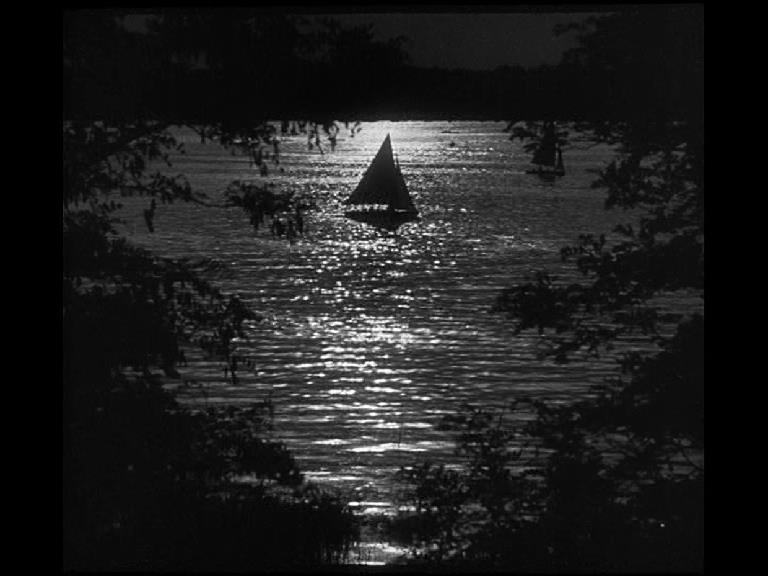
read more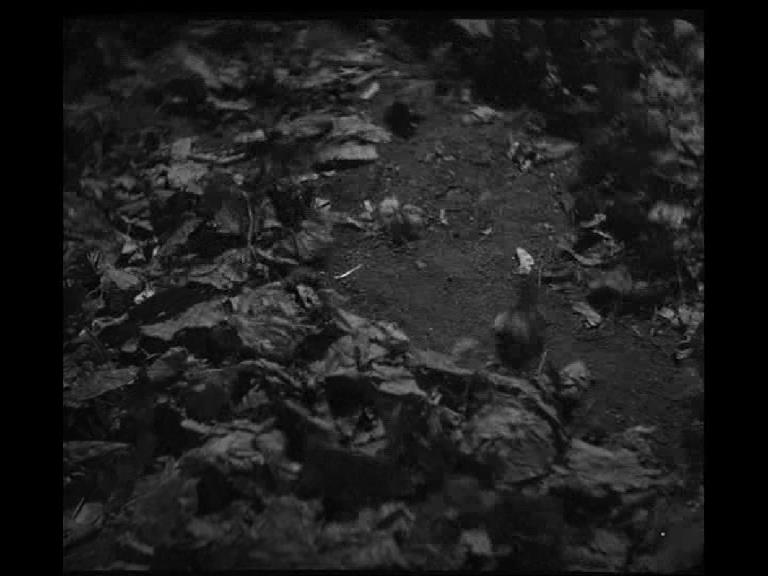
Authors:
- Inside Out, 2' 57''
Inside OutProduction: 2014
'Inside out’ is a sketch of peoples’ lives against a backdrop of tension between modernity and tradition in Addis Ababa, Ethiopia. The film takes a look at rapid urbanization—the two forces of destruction and construction—raising the question of what happens on the inside—within the hearts and minds of people—when the world begins to turn at breakneck speed on the outside.
read more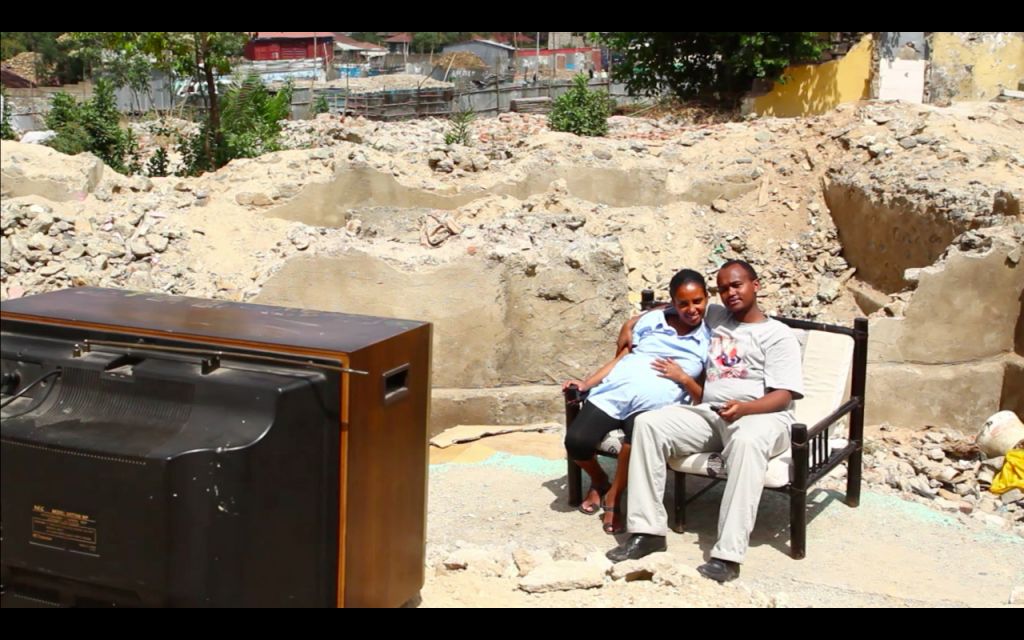
Authors:
- Is The Man Who Is Tall Happy?, 88'
Is The Man Who Is Tall Happy?
Production:FRA 2013The film is an attempt at presenting the extraordinarily interesting figure of Noam Chomsky, as well as his intriguing yet complicated scientific theories. Michel Gondry decided on an unusual move; he does not simply have a fascinating and frank conversation with the scholar, he also embellished it with fantastic animations which excellently portray what Chomsky is talking about. Owing to this, his ideas become much more understandable and approachable for the viewer. As a result, the film transforms into a real visual and intellectual feast, and its title is a conscious and somewhat ironic play referring to Chomsky's linguistic theory.
(Distributor's description)

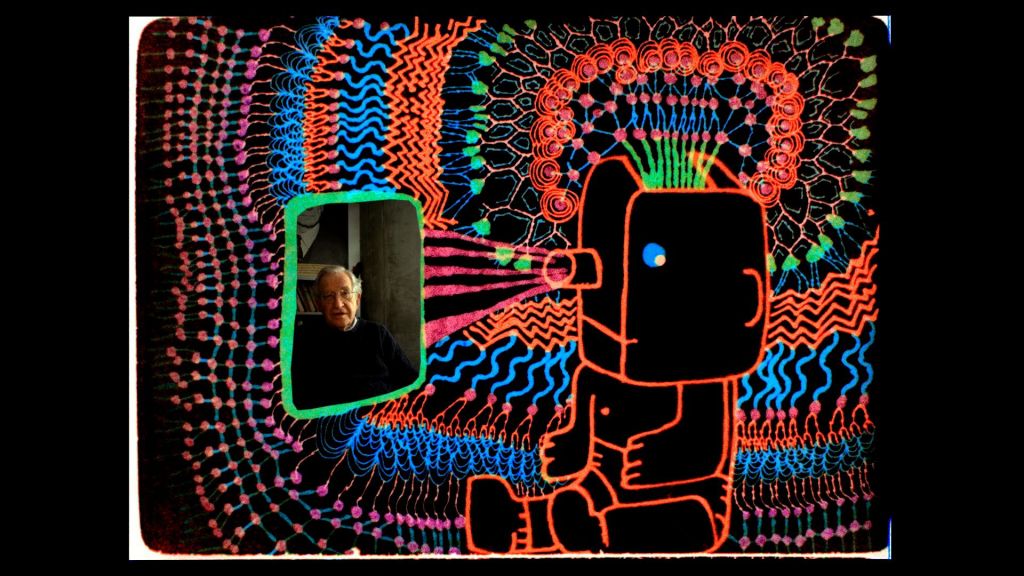
read more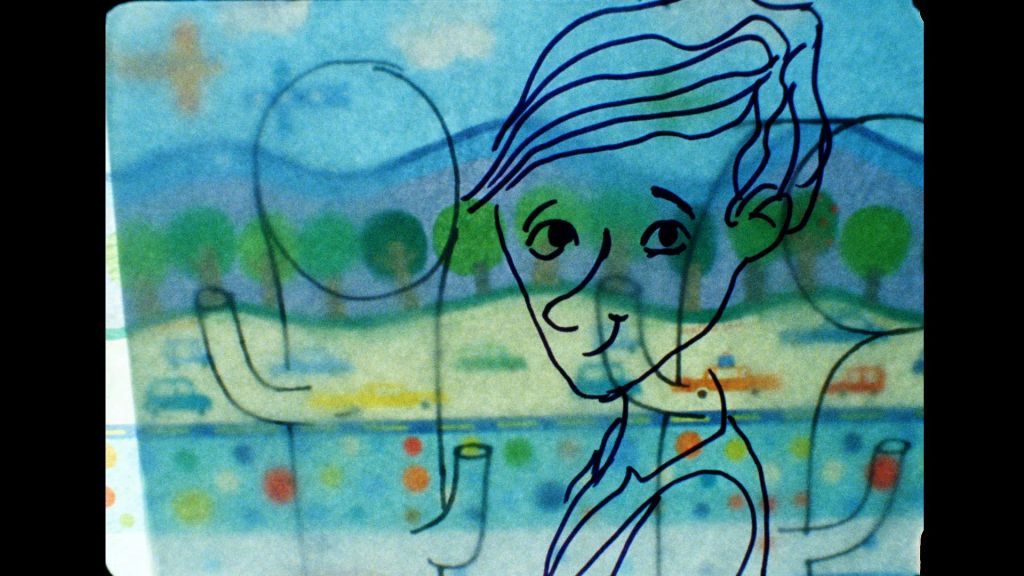
Authors:
- Jenseits des Lustprinzips, 6' 27''
Jenseits des LustprinzipsProduction: 2014
Audio:
Intro/ Hungarian Level Water report
Sound/ Roland Quelven
Voice/ Sigmund Freud & Melancholy Maaret
Footage: Sydney Police photographs dating from 1912 to 1948A bicephalous collaboration transcribed into a diptych composition related to Freud's book «Beyond the pleasure principle». Through an examination the role of repetition compulsion in potentially over-riding the pleasure principle, Freud ultimately developed his opposition between Eros, the life instinct, and Thanatos, the death drive.
read more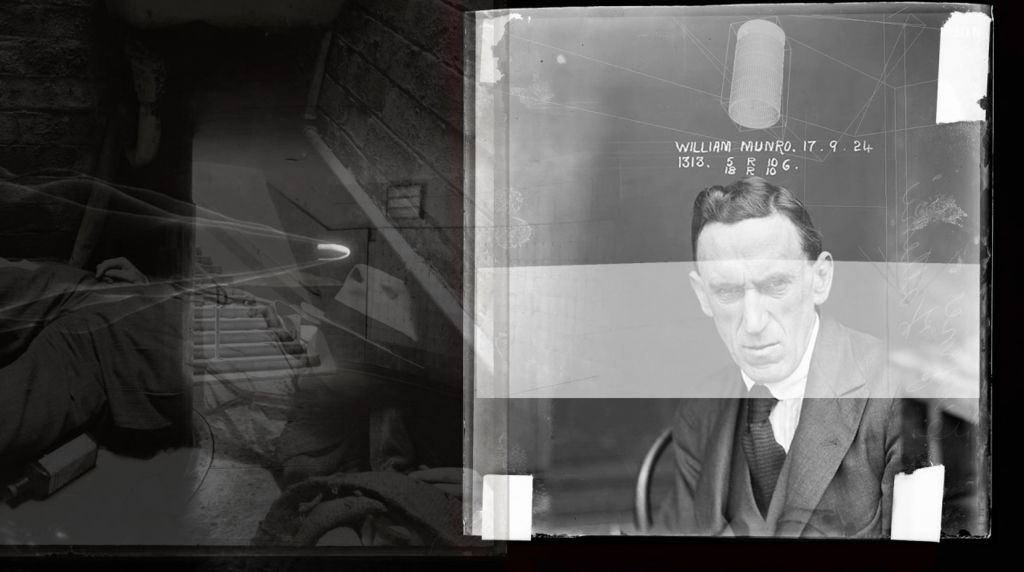
Authors:
- Jerzy Gumiela 1951-2010, 30'
Jerzy Gumiela 1951-2010Production: POL 1988
Jerzy Gumiela – painter, author of installations, happenings, video-art film productions, graduate of the University of Fine Arts in Poznań. With his ecstatic temperament, the active and multi-disciplinary author can inspire young painters, sculptors, and graphic artists from Szczecin and other Polish cities. Since 1990 he has lived and presented his art in the USA. His works are held in renowned European museums.


read moreAuthors:
- Kebab World, 3' 04''
Kebab WorldProduction: 2014
A simulation of late-night London reflected in the window of an East-end kebab shop. An exercise in minimal animation.
read more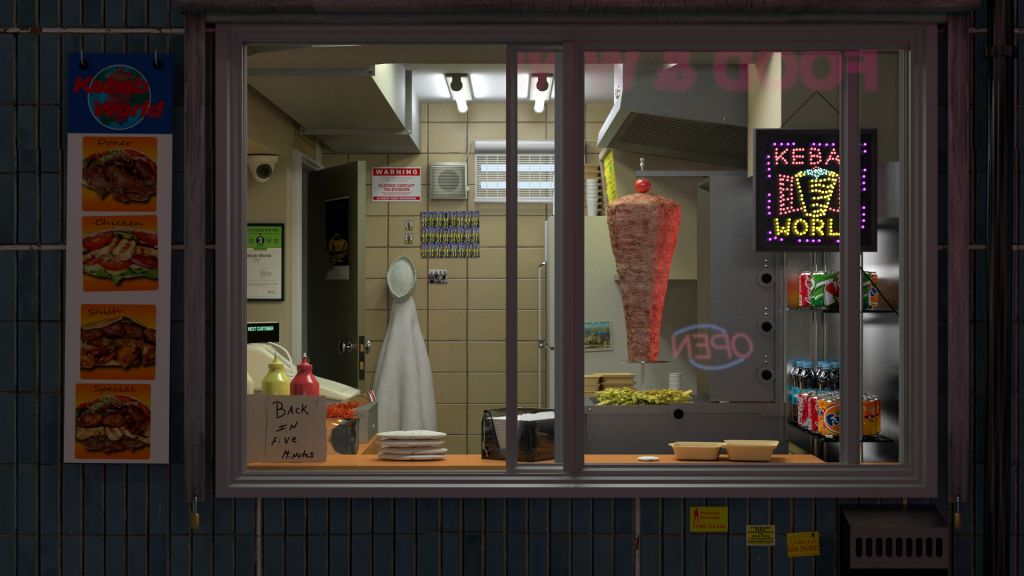
Authors:
- Kiedy będę ptakiem, 28'
Kiedy będę ptakiem / When I am a bird
Production: Poland 2013MuLa lives in a Thai village by the Burmese border. She is from the Kajan people and her neck is adorned with characteristic gold neck rings. Her life has not been easy as she had to leave her native Burma and seek refuge in Thailand while her only daughter stayed home. MuLa makes her living selling souvenirs to tourists but the family’s financial situation is very difficult. Monika Pawluczuk’s documentary captures the woman’s struggle with her depressing fate and her unquenchable longing for a better life.
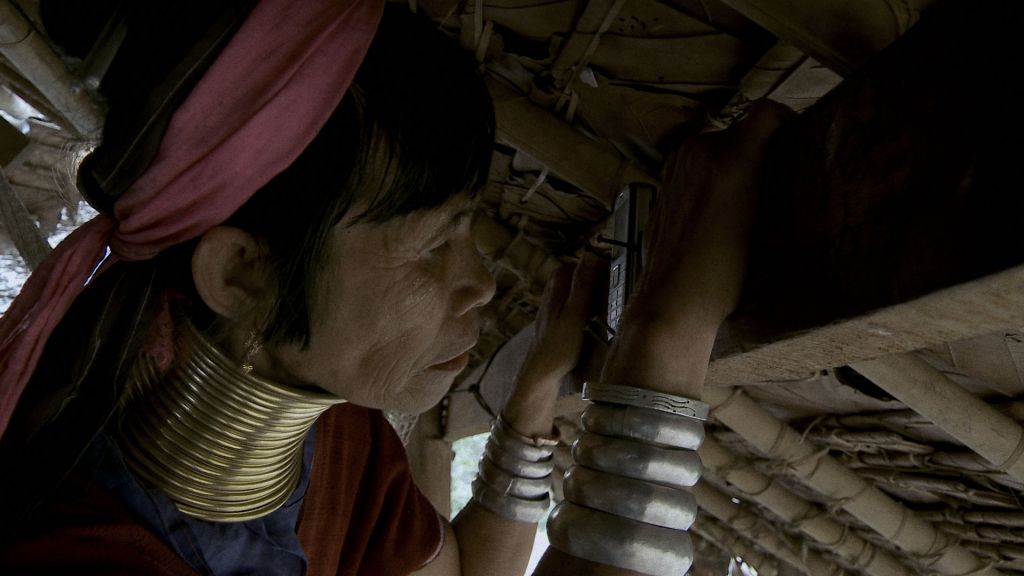
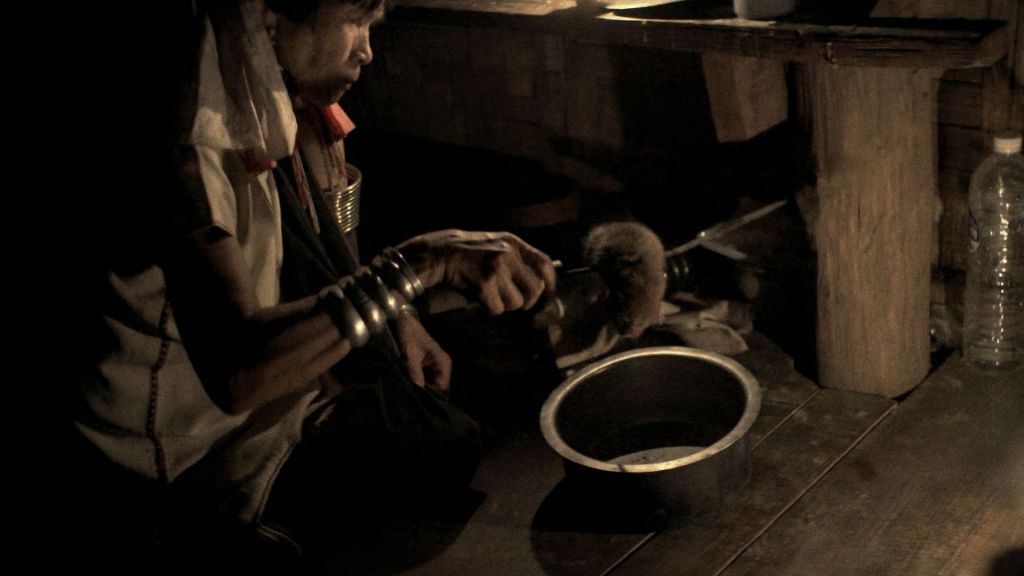
read more
Authors:
- Kierunek Nowa Huta, 12'
Kierunek Nowa Huta / Destination Nowa Huta
Production: POL 1951A film which can be recognised as a model agitational picture of the Stalinist times of Polish cinema, and which Andrzej Wajda could quote as the work of director Burski in his Man of marble. At the same time, a testimony of the experiences of artists who debuted in the times of ideologically and “aesthetically” dominating socialist realism. It has all the features of that period's documentary cinema, where commentary was the instance organising the whole film, carrying the biggest part of the ideological propaganda message, only supplemented by the adequately edited picture. The real idea behind the film is the apotheosis of the construction of the factory and the Nowa Huta city, which is created in opposition to Kraków, stale in its bad tradition.
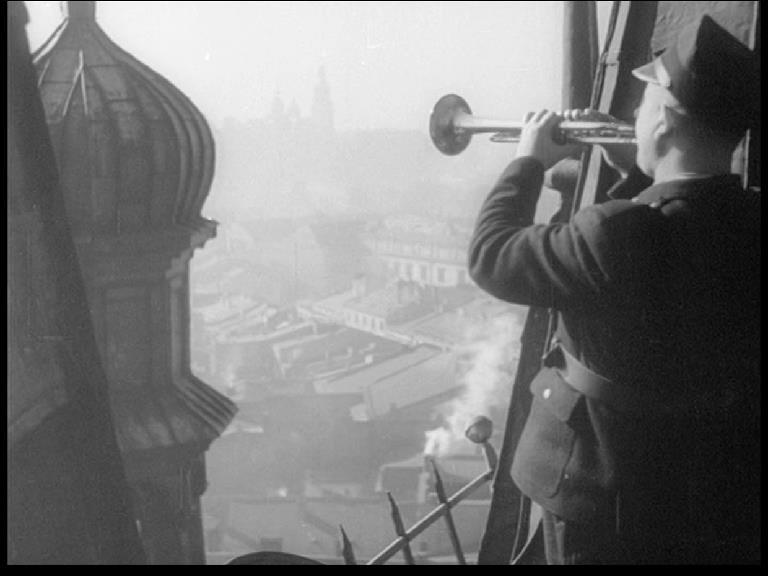
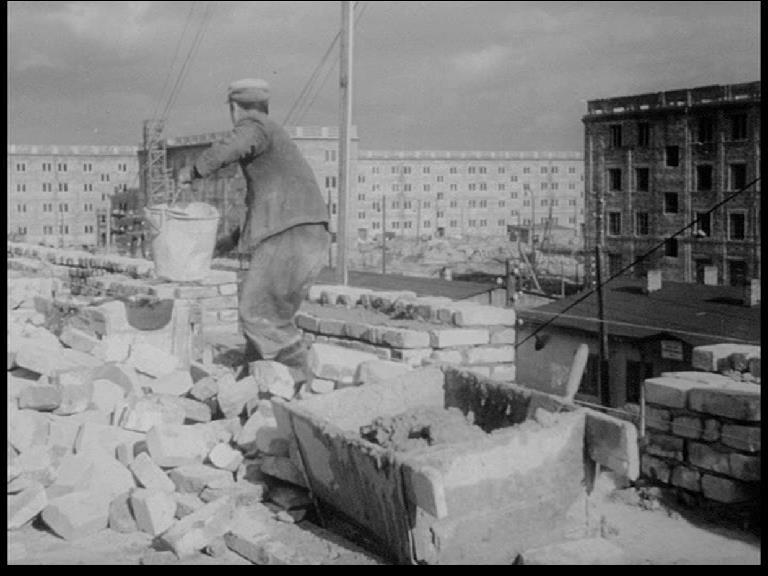
read more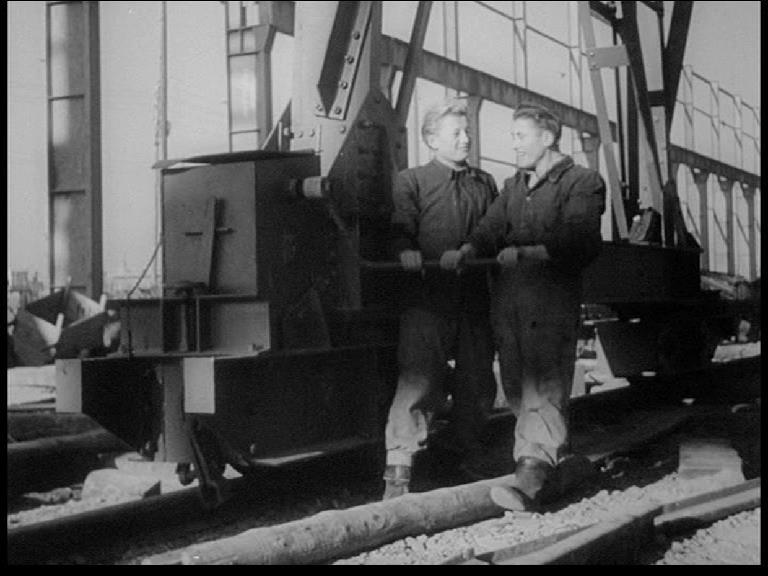
Authors:
- Kingdom Come: Rituals, 7'
Kingdom Come: RitualsProduction: Germany 2014
The view we get is one of non-participation, an inaccessible anomaly to any form of definition which is the precise perspective the artists want to experiment with when looking at the space and surroundings of what signifies the German political centre, at political geography and urban landscapes of power. KINGDOM COME was initiated by the artists’ discovery of pigeon photography: a method used mainly during World War I in the field of what would nowadays be called ‘unmanned reconnaissance’.
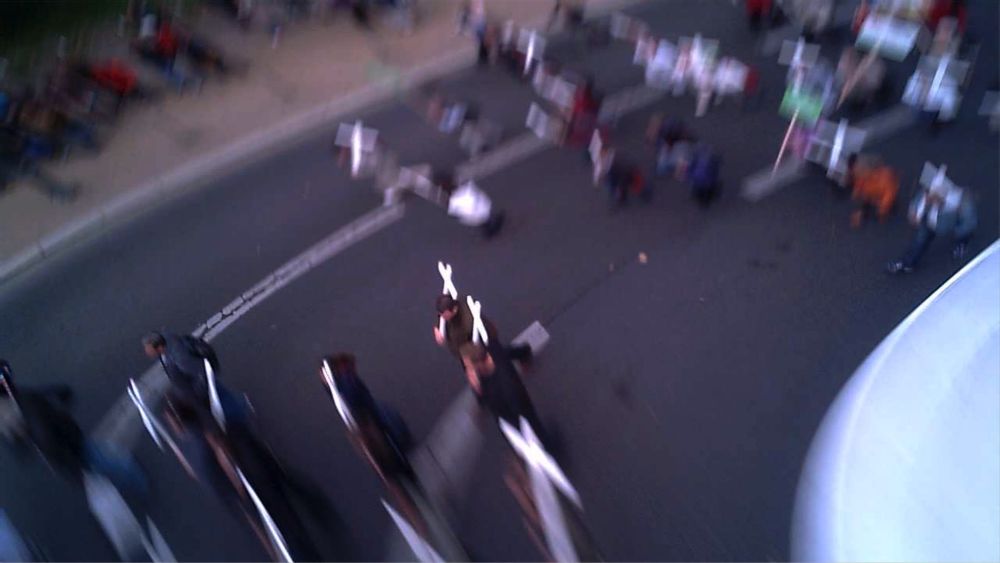
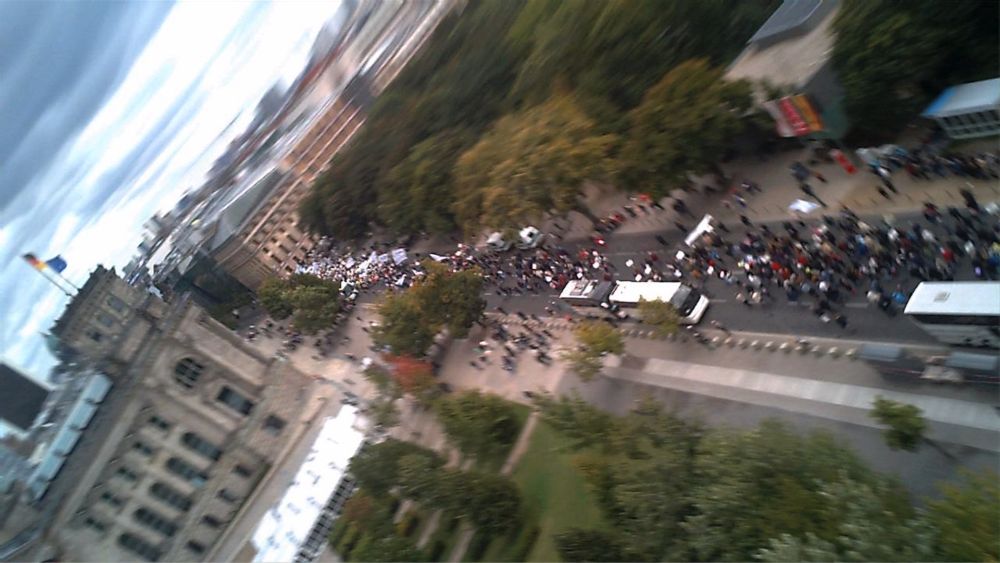
read more
Authors:
- Kolejarskie słowo, 21'
Kolejarskie słowo / A Railwayman's Word
Production: POL 1953Although this film seemingly fits the formula of socialist Poland's “production reportage,” it is actually a breakthrough in Andrzej Munk's documentary work. The quasi-feature film structure of the film is based on the task set before the crew of the coal train from Silesia to the steel mill in Szczecin, but also before other railwaymen assisting in the train's long route. The fight to carry out the plan, which is a typical topic for socialist realism cinema, was pictured by the filmmakers in a way which escapes the formula typical of those days. It is the people responsible for the task who are the most important here – their work ethic.
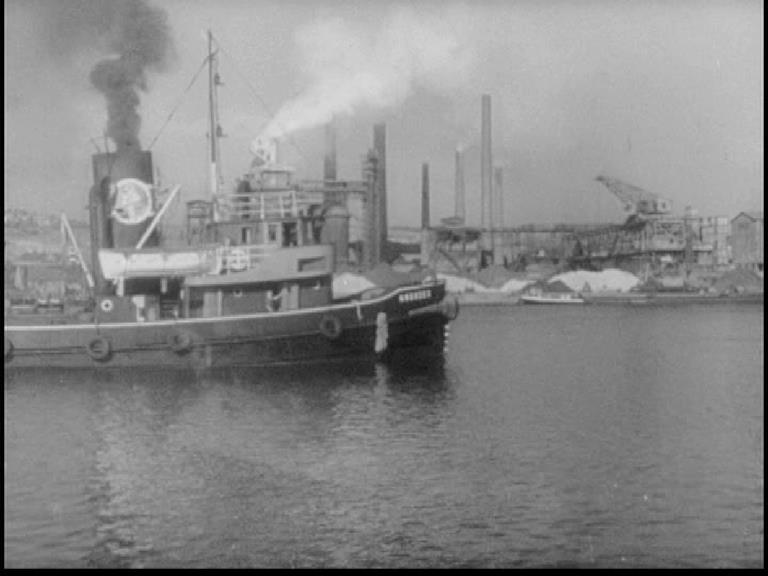

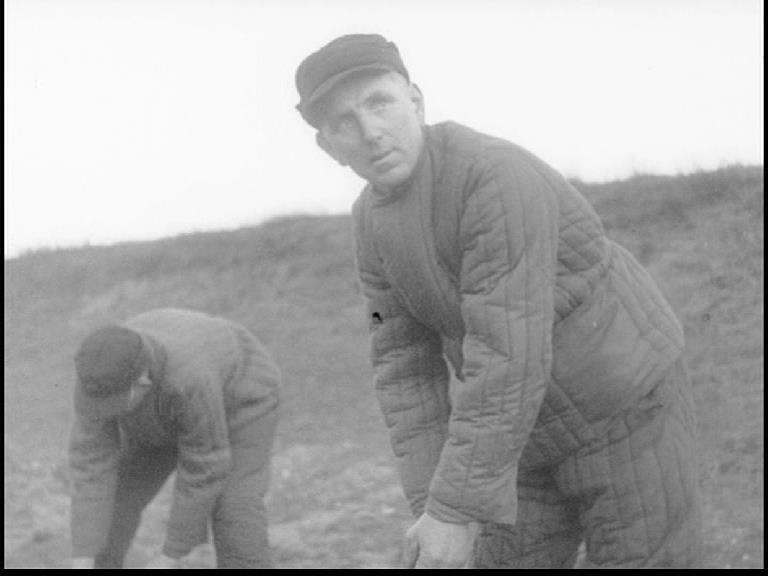
read moreAuthors:
- Koora, 10'
Koora
Production: GER 2012A documentary showing one day in the life of the people working at the landfill in Howrah (India). That is where garbage from 16 mln people can be found. Thanks to this more than 200 people have a job, picking garbage. However, the poverty all around is unimaginable – mothers who busily look for food waste to be able to feed their families. Children who play joyfully, regardless of everything around them, and herds of wild pigs fitting into the landscape. A film about the everyday struggle to survive, about dreams and visions.
FiSH: Film of the year 2014, BDFA Gold Medal 2013
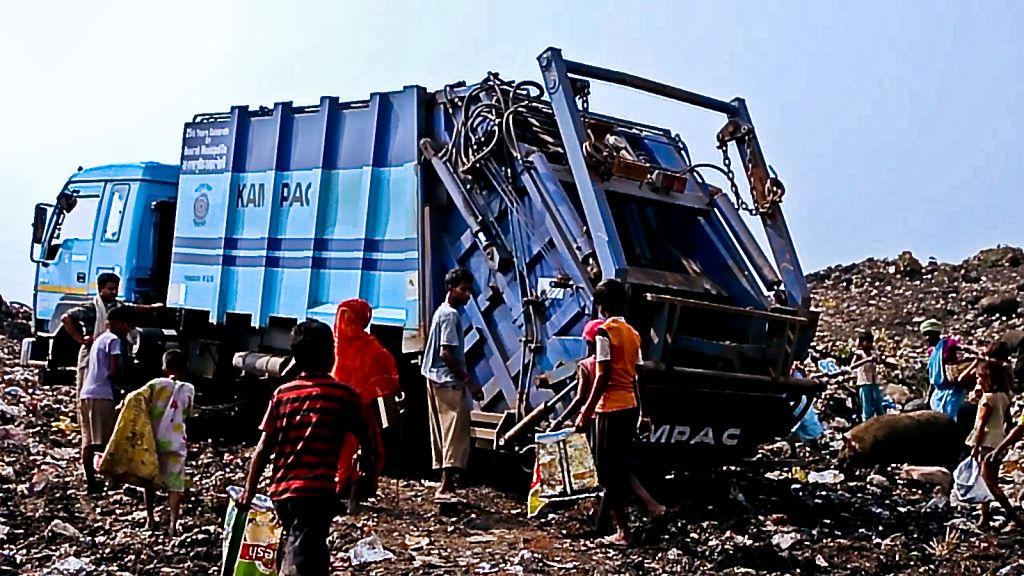
read more
Authors:
- La Fièvre, 40'
La Fièvre / A Spell of Fever
Production France 2014A feverish night in Morocco, year 2011. A child feels the presence of a spirit: it is a woman who came from the sea, returned after a long exile. The cause of her exile was political. This film is a quiet tale: a bodiless voice and visions entangle in the darkness of the night and the fever. The child of contemporary times and the political refugee come back home, they become one, they roam through strange, abandoned buildings, in search of a lost home and childhood. A voice of a man returns from the past to protect the woman and revive her lost memories. The history of decolonisation, a forgotten fight, appear and disappear in feverish hallucinations. And then a new fight, the Arab Spring in Morocco, floods the future.
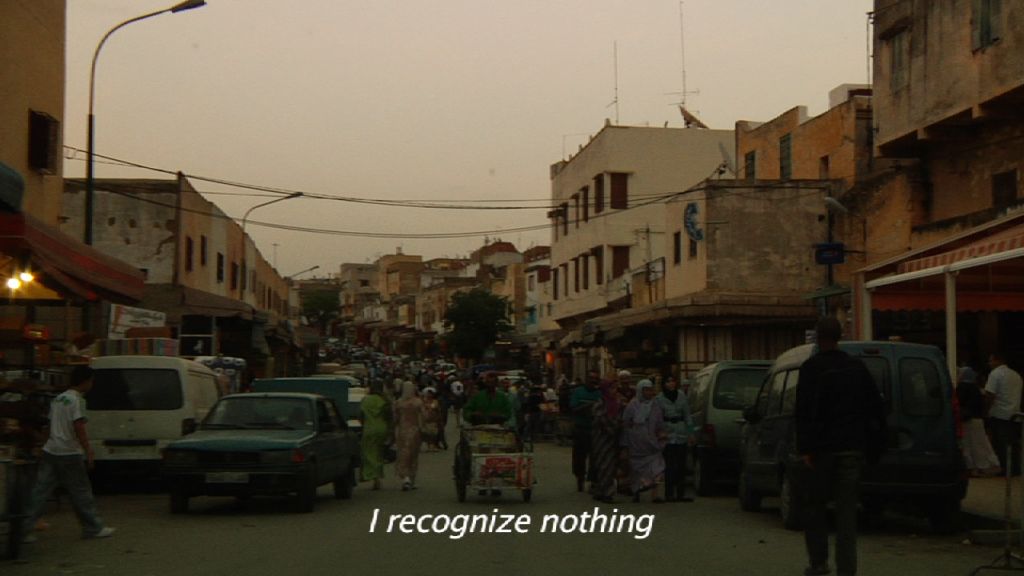
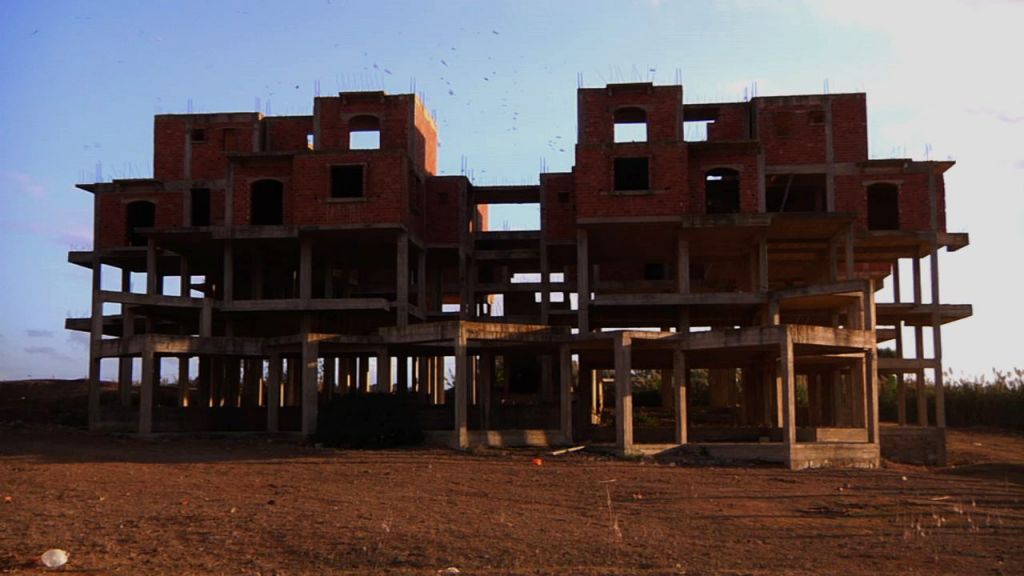
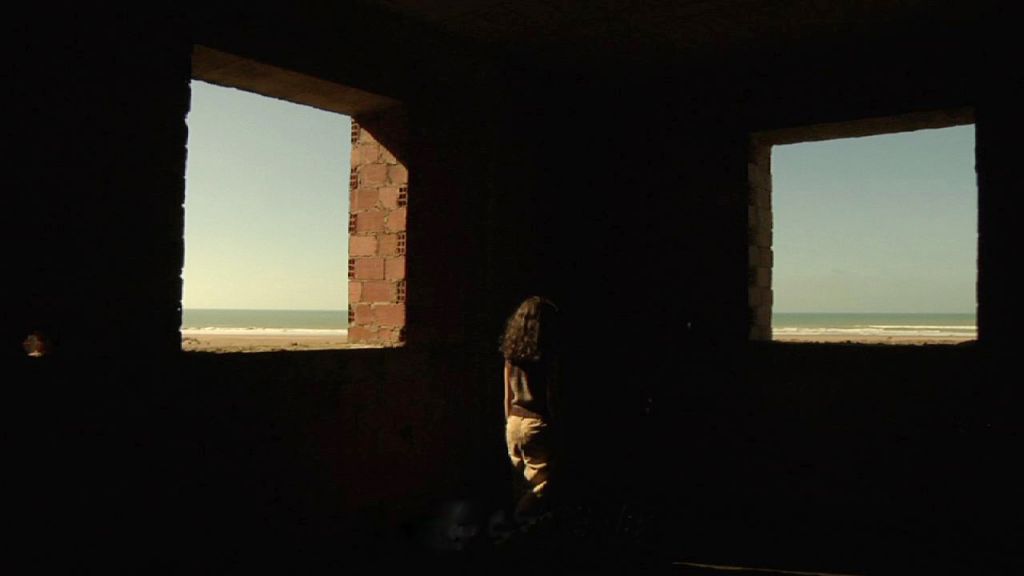
read more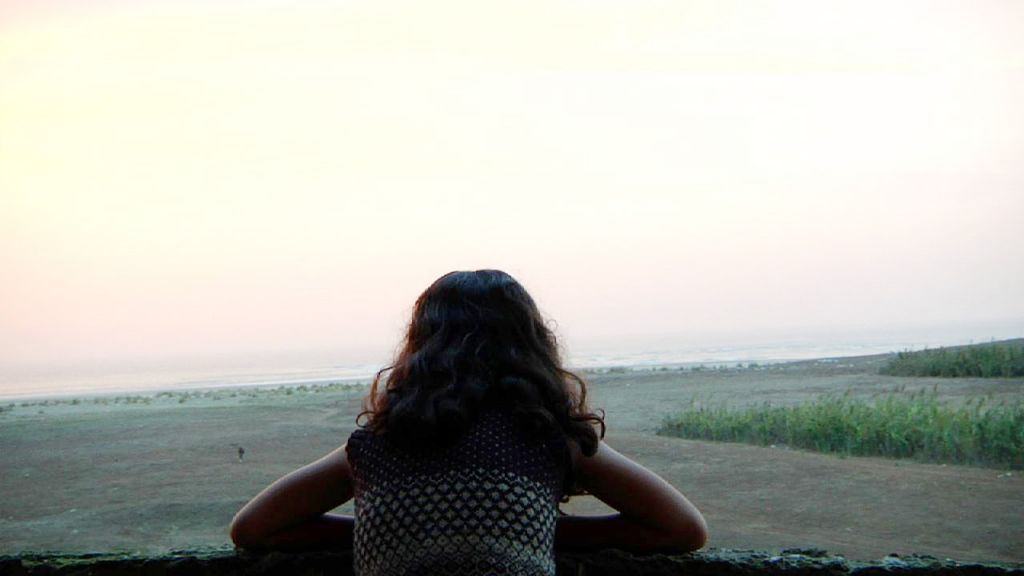
Authors:
- La Reprise
La Reprise is an ongoing exercise begun on April 21, 2013.
Every week, a subsequent minute is produced consisting of scenes shot that week along with archival material from the past years. Footage and sound are consistently recorded with the same single device.
The film may distort, but there is always a presumption that something exists, or did exist, which is what was recorded.
The sequences are neither true nor false, they integrate various degrees of theatricality and authenticity. They become portraits of an agitated immersion in the perpetual process of systematic indexing and gathering, and of close observations.I am a passenger, a witness to recurrences and patterns.
This continuous collage of archives is the tension. The narrative is disconnected from the sum of its parts, and elaborates on successes and failures. Each screening becomes a unique occasion to view the film as the succession of each 1min weekly film is then randomly sorted.La Reprise. #60. June 8, 2014
https://vimeo.com/97680929
La Reprise. #52. April 13, 2014
https://vimeo.com/91870086
La Reprise. #51. April 6, 2014.
https://vimeo.com/91331783
La Reprise. #47. March 9, 2014.
https://vimeo.com/88606809
read more
Authors:
- La Société du Spectacle, 4' 30''
La Société du SpectacleProduction: 2014
In his 1967 book “La Société du Spectacle,” French Marxist theorist Guy Debord observes “All that once was directly lived has become mere representation” and laments “the decline of being into having, and having into merely appearing.
No doubt these ideas have accelerated exponentially over the past 45 years and ring more true today – and somehow relevant to a holiday called Thanksgiving when pictures of distant loved ones are replaced by the actual people for a few hours.
Italian director Russosky interprets Debord’s thoughts into this carefully curated and hyper-detailed matrix of cycling images which resolve into a QR code.
read more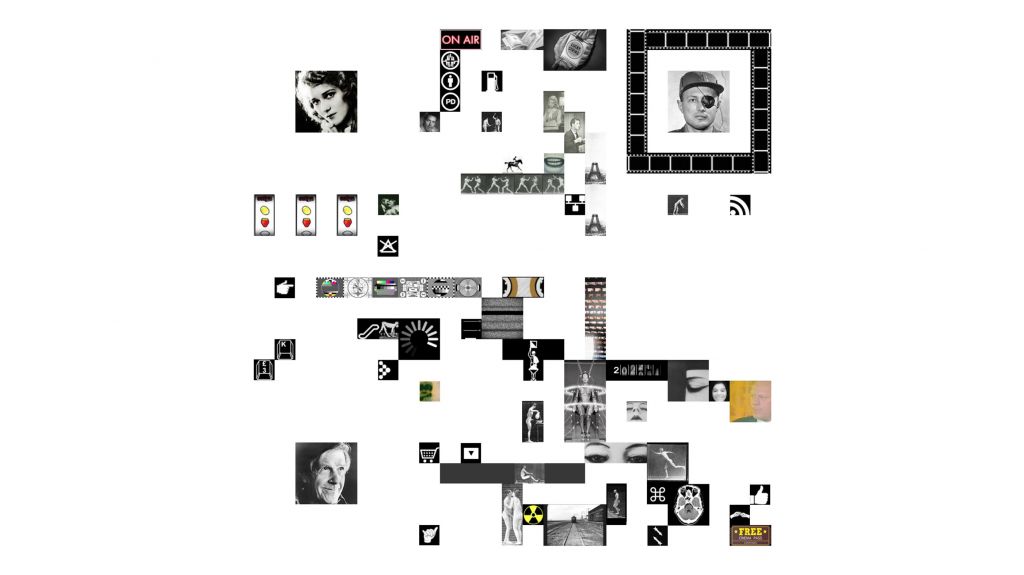
Authors:
- Laugh Tracking, 1' 35''
Laugh TrackingProduction: 2006
A funny (yet uncomfortable) exploration of personal space through the lens of both human and machine, this video short turns the "eye of the beholder" back upon itself.
read more
Authors:
- Laut & Leise, 14'
Laut & Leise / Loud & Low
Production: GER 2012It´s summer holidays. Greta (12) and Gunnar (12) spend a lot of time on the adventure playground building a hut. But there´s a new feeling in Greta´s stomach, making her curious. Both want to spend the afternoon together at Greta´s place. Waiting for Gunnar's arrival, she unexpectedly get in contact with a porn for the first time. Greta is confused and as Gunnar finally arrives, everything´s different…
FiSH: BDFA Gold Medal 2014
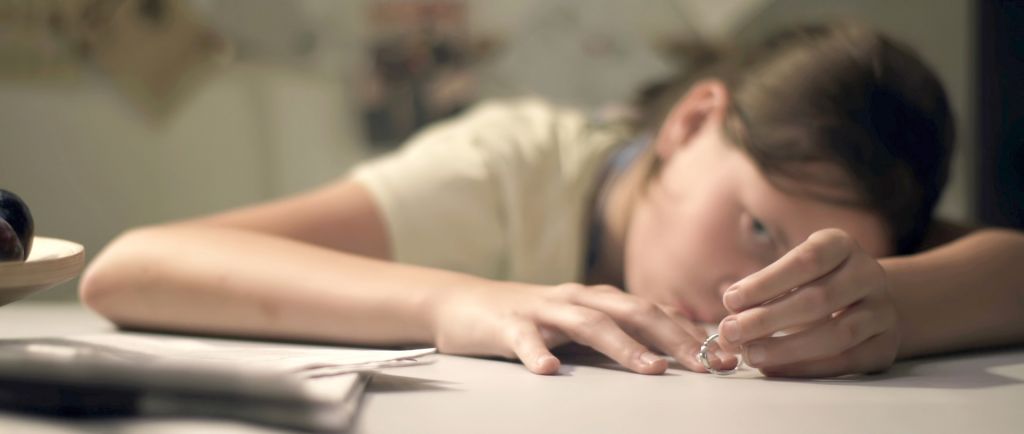
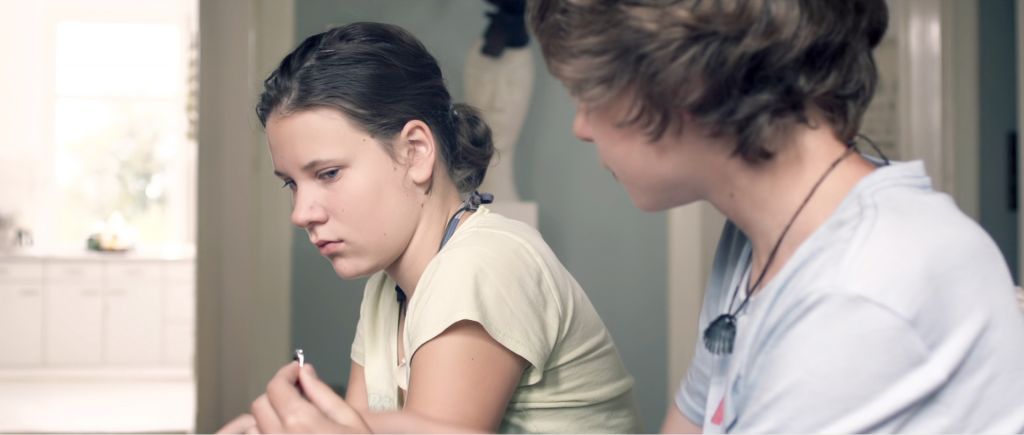
read more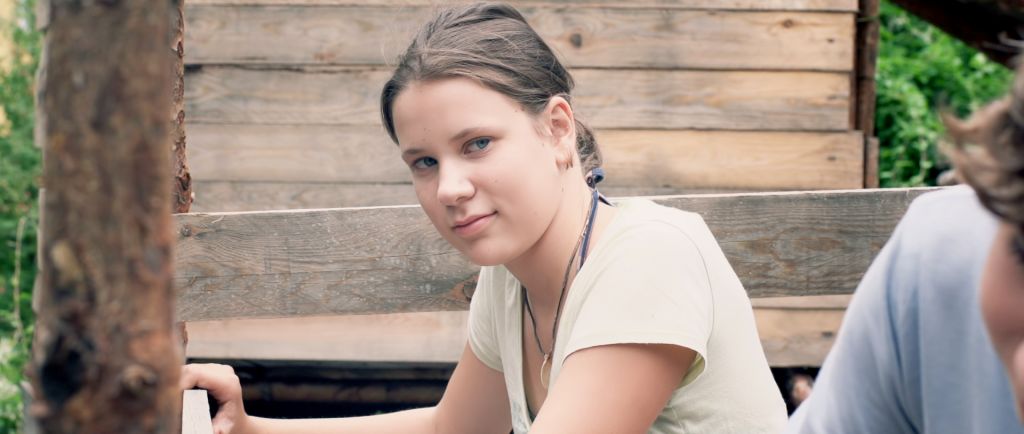
Authors:
- Let Christy Take It , 6' 14''
Let Christy Take ItProduction: 2011
My Left Foot beat synched to a track by Sunil Sharpe
read more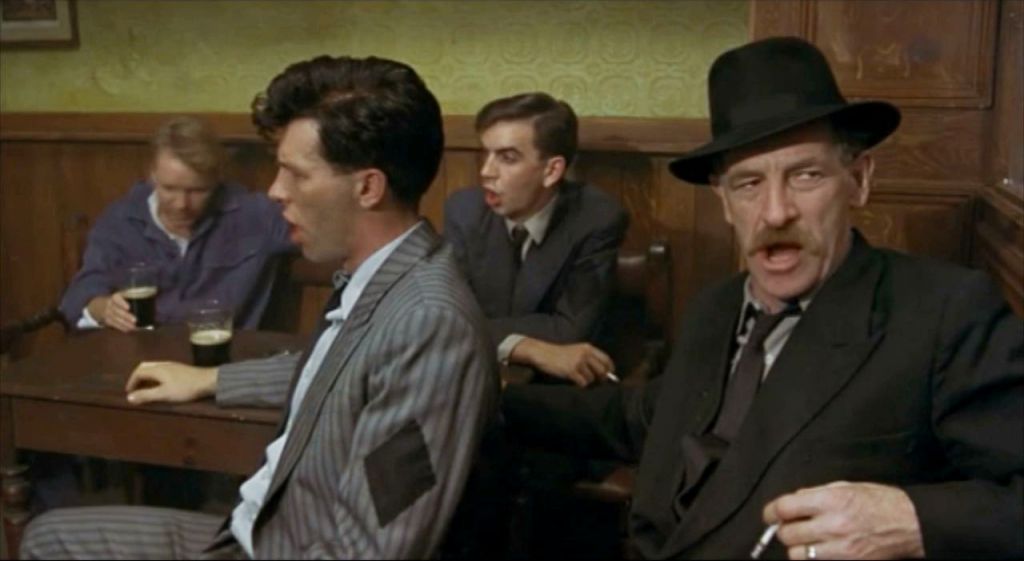
Authors:
- Lick Suck Screen, 0' 50''
Lick Suck ScreenProduction: 2013
Lick Suck Screen is a performance co-starring honey and a webcam. In the video, the artist drips honey onto an webcam embedded in her screen and licks it off, sensually engaging her computer.
read more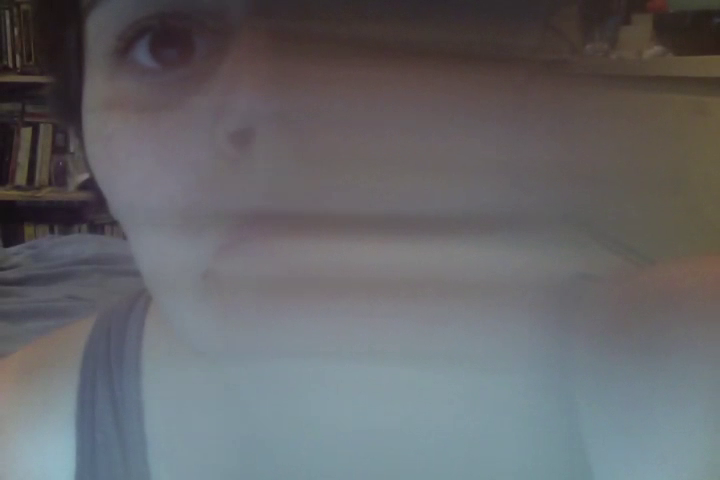
Authors:
- Mamo, gdzie jesteś?, 11'
Mamo, gdzie jesteś? / Mom, where are you?
Production: POL 2014In 2010 the fate of little Adrian moved the hearts of people so deeply that the boy did not only receive material help, but also his biggest dream came true – abandoned by his biological parents, he found new ones. Adrian, fighting an incurable disease, wanted to have a new home and, finally, a wonderful childhood. But the new parents put the boy into foster care in less than a year after taking him in. Will someone finally love Adrian?


read more
Authors:
- Matter of State, 3'
Matter of State
Production: Poland / Germany 2014An experimental short focusing on the changing environment that we inhabit: from nature's bosom to a world of technology. A split screen, replicating the portrayal of the same person in a woodland and an urban environment; it tests our perception by showing what became paradoxically natural for the Western man: the rejection of Nature, and unrestrained faith in technology. This rejection is probably irreversible.
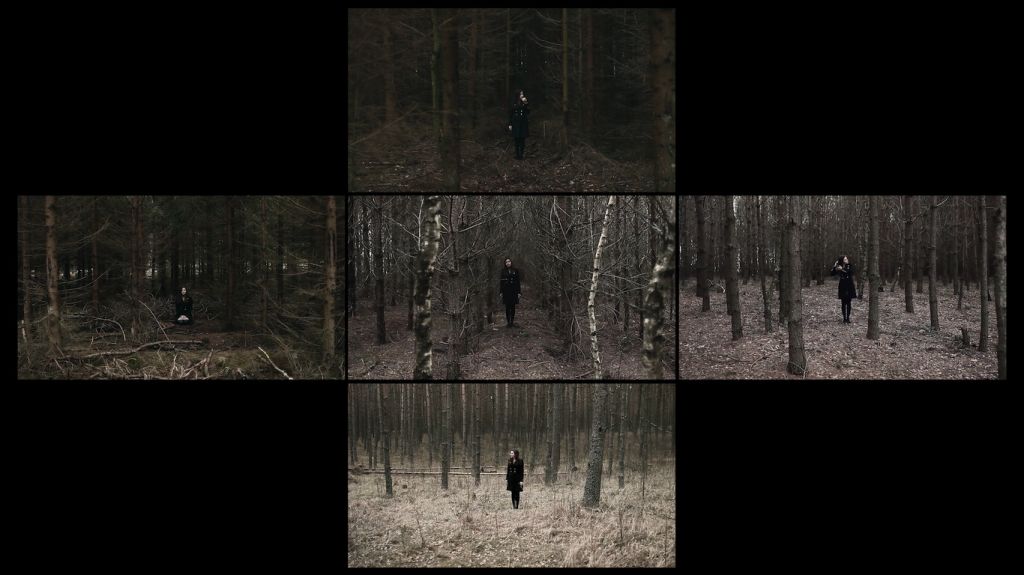
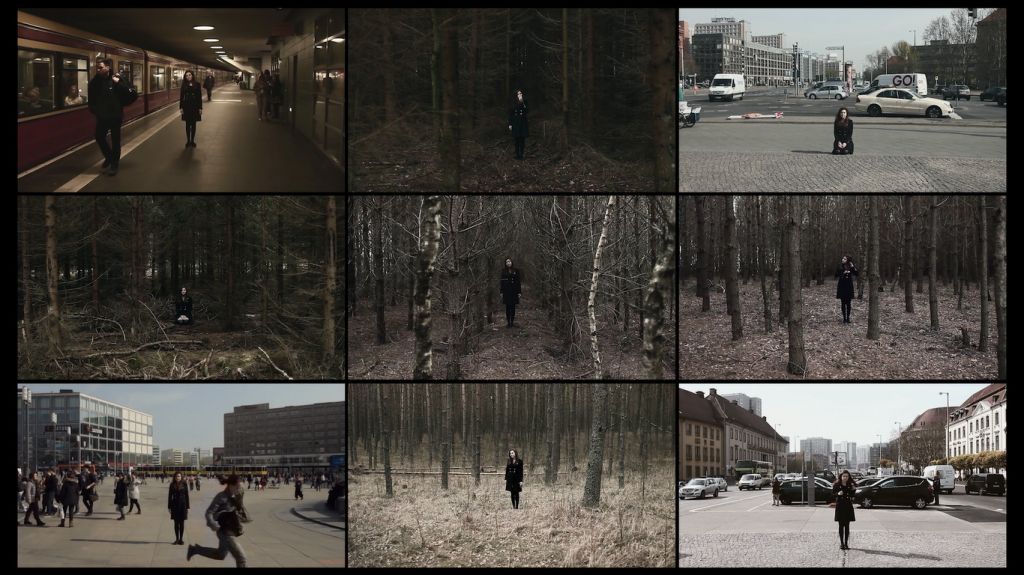
read more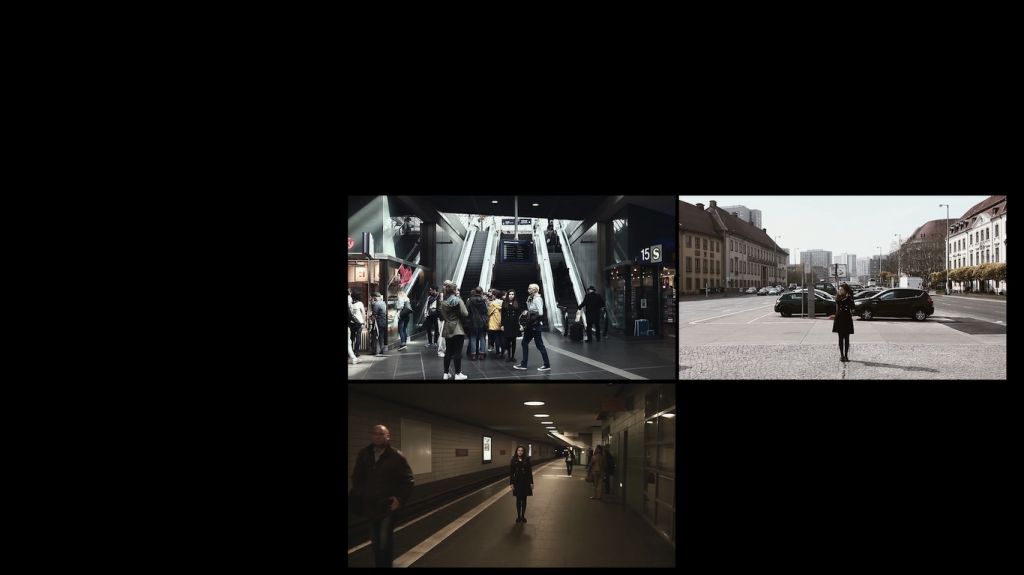
Authors:
- Mein Leben als Kosmonaut, 13'
Mein Leben als Kosmonaut / Living in Space
Production: GER 2013Oliver has schizophrenia. In his life imagination and reality form a world, where it's hard to resist being dragged in illusion, but even harder to get out of it. Every day, he lives with a threat of falling back to psychosis. But Oliver is struggling and quite happy about every boringly ordinary day. An Animated Documentary about Oliver, a man from Tallinn, who, as a young man suffered from bouts of schizophrenia.


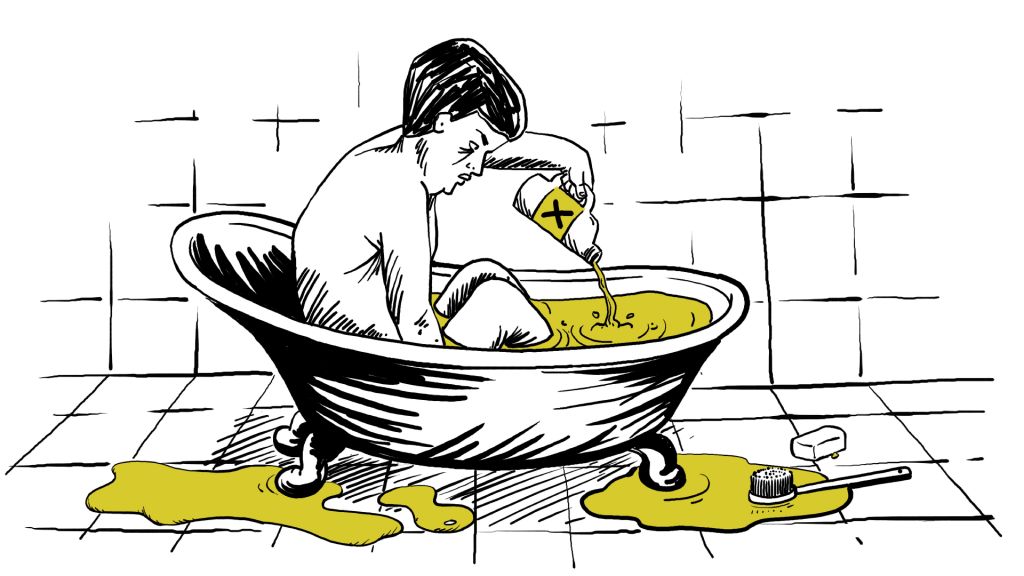
read moreAuthors:
- Melancolía, 3' 13''
MelancolíaProduction: 2008
experimental short film about Madrid and the melancholy that i was feeling during the time the short was made.
read more
Authors:
- Melodie der Welt, 49'
Melodie der Welt / Melodie świata / Melody of the World
Production: GER 1929The documentary, first made as an advertisement for the Hamburg-America Lines, is the first German feature-length film with sound. A sailor and his beloved with all their belongings go to the port where a ship is waiting for them. These are the last sweet moments they spend on land, for they are about to part with what they know and enter the new, faraway land. The picture includes rhythmic sequences that depict the confrontation of man with war, death, love, and fun. A film which by many critics is believed to be the predecessor of such documentaries as “Koyaanisqatsi” by Godfrey Reggio or “Baraka” and “Samsara” by Ron Fricke.
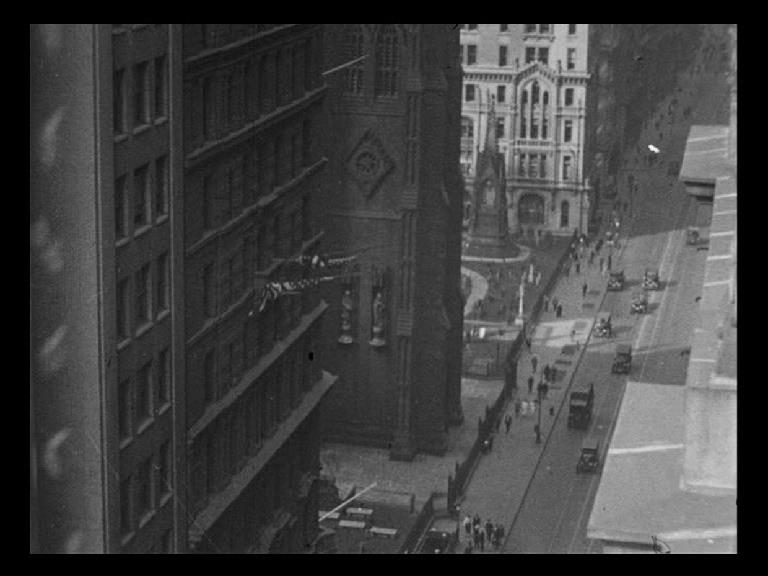
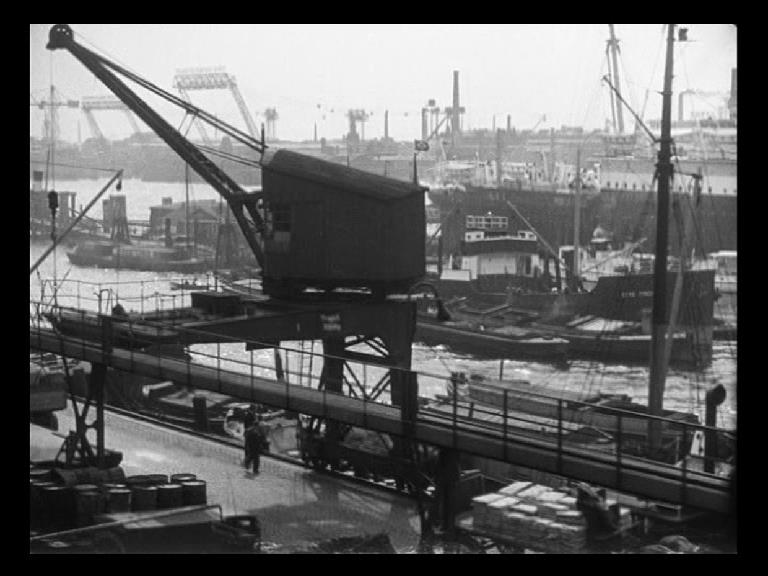
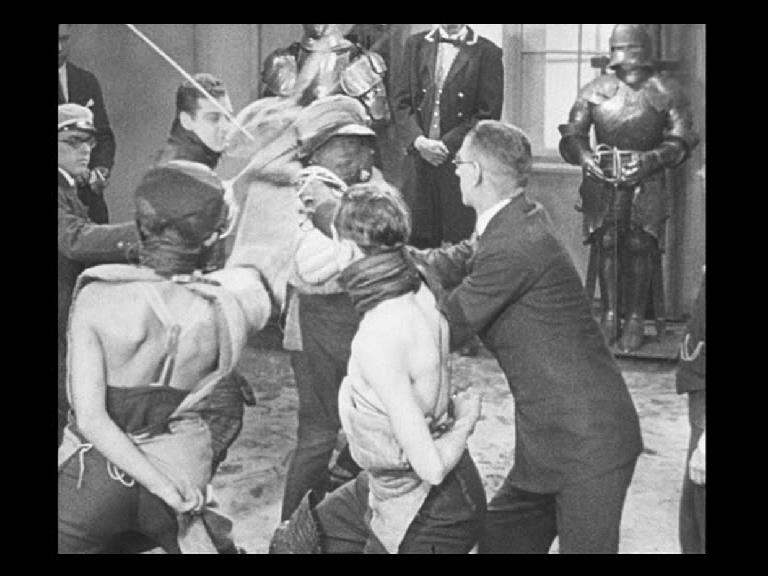
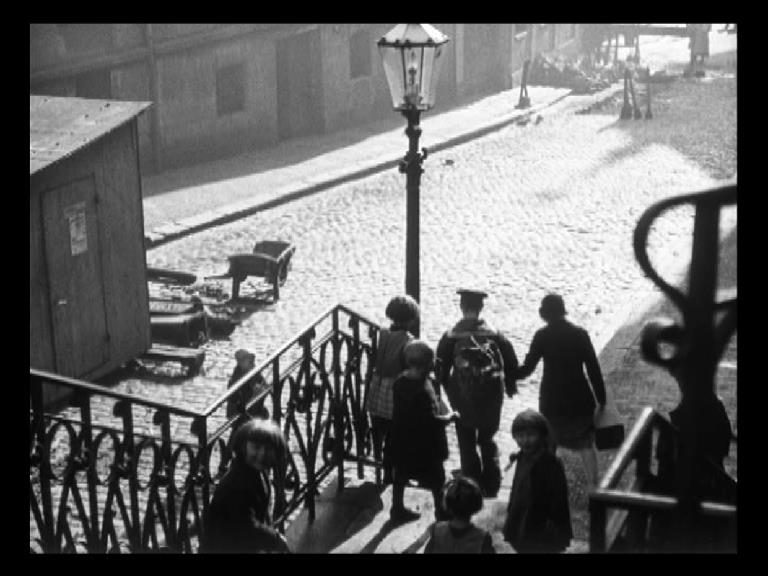
read moreAuthors:
- Menjek/Mardajak: New York, 30'
Menjek/Mardajak: New York / Leave/Stay: New York
Production: HUN 2013In the recent two decades, the number of Hungarians considering living in a foreign country has tripled. Leave/Stay: New York is the pilot episode of independent documentary film series on the migration trends, life experiences, dilemmas and world of the contemporary Hungarian youth, the generation of the “new mobility”. Mirjam and Attila, two young Hungarians, the main characters of the movie, live their everyday lives in New York City. They left their home country with different goals; they live lives very different from one another, yet they are bound by the same dilemma of leaving or staying.
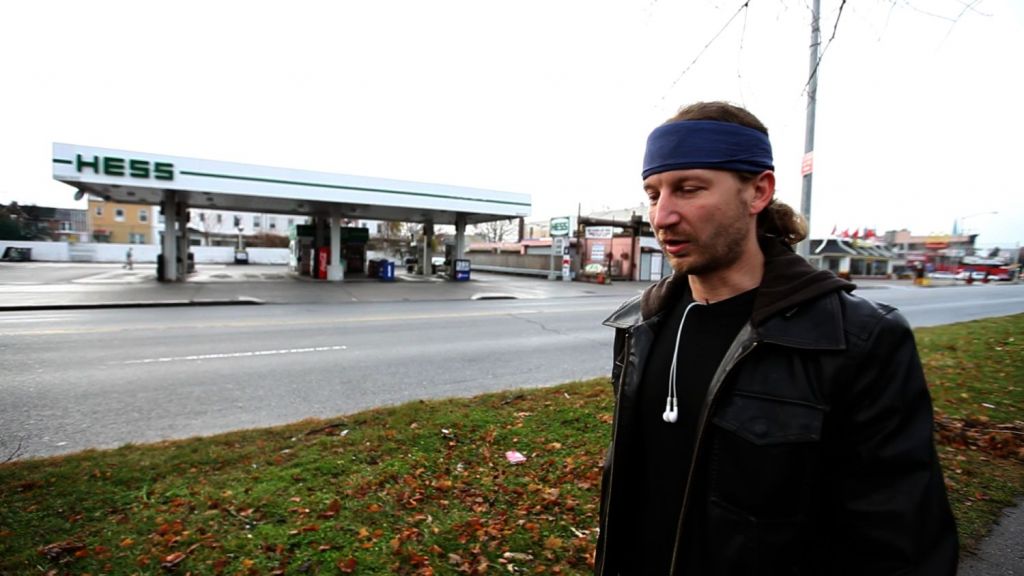
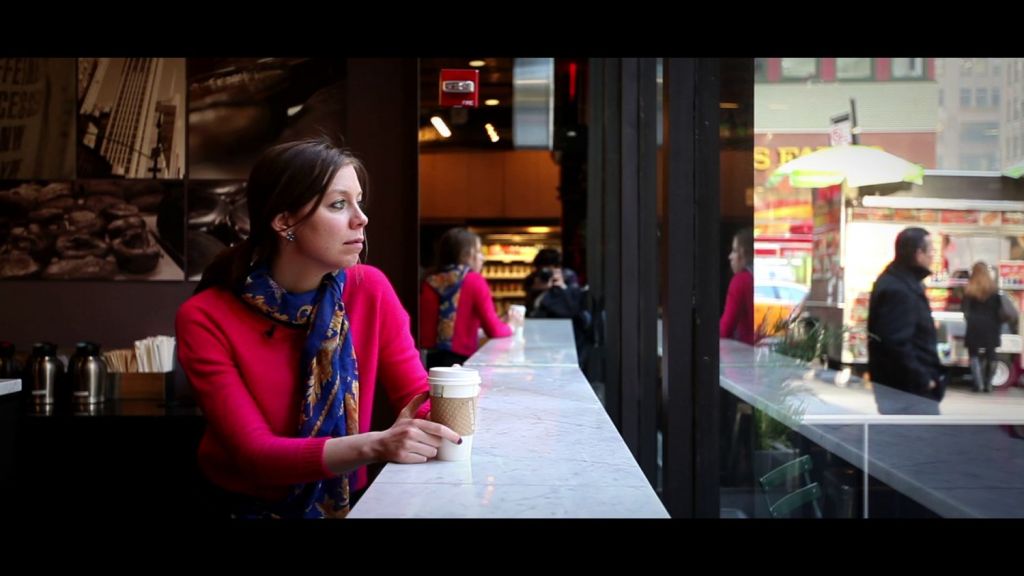
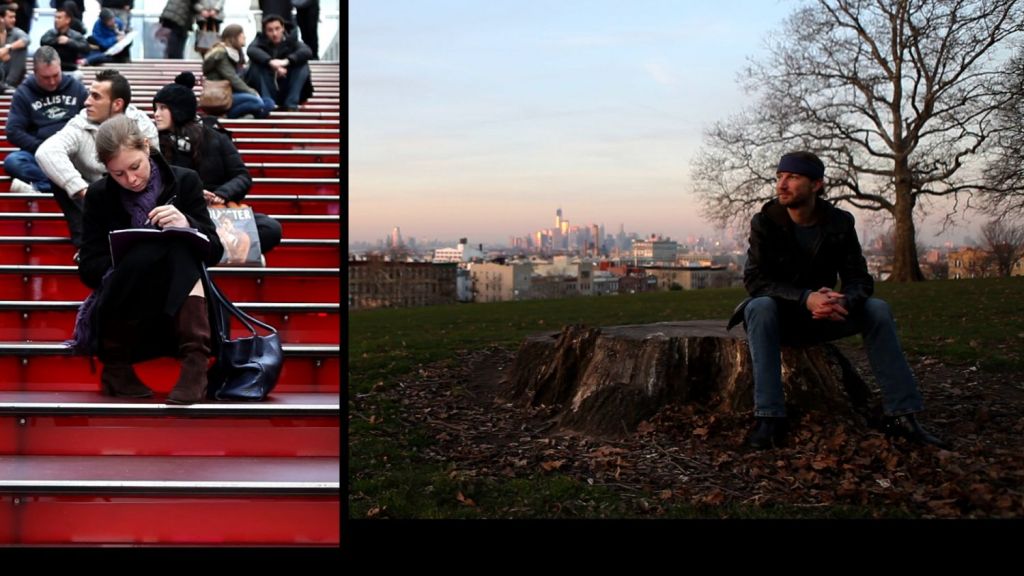
read moreAuthors:
- Miasto 44, 125'
Miasto 44 / City 44
Production: POL 2014It is a story about young Poles who came into adulthood in the cruel reality of occupation. Still, they are full of life, passionate, impatient. They live like every day can be their last. It is a dream about the moment when one can fulfill the duty owed to their Homeland.

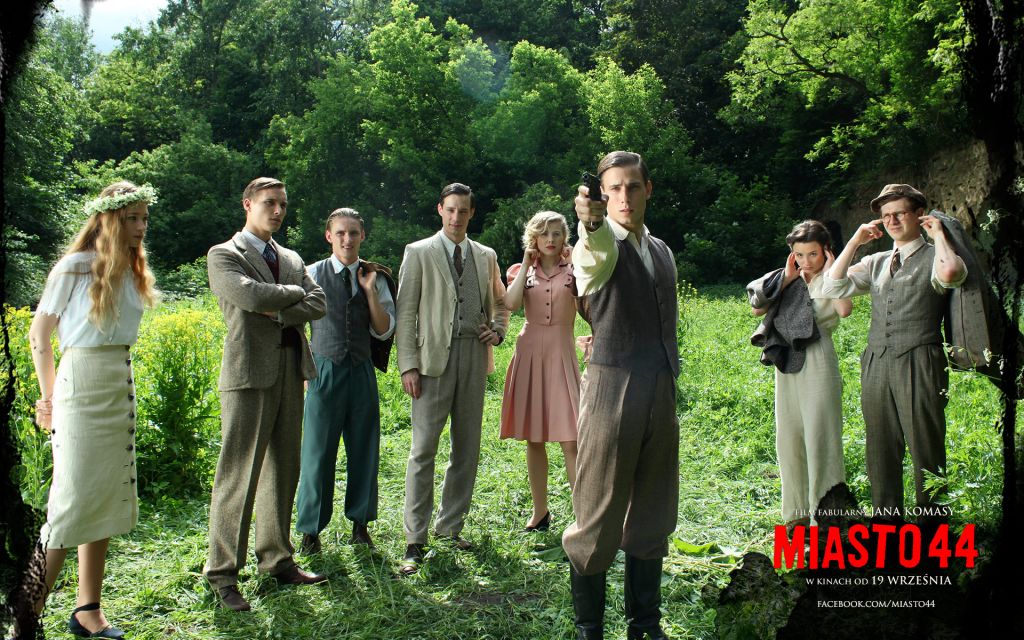
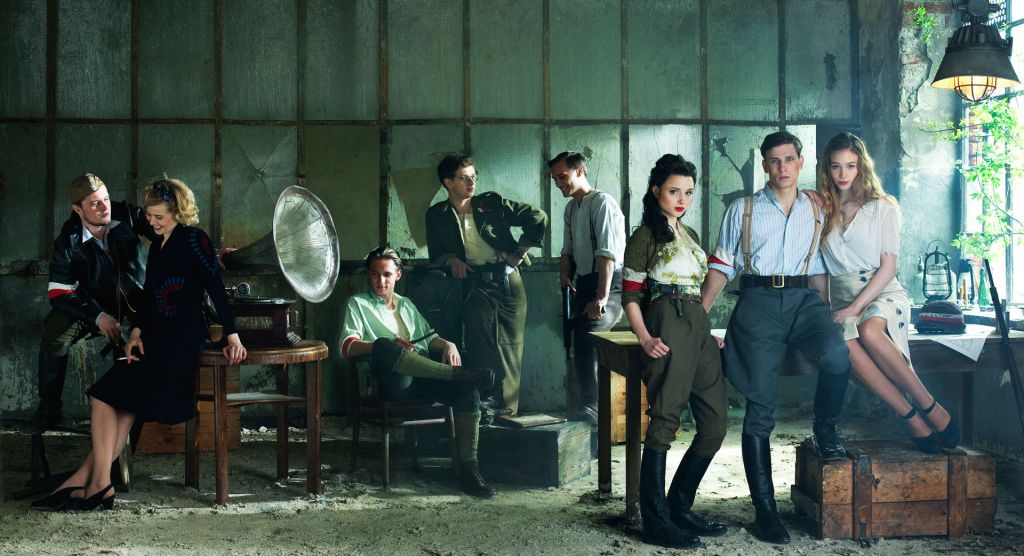
read moreAuthors:
- Mind Over Matter, 3' 53''
Mind Over MatterProduction: 2011
By Mulugeta Gebrekidan and Mark Morgan
Sintayehu Teshale overcame a physical disability to find his calling in life. Sintayehu, 42, spent his early years as a beggar, convinced by his parents that he was fit for nothing else. But the young man had a passion to do something useful, and over the years this desire grew and grew. Today, Sintayehu stands out in his community more for his skills than for his appearance. He inspires those around him by working in public places, putting his considerable talents on display. Sintayheu lives in Addis Ababa, the capital city of Ethiopia, with his wife and five children.
read more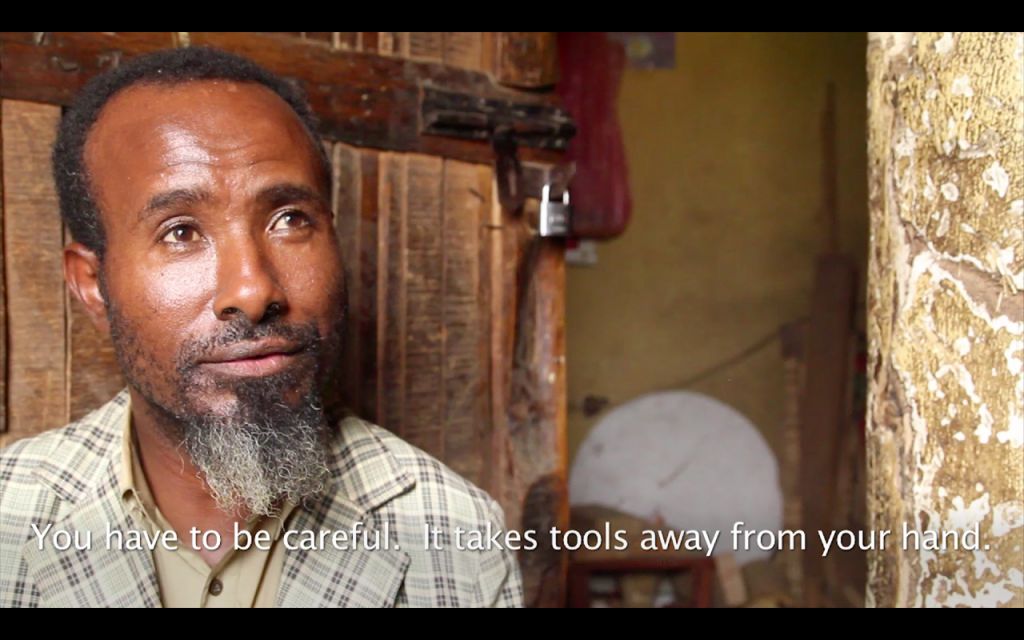
Authors:
- Mother, 4' 53''
- Mounted car camera
- My Family Archive, 1' 15''
My Family ArchiveProduction: 2012
Rethinking the past - mixing up and blanking out - happens both to individuals and states. How much fake the story should be to become credible?This micro mockumentary uses a combination of pictures & drawings from the family archive dating to 1940-1950s and found footage related to WW2. Revealing a very personal research on the features of Soviet Era through the minor details - like homogenous haircuts or way that head scarfs are used - the scary routs of social dissolving.
read more
Authors:
- My Name is Salt, 92'
My Name is Salt
Production: CHE/IND 2013The desert extends endlessly – flat, grey, relentless. There is not a tree or blade of grass or rock. But there is one thing in abundance: salt. Salt is everywhere, lying just beneath the cracked, baked surface of the earth. This is the Little Rann of Kutch, 5000 sq kms of saline desert in India. And for eight months of the year, Chhanabhai and his family live here without water, electricity or provisions – tirelessly extracting salt from this desolate landscape. Under the blinding glare of the sun, they work on the salt fields until large crystals have formed. After months of hard work, the salt is ready to be harvested - just before the heavy monsoon rains will come to once again wash their salt fields away.
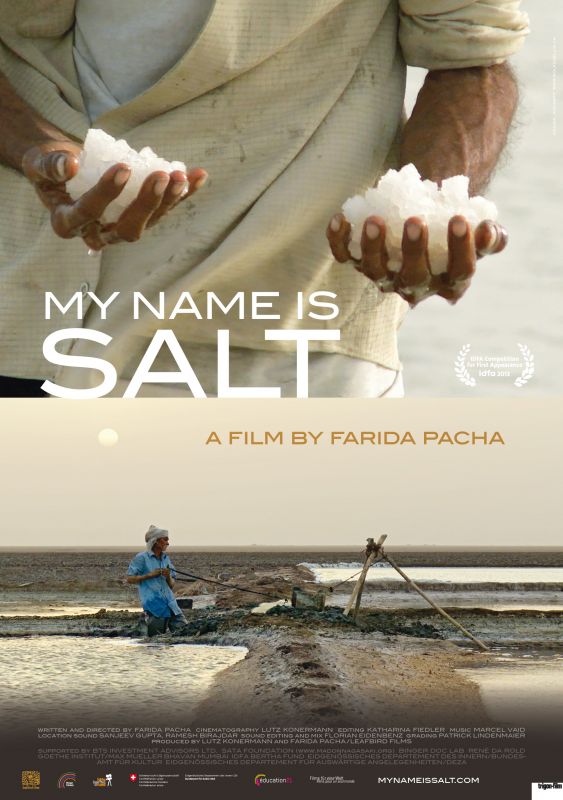
read more
Authors:
- My Shadow . An Illusion of Me, 3' 10''
My Shadow . An Illusion of MeProduction: 2013
The film plays with the tension between images of shadows, a text describing shadows and an audio independent from the images and text. This juxtaposition of each element one to the other in the end creates a sense of lightness appropriate for a shadow.
read more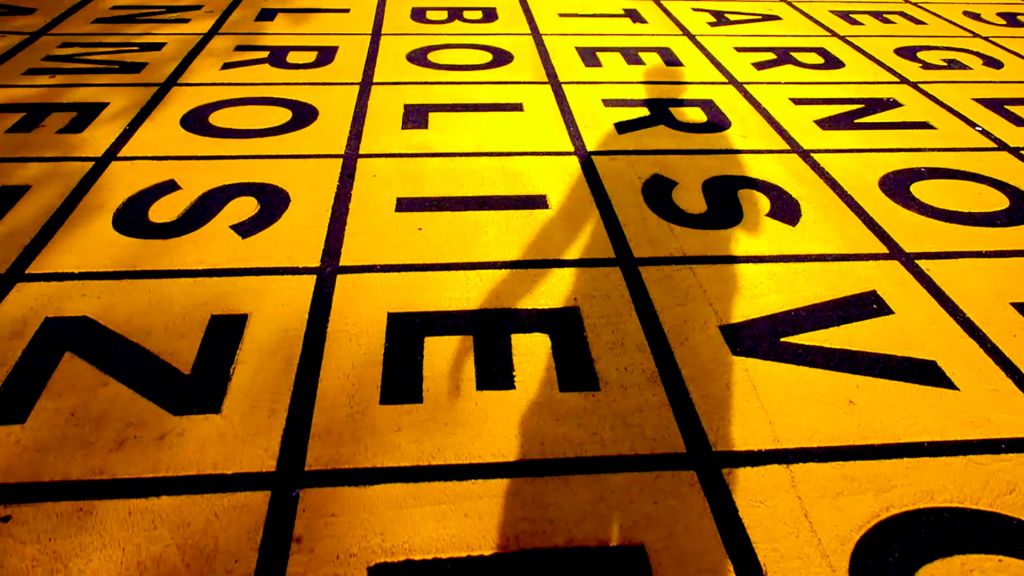
Authors:
- Na wnuczka, 12'
Na wnuczka / Grandson style
Production: POL 2010Honourable mention at PiK 2011
“Bilked out of 5 thousand zł!”, “He lost his life savings!”, “The grandson strikes again – an elderly lady lost 70 thousand zł!” – the author saw such headlines in the newspapers and received such information from the police every day. He decided to make a cautionary reportage. He did not expect the case to take the sensational track that it did. To reveal how the fraud works, the author decided on a journalist provocation. By taking on the identity of a fraudulent grandson, he got in touch with the real criminals.

read more
Authors:
- Nature, 20' 38''
NatureProduction: 2012
What about nature and culture and their supposed contraposition? When they meet, is there really a difference in their behaviour? Are they substantially different?
Contemporary times prove very well that man is a mere product of nature. Like a medusa or a fruit fly or a fern or a bacteria or a virus. Like worms they fuck around in an apple until every bit is eaten. They die together with the apple and manifest themselves as part of nature. Hence, culture as a product of man is a product of nature and a product of nature cannot be anything else but nature.
One can spend moments of great pleasure watching nature. When walking just at dawn in a shopping center or an industrial park or through a parking lot. The early sun shines brightly in the dewdrops that hang on a ware house sign.
The wind enjoys itself with a plastic bag that is captured by barbed wire.
read more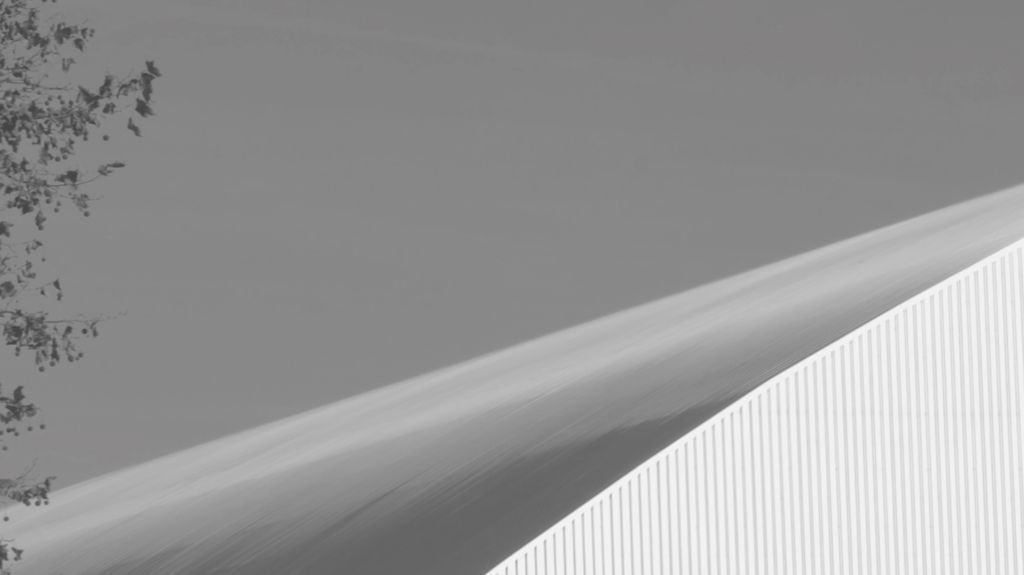
Authors:
- Never Be Clever, 19'
Never Be Clever
Production: Holland 201330-year-old Wouter, who suffers from autism, loves drawing erotic comics. He lives on a quiet farm with his brother, who spends his time painting gloomy landscapes. Wouter is fascinated with Daria Morgendorffer, a character of MTV animated series (Beavis and Butt-Head, Daria). Throughout the years, the animated character made a great impact on his erotic comics. When Wouter starts publishing his works in the Internet, people begin to develop prejudice towards him. He, however, becomes more aware of what he is presenting, and would like to be recognised for it. Will he achieve his goal?
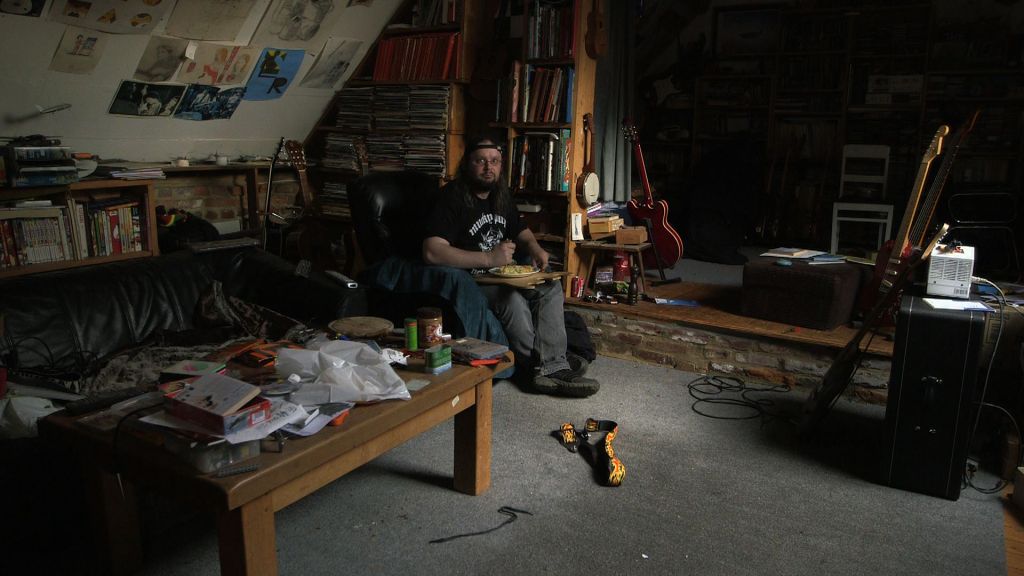
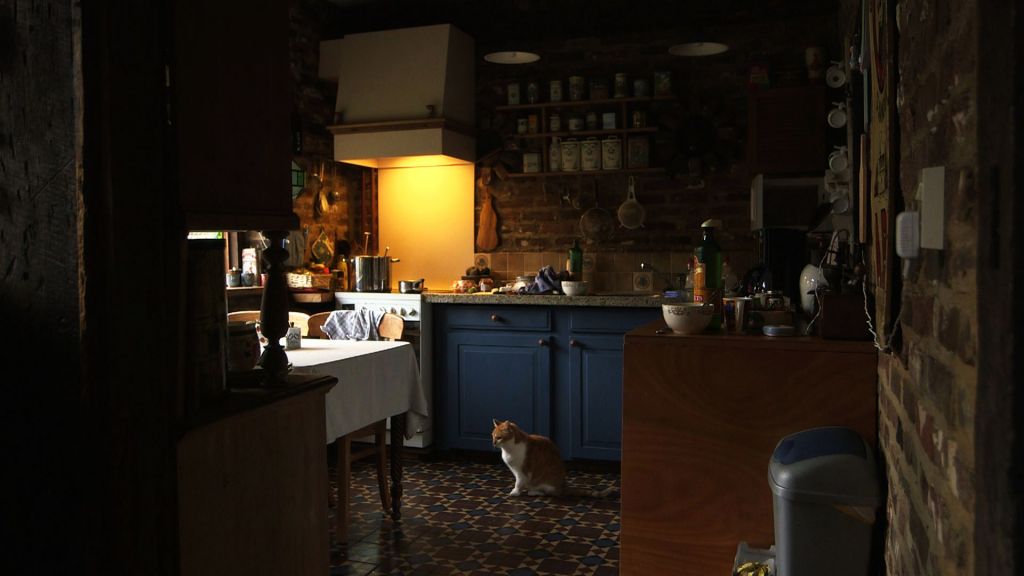
read more
Authors:
- Niedzielny poranek, 18'
Niedzielny poranek / One Sunday Morning
Production: POL 1955This film, made on the basis of Munk's own script, is a humorous film essay, with a subtitle appropriate to its character: Scherzo. It tells a story of a summer Sunday morning in Warsaw, of the city dwellers seen mostly through the bus window. The film merges a humorous, distanced commentary read by Kazimierz Rudzki, and a short anegdote about “him” and about “her” - the bus driver and the bus ticket inspector. Munk used this trivial anecdote to observe and stage typical, everyday scenes from the life of the inhabitants of Warsaw. They do not lack the qualities of realistic observation and humour.

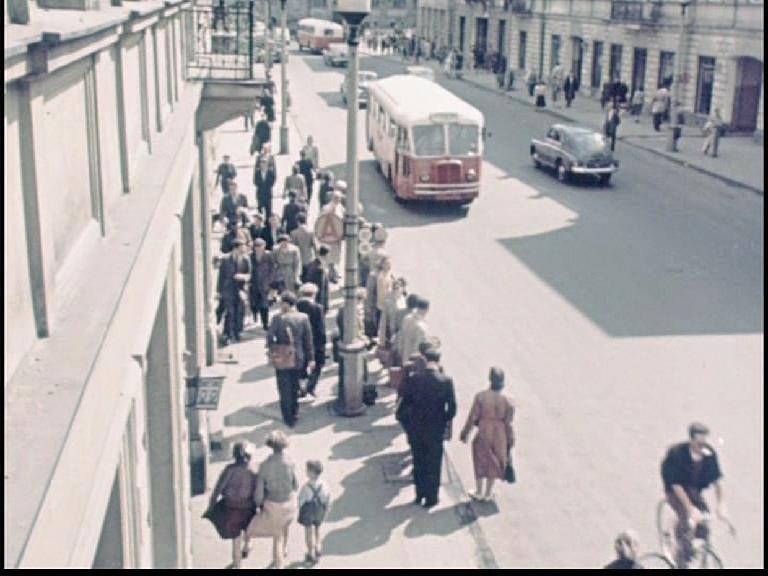
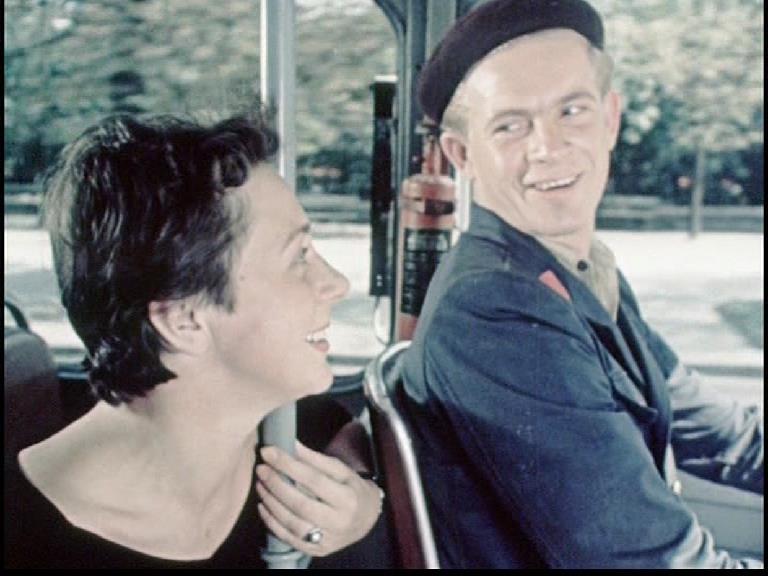
read moreAuthors:
- Nóż w wozie, 11'
Nóż w wozie / Knife in the Wife
Production: Poland 2014If one were to seek film references, this wouldn't be an easy connotation with Polański's Knife in the Water, but with The Impossible Goodbye – the atmospheric, melancholy debut of Stanisław Jędryka from 1962. Both films tell the story of a provincial circus. The films are 52 years apart and belong to different genres (The Impossible Goodbye is a feature film), and the laundry is done differently as well (no buckets or jugs anymore, but an automatic laundry machine). However, in both the 50-year-old circus story as well as the contemporary one, the circus lady does the laundry outside. In the story by Vita Drygas we get to see the Arizona circus, where the husbands throw knives at their wives. And the audience, regardless of age, take in the experience: the funny, the scary, and the exciting.

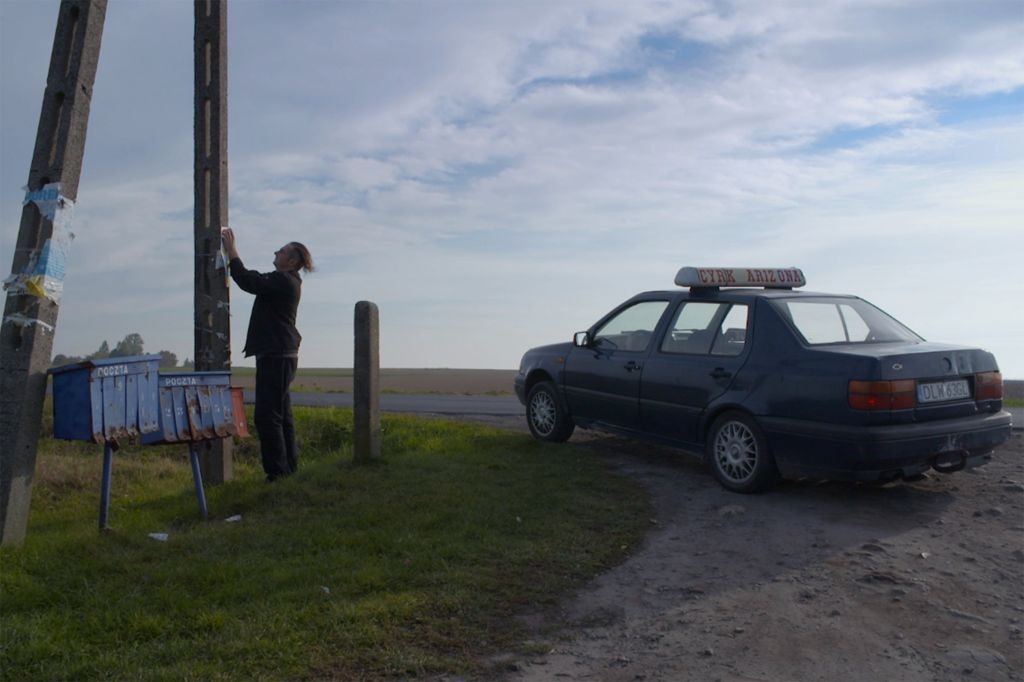
read more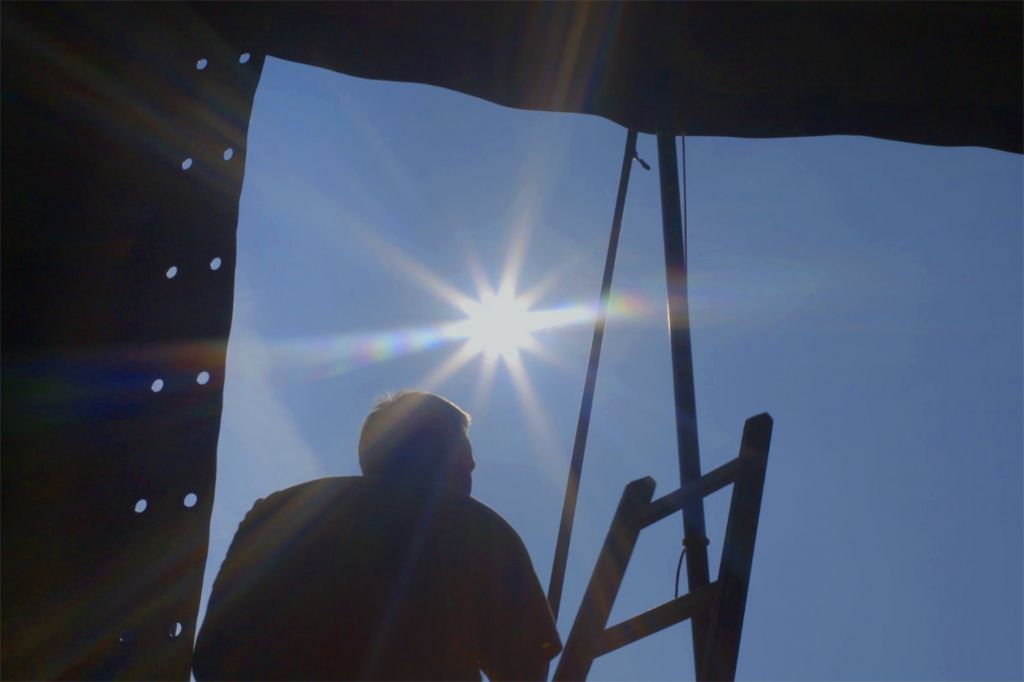
Authors:
- O Której Wrócisz?, 14'
O Której Wrócisz? / When Will You Be Back?
Production: Poland 2014"When will you be back?" is the story of a young single mother, who graduated her acting studies and tries to find her place in the world of theater, film, and movie stars. When she realizes that the combination of this things is impossible, seeking advice and help from her grandmother, for whom this beautiful world of showbiz is behind thick TV glass and is not available for her granddaughter.
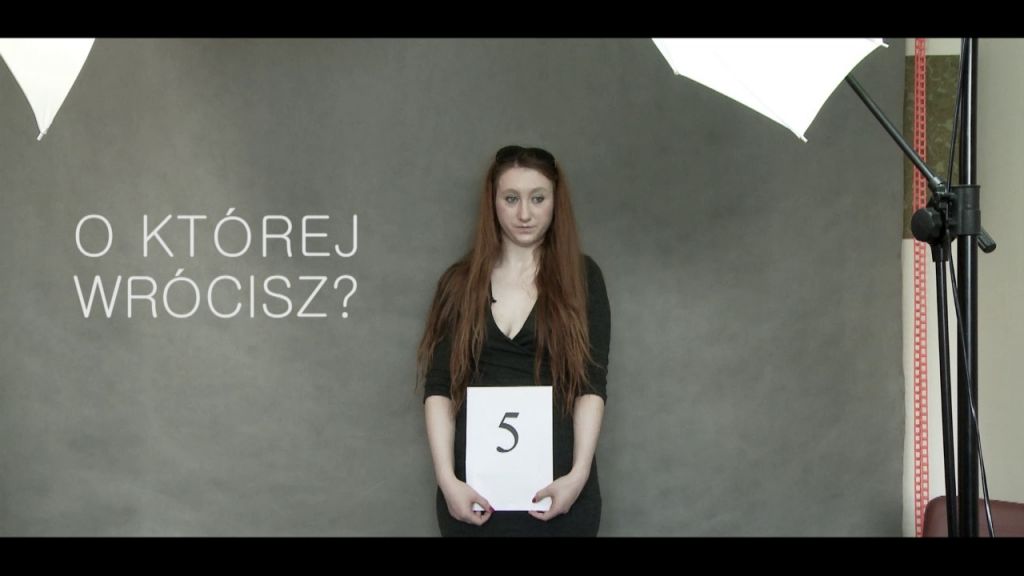
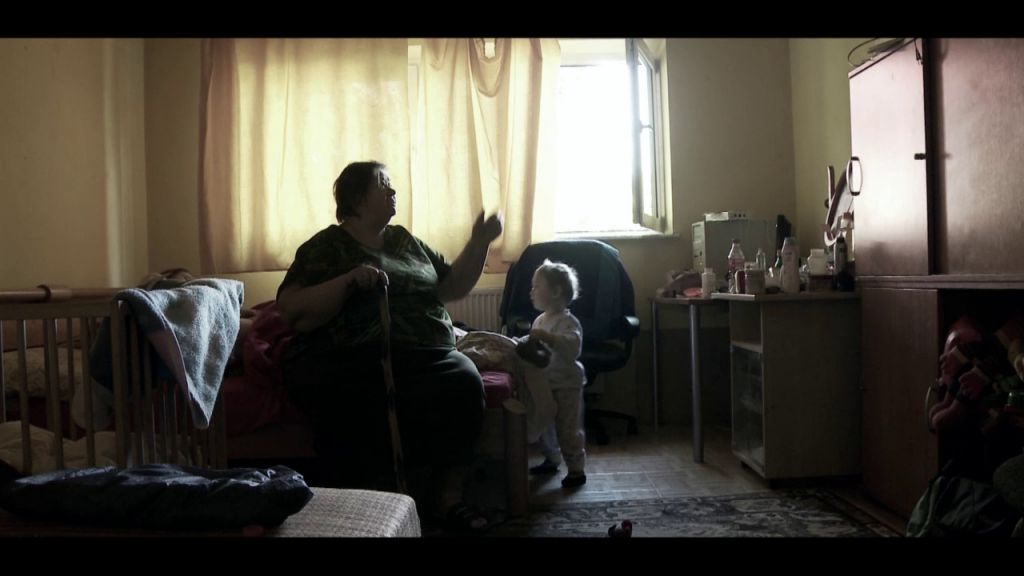
read more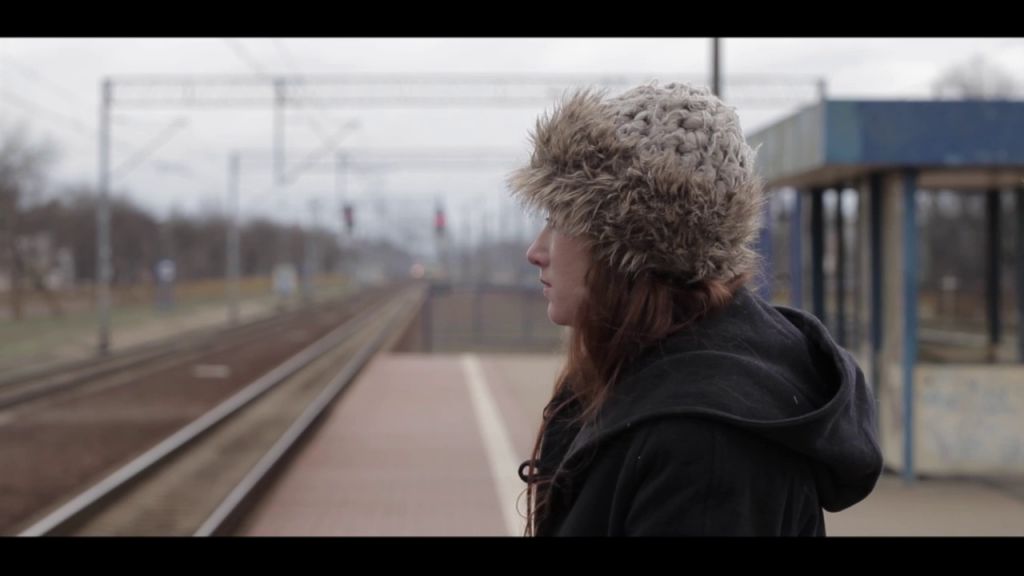
Authors:
- O rządach miłości, 13'
O rządach miłości
Production: Poland 2013An animated, personal, and philosophical documentary. Mariusz – the film's protagonist and narrator – tells a simple story: about himself, about others, about visions, about dreams, about mood changes. Adela Kaczmarek follows Mariusz's words and drawings. He has been mentally ill for many years. Through his drawings and his tale we discover this man's world – in both its difficult-to-penetrate aspect of what we call illness, and its universal aspect.
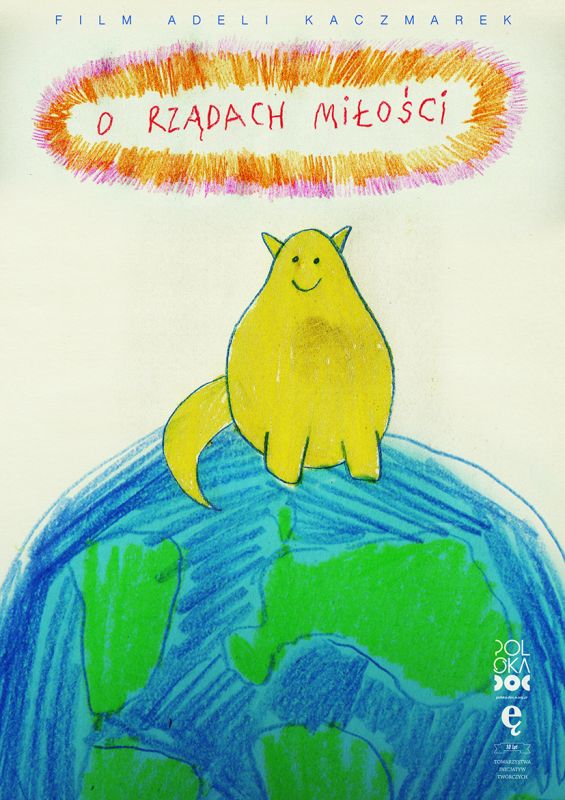
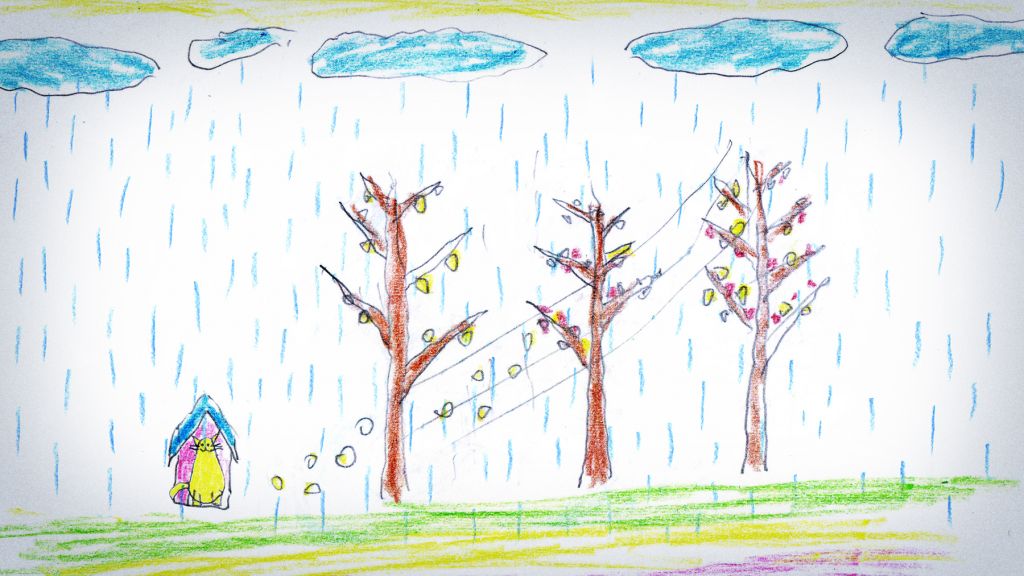
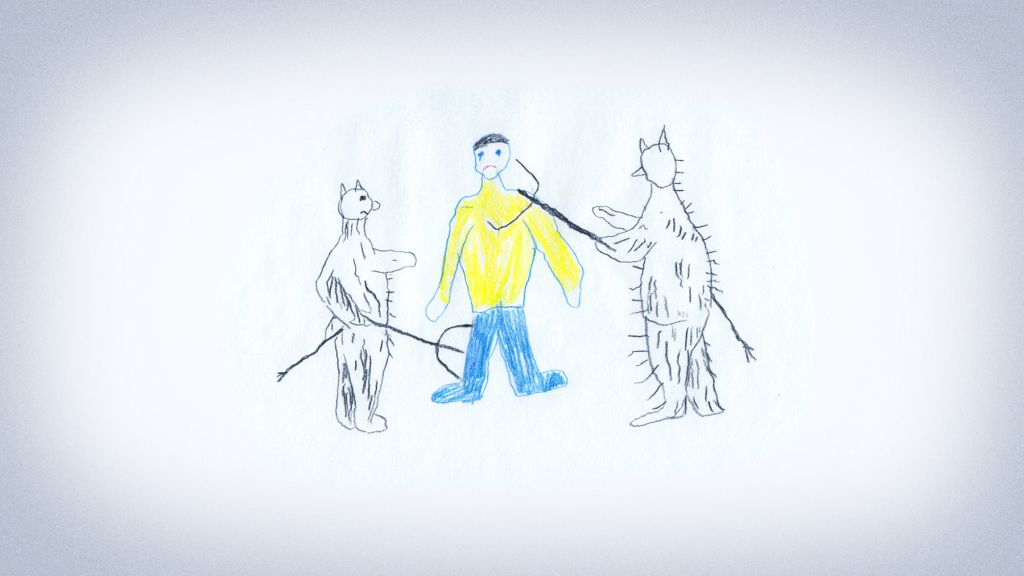
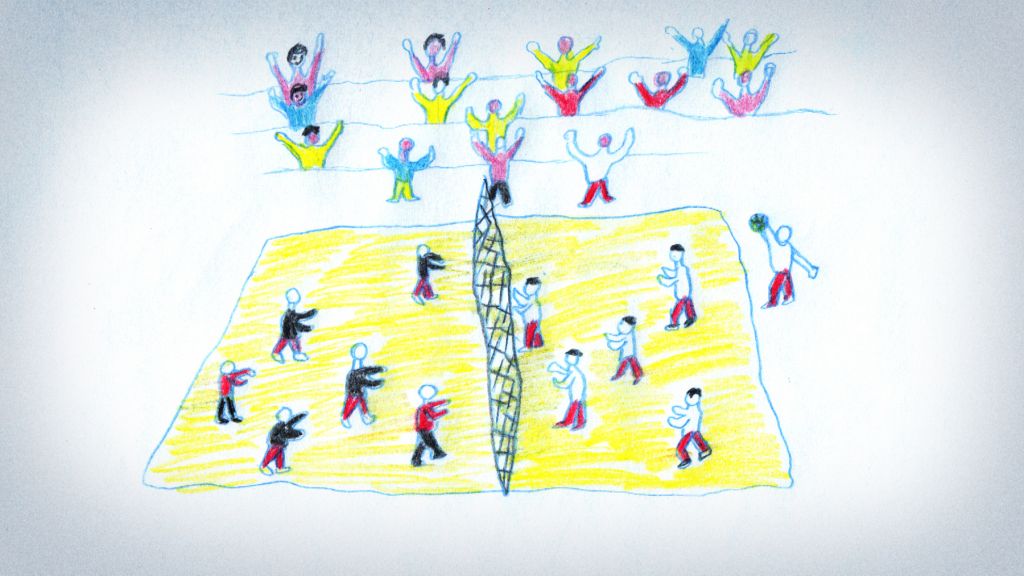
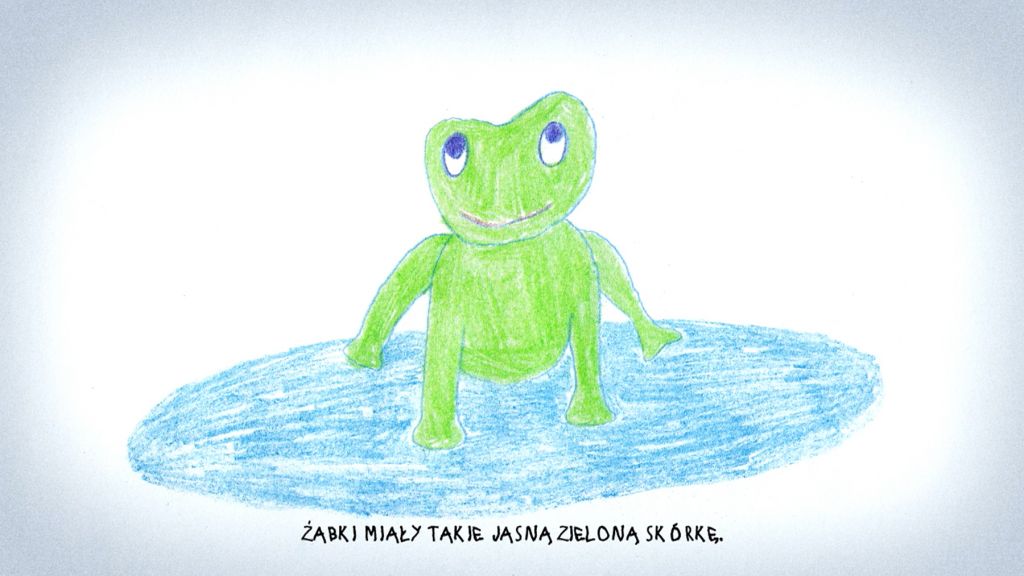
read moreAuthors:
- Odchod na korze, 21'
Odchod na korze / The Stop on Main Street
Production: Slovakia 2013A documentary not necessarily about an Oscar-awarded film, but rather about what happened after the fact. The camera follows the people, places, adventures, and feelings accompanying that production: The shop on Main Street from 1965. The Czechoslovakian film made cinema history as the first central-European film to win an Academy Award. One of its stars was Ida Kamińska – Polish, Jewish, and international actress and theatre director. The nostalgically black-and-white documentary The stop on Main Street returns to the atmosphere of The shop on Main Street, also appreciating those who couldn't play in the Oscar-winning film due to important life matters.
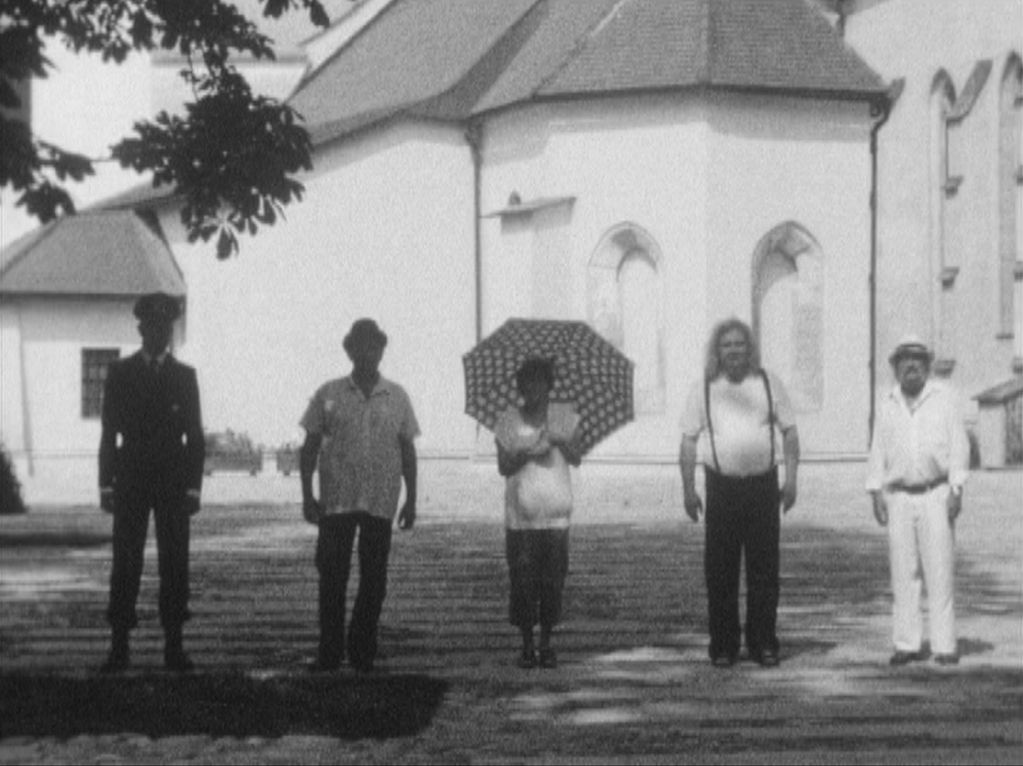
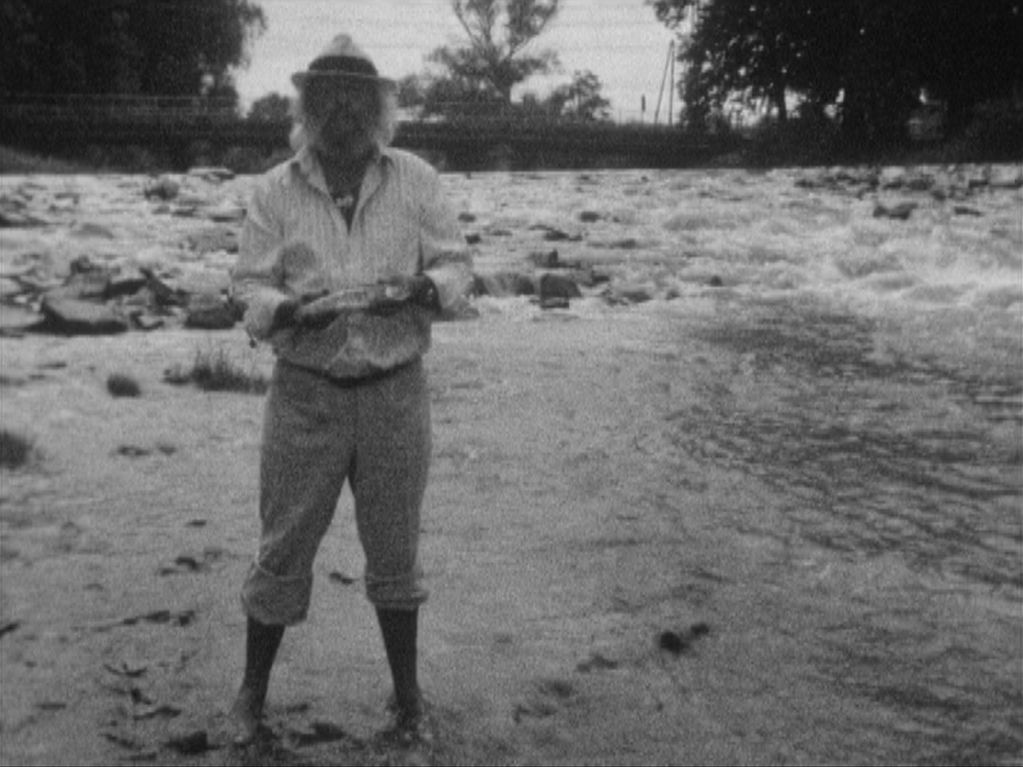
read more
Authors:
- Odwiedziny, 11'
Odwiedziny / A visit
Production: Poland 2013Somewhere near a beautiful forest there are leisurely but careful preparations taking place. Festive outfits, tables being covered by sheets, a vase of fresh flowers from the field or the woods. Someone is dusting, a clock is ticking, beautiful weather, woods, fairytale serenity. Time goes by. Dressed in their best, the people wait. The documentary was shot in Sokole, in a nursing home on the Polish-Belarusian border.
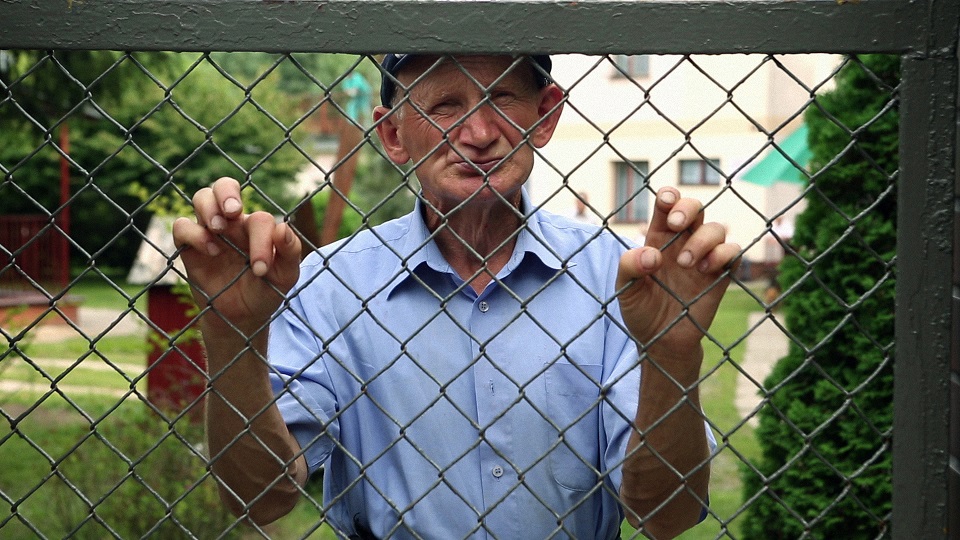
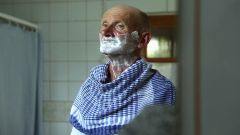
read more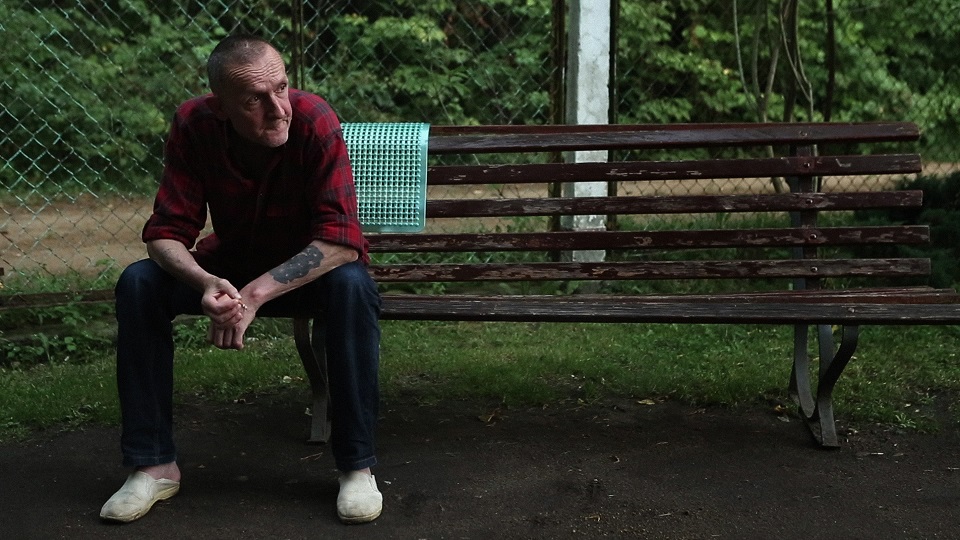
Authors:
- Ogród po drugiej stronie rzeki, 55'
Ogród po drugiej stronie rzeki / Garden across the river
Production: POL 2014,Poles are used to Germans looking for places where their ancestors used to live, both in Szczecin and other locations east from the Oder. Surprisingly, Marek Brzeziński might be the only Pole looking for places connected with his past on the western side of the Oder. Wandering through the West Pomeranian Voivodeship and Brandenburg he is amazed to discover how many nationalities have exerted and are still exerting influence on how we live today. The film captures the unique process of a new community being born on the Polish-German borderland.
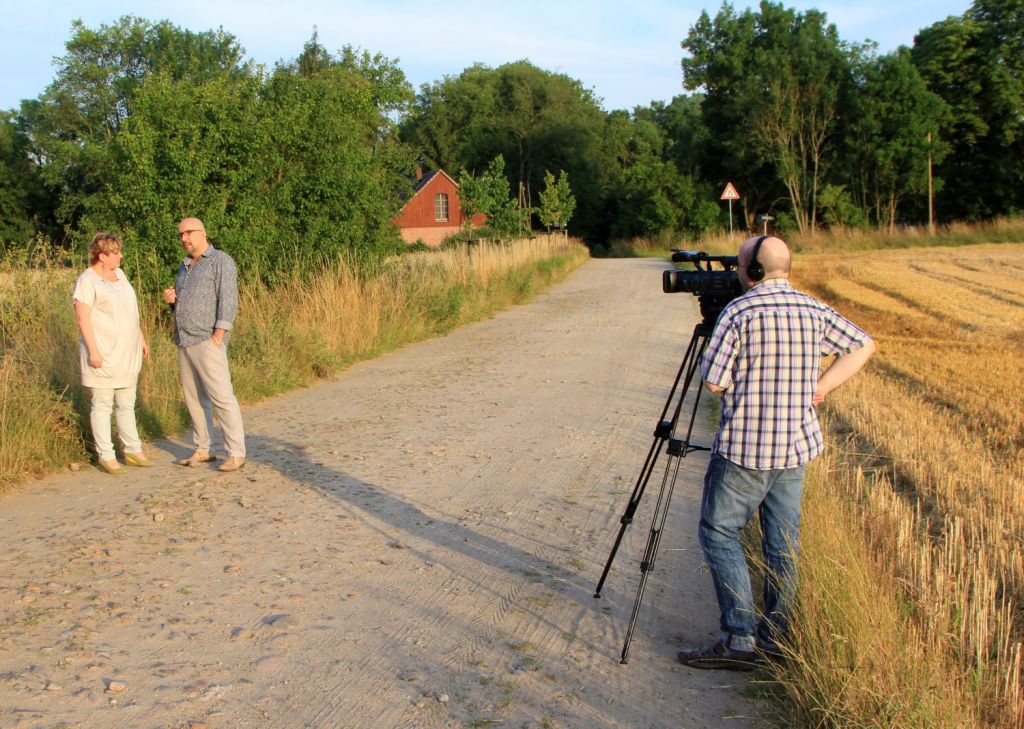
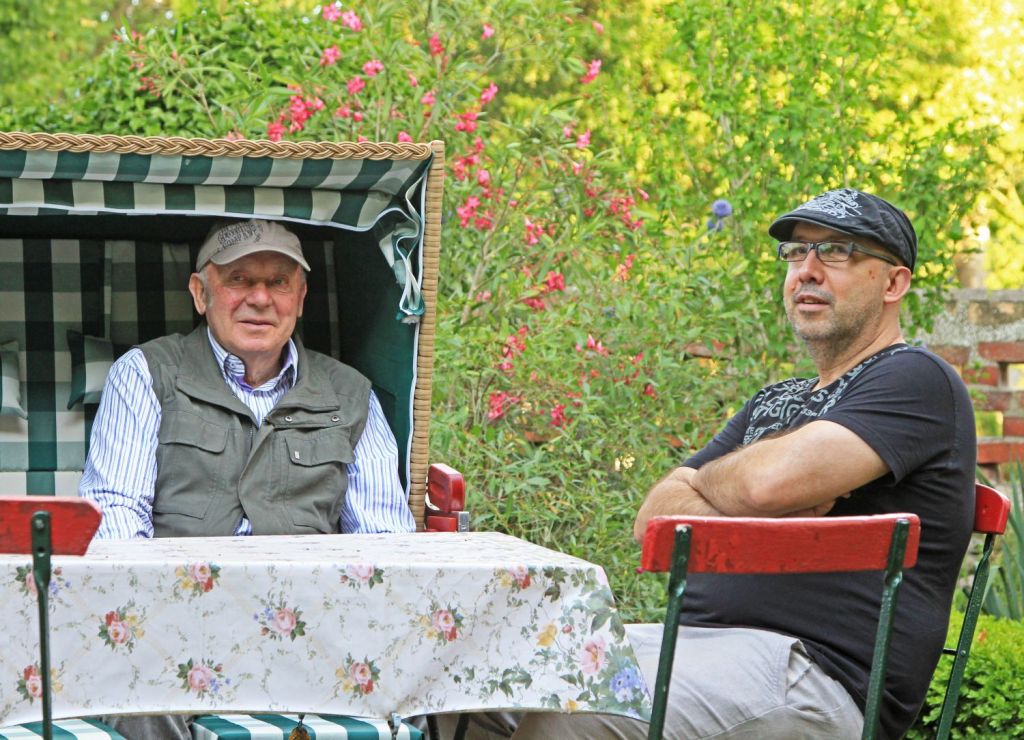
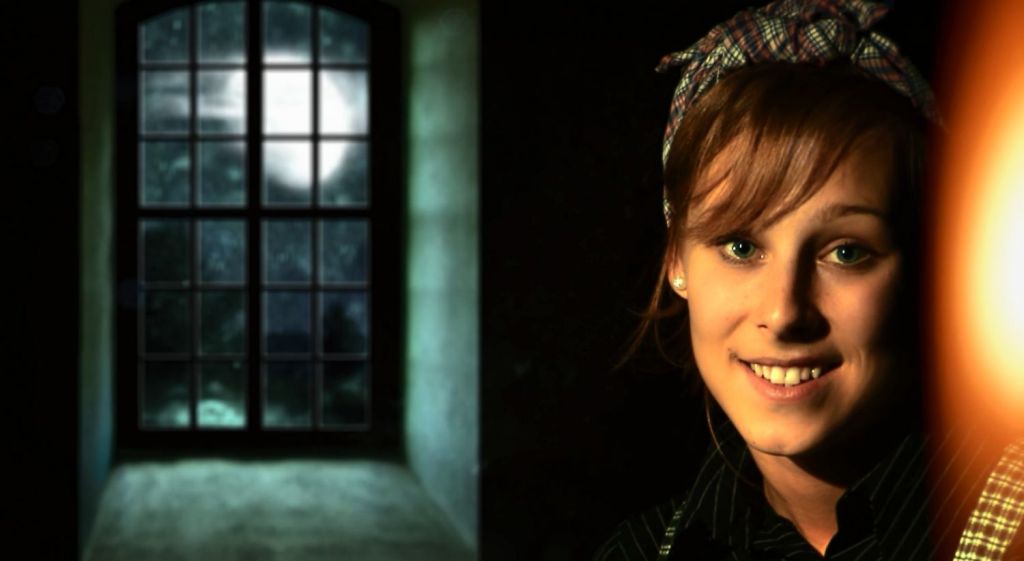
read more - Okno na świat, 29'
Okno na świat / Window To The WorldProduction: POL 2001
It is a story about Szczecin, which, thanks to the development of major industry (from the mid-19th century until the 1920s), radically changed its appearance. It became a large metropolis known in Europe and around the world. The film consists of old photographs and documents, among other things.
read more
Authors:
- On My Way Home Yesterday, 2' 53''
- One Minute of Casa Viva, 1' 05''
One Minute of Casa VivaProduction: 2013
An audiovisual essay on an underground cultural center in Porto. In the making of the work the real interiors, signs and spaces are re-mixed into a fictional one-minute story of alive house, secured from the life outside of its walls.
read more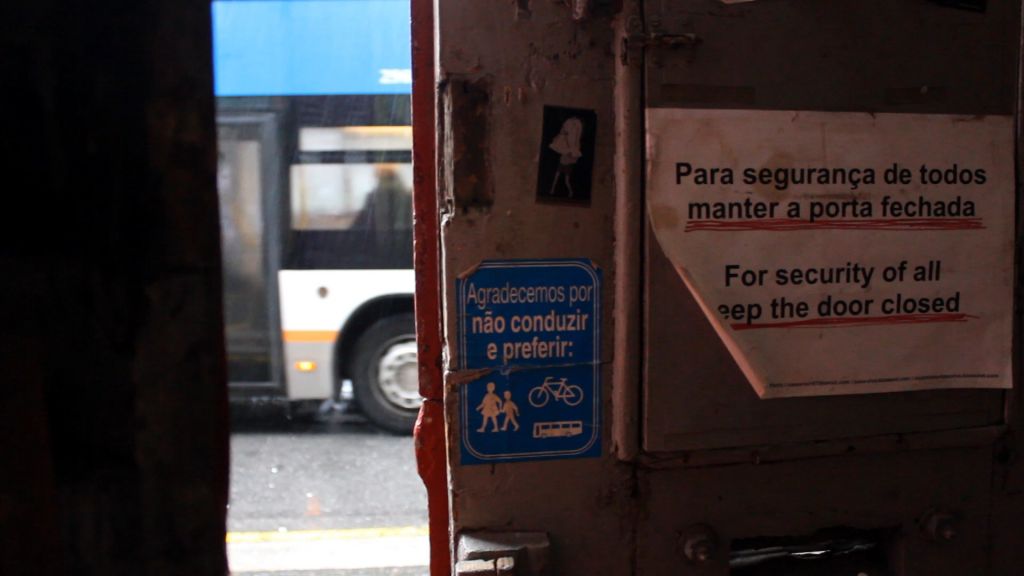
Authors:
- One Thousand and One Teardrops, 17'
One Thousand and One Teardrops
Production: UK 2014On her first day at school, little Louly has to face a problem: what should she wear? A disgusting school uniform with a scarf, or whatever she fancies? The magical tear-carafe helps her choose, by telling the story of how Iranian women have been trying to answer the very same question for 200 years. The whimsical animation softens the severity of this question.



read moreAuthors:
- Oowenduumir, Simultangedicht
Oowenduumir, SimultangedichtProduction: 2009
Performed by Bothnian Draale Pack in Winter 2009 Kati & Arpad Kovasc and AGF performed the famous Simultangedicht by Kurt Schwitters on the frozen ocean between Hailuoto and Oulu/ Finland, close to an airport and a public ferry. The sound scape and video taken were reworked and edited to this surrealist piece.
Schwitters, Kurt - 1887-1948
read moreAuthors:
- Pamiętniki chłopów, 14'
Pamiętniki chłopów / Peasant Diaries
Production: POL 1952Andrzej Munk's first attempt to “humanise” the socialist-realist formula of documentary cinema. He does it by referring to authentic materials, the Peasant diaries published in 1935. The director finds its three authors and, by quoting excerpts from their diaries, confronts their old fate with the life in socialist Poland which makes the old dreams come true – dreams about one's own share of land, the chance to live with dignity, and the possibility to educate one's children. A part of this “humanising” is giving the viewer a chance for direct contact with those non-anonymous protagonists, whereas what dominated documentary film those days was the anonymous collectivity.

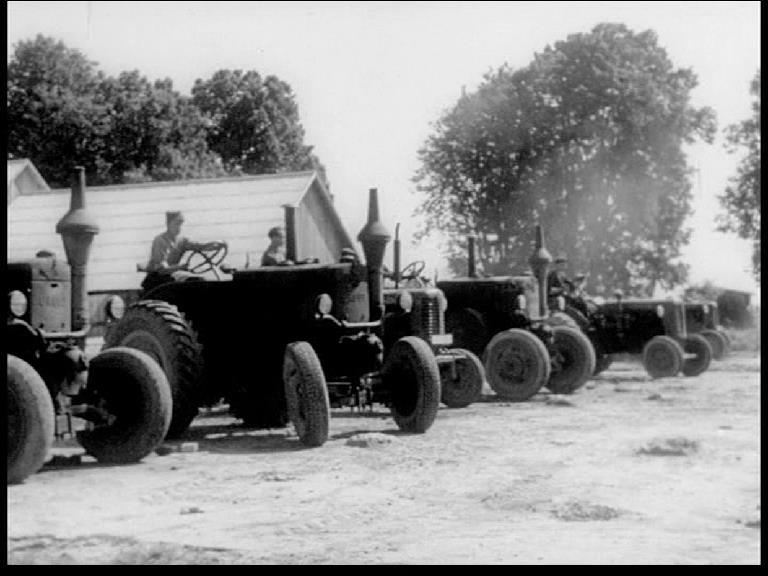
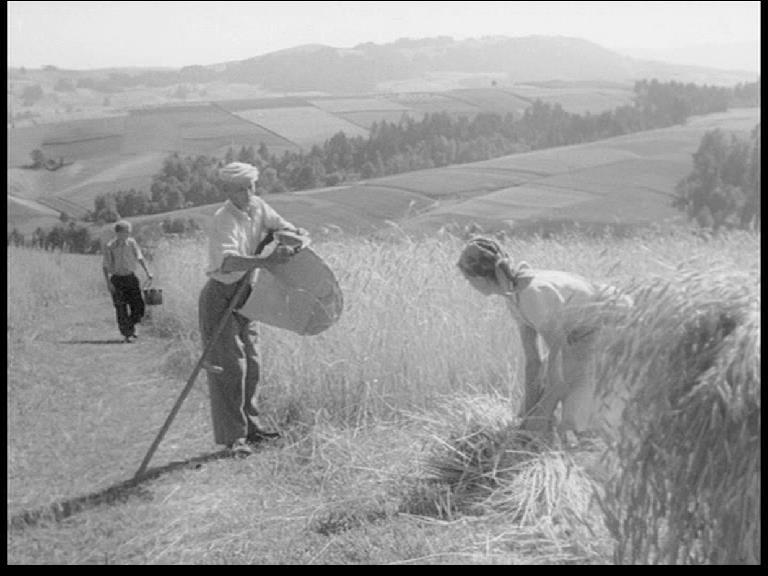
read moreAuthors:
- Pan Ciasteczko, 12' 22''
Pan Ciasteczko / Mr. Biscuit
Production: Poland, 2014Mr. Biscuit is Krzysztof Kraśniewicz, a citizen of the city of Szczecin, who despite his disablity managed to make his place within the local artistic and cultural circles. It would seem that such a person would require a helping hand, encouragement, and direction, but he has taken his fate into his own hands and found his own way through life, making it more attractive. Krzysztof Kraśniewicz regularly attends most of the city's cultural events, and this consistent presence at premieres, exhibitions, and literary soirees has made him a well-known figure in the local artistic environment. Art and culture are his main passion as well as a recipe for socialising. This sounds lofty, and that is precisely the way it's supposed to sound.
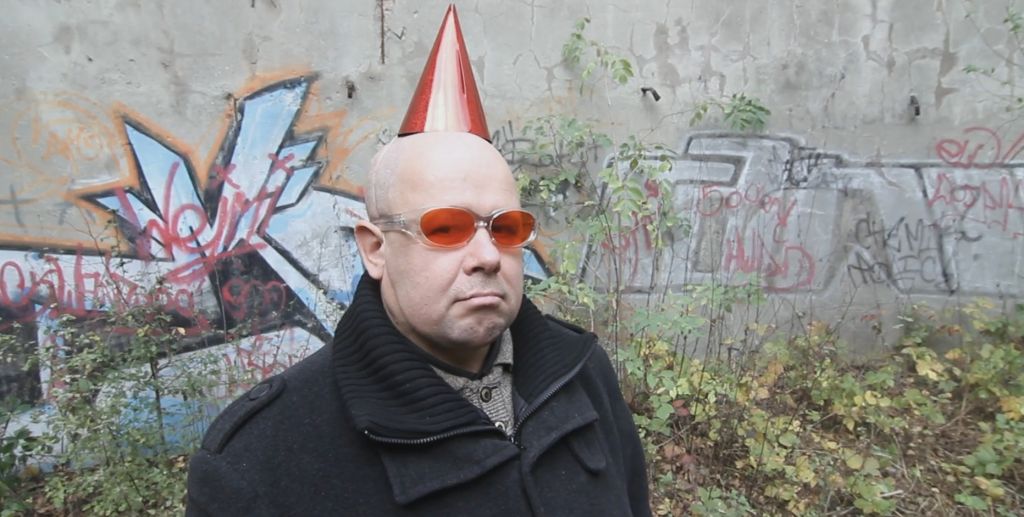
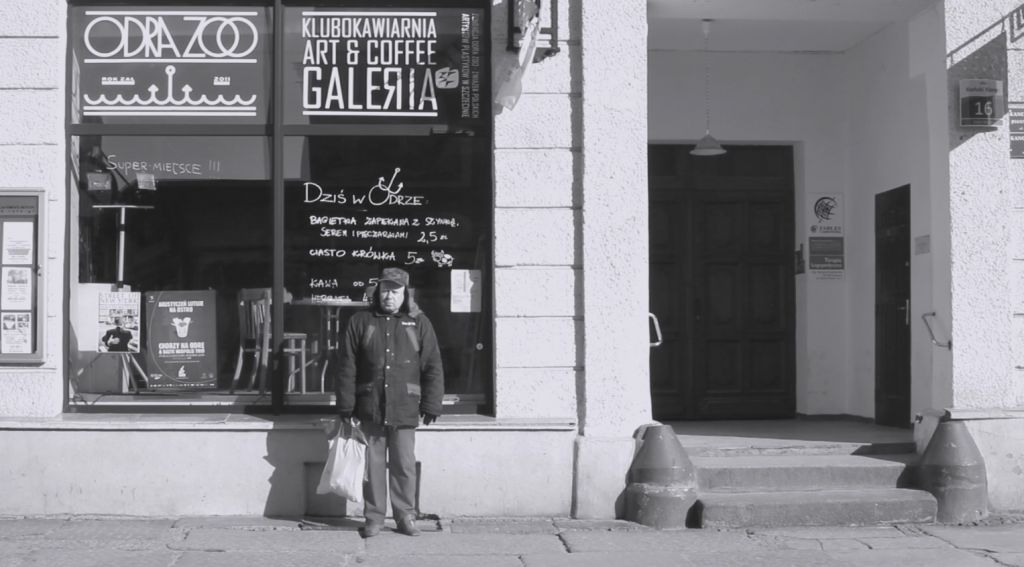
read more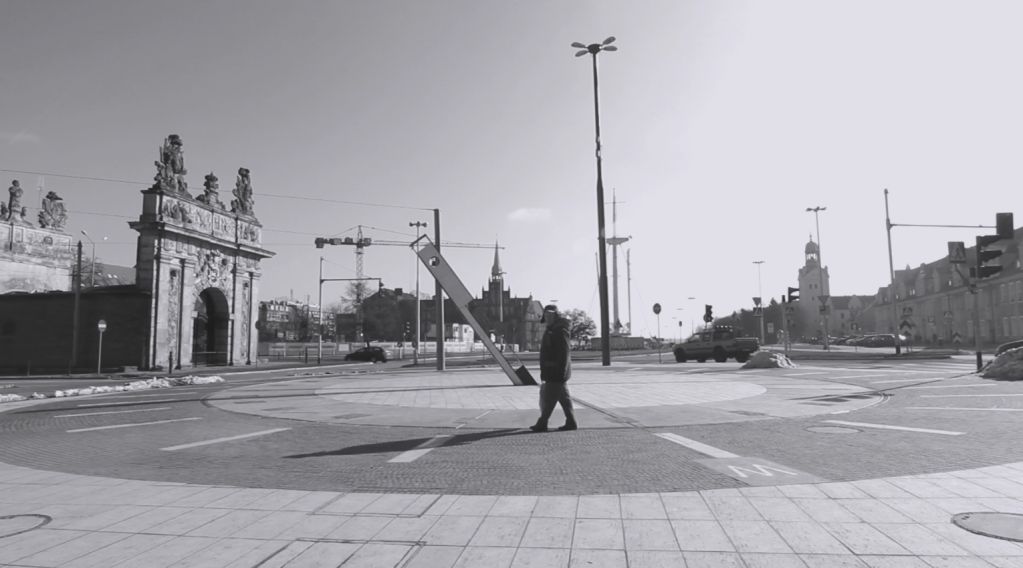
Authors:
- Pevnost, 70'
Pevnost / Fortress
Production: CZE 2012Pridnestrovian Moldavian Republic. Imagine a space where the time has frozen. The time's stopped and life's been stuck in a shape resembling the era of Soviet Union. Somehow, people got used to the reign of the secret police and the fear of being spied on. Soviet-style propaganda of the authoritative, power-based regime of the president Igor Smirnov turns most of the PMR residents into simple workmen, without any will to understand how unbearable their situation is. Smirnov has been leading this non-existing country for as long as twenty years. The film focuses on a couple of characters being stuck in this geo-political gap, in between the European Union and Russia, in between the present and the past, crime and decency, decadence and hope for change. Framed by the time of presidential election, the film analyzes the organization of “no-state” and the rules of a regular life within.
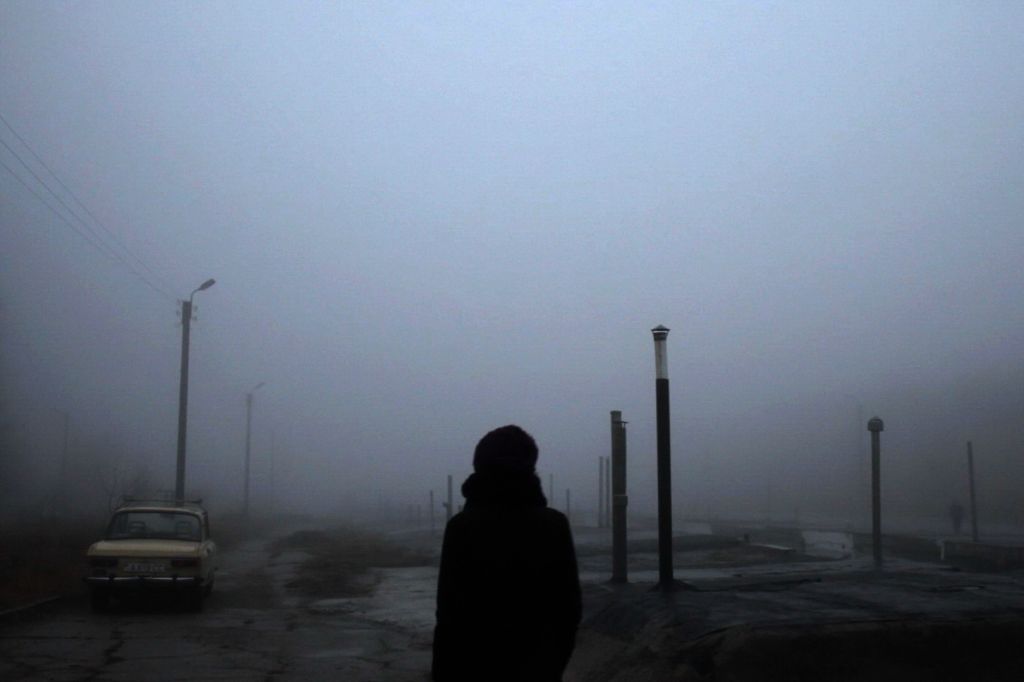
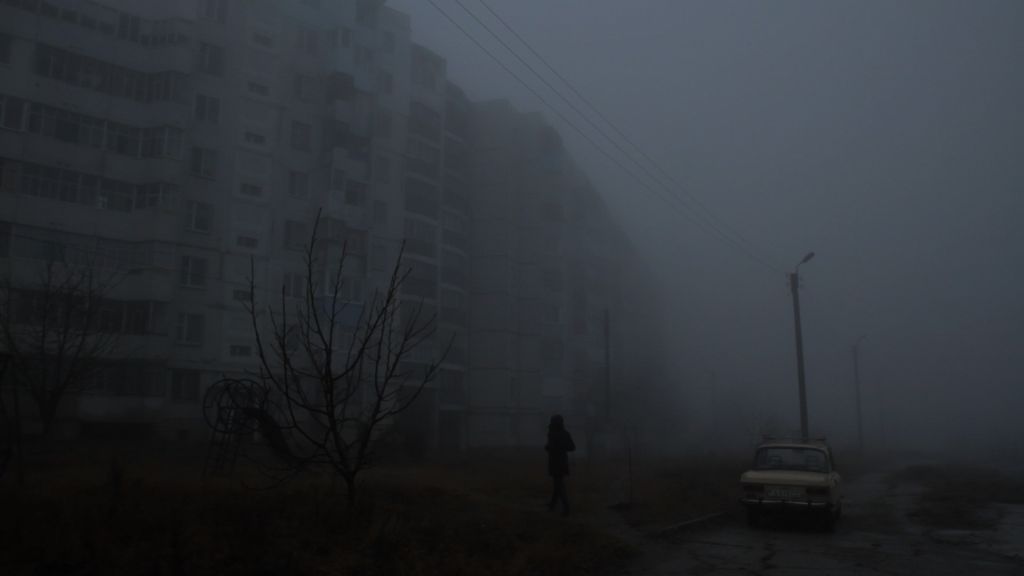
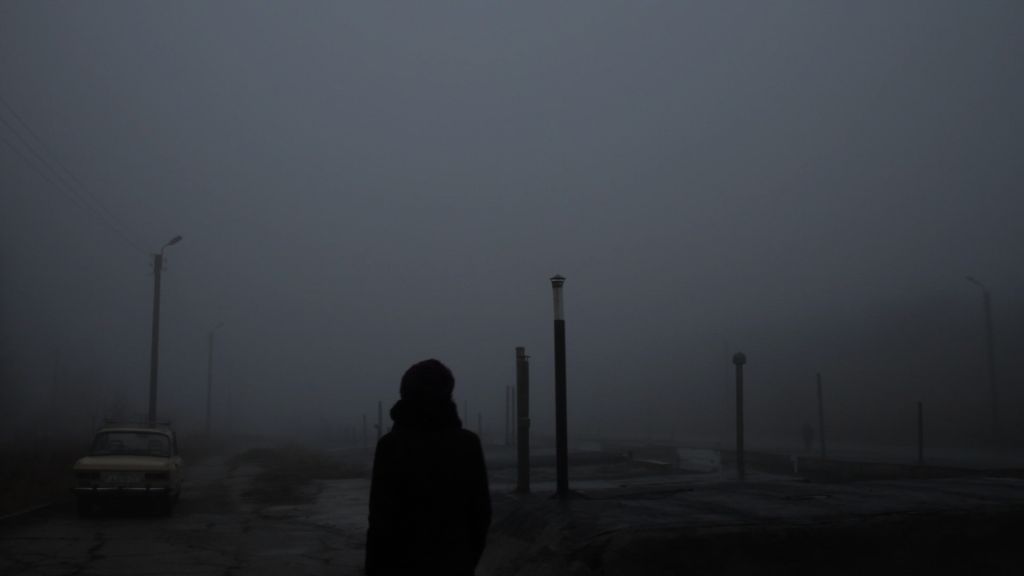
read moreAuthors:
- Polska Kronika Filmowa (numer jubileuszowy – 1959 rok, nr 52 – A-B), 20'
Polska Kronika Filmowa (numer jubileuszowy – 1959 rok, nr 52 – A-B)
Polish Film Chronicle (anniversary edition – 1959, nr 52 – A-B)
Production: POL 1959
The fact that Andrzej Munk made the anniversary PKF chronicle in 1959 was a surprising move in the director's artistic work, as he was already a great artistic authority who dealt with great historiosophic, political, and moral topics in his feature films. As one can tell, he also liked to distance himself from the seemingly marginal matters, and the anniversary edition of Chronicle best proves that, being a pastiche of the genre as such, and of its Polish version. Chronicle's eleven topics are united by Wiesław Gołas, the actor who takes on different roles, including one of a shipyard worker, scientist, preschooler, orator, cook, sportsman – protagonists of events noted by the chronicler, such as New achievements, New school, New sport, New plaque (with the information: No famous Pole lived here), etc.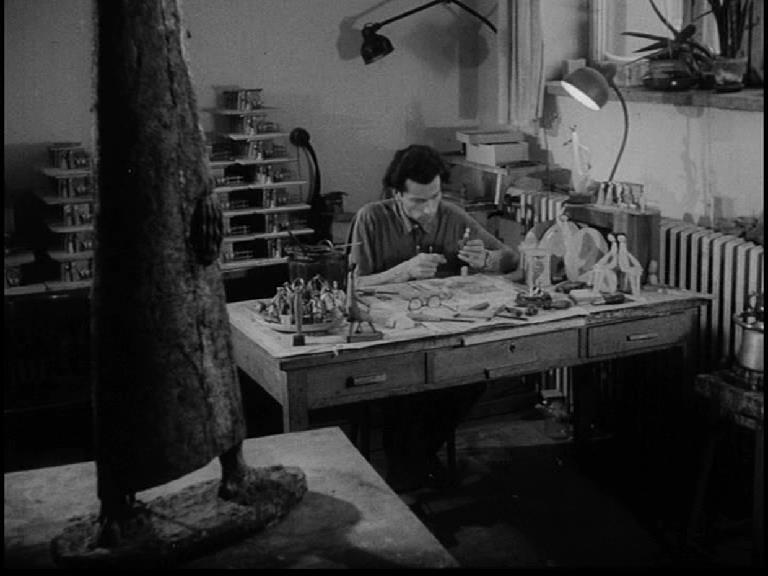
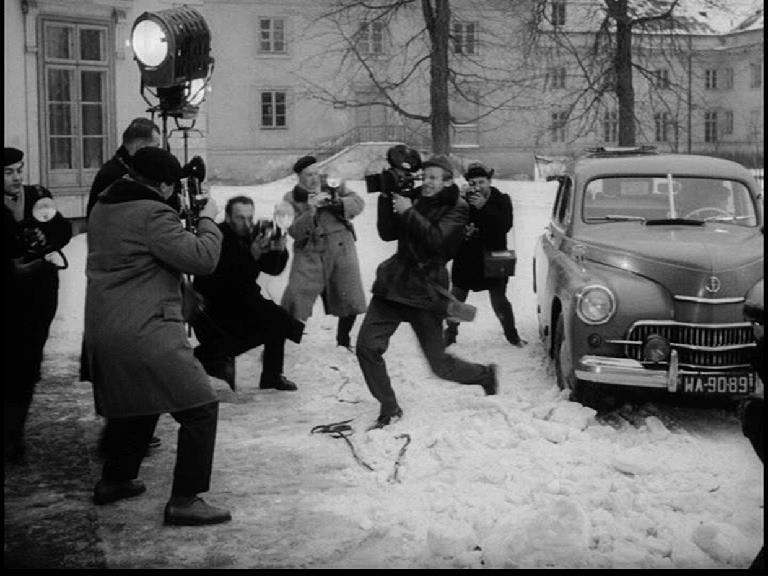
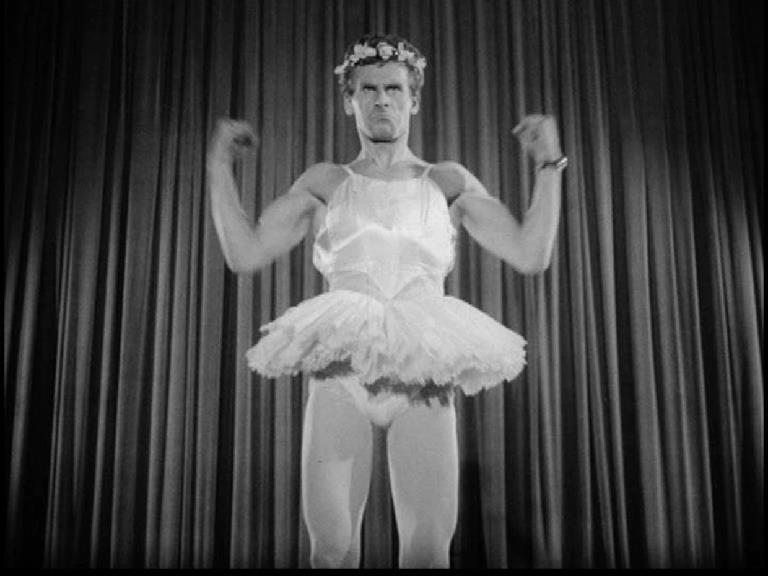
read moreAuthors:
- Polska za 20 lat, 1' 30''
Polska za 20 lat / Poland 20 yers from now
Production: Poland 2013Warsaw in 2032 is fallowed farmland. An elderly ex-celebrity, known from such films as “Snow White and Russian Red” and “Lejdis,” tells us how this came to be. The actor is repairing some kind of archaic lamp and talking about how Polish politicians obstinately acted in such a way that even the excessively lenient EU lost its patience. Even the everlasting Palace of Culture and Science finally became overgrown with grass.


read more
Authors:
- Popcorn, 1' 35''
PopcornProduction: 2008
The inferno of popcorn comes to life in this short epic.
read more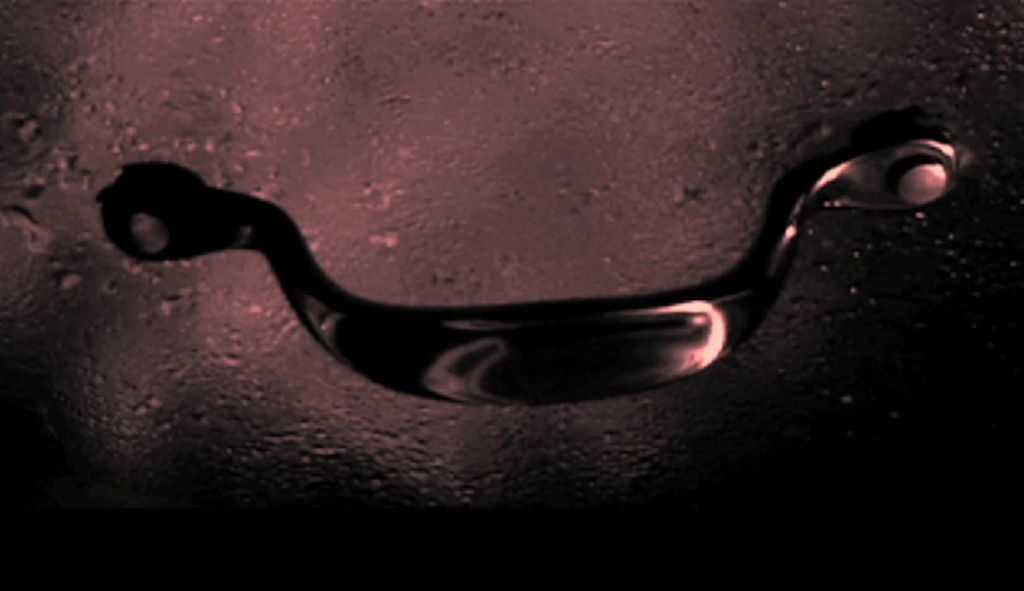
Authors:
- Prezydenckie gołębie, 30'
Prezydenckie gołębie / President's Pigeons
Production: Poland 2013A year in the life of the inhabitants of a social housing estate created 20 years ago in a complex of sheet-metal cabins adapted for this purpose. Among the inhabitants are people who are lonely, old, and ill. There are also families with children. Each of the protagonists tries to get by somehow. The local government – owners of the land and buildings – is turning a blind eye to the problem.
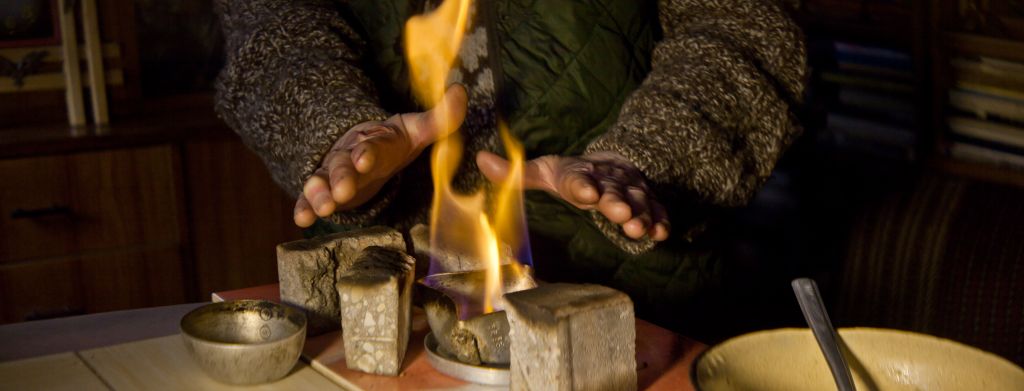
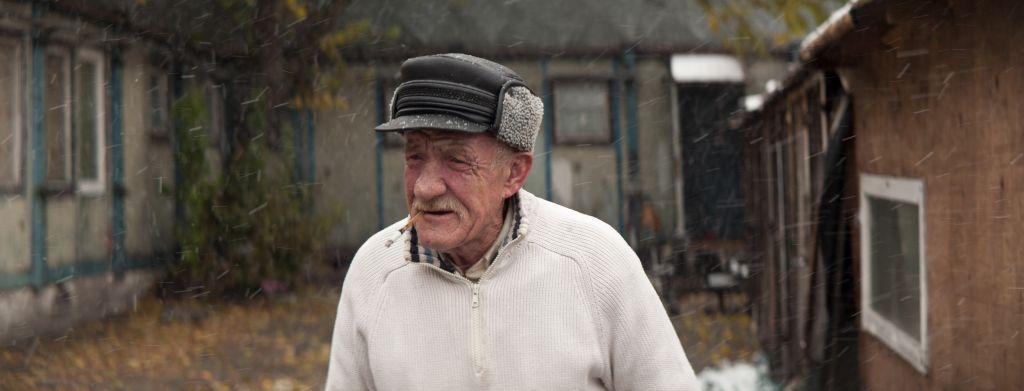
read more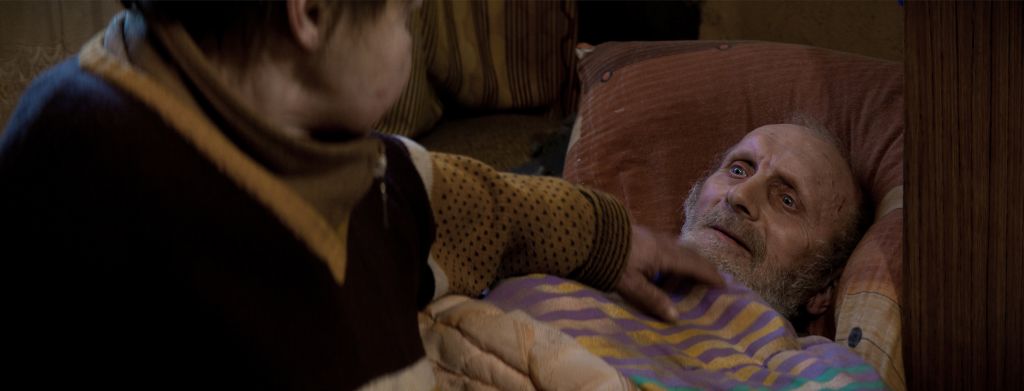
Authors:
- PS Sao Paulo, 15'
PS São Paulo
Production: Belgium / Brazil 2013Two men are wandering about in the night in a big city. They are having a conversation, one that can only happen between two lost souls. We will not get to know their life stories or their faces. Maybe they are watchmen guarding rich neighbourhoods, maybe something else. We are driving around an alien town with at-hand equipment. A (police?) helicopter drowns out the conversation and the thoughts. São Paulo is the biggest agglomeration on the southern hemisphere. The city itself is inhabited by 11 million people, the whole agglomeration – by around 21 million.
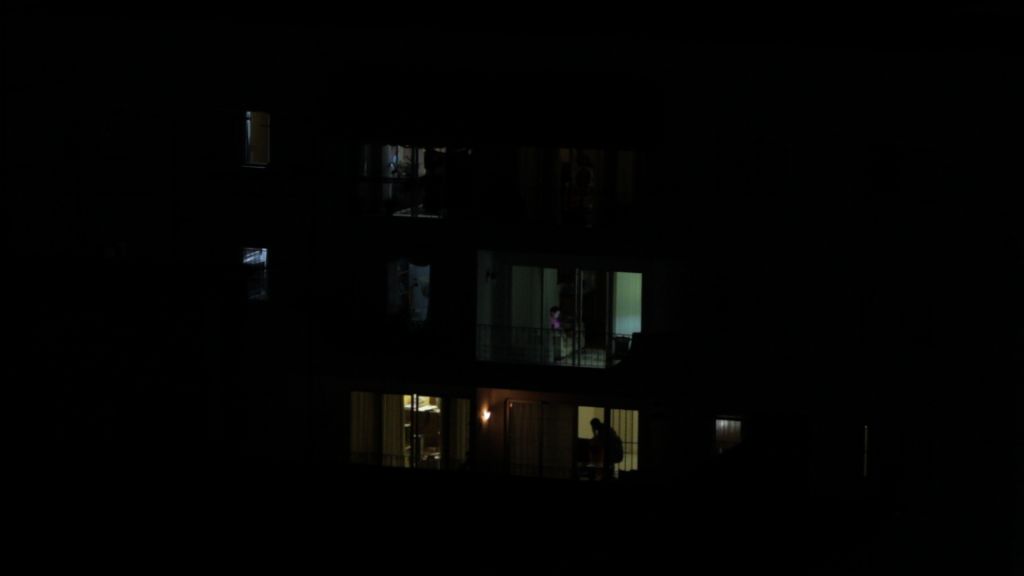
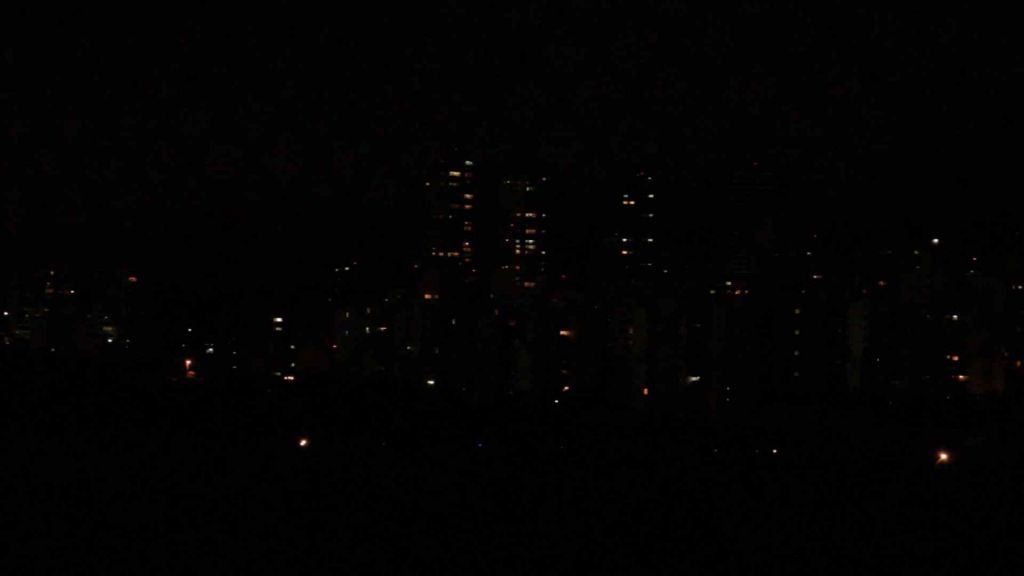

read moreAuthors:
- Quicken Belts, 3' 54''
Quicken BeltsProduction: 2008
Quicken Belts is a movie of an ordinary train ride – then mirrored and enhanced with technicolor cyan. The result is calmness and pause for a moment - in order to show the beauty and the specificity of seemingly normal moments.
read more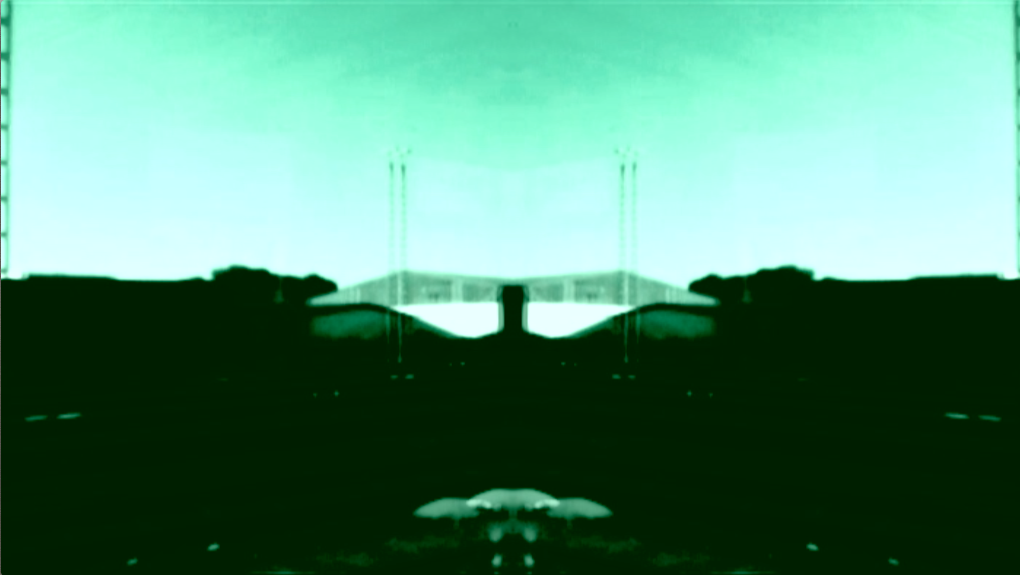
Authors:
- Raoul Wallenberg, 61'
Raoul WallenbergProduction: 2014An incredible – and, simultaneously, typical for many 20th century European citizens – story of Raoul Wallenberg, Swedish diplomat who, together with other employees of the Swedish embassy in Budapest, saved about 100 thousand Hungarian Jews from extermination. Ten thousand Hungarians were given Swedish passports, several hundred were employed in the embassy and accommodated in houses with political immunity. In January 1945 Wallenberg was arrested by the NKVD and accused of spying for the USA. The film tells his story, and the history of Nazi and Soviet crimes in an original, experimental form.read more

Authors:
- Rue Milton, 1' 05''
Rue MiltonProduction: 2012
A one-minute long pause to observe the soundscape of Milton Street in Montreal, QC.
This piece is a document of an autumn afternoon in the city of Montreal; its passers-by, cars, vans and bikers. Moved by the question of perpetual and inevitable change of a city, this video aims to memorialize a transient, perhaps even ordinary, space in time.
read more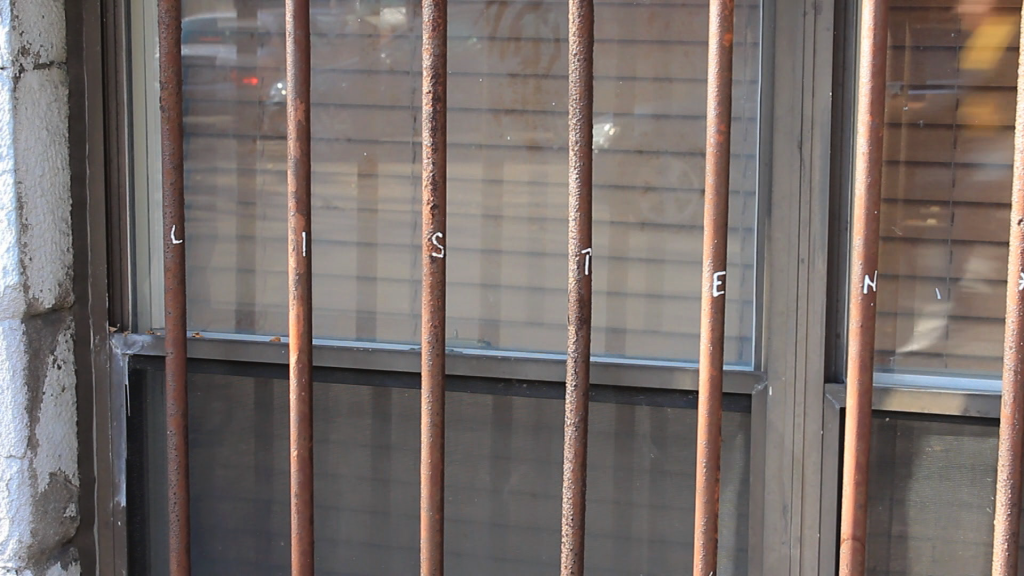
Authors:
- Salome, 59'
Salome
Production: Iceland / Sweden 2014Salóme Fannberg is a tapestry artist in her late fifties. Despite poor health, she weaves frenetically. Ever since I can remember, she's had a loom between her hands. But one day she decided to give up her art to concentrate on raising her children. This would take her 23 years. There are six of us; four different fathers of four nationalities. I am the oldest. I have not lived with her since I was a teenager. Today I have returned to Iceland. I am 35, without children and with an ambition to film her. Under an avalanche of my questions she grows taciturn un-wanting to reveal herself. In our tug of war I keep my camera pointed at her incessantly. She is firm in her disapproval.
(Yrsa Roca Fannberg)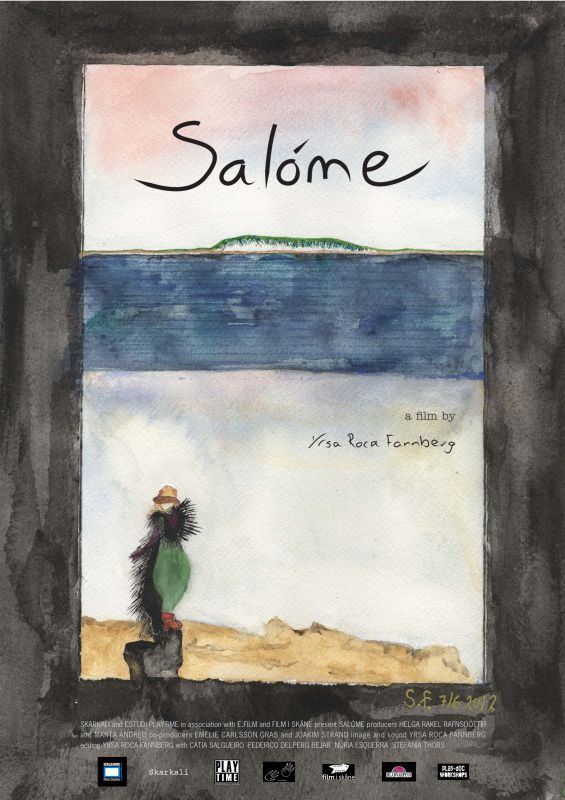
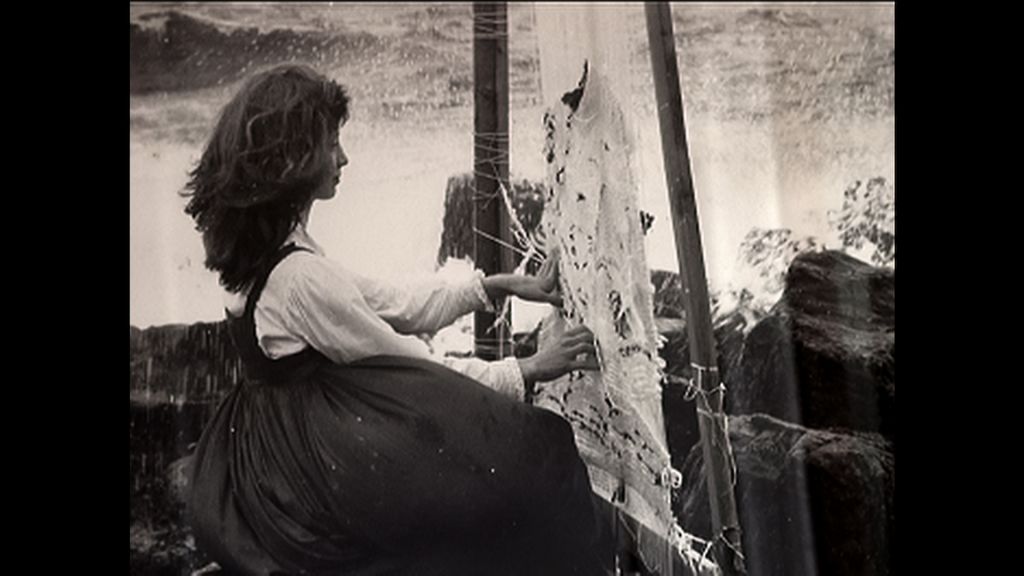
read moreAuthors:
- Sati, 25'
Sati
Production: Poland 2013An unbelievably beautiful snow-covered mountain emerges from the clouds before the title appears on the screen. Pathos? Kitsch? Yes, but who cares, it's still beautiful. Another shot: a woman's face, full of affection. The woman is looking to the side; the intensity of her face against the worn backrest of a soft, cozy sofa. A third explodes with light, energy, movement. The first shot shows a mountain that just sits there. The second one shows Olga, Piotr's wife. The third shot: Piotr in his element. The word sati denotes the self-immolation of a widow at her husband's funeral pyre, a ritual practised in some Asian communities.
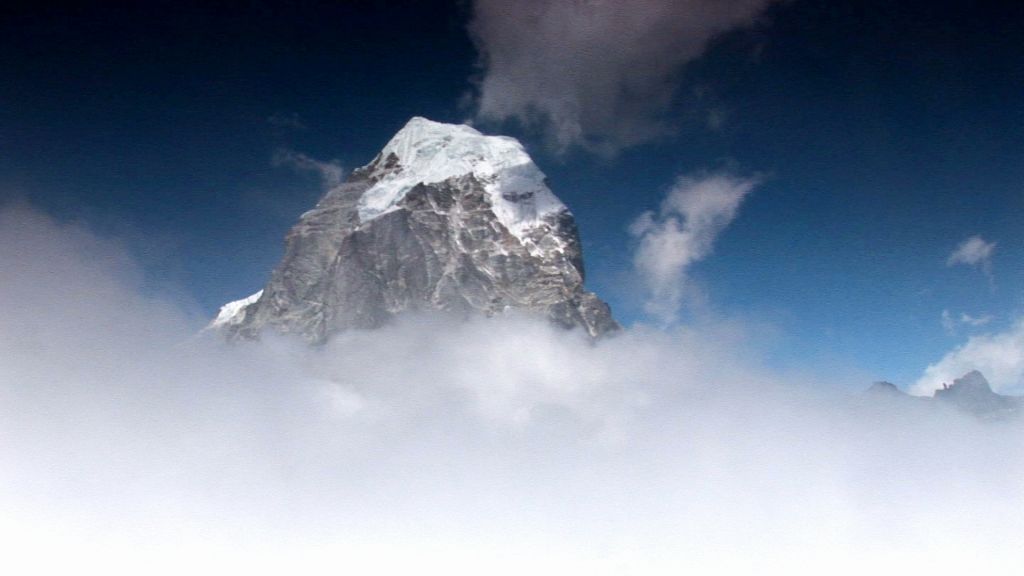


read moreAuthors:
- Self Obliteration, 3' 41''
Self ObliterationProduction: 2013
Self Obliteration is a remake of Flux FIlm 37 by Peter Kennedy and Mike Parr. A man reaches forward to place something on the camera and with each motion his image is more and more distorted. The high definition digital video is transformed into a soft blur.
read more
Authors:
- Sen na Jawie, 39'
Sen na Jawie / Dreams of Java
Production: POL 2014Riko is 28. He lives with his parents and brother in a small house on the outskirts of Yogyakarta in Indonesia. He works in one of Java's many glove factories. Occasionally he leaves his home village to become a shaman and conduct the Jathilan ceremony; it lasts for many hours during which the dancers' bodies are being possessed by spirits. Riko, a modest young man who leads a double life, introduces us to a world where mythology is interwoven with daily reality.
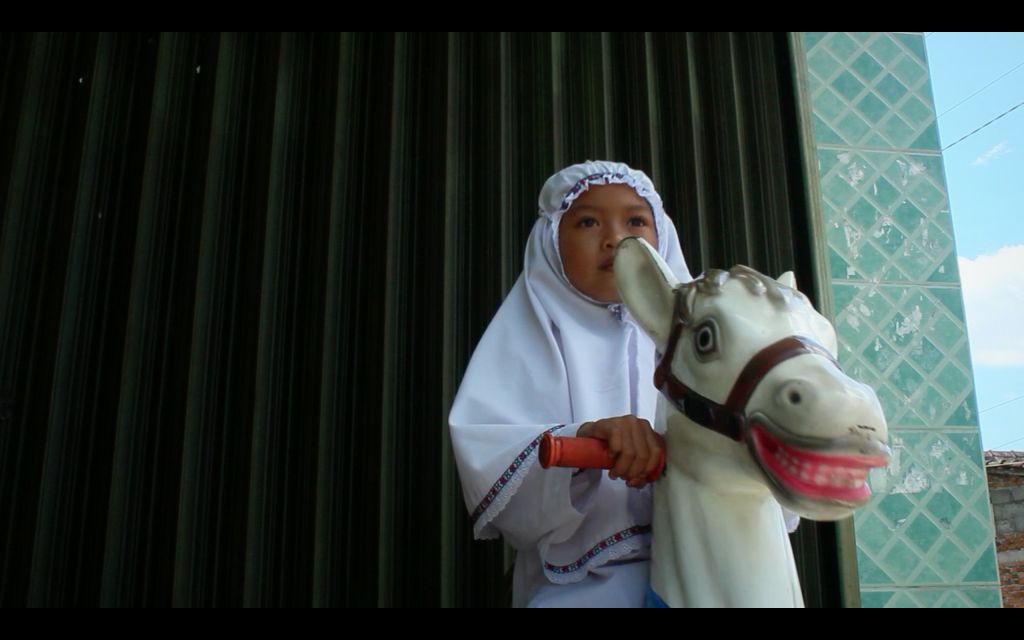

read more
Authors:
- Simultaneous Opposites # 52: Tone Rose , 6' 47''
Simultaneous Opposites # 52: Tone RoseProduction: 2011
Tone Rose is an example of serial composition applied to not only audio tones, but also cinematic shots. It was created using my Simultaneous Opposites engine: a program for traversing previously captured video footage in real time, navigating by use of a MIDI guitar, computer pointing device, and software algorithm.
I like the way Tone Rose delicately sets up your expectation, then let’s you fill in the silences. This is how we learn empathy, and you can feel it happen as you experience the piece.
read more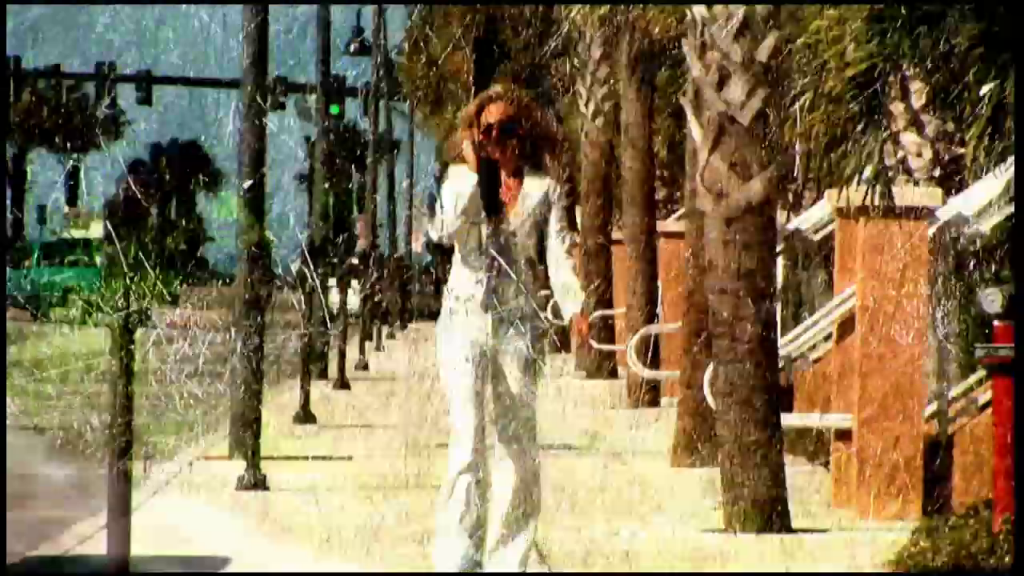
Authors:
- Simultaneous Opposites #60: Breathing for Metaphors , 6' 18''
Simultaneous Opposites #60: Breathing for MetaphorsProduction: 2011
Generating this piece was a way to refocus on my breathing, and the breathing of the Simultaneous Opposites Engine. This breathing, the duration and physicality of which is itself a focus of this video, is also of course a metaphor, one that is accepted through our implicit empathy for all objects. In an inversion: these metaphors are the intentions of Man, they are how we understand the meaning of the world, and how we know “what it’s like outside”. What is Metta for?
read more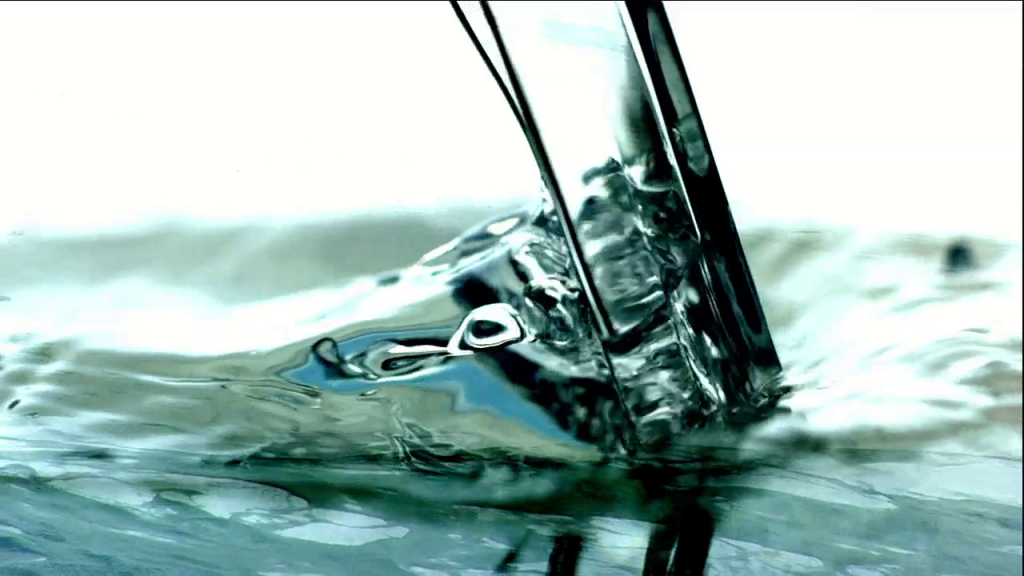
Authors:
- Sketch : Signal to Noise #1, 1'
Sketch : Signal to Noise #1Production: 2011
altered footage of jellyfish combined with numbers station audio. the creature with no skeleton seems to be caged, and sending signals - -
read more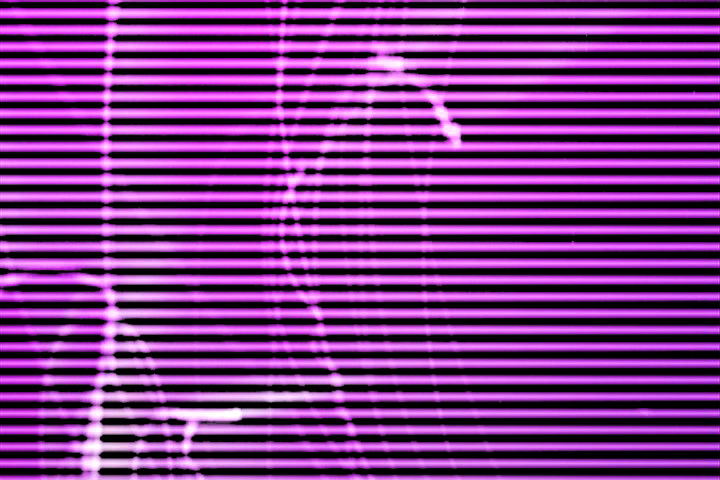
Authors:
- Solvitur ambulando, 5' 12''
Solvitur ambulandoProduction: 2013
A psychogeographical exploration of Barcelona.
read more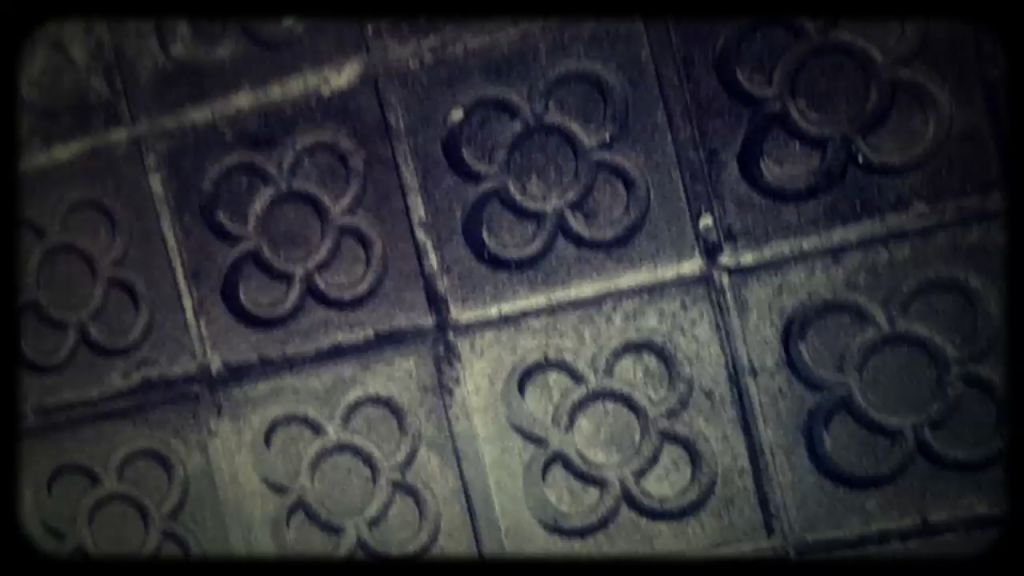
Authors:
- Song from the Forest, 98'
Song from the Forest
Production: GER 2013Song From The Forest documents the life of the US citizen Louis Sarno who has lived with the Bayaka Pygmies in the Central African jungle for the past 25 years. When Louis leaves with his son by his Bayaka wife Samedi for a journey to New York City, his seemingly utopian world goes off kilter. In a moving epic, Michael Obert sensitively draws the portrait of an exceptional person between two cultures, between giant forest trees and skyscrapers.
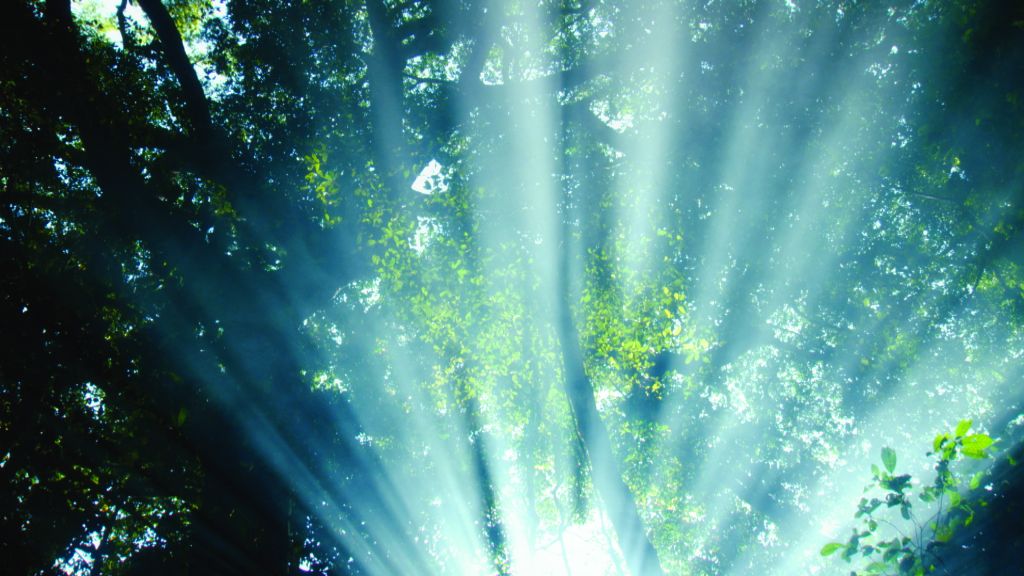

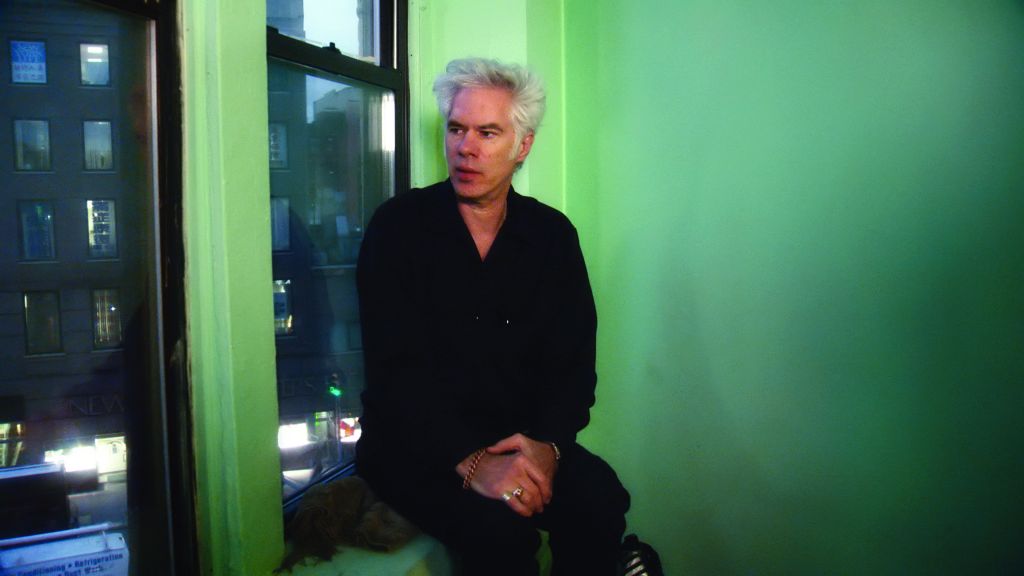
read moreAuthors:
- Spacerek staromiejski, 18'
Spacerek staromiejski / A Walk in the Old City of Warsaw
Production: POL 1958, COL, 18'A film made as a type of intermezzo between the premieres of Eroica and Bad Luck. It was based on the idea by composer Andrzej Markowski, and was brought to life exquisitely. Its little protagonist, a music school student, wanders about the Old City of Warsaw and discovers a world which is not available for everyone. It is a world of amazing and beautiful sounds. They are the most important for the little girl, she finds music in them – in the noise of kids, sounds of the street, chuffing of the tractor, tuning of the organs, shuffling of the broom, and in the jets flying by.
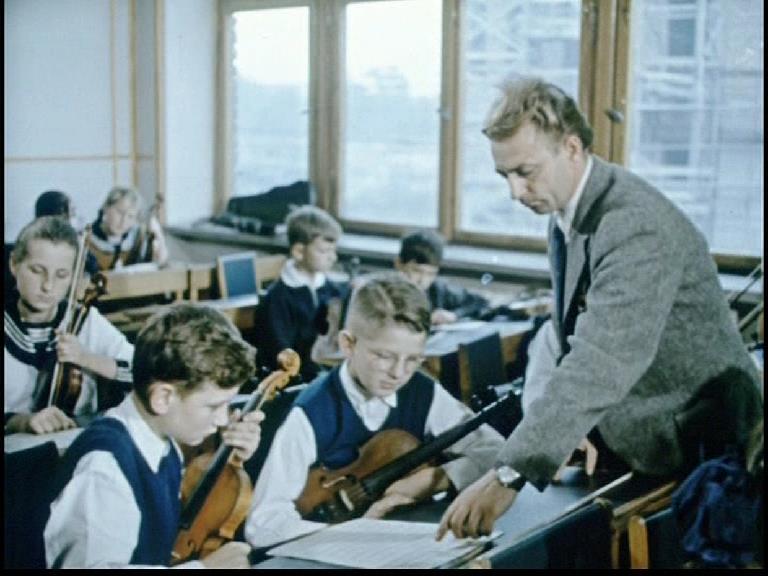
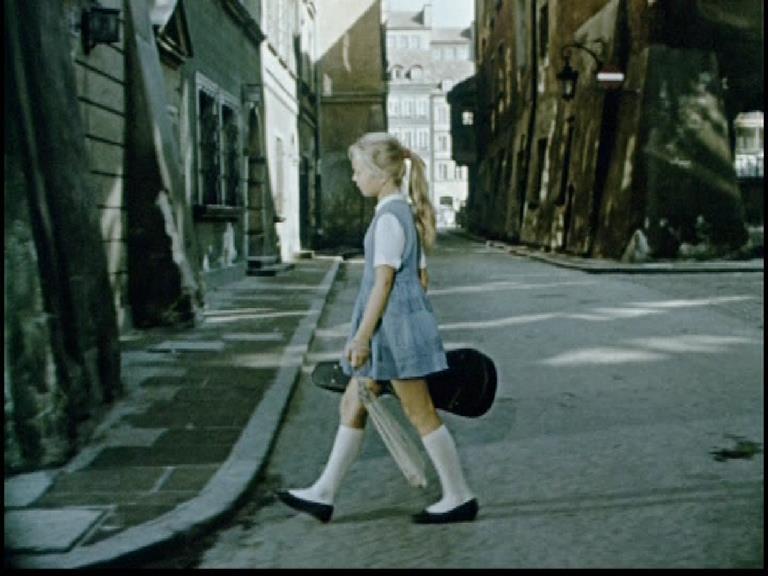
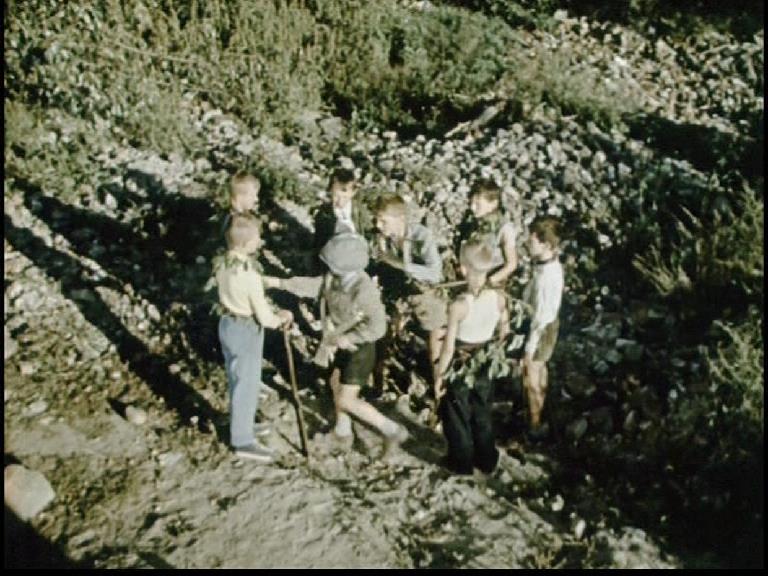
read moreAuthors:
- Stay the Same, 14'
Stay the Same
Production: UK 2013Recording footage for this experimental documentary took place over the course of a year: every day at the same time in the same place. Stay the Same talks about our relation to time and the need to capture the feeling, the experience, the emotion. Without any words or changing the camera angle, the film goes from darkness to light, shows seasons and emotions. Never-ending change is the only thing that is constant. It broadens the boundaries of the form, creating a part of film poetry, showing beauty and pain present in every day. Director Sam Firth came to one and the same place at the Inner Seas off the West Coast of Scotland every day at the same hour, and for ten minutes filmed her self-portrait. The film is an accumulation of these moments, accompanied by Fraya Thomse's score made especially for the film.
read more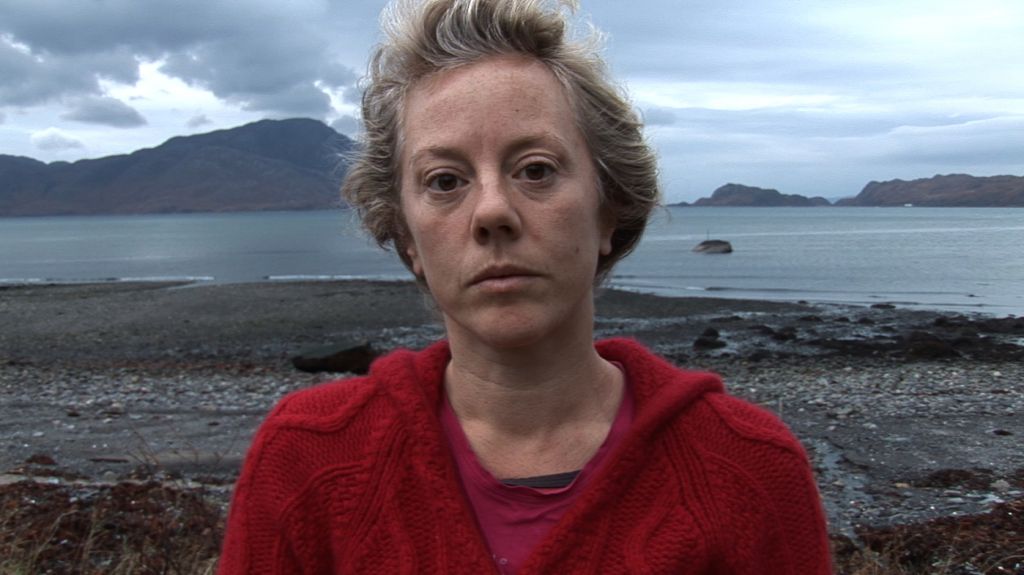
Authors:
- Sunlight entering the Bronx Museum on my 50th birthday (2030), 2' 40''
Sunlight entering the Bronx Museum on my 50th birthday (2030)Production: 2013
This computer-generated simulation shows accurately how the sunlight will enter the Bronx Museum of the Arts, in New York, on March 12, 2030 –the day the artist will turn 50 years old.
read more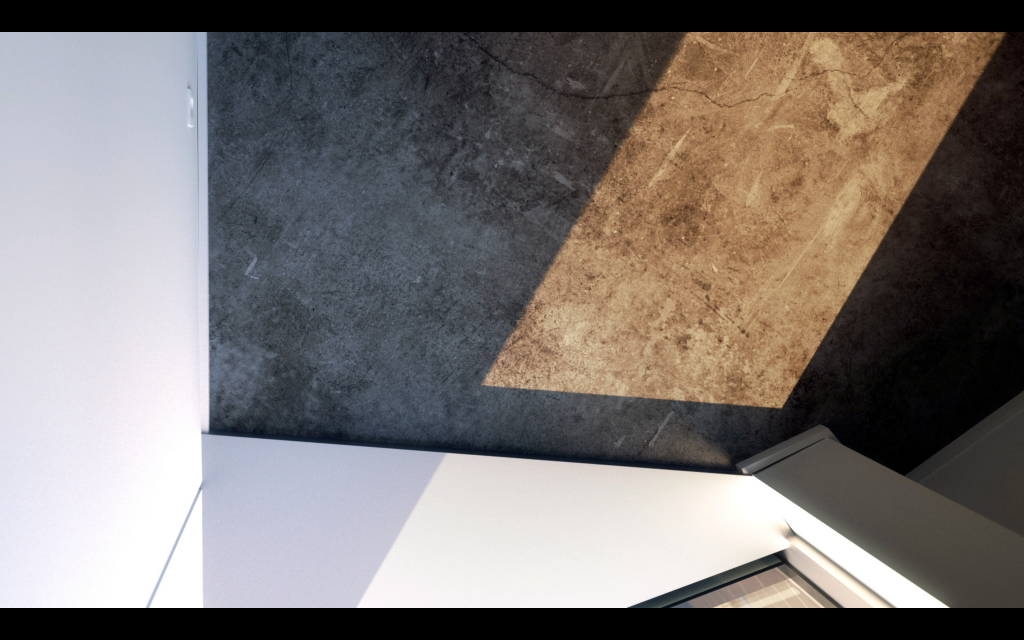
Authors:
- Swallow, 9'
Swallow
Production: UK / Scotland 2013In this film, food (which seems to be something specific and down-to-earth on a day-to-day basis) gains an entirely different meaning than satisfying one of life's most basic needs. The footage of food, caught on 8- and 16-mm tape, evokes memories and emotions. Personal stories told by various voices are imposed on the different shots, also including food, and merged by the narrators' memories. A multi-layered story created this way is simultaneously existential and emotional.
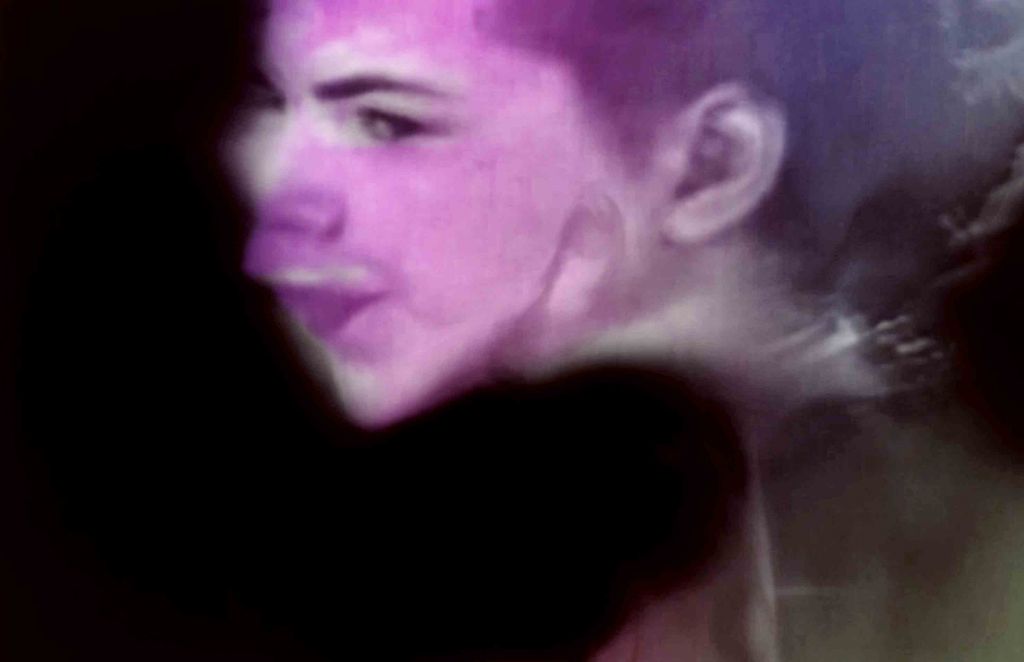
read more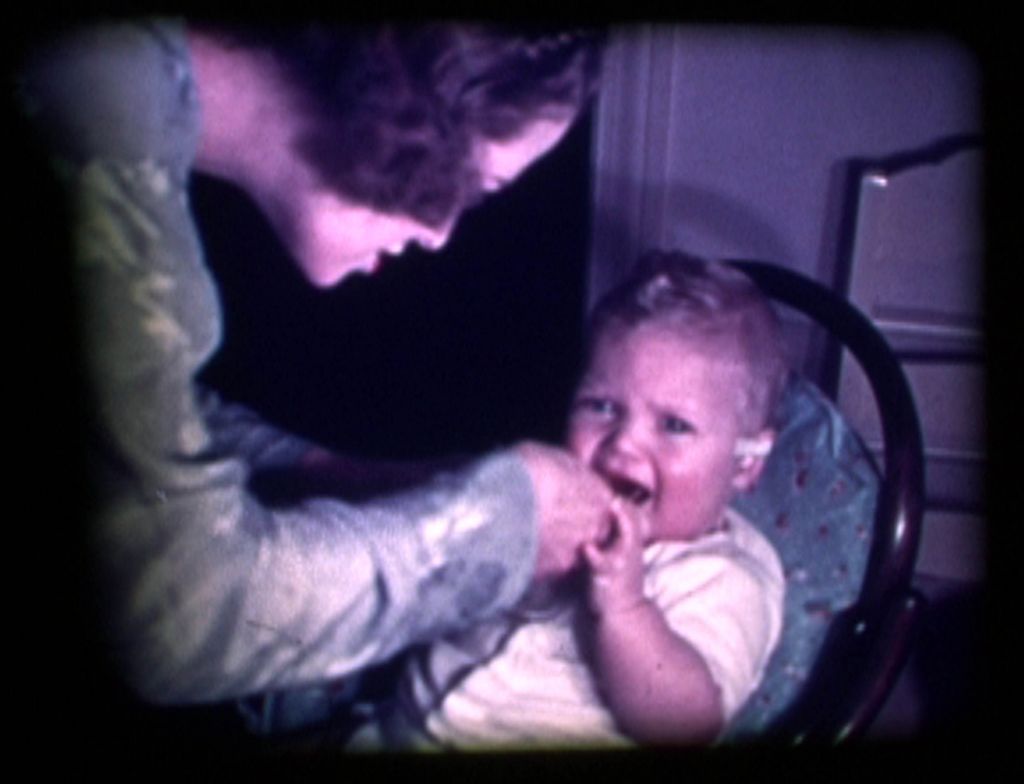
Authors:
- SYNAPSCAPE / ahuenna!, 4' 18''
SYNAPSCAPE / ahuenna!Production: 2009
camera / editing: Piotr Wegrzynski
music: SYNAPSCAPE / ahuenna!
performers: Sylvia Lajbig, Bitch Von Kicz, Piotr WęgrzyńskiMusic video for the track "ahuenna!" by German group SYNAPSCAPE. It was created as part of BlackFleshVideo – SUKA OFF’s permanent project exploring the possibilities of image and sound synchronisation.
Importantly, this concept rejects the automated synchronisation process based solely on processing. Formally, it’s based on the convention of performance for camera and traditional film editing work.
Aesthetically, it continues to portray the dynamic physical processes in a fetishised post-industrial space, which is characteristic for the group’s work.
read more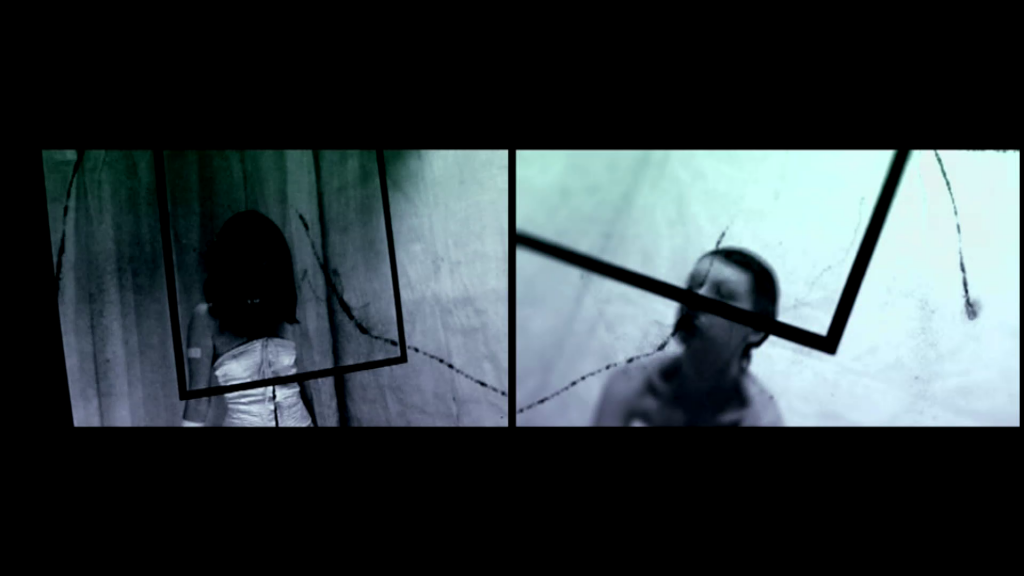
Authors:
- Szczecińska Hellada, 13'
Szczecińska Hellada / Szczecin's Ancient Greece
Produkcja: POL 2004Part of the Wędrówki Po Szczecinie series. A story about the collection of antique art in Szczecin's National Musuem, on exhibition in the Museum building on Wały Chrobrego. Rafał Makała talks about the collection, its creators, and history.


read moreAuthors:
- Szpila, 30'
Szpila
Production: Poland 2014The vigorous Szpila is a single mother to twin girls diagnosed with autism. Szpila does everything to introduce joy and hope into her family life. Love is already there. The protagonist trains, sings songs written for her daughters, seeks medical solutions. She cries when it's necessary. She laughs whenever it's possible. Szpila's efforts and energy are to bring about the best.
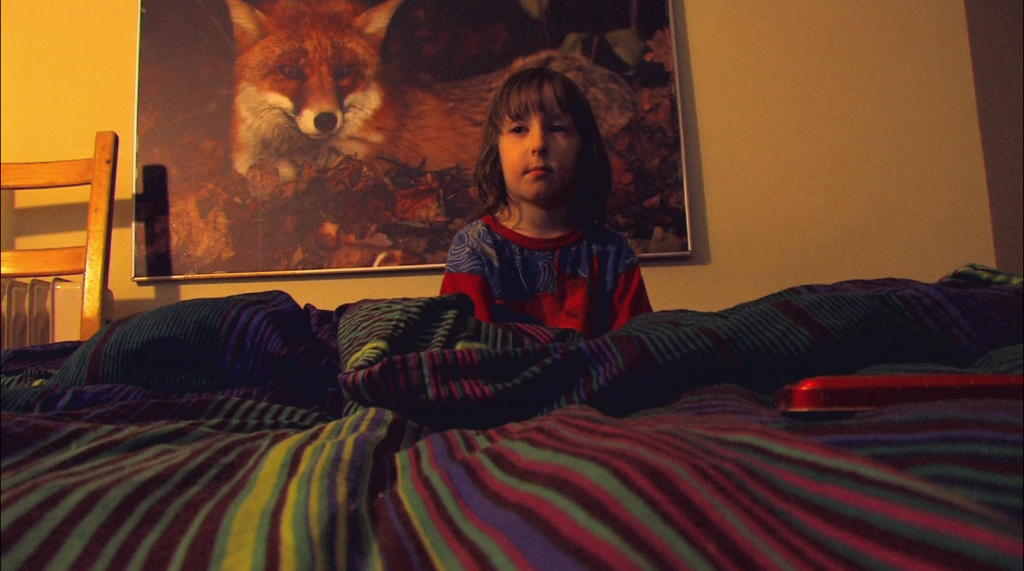
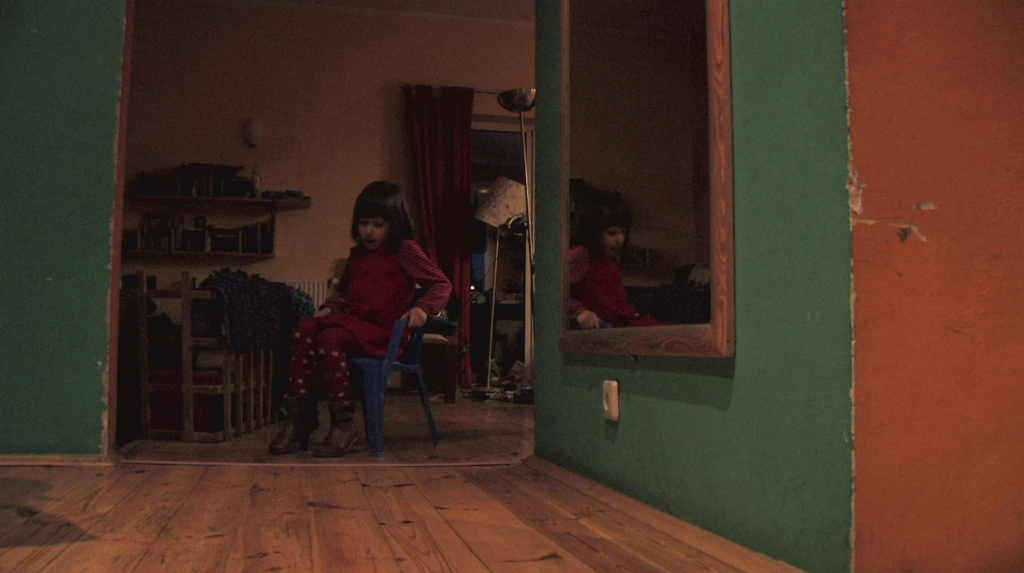
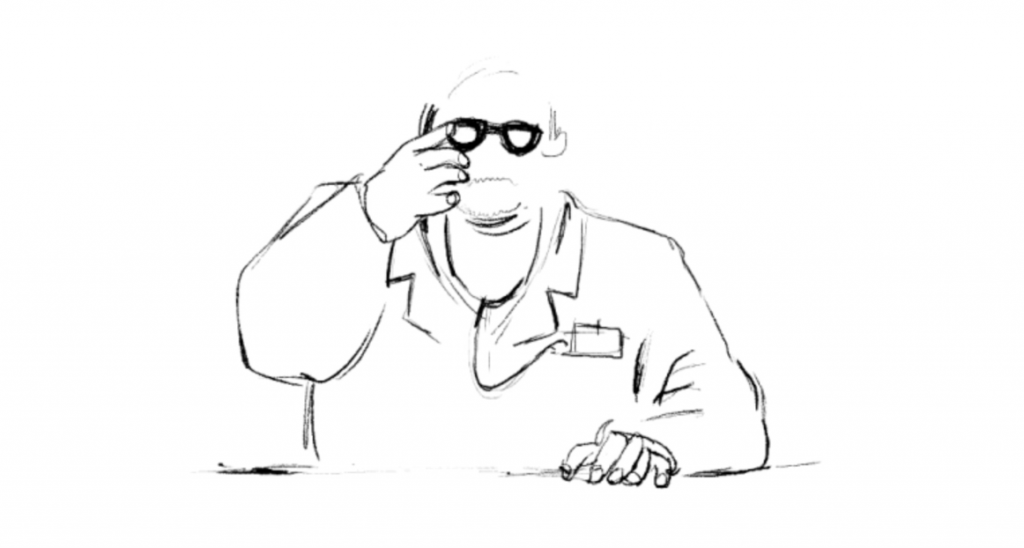
read more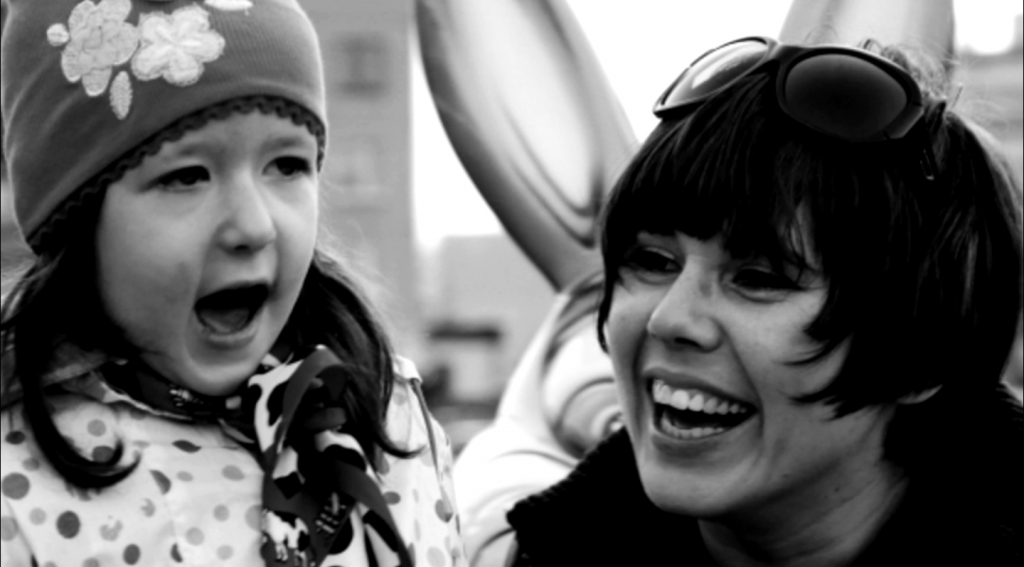
Authors:
- The Biotope, 5' 18''
The BiotopeProduction: 2011
Only from a human point of view, which is constantly in search of organising things, one can talk about categories where culture and nature are opposed to each other.
As soon as the observer is non-human, all borders between artificial and natural and all
twilight areas between culture and nature are irrelevant and suspended. All elements, human or not, are products of the same world and have the same value.
process. Indeed, when a bird builds its nest, it doesn’t bother about an urbanisation plan either.
read more
Authors:
- The Hour Glass, 9'
The Hour Glass
Production: GER 2012Death is living all by himself in a small house in no man’s land. He is living his daily routine, until one day he finds an abandoned baby in front of his house. Desperately the Death searches the Hour Glass of the Baby in his basement. But he has to accept that the baby still has a long life to live. And because of that he is forced to find a solution to soothe the baby. In the beginning the baby is content with some milk, but after a while the baby wants more and more attention.
FiSH: BDFA Silver Medal 2014

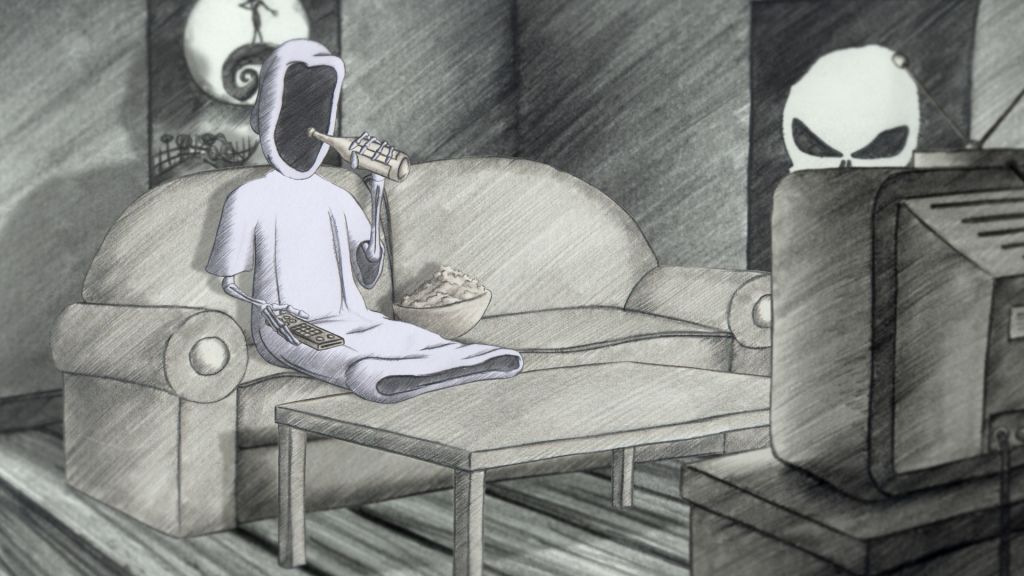
read more
Authors:
- The Naked Lunch II, 4' 19''
- The Power of Now, 3' 01''
The Power of NowProduction: 2012
The title is borrowed from a guide to spiritual enlightenment by Eckhart Tolle which became a bestseller after being championed by Oprah Winfrey. It advocates 'honouring the present' as a route to self-enlightenment. Sometimes this seems so very difficult.
read more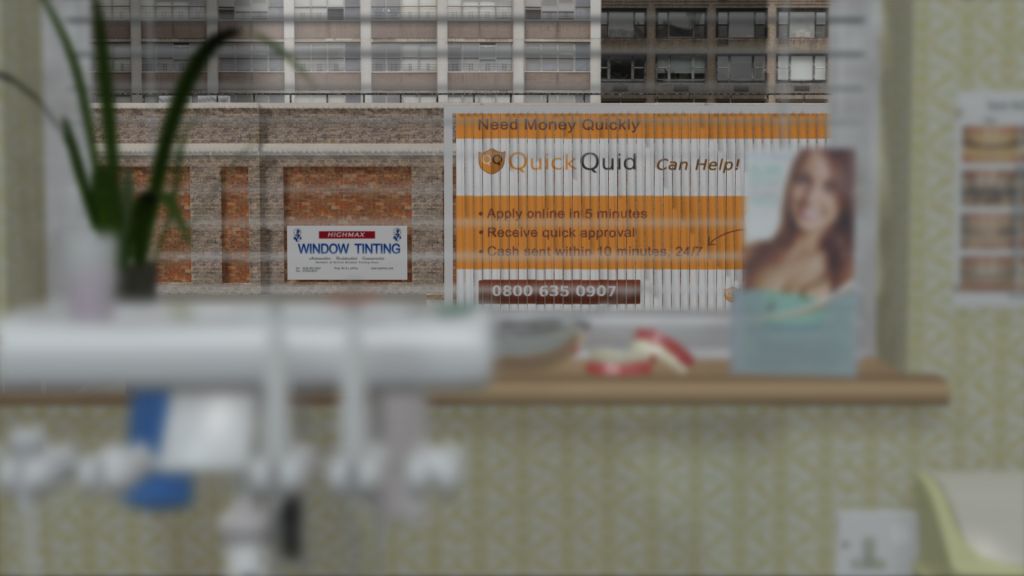
Authors:
- The Russia House II, 3' 51''
- TimeLapse: Het Plein
- To byłoby coś pięknego, 17'
To byłoby coś pięknego / That would be beautiful
Production: Poland 2014Humanity's problem with colonising Mars would have been resolved long ago if there had only been a way to return from this planet that is almost a year's travel away. It has been decided to at least send people on a one-way journey to Mars. The international program received over 200 thousand submissions from volunteers worldwide. Among them there is Mrs Aleksandra, a biology teacher from Sosnowiec, fulfilled in her family and professional life, fascinated by the possibility of establishing the new cradle of mankind. Like we said, there is no return from Mars, although the lady from the Social Insurance Institution associates the planet with some – distant nonetheless – Great Britain, Ireland, and maybe even Germany. And Mrs Aleksandra, aware of her mission's significance, gets her pension secured and gets accustomed to Marsian landscapes, strolling with her dog along the picturesque streets of Sosnowiec.


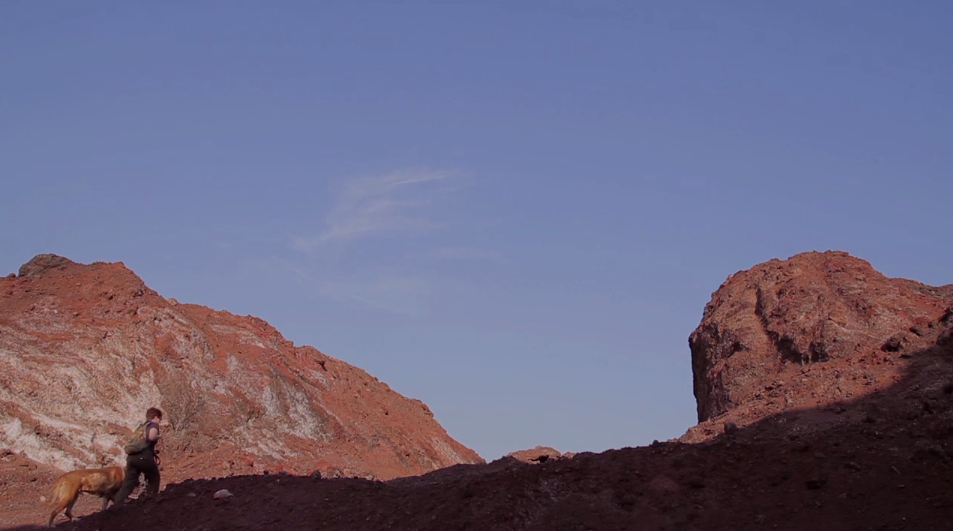
read moreAuthors:
- Toprak, 1'
Toprak / EarthProduction: 2013
The video is a part of the series of works titled “Earth” which is related to the subjects of origination and eschatology. The series consist of 3 photo series of 9 photos and a video loop. The names of the series and video are (by order) Earth (bleu), Earth (rouge), Earth (iron star) and Earth.
read more
Authors:
- Tundra
- Ucieczka z raju, 25'
Ucieczka z raju / Escape from paradise
Production: POL 2011Nine-year-old Nikola, the daughter of Polish parents, has been living in Norway for 5 years. The officials decided to take her away from home, basing their decision on the fact that the girl was sad. The child was put with a foster family, where she was to wait for adoption from a Norwegian family. Nikola's desperate father hired detective Rutkowski. In the documentary we will see the planning process and the attempt to get the girl back.



read moreAuthors:
- Untitled (White Sands, New Mexico), 16' 50''
Untitled (White Sands, New Mexico)Production: 2013
Shot in White Sands New Mexico, I walk in a giant circle through a sand storm as the camera slowly pans with me, creating an endless loop within a undefined field.
read more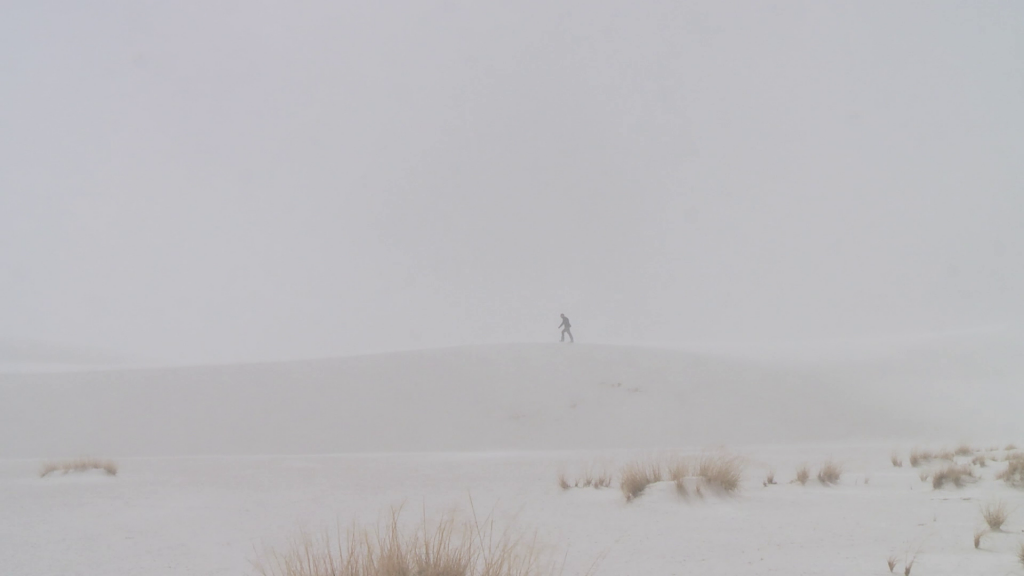
Authors:
- Untitled, for an elevator, 20''
Untitled, for an elevatorProduction: 2014
The video is a piece of the on-going video project “Untitled, for a dictionary” which began at 2010 for recording everyday things with a kind of autistic sense.
read more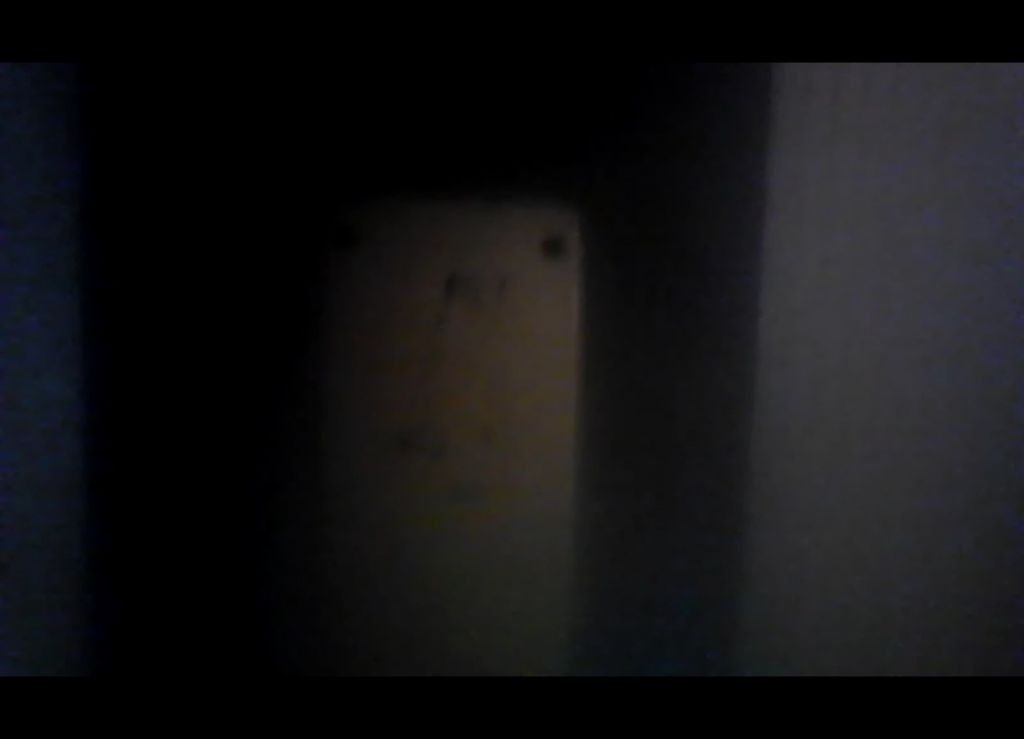
Authors:
- Untitled, for the laundry, 14''
Untitled, for the laundryProduction: 2014
The video is a piece of the on-going video project “Untitled, for a dictionary” which began at 2010 for recording everyday things with a kind of autistic sense.
read more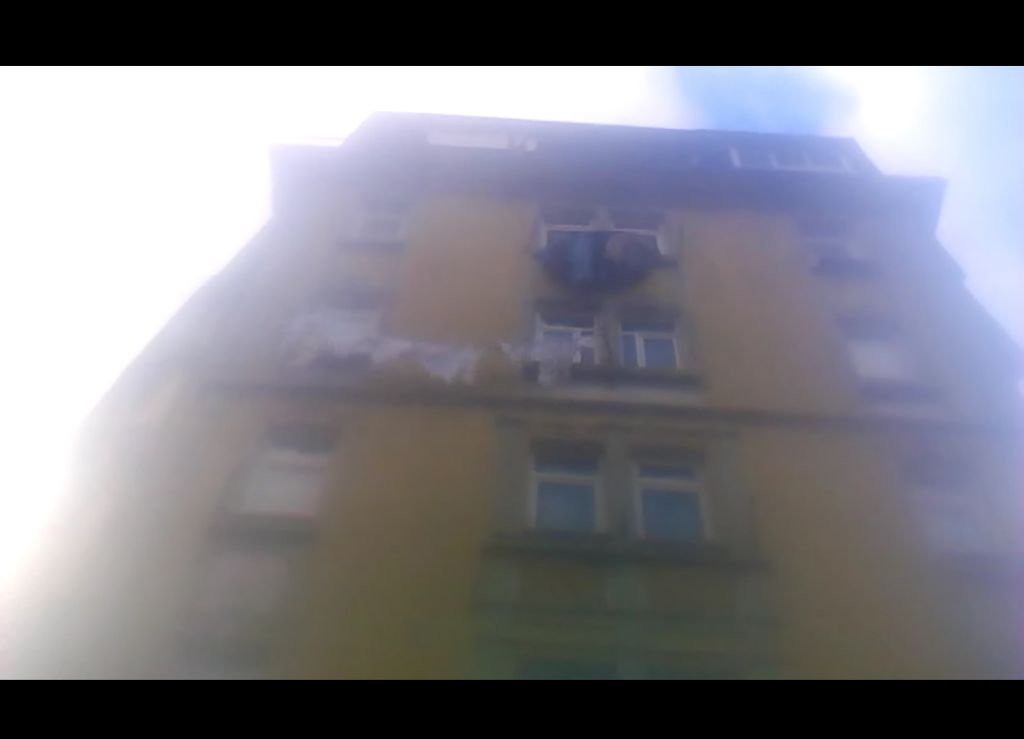
Authors:
- Velsignet vaere dette sted, 29'
Velsignet vaere dette sted / Blessed by this place
Production: Denmark 2013A multilayered film about seeking identity, and belonging to a place. At the same time it is a portrait of mankind, metaphysical and full of humour, focusing on the areas where we find the meaning of life, areas that make life understandable and meaningful. Weightlifting, work (even in a hilarious costume), a place to put flowers, space to smoke a cigarette and to gossip, a heavenly choir in the funeral chapel. Each of those actions and each of these places can be what they should be under the consistently changing sky.
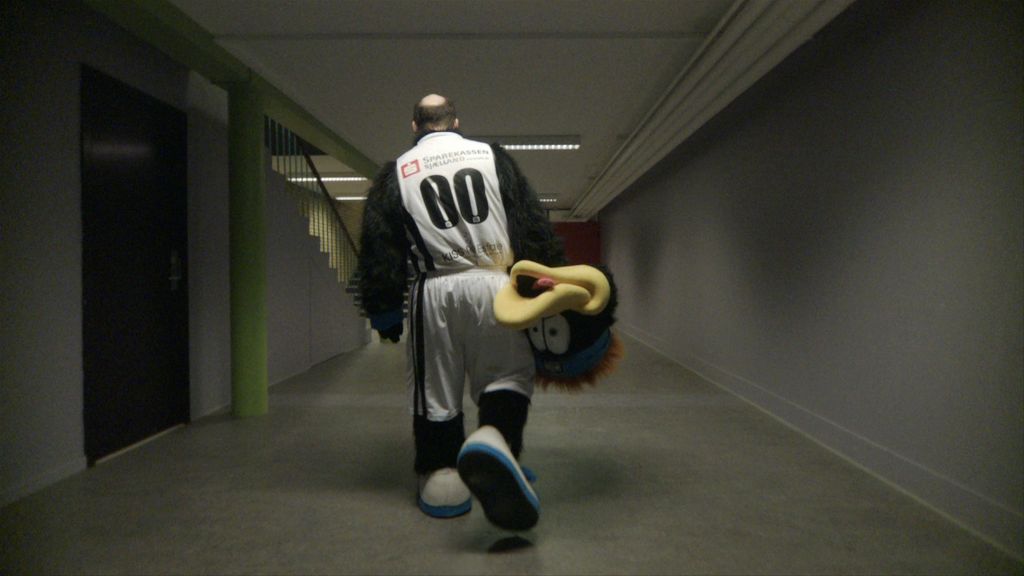
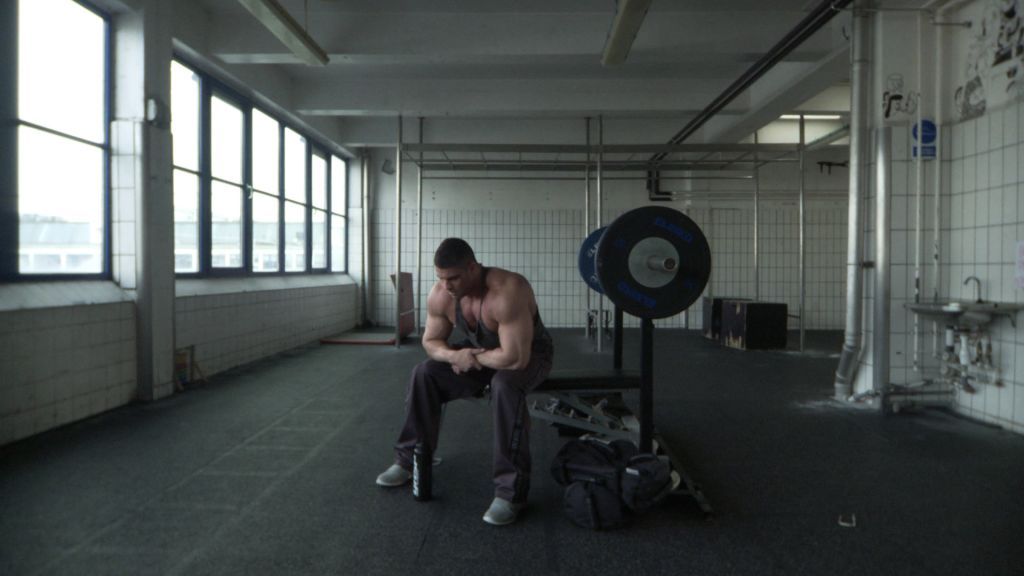
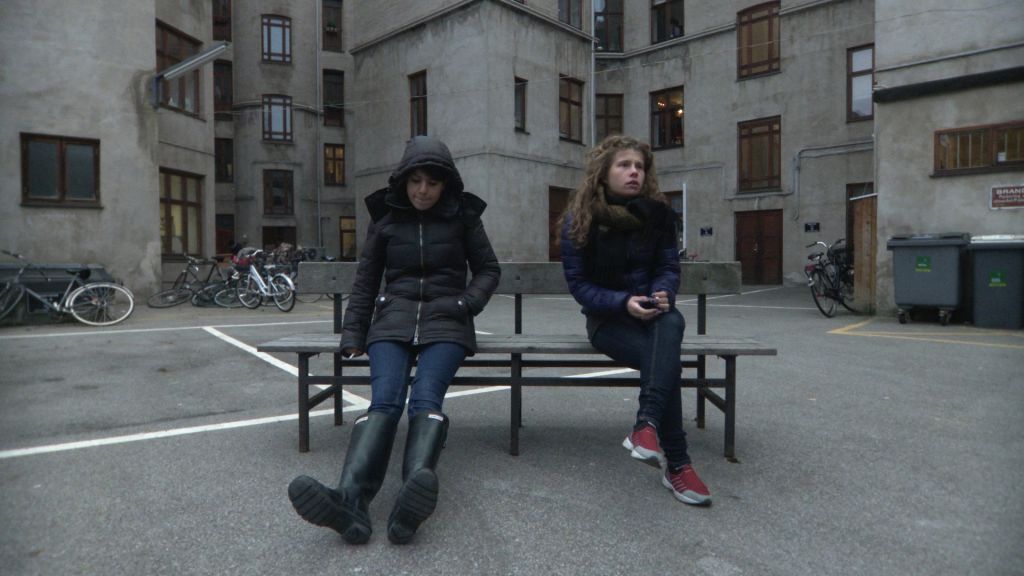
read moreAuthors:
- Vi Bast Bindu, 18'
Vi Bast Bindu / Bet Obey
Production: Albania 2014In the days of a multibillion glorified soccer business, through the voice of an Albanian soccer gambling addict, we take a tour on the world of soccer, gambling and loosing, words that could sound conspirative, but that underline a bitter truth, not only in Albania, but especially in the international arena. Accusation are being made, and the finger pointed. A realistic view of the International soccer gambling phenomena.
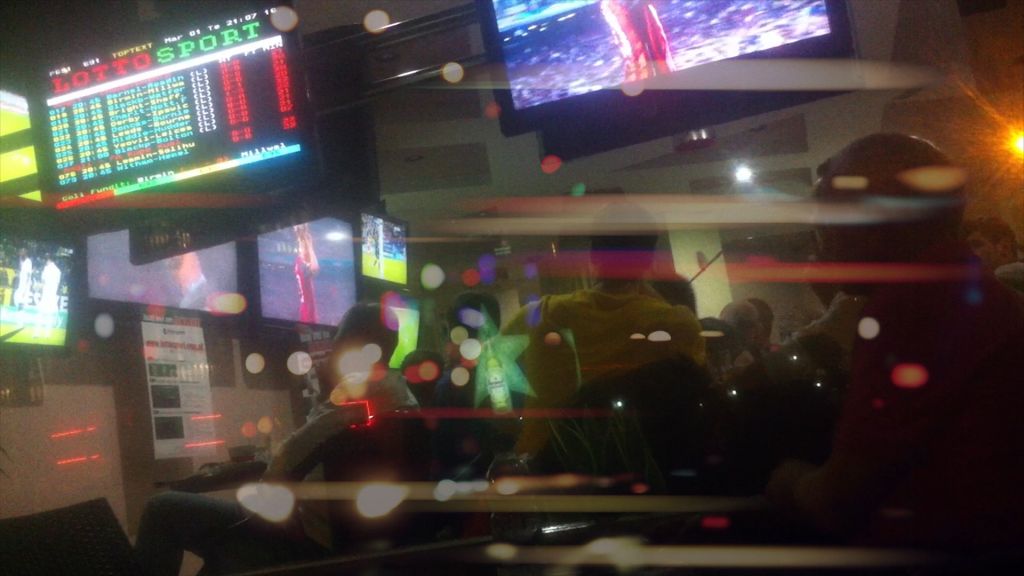
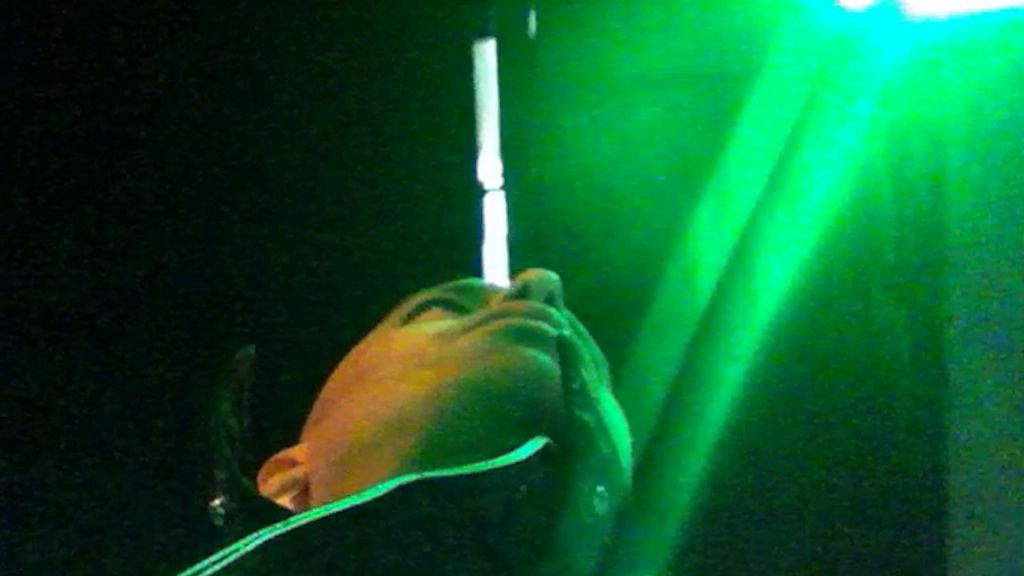
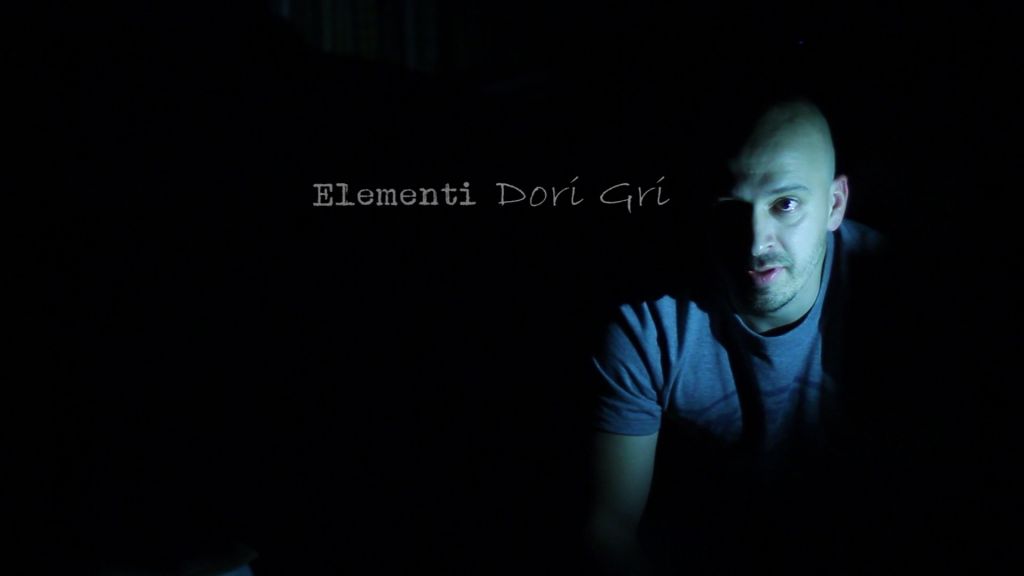

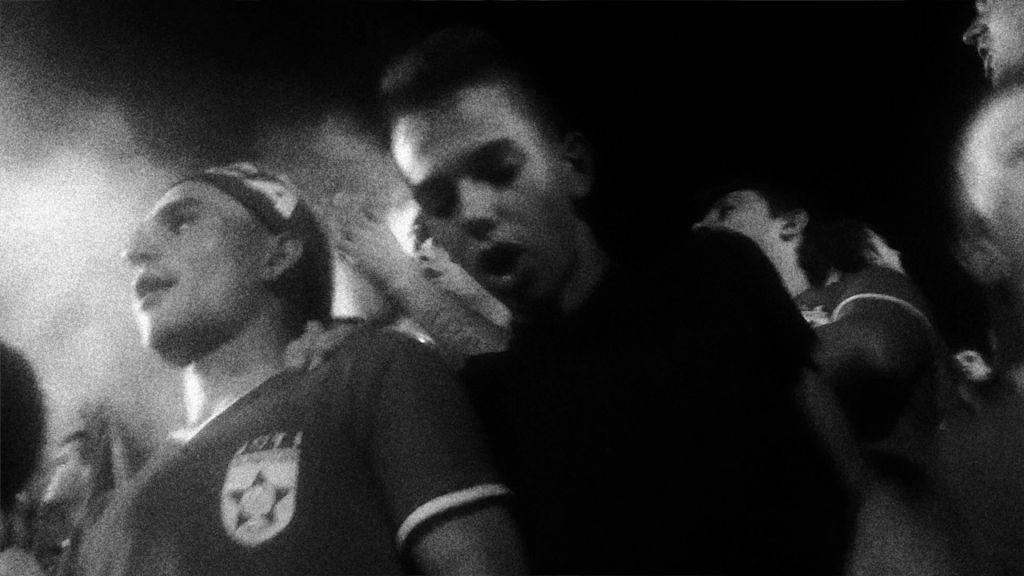
read moreAuthors:
- W imię syna - historia zza żelaznej kurtyny, 60'
W imię syna - historia zza żelaznej kurtyny / The son who never was
Production: GER 2013A moving, Polish-German spy story from the 70s and 80s of the 20th century. Janusz finds out that right after he was born his mother abandoned him, being displaced from Poland to Germany. The man decides to find her but has problems with getting a visa to enter West Germany (FRG). Years later it turns out that Janusz's mother died under unknown circumstances, and there is another “son” living under his name in Germany – a Polish People's Republic's spy who stole Janusz's identity. After learning the truth, the man dies. Janusz is the uncle of the author, who tells the family story from a personal perspective.
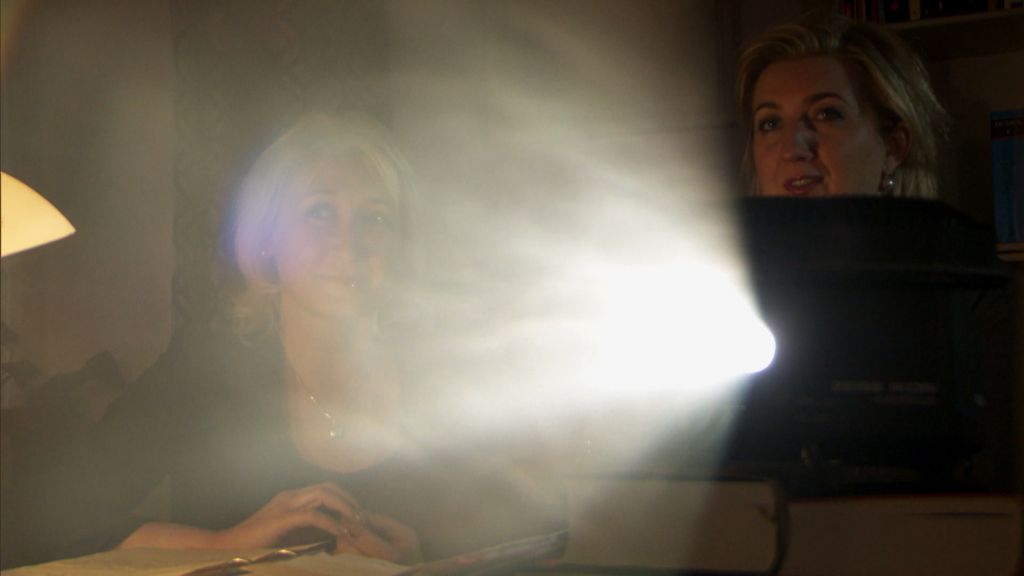
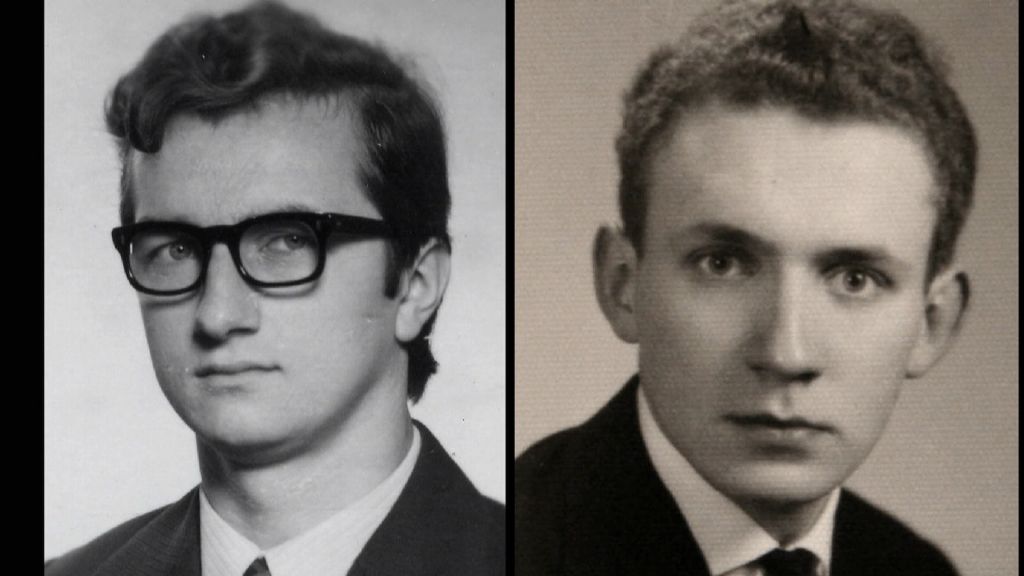
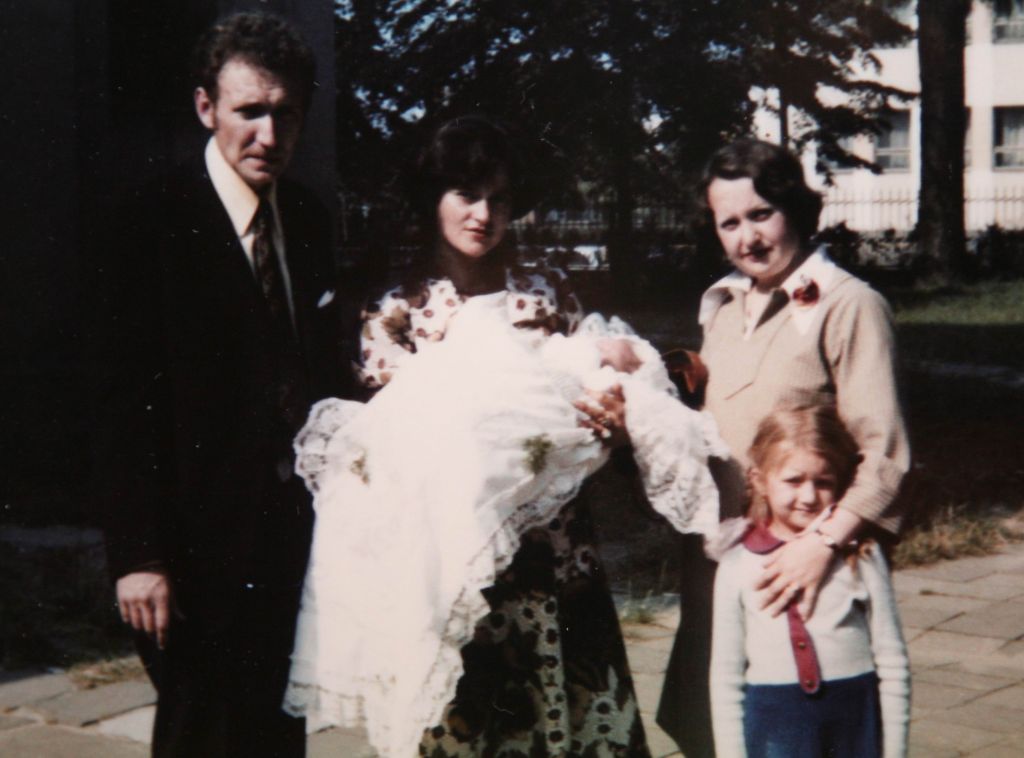

read more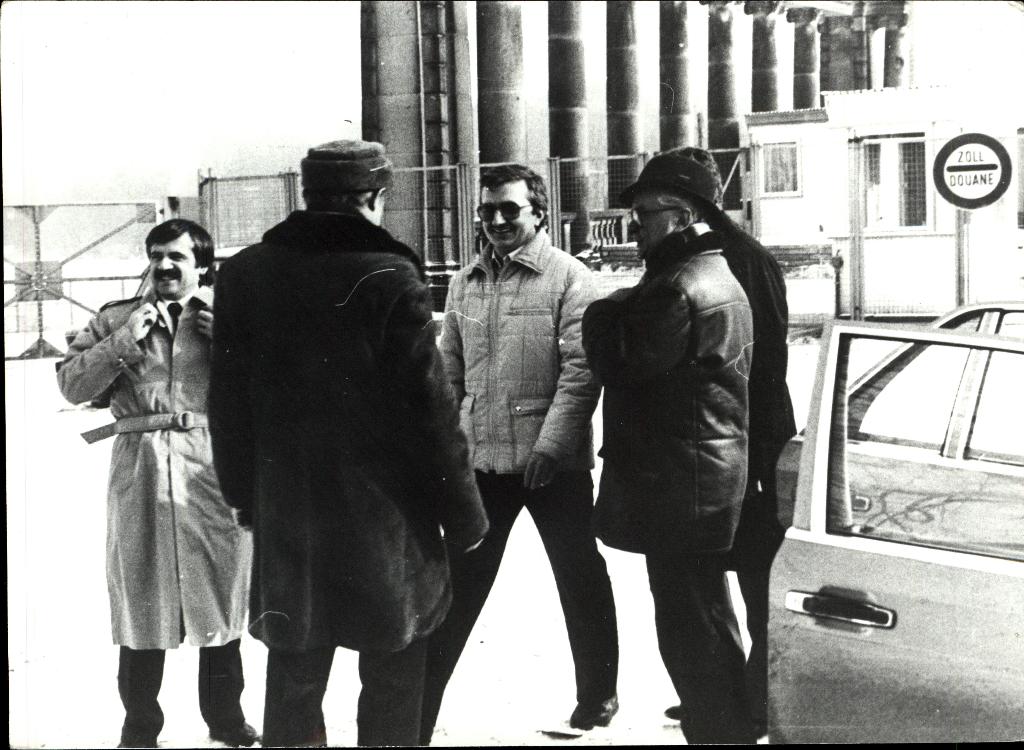
Authors:
- Walter Ruttmann - Short films 1921-1925, 25'
Experimenting with abstract film, Ruttmann made a series of animated films under the name “Opus.” Those fims are experimental audio-visual forms – geometric forms made to classical music, the aim of which was to expand the range of painting onto the audio-visual medium. “Lichtspiel Opus I” was officially presented in front of a bigger audience in 1921 – it was the first public screening of an abstract film in Germany. Making subsequent instalments of the series, Ruttmann improved his technique fundamentally, becoming the leading representative of German film avant-garde of the 1920s.
Lichtspiel Opus I
Production: GER 1921, 12‘
Opus II
Production: GER 1922, 4‘Opus III
Production: GER 1924, 4‘
Opus IV
Production: GER 1925, 5‘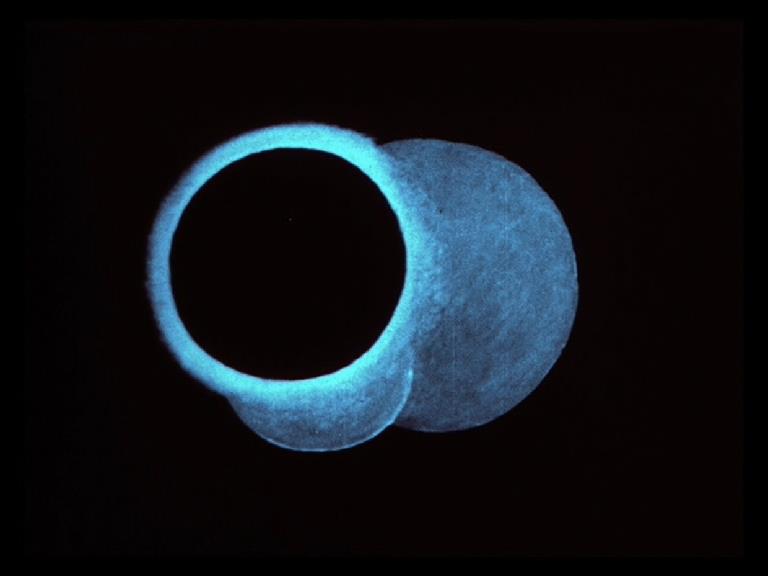
read more
Authors:
- Walter Ruttmann - Advertisements, 25'
Short animated films with an element of advertising. Just as with the “Opus,” here we also have mostly moderate surfaces which take the shapes of geometric forms. To suit the needs of the advertisements Ruttmann broadened his spectrum to even more abstract forms and lines. Ruttmann created advertisements for Exelsior tyres, Kantorowicz liqueur, and GESOLEI exhibition in Düsseldorf. The pictures include advertising slogans.
Der Sieger / The winner
Production: GER 1922, 3‘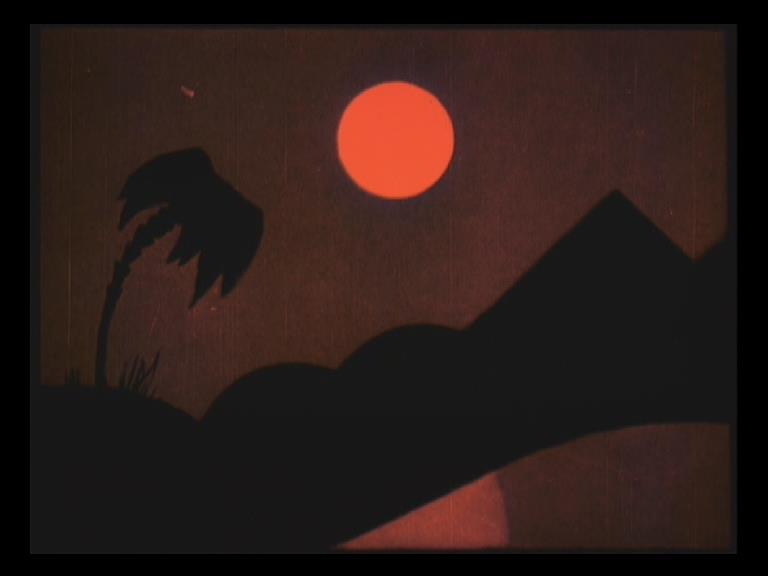
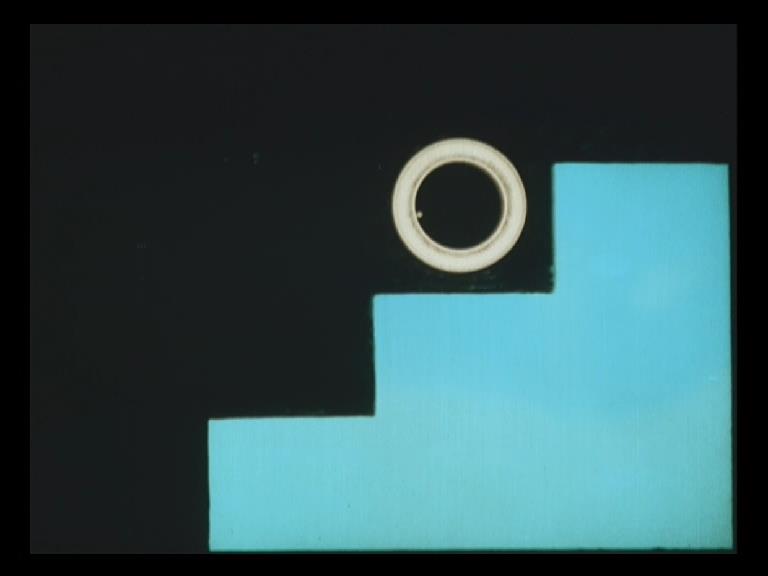
Das Wunder / The wonder
Production: GER 1922, 3‘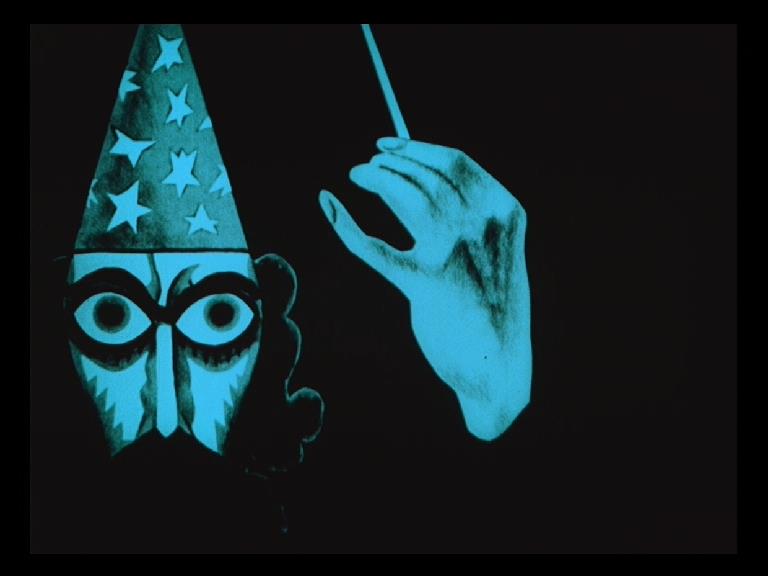

Das wiedergefundene Paradies / Paradise regained
Production: GER 1925, 6‘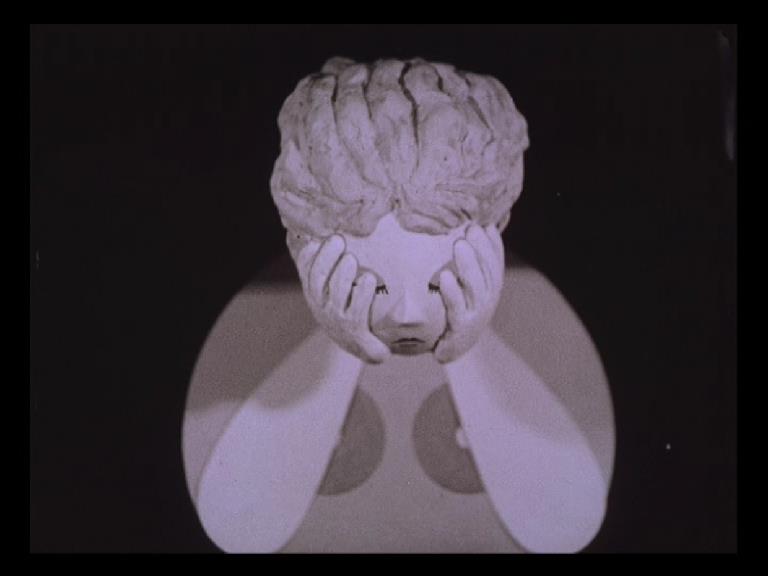
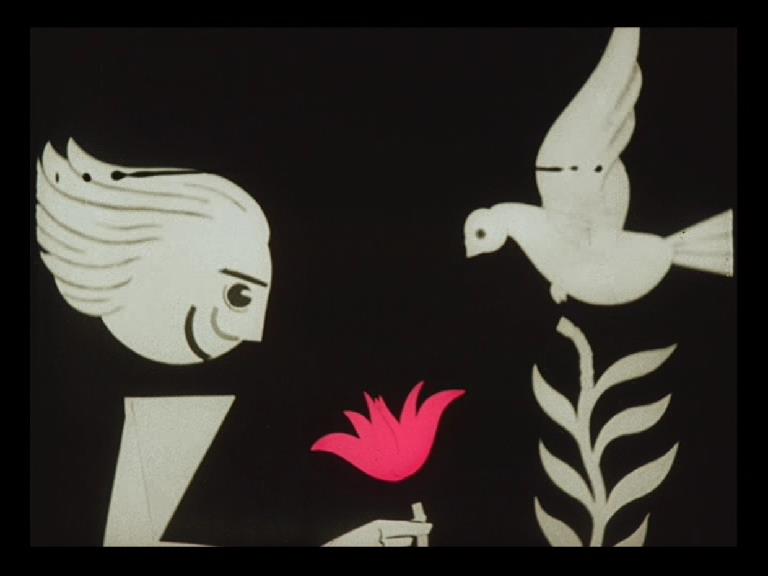
Der Aufstieg / The climb
Production: GER 1926, 4‘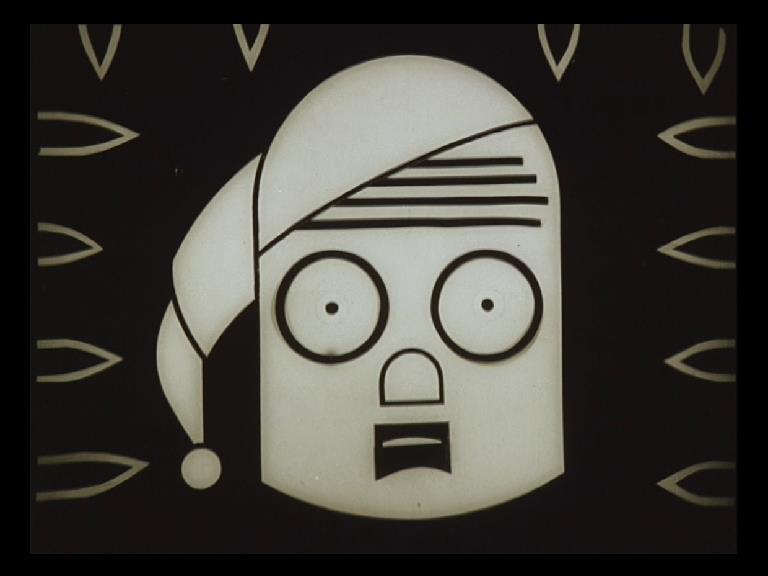
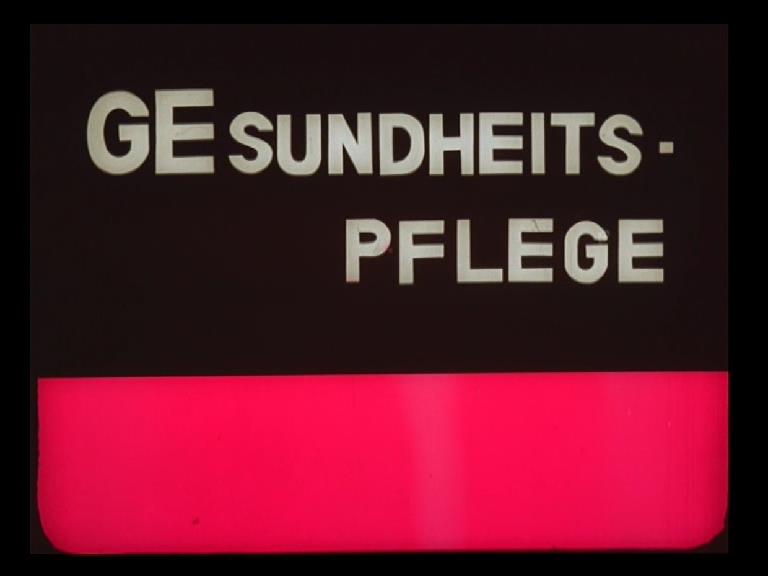
Spiel der Wellen / Play of the waves
Production: GER 1926, 3‘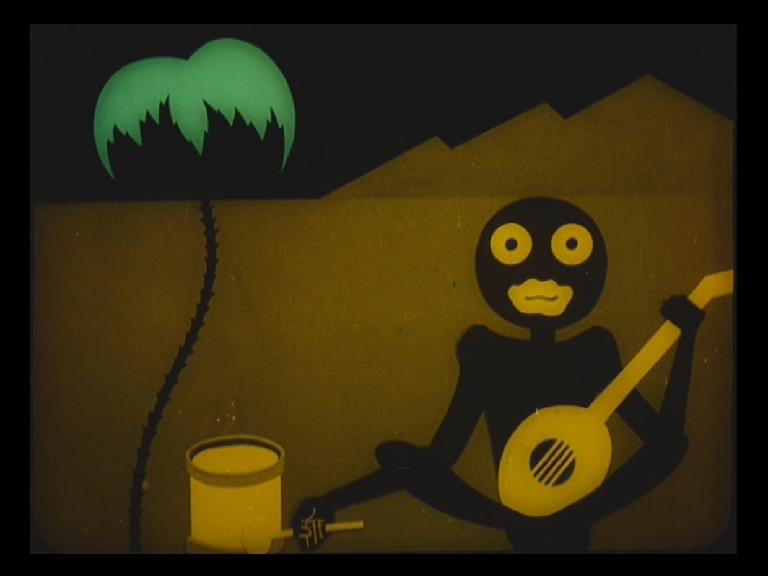

„Dort, wo der Rhein…” / “There, where Rhine...”
Production: GER 1927, 6‘
read more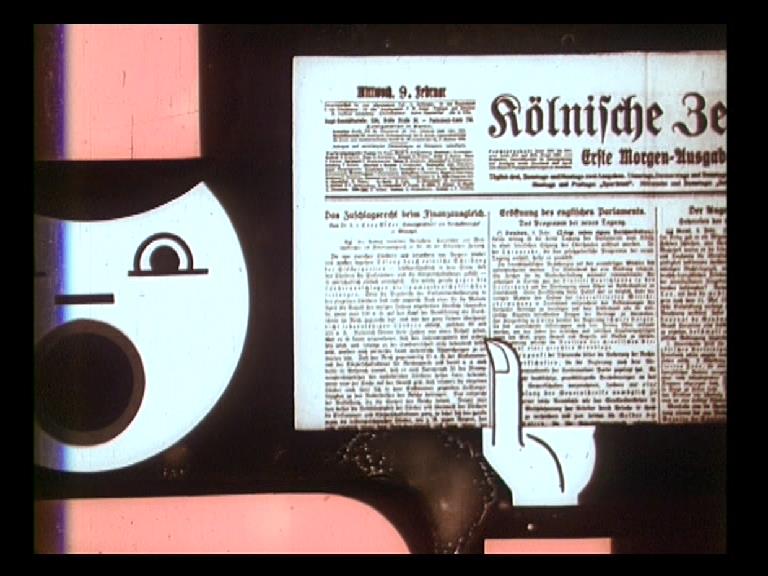
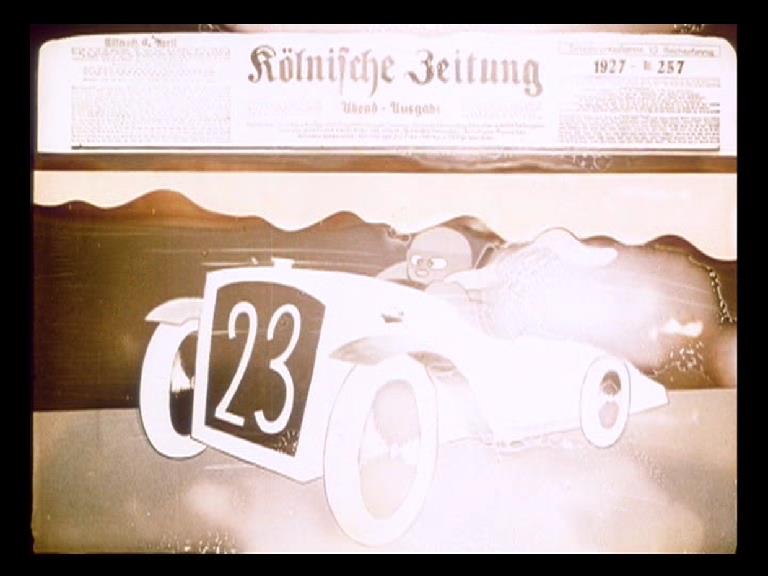
Authors:
- Weekend, 12'
Weekend
Production: GER 1930, 12‘11-minute “film audio play” which is a real symphony of sound. During one night Ruttmann recorded the sounds of the street, presenting everyday life in Berlin in this (rather humorous) way. This resulted in an extreme film experiment: a film with no picture, where everything happens in the world of sound. The “found” sounds of the city, such as church bells, the noise of the street, or fragments of random conversations make up an organic unity, evoking semantic-acoustic associations in the audience. “Weekend” is a pioneer achievement of the art of sound.
read more
Authors:
- Why Do You Have a Beard?, 6'
Why Do You Have a Beard?Production: 2010
Inspired by an airport security question this short film presents the rich ethnic diversity of humanity as animated faces morph from one culture to the next.
read more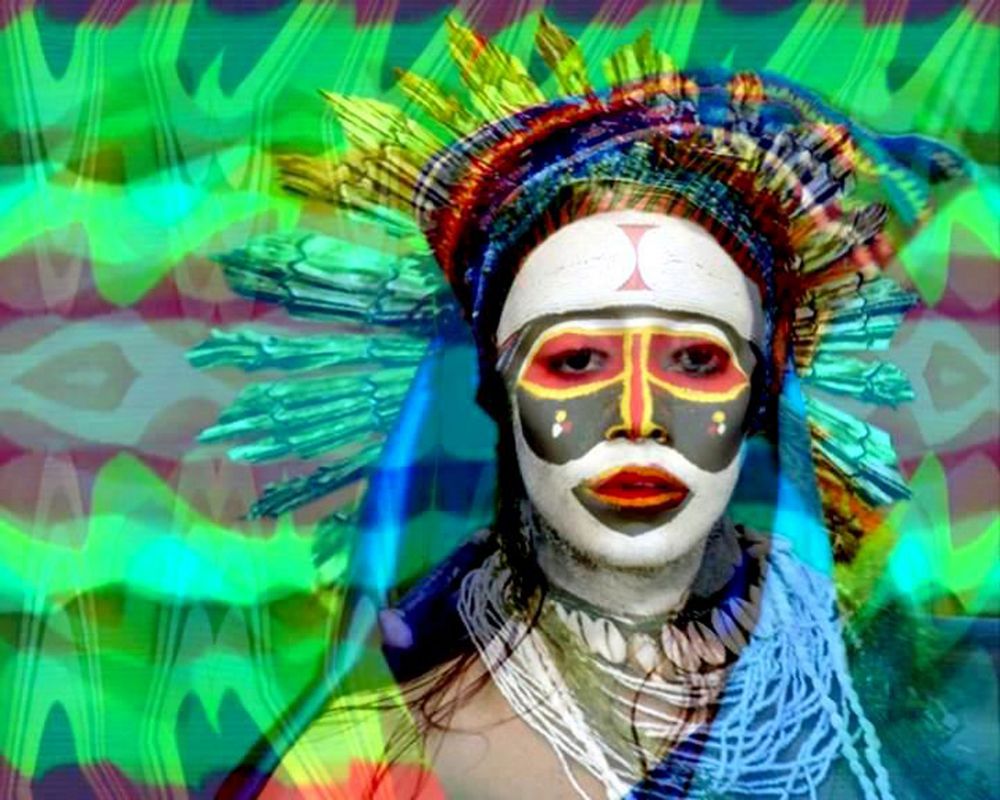
Authors:
- Wie verfilmt man einen Präsidenten?, 34'
Wie verfilmt man einen Präsidenten? / How to film the president?
Production: GER 1991The authors of this film asked themselves the question found in the title when they got an offer to make a film portrayal of president gen. Wojciech Jaruzelski. It became clear to them right after the initial arrangements with the Chancellery of the President that the aim was to create a propaganda picture, which was to improve the image of Jaruzelski in the West. The result was an unusual film – a documentary presenting something more than just an ordinary work day of the head of state. “How to film the president?” most of all skilfully shows the structures and rituals of the apparatus of power in those days.
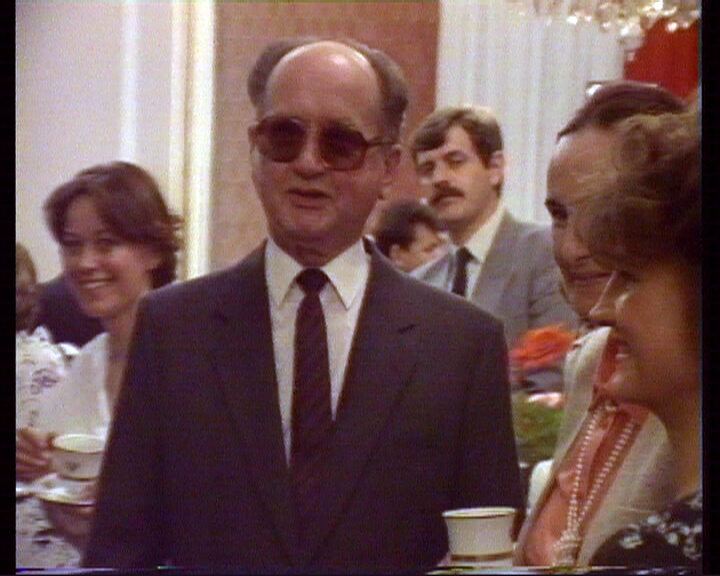
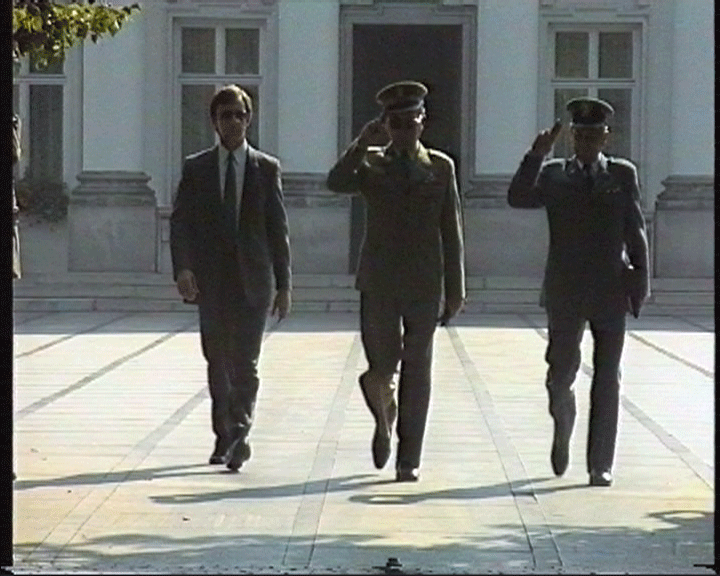
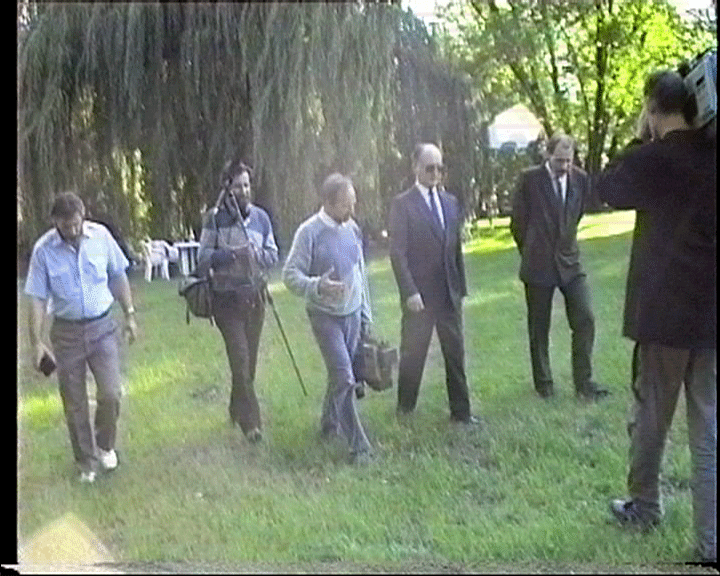
read moreAuthors:
- Wolkenmeer (Sea of clouds), 10' 20''
Wolkenmeer (Sea of clouds)Production: 2013
experimental music video
Clouds, and clouds again, floating, dreaming, taken away from earthly bounds, a vast and endless sea. The orgue and its constant sound made of air and the merging voice of the cello provide power and vastness, tension and relaxation on this rocking and evening journey. Both instruments are played by myself.
read more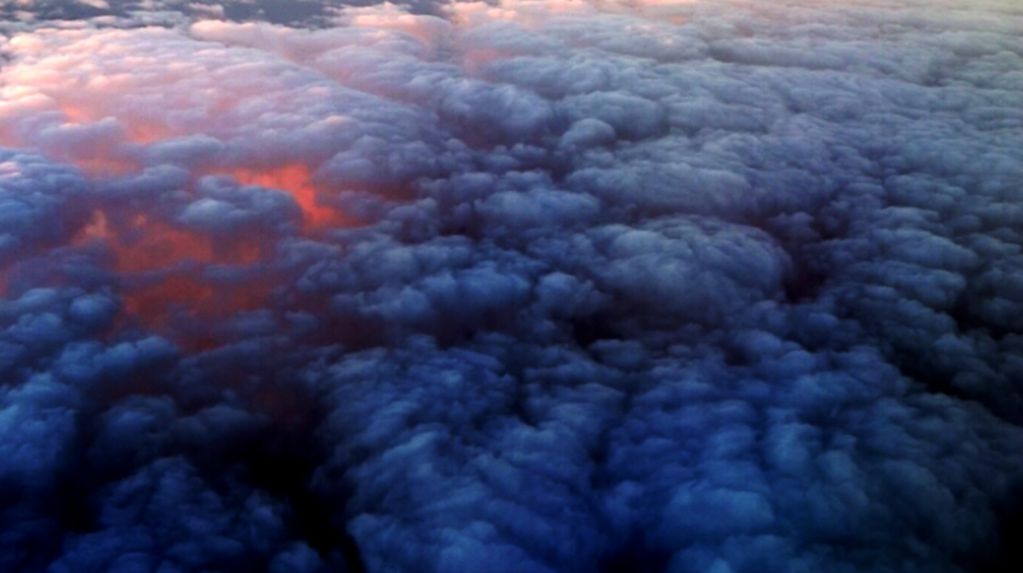
Authors:
- XV, 3' 01''
XVProduction: 2013
Is possession real or rather a hidden means of catharsis? The protagonist in this video seems to be haunted by an outer force that in the end possesses him. But is it the devil that takes over the body, or is it a state of paranoia that blinds the senses? The cacophony, the hyperactive editing and flashing images pull the observer into the mind of the character in the film, blinded by a sensory overload. Anxiety and doubt break free.
read more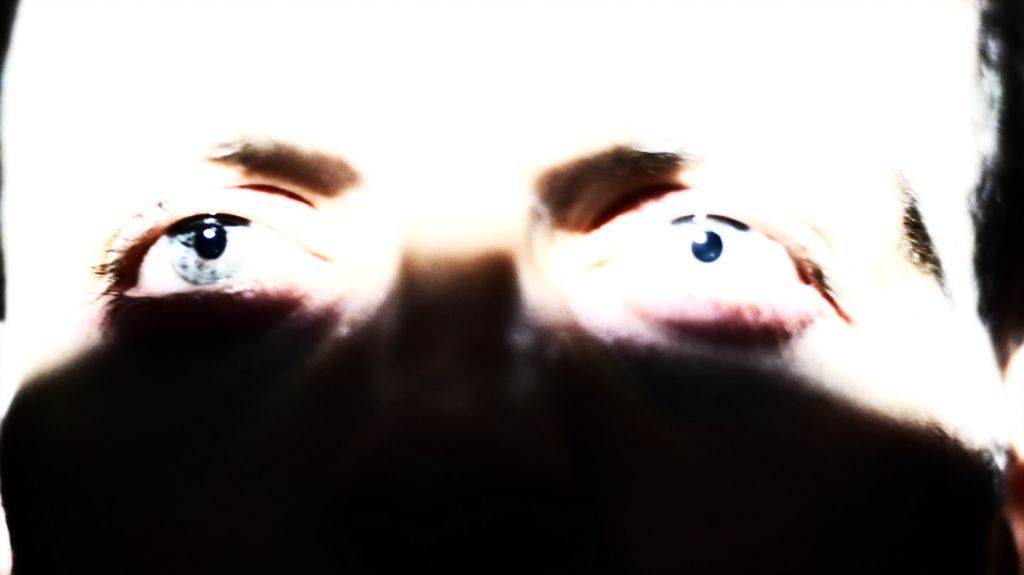
Authors:
- Za drzwiami , 10'
Za drzwiami / Behind closed doors
Production: Poland 2014A peaceful, cheerful, and reflective film made in a space defined by drip-bags, nurse uniforms, and regular medicine time. A space behind many closed doors, both physical and metaphorical, the assigned terrain of peace and anticipation. The film features inhabitants of the „Włókniarz” nursing home and nurses from the Oncology Hospice Foundation in Łódź.
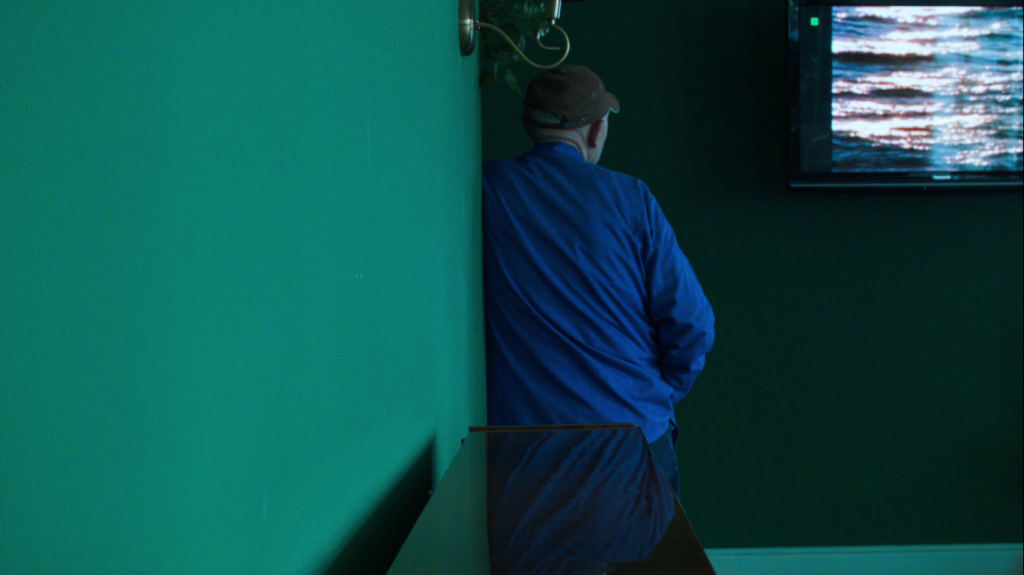
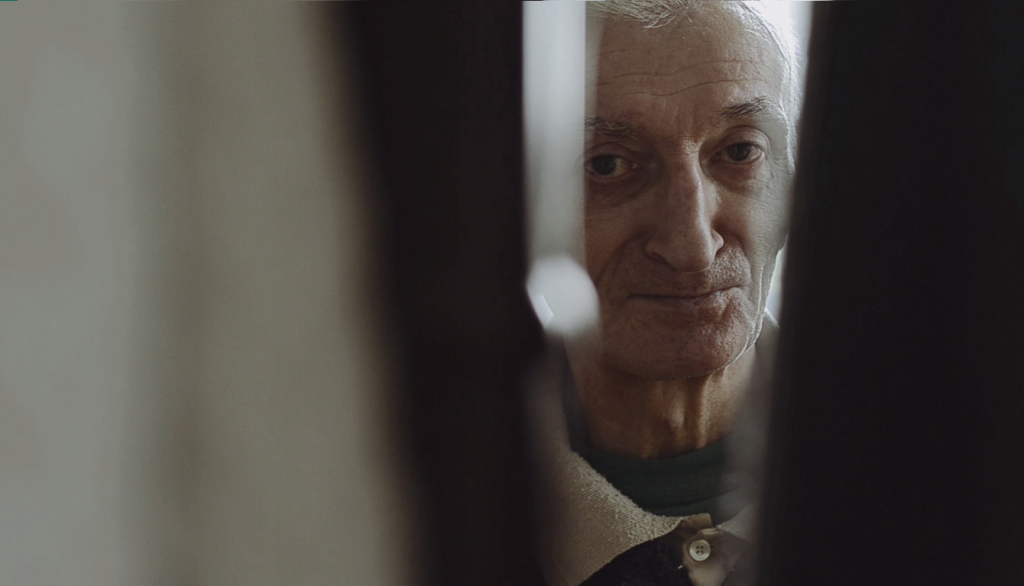
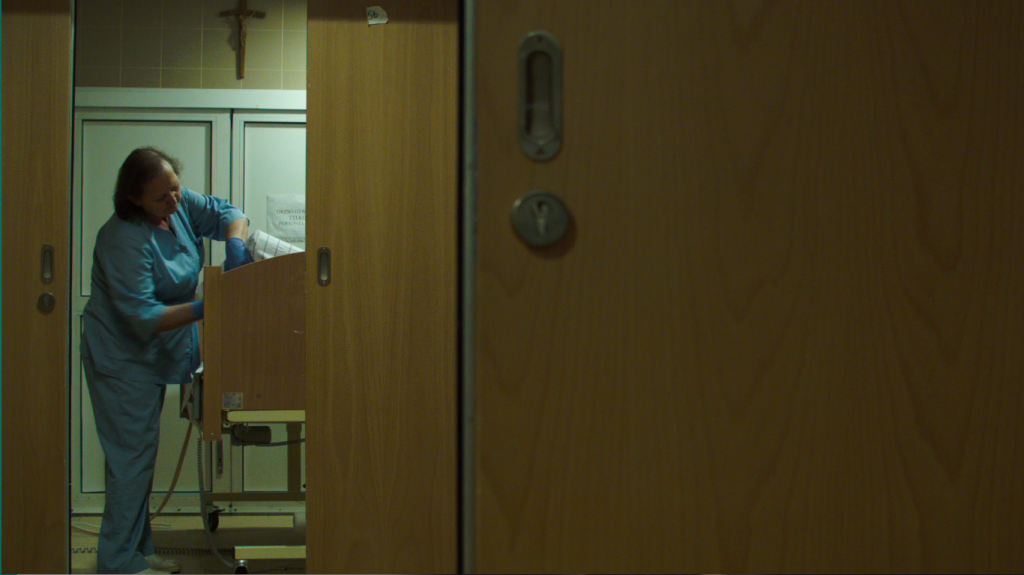
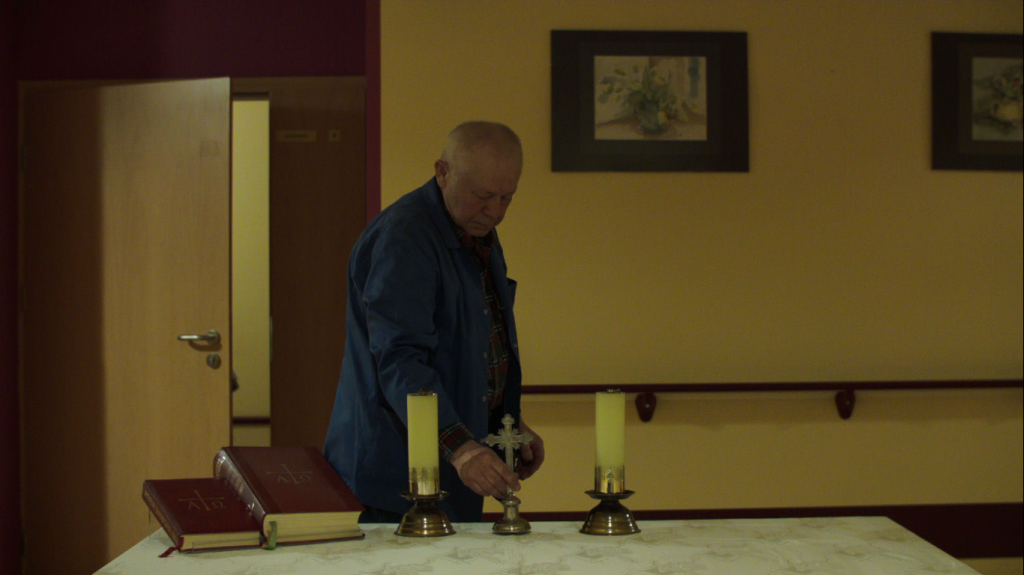
read more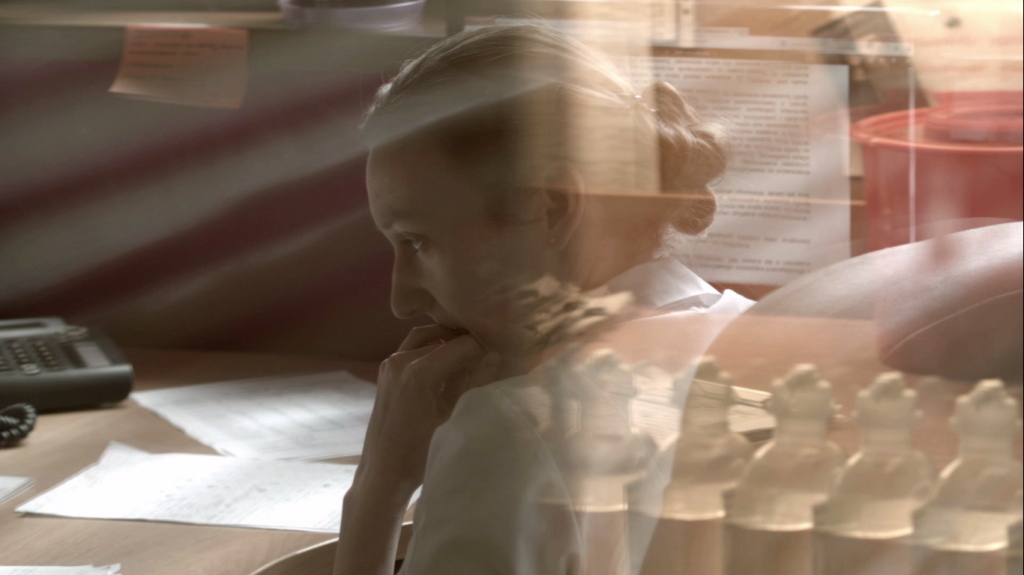
Authors:
- Zasada piąta, 18'
Zasada piąta / Fifth rule
Production: Polska 2013In the wild woods, on a forgotten hill there is a shepherd's hut, wherein several outsiders took residence. Each of them struggles with different problems – they are escaping reality, doing penance, waiting for a better tomorrow. But time there comes to a halt; another cigarette, coffee, and again the lingering, and soon it'll be time to herd the sheep. The observation of unusual protagonists lets us believe that – to paraphrase the Polish rock classic – the blue sky is all they need.


read more
Authors:
- Zugperlen, 14'
Zugperlen / Train of Pearls
Production: Germany 2013Anna, Danuta, and Leokadia are strong women unafraid of cleaning up a huge garage, being away from home, or definitely leaving an irresponsible partner. On a train rolling slowly through the countrysides of Brandenburg and Mecklenburg, the three women share their experiences of working and living abroad, their views on partnership and family. From overworked emigrants they transform into elegant ladies drinking sparkling wine. Behind them: the tough months of work, before them: meeting with their loved ones, often far from idyllic. Right now they are only for themselves: Anna, Danuta, and Leokadia in the trans-territorial bubble of a train, between work and home.
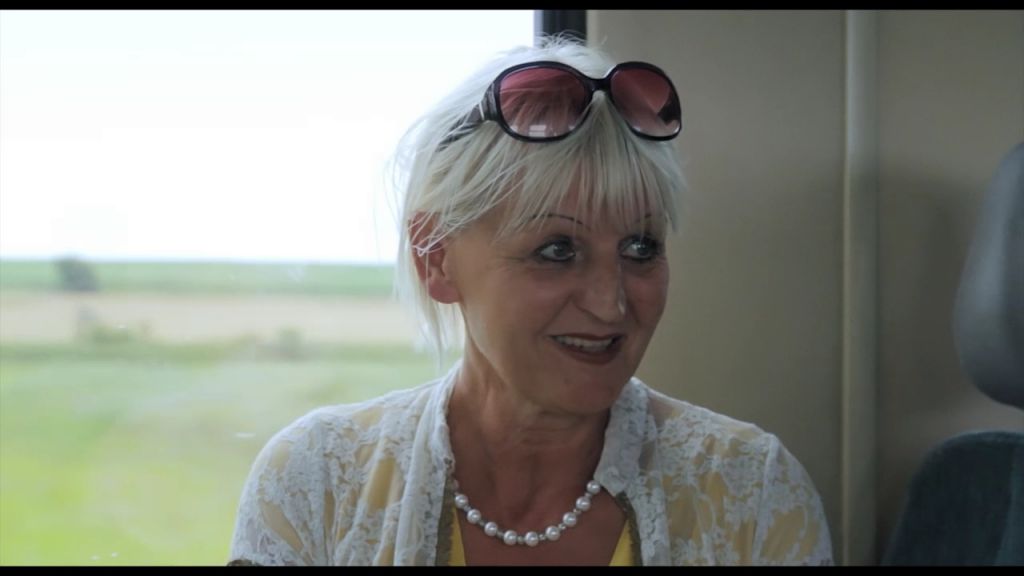
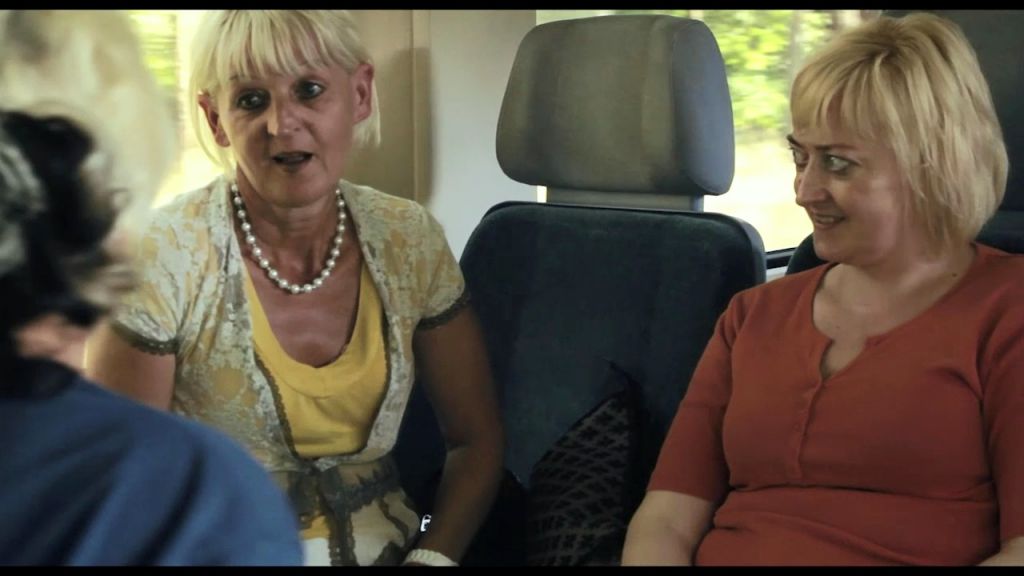
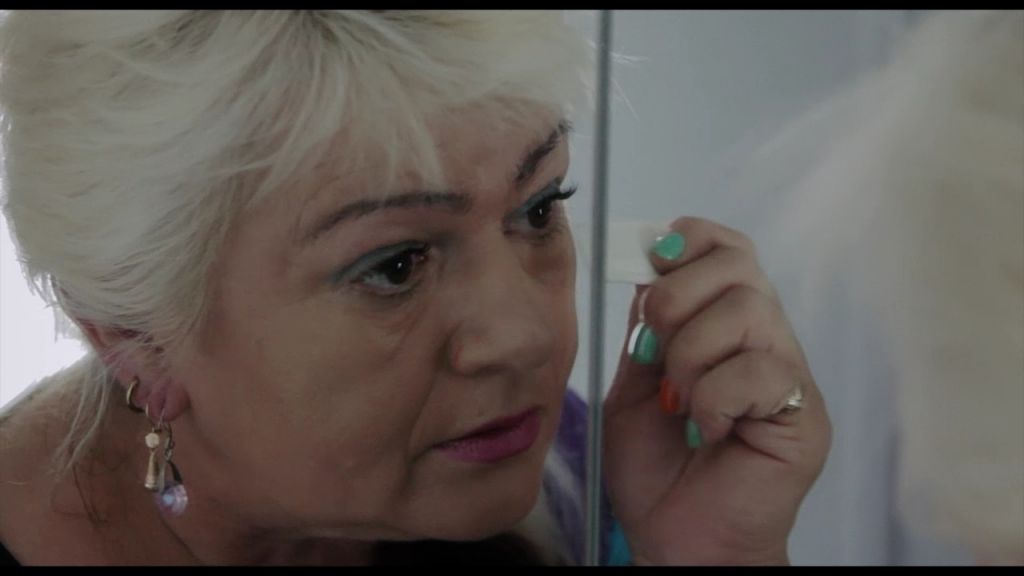
read moreAuthors:
- Łukasz Zwycięzca, 15'
Łukasz Zwycięzca / Łukasz, the ChampionProduction:POL 2013
Łukasz was born very ill. The doctors diagnosed him quickly, but so far there is no effective medicine for Crohn's disease. Nonetheless, the boy and his family have a great will to live, strength to fight, and love. Although it is unknown when, or if, Łukasz will recover, and often there is not enough money for the treatment, the Berezaks prove that one can fight the adversities with dignity, and enjoy each and every day. “Faith can move mountains,” as the protagonist of the reportage says, and instead of writing letters to Saint Nicholas, he writes letters to God. In those letters he talks about his life, himself, his dreams.


read moreAuthors:
- ●●●– – –●●●, 10'
●●●– – –●●●
Production: Portugal 2013Assuming the vulnerability of the human being as a starting point, the look of the camera seeks for passers-by, someone who might be related to voices from recordings of social support helplines. The documentary thus matches the images of people in varying locations with sentences listening (resulting from the sound recordings) simultaneously. The connection of interiority coming from (sound) recordings with the reality of the images points to a new look at what we see daily and repeatedly: simple and everyday images, shelters and enclosures of lack of support.
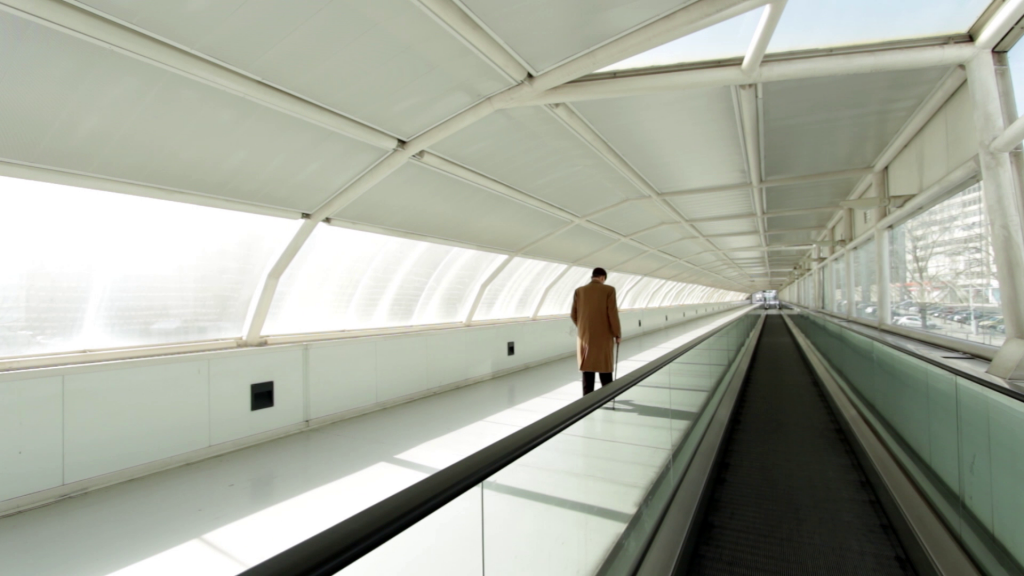
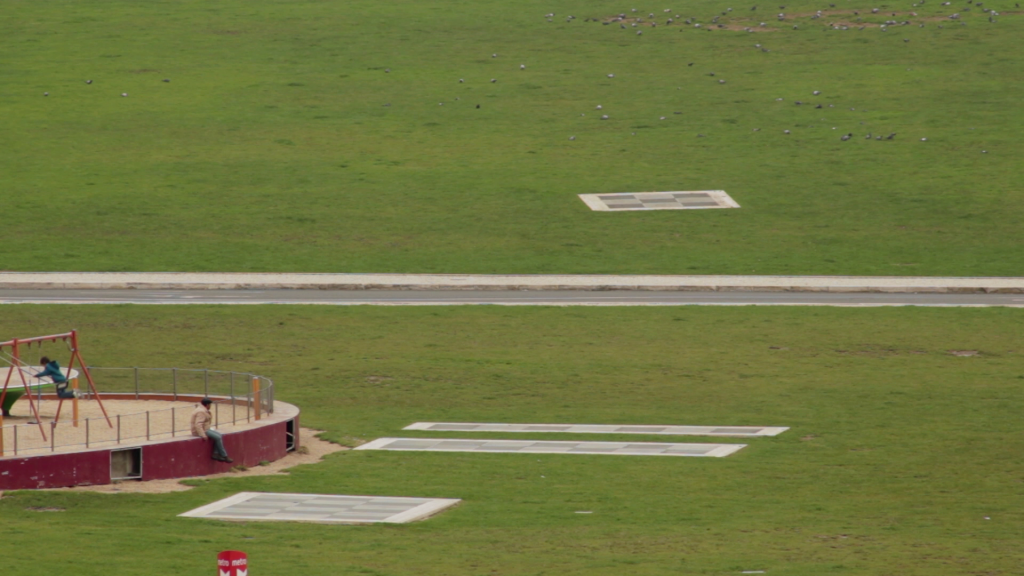
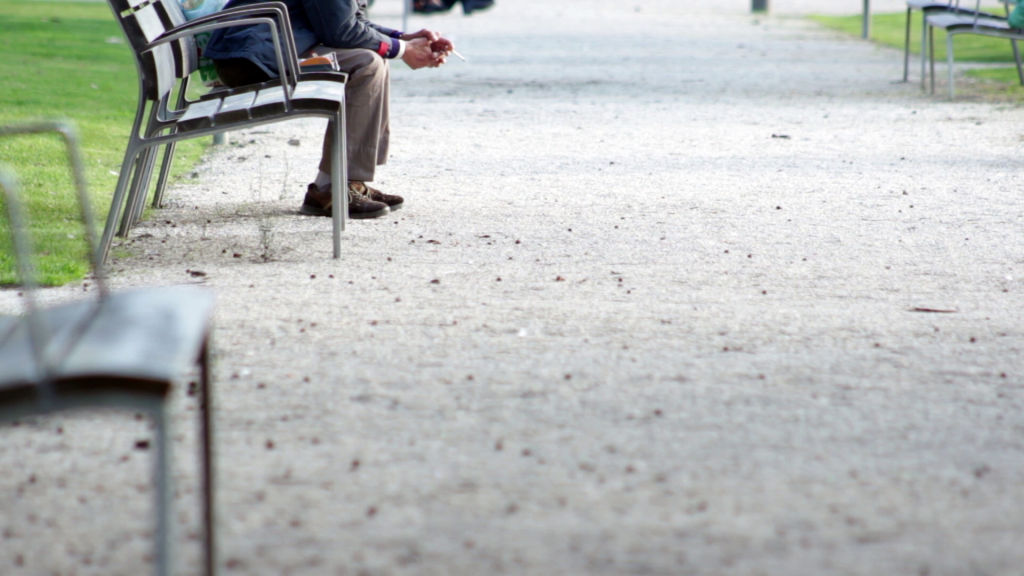
read more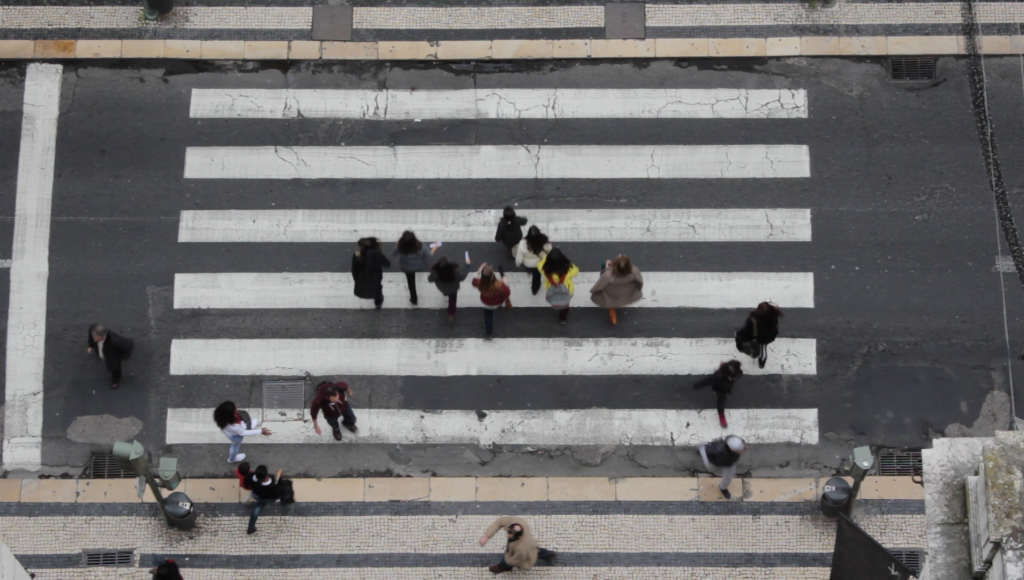
Authors:



